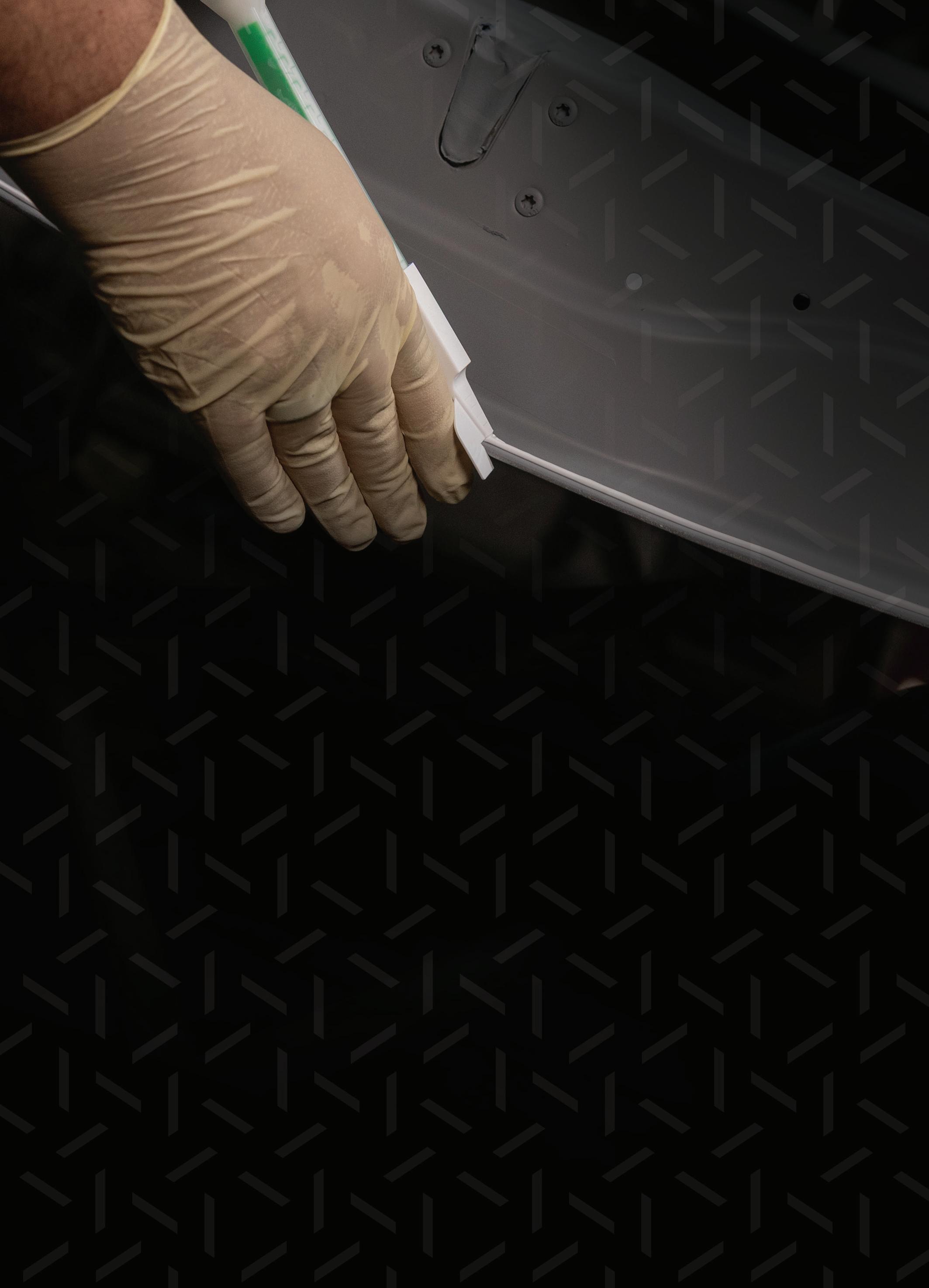


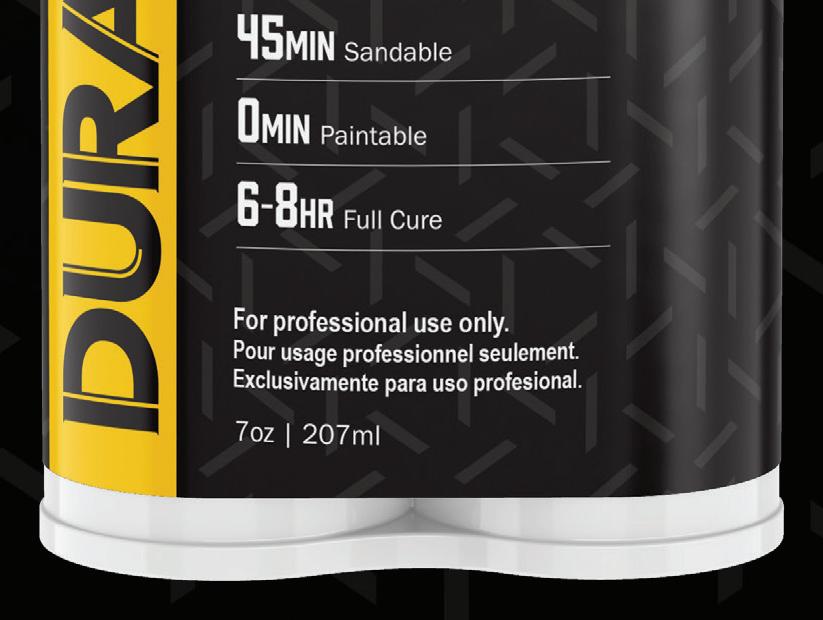
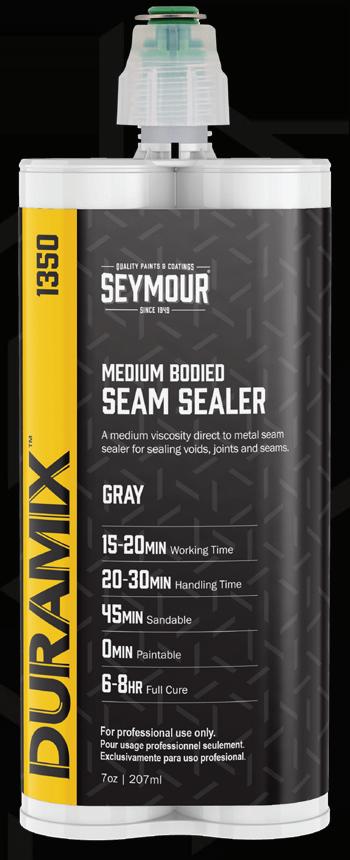




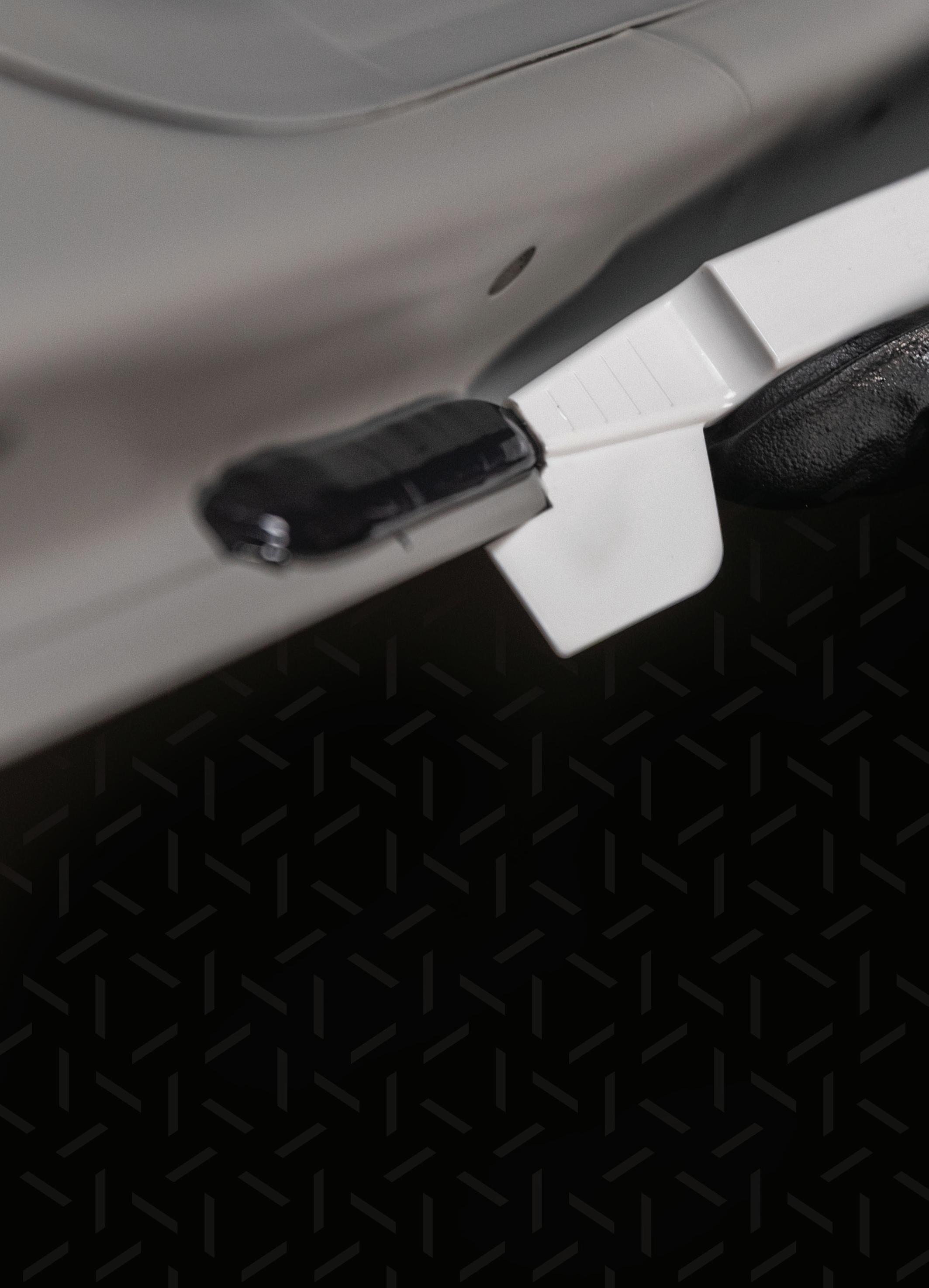





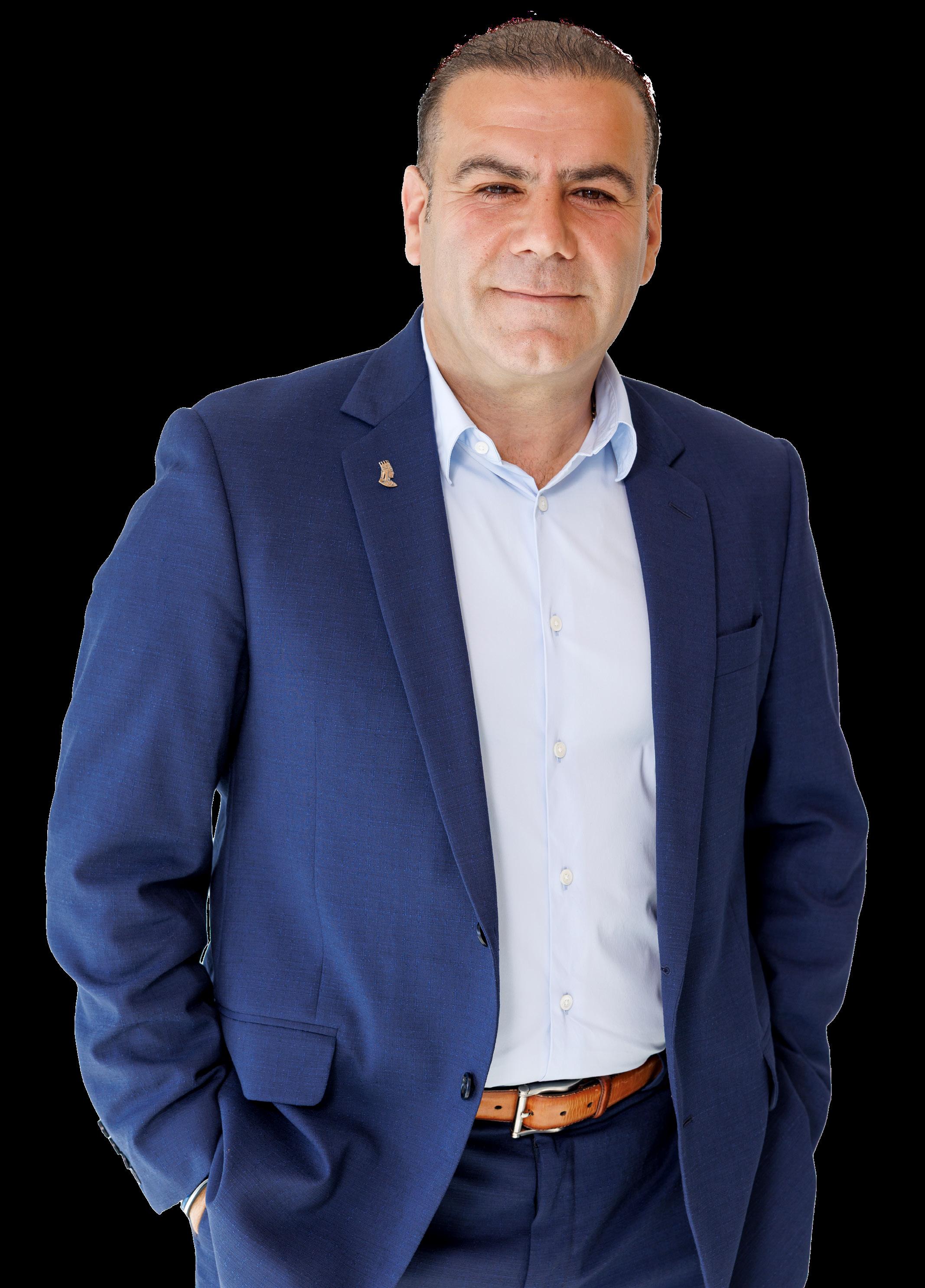

















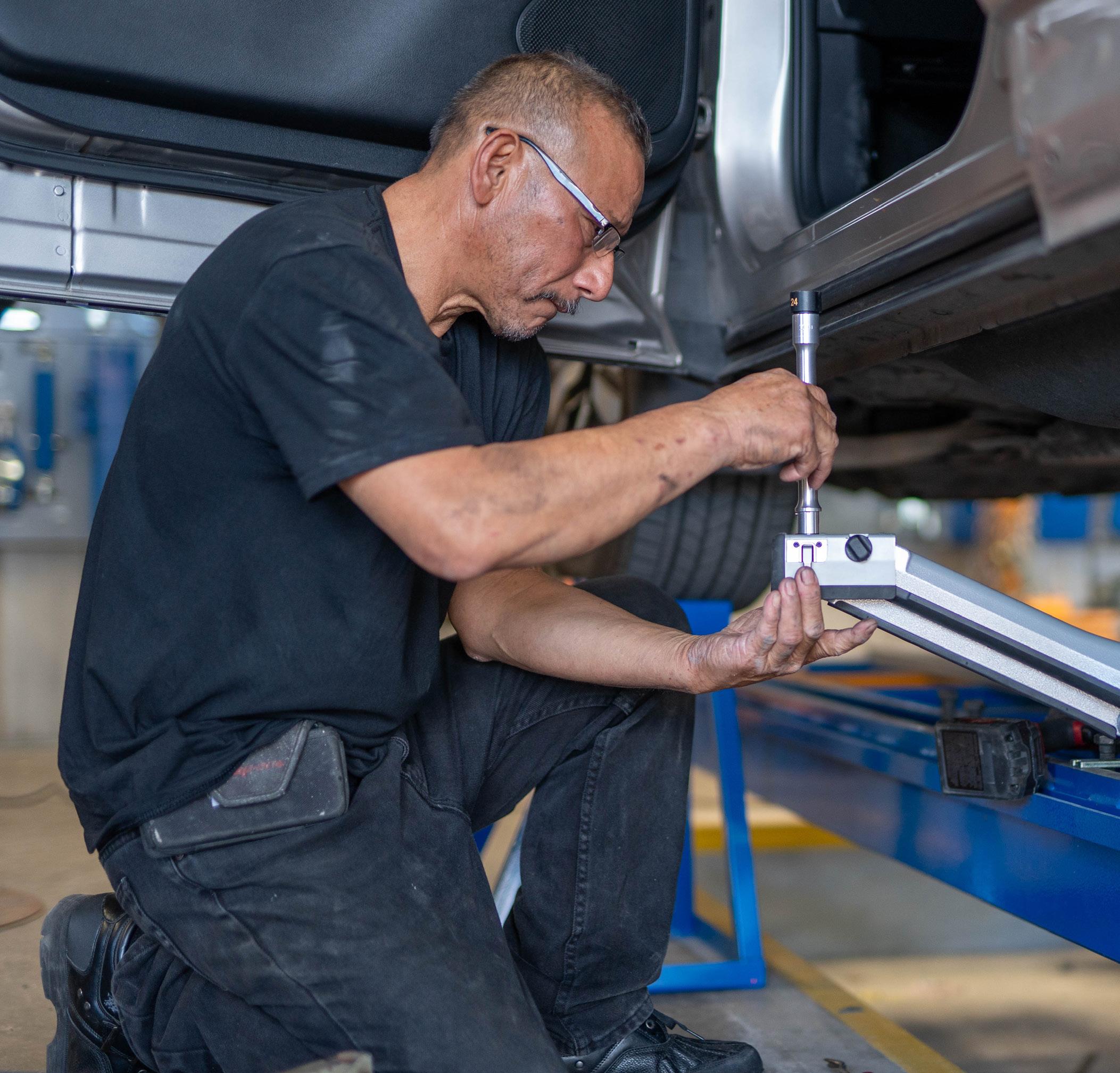
NOAH BROWN
DRIVER’S SEAT
Reader’s Choice recognizes exceptional OEM parts dealers
ON THE SCENE
AkzoNobel builds Momentum at Anaheim Event
Elite Estimatics brings remote expertise to shops 18 LIGHT HITS
The latest stories from around the industry
19 NUMBERS
Growing insurer influence now the no. 1 concern in Industry Survey 20 SNAP SHOP
Windham Body Shop prioritizes what’s best for its customers 40 FINANCE+ OPERATIONS


Optimize Paint and Material and Sublet Gross Profit
Quality photography helps tell the repair story and improve your bottom line
48 FENDERBENDER READER’S CHOICE
Communication between you and your OEM parts supplier is vital to your success
62 CASE STUDY
Increase efficiency with remote scanning
Take time to fine-tune your

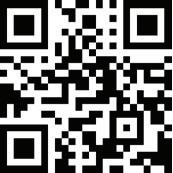

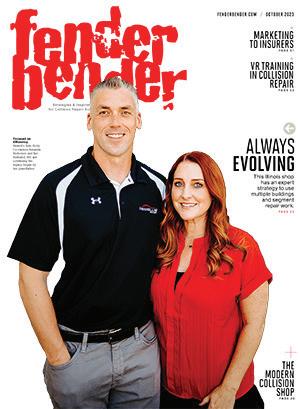


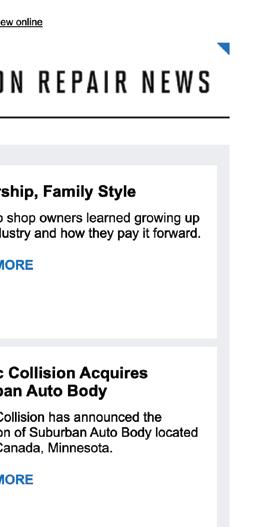
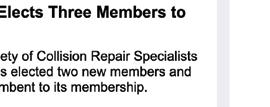









































































































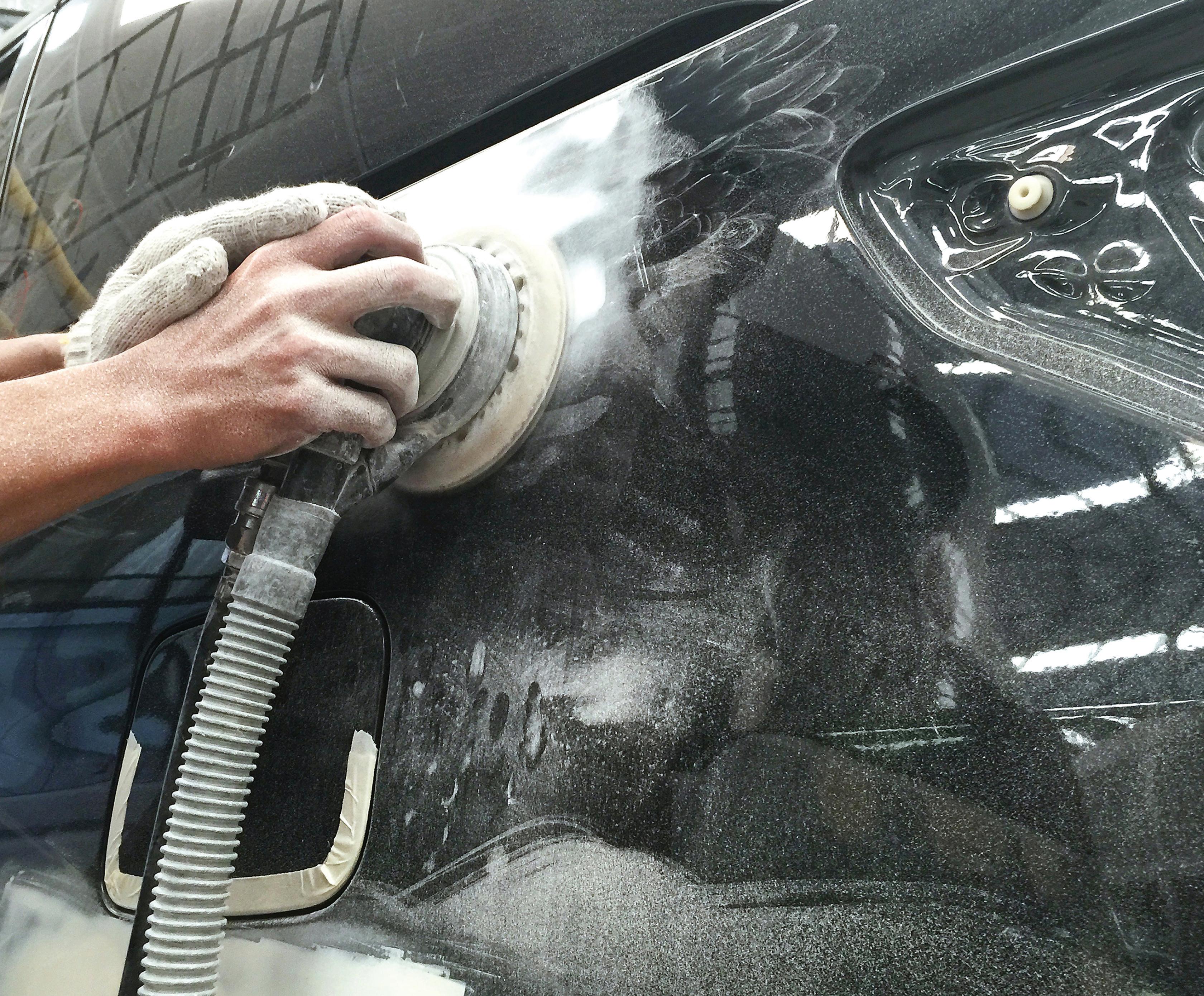



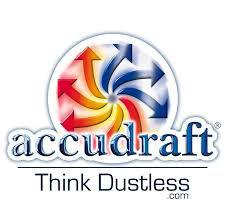
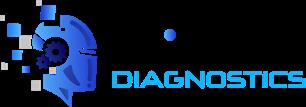

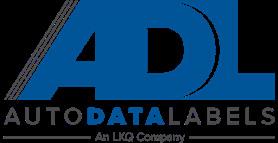
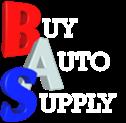
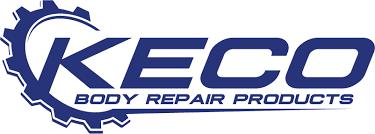


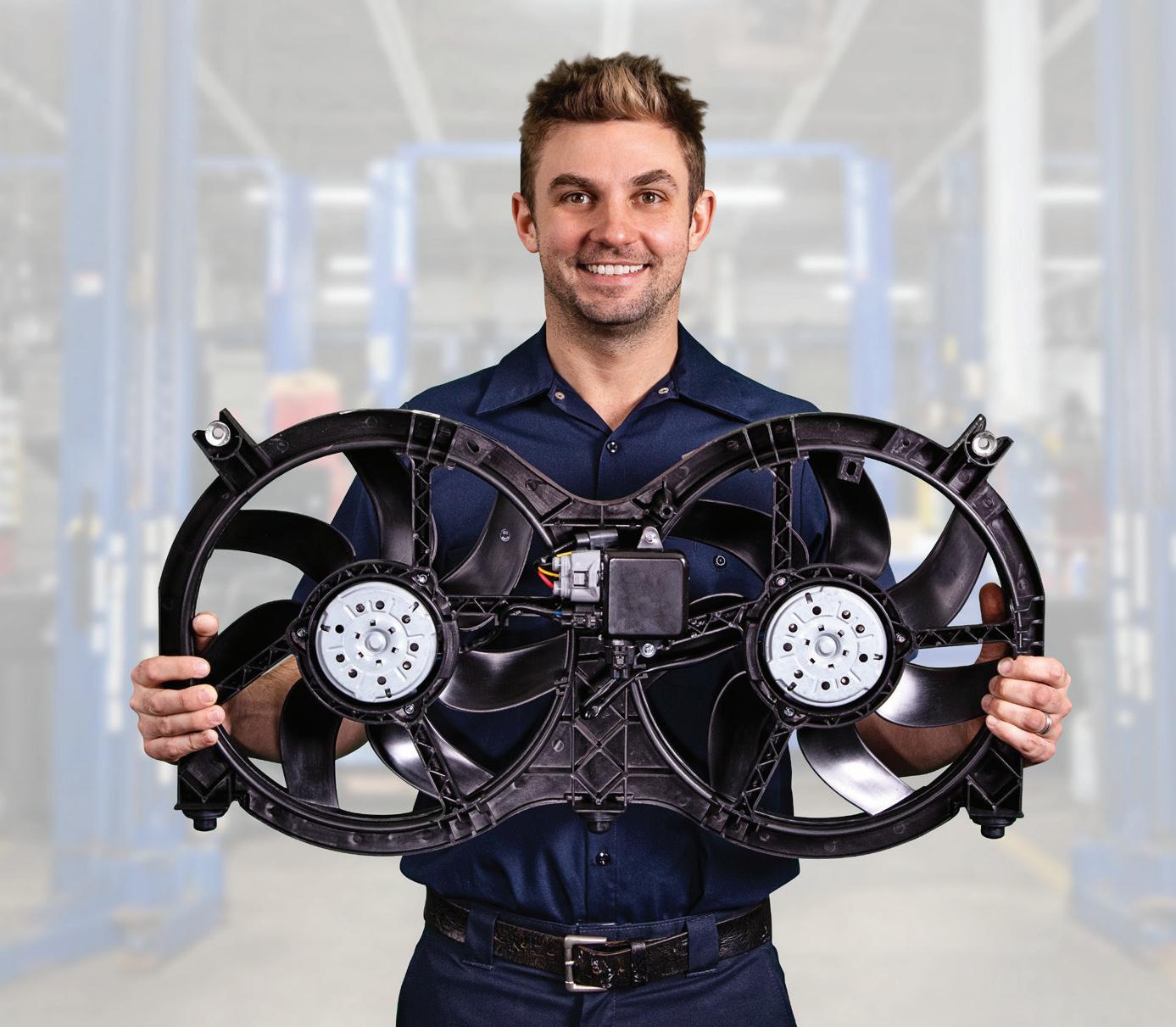
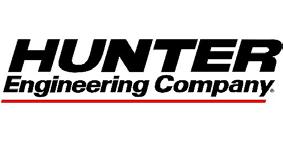

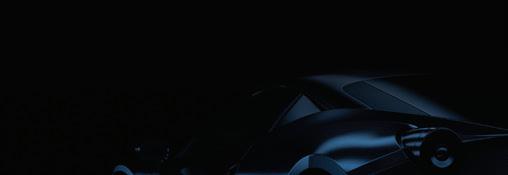

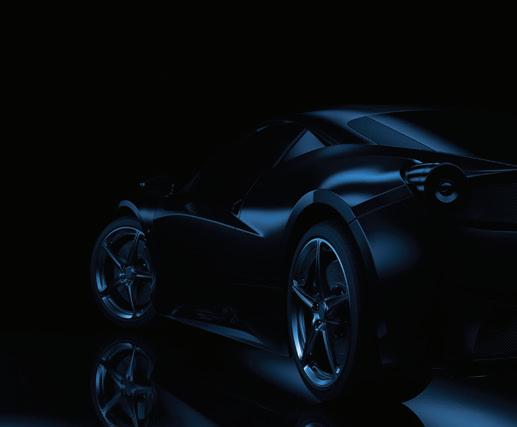
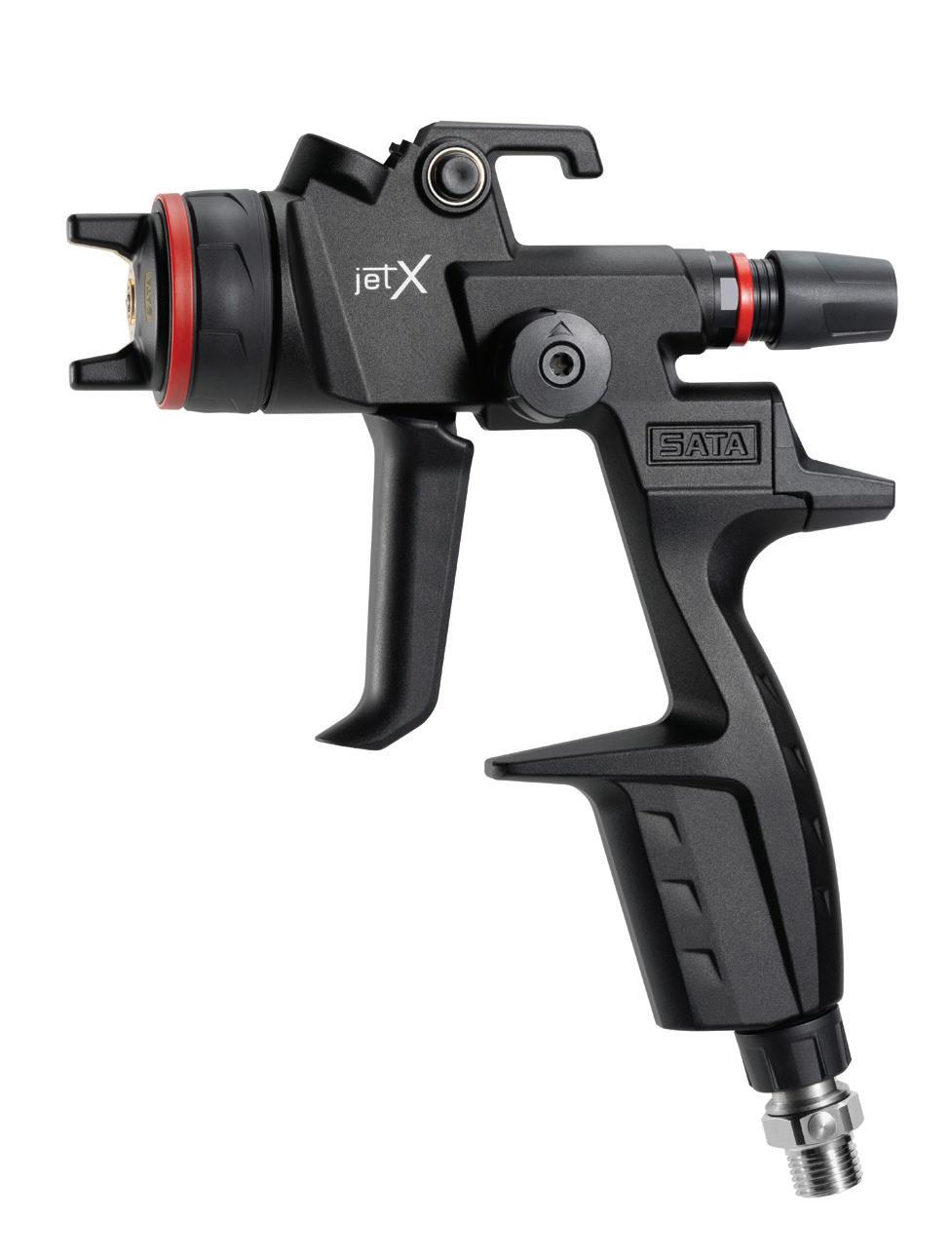


Each year, the FenderBender Reader’s Choice recognizes the best of the best.
WITH ALL THE CHALLENGES to meet the demands for increasing repair speed and accuracy — whether from customers or insurance company KPIs — the role of your OEM dealer parts departments can't be denied. It's those dedicated wholesalers who go the extra mile in ensuring the right parts are delivered on time that FenderBender recognizes each year with the Reader's Choice. This designation is reserved for the best in the collision repair wholesale parts industry.
The parts department is the backbone of the dealership, and high performance is critical to its success, even if the sales or service department often get the accolades. Each year, FenderBender readers are surveyed on who the best, preferred, and most trusted wholesalers are in their market, allowing us to recognize these deserving teams.
In this month’s special section, learn from industry pros how enhancing communication across the collision repair OEM wholesale parts ecosystem benefits all participants. Thin margins make profitability challenging, which Collision Advice Owner Mike Anderson says is causing more wholesalers looking to exit the wholesale business. Shops can better work to keep their wholesale partner profitable by, for example, limiting returns and return delays.
“You think you had cycle time challenges during COVID?” Anderson asked. “Well, if more wholesalers leave the business, cycle times will increase. Whether you're a shop or you're an OEM, I think we must stop and say, ‘What am I doing that could be contributing to the demise of a wholesale parts vendor?’ Because that's not good for anybody.”
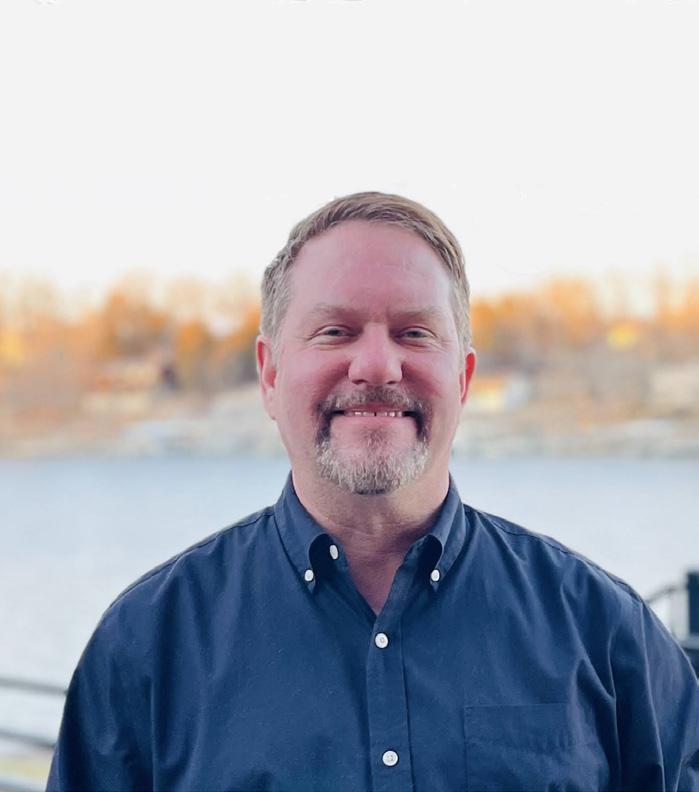
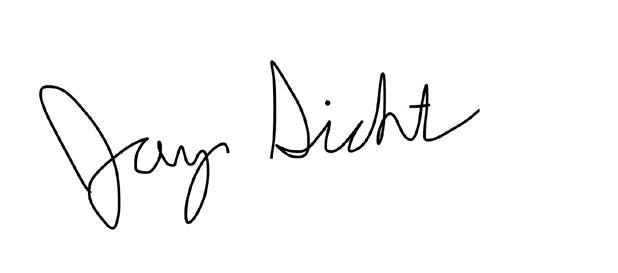
JAY SICHT EDITOR-IN-CHIEF jsicht@endeavorb2b.com
Chris Jones VSRG Editorial Director
Jay Sicht Editor-in-Chief
Peter Spotts Associate Editor
Kacey Frederick Assistant Editor
Emily Kline Special Projects Editor
Leah Marxhausen Special Projects Editor
Drew Bryant Contributing Writer
Tiffany Menefee Contributing Writer
Greg Lobsiger Contributing Writer
Noah Brown Contributing Writer
Lindsey Gainer Contributing Writer
Todd Kortemeier Contributing Writer
Steve Trapp Contributing Writer
Jordan Beshears Steve’s Auto Body
Sheryl Driggers Collision Advice
Frank Rinaudo Industry Consultant
Jason Mundy Mundy’s Collision Center
Stan Medina Certified Collision Works
Andrew Johnson Publisher ajohnson@endeavorb2b.com
Mattie Gorman-Greuel Associate Sales Director
Cortni Jones Director of Business Development
Diane Braden Account Executive (National Accounts) dbraden@endeavorb2b.com
Marianne Dyal Account Executive (National Accounts) mdyal@endeavorb2b.com
Chad Hjellming Account Executive (National Accounts) chjellming@endeavorb2b.com
Lisa Mend Account Executive (National Accounts) lmend@endeavorb2b.com
Annette Planey Account Executive (National Accounts) aplaney@endeavorb2b.com
Kyle Shaw Account Executive (National Accounts) kshaw@endeavorb2b.com
Sean Thornton Account Executive (National Accounts) sthornton@endeavorb2b.com
Ryan McCanna Administrative Assistant
ART AND PRODUCTION
Mariah Straub Production Manager
Jen George Ad Services Manager
Mitch Bradford Art Director
ENDEAVOR BUSINESS MEDIA, LLC
CEO Chris Ferrell
COO Patrick Rains
CRO Paul Andrews
Chief Digital Officer Jacquie Niemiec
Chief Administrative and Legal Officer Tracy Kane
EVP Endeavor Business Intelligence Paul Mattioli
EVP Vehicle Service/Repair Group and Fleet and Trailer Group
Chris Messer
HOW TO REACH US
Endeavor Business Media, LLC
571 Snelling Ave N Saint Paul, MN 55104 tel 651.224.6207 fax 651.224.6212
The annual subscription rate is $90 (U.S.A. only) for companies not qualified to receive complimentary copies of FenderBender.
LETTERS TO THE EDITOR editor@fenderbender.com
Opinions expressed in FenderBender are not necessarily those of Endeavor Business Media, and Endeavor Business Media does not accept responsibility for advertising content.
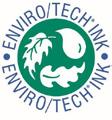

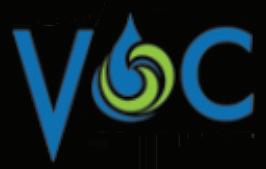
Valorem is the know-how and service of LKQ; the legacy of innovation and quality that is AkzoNobel. Valorem is a premium product line with built-in profitability and no compromise in quality, performance, color match, or warranty. The Valorem system provides reliable color match using industry-leading digital color tools, helping increase a collision shop’s profitability with faster process times. With Valorem what you see is what you get. – a premium, complete refinish system and the technical support behind it.
Valorem is power, performance, promise. Valorem is changing the way you buy paint.
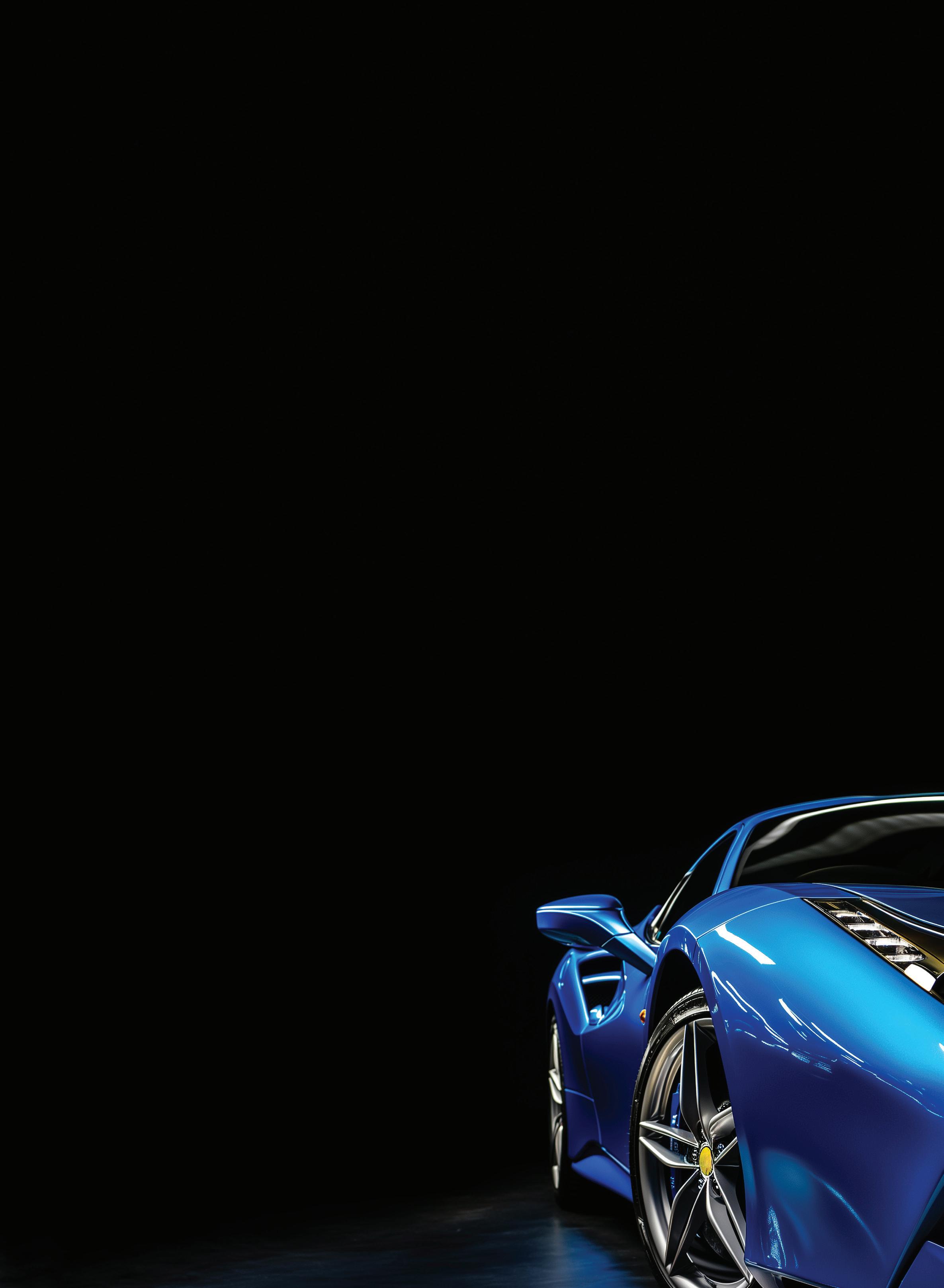
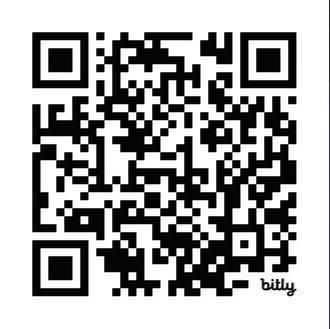
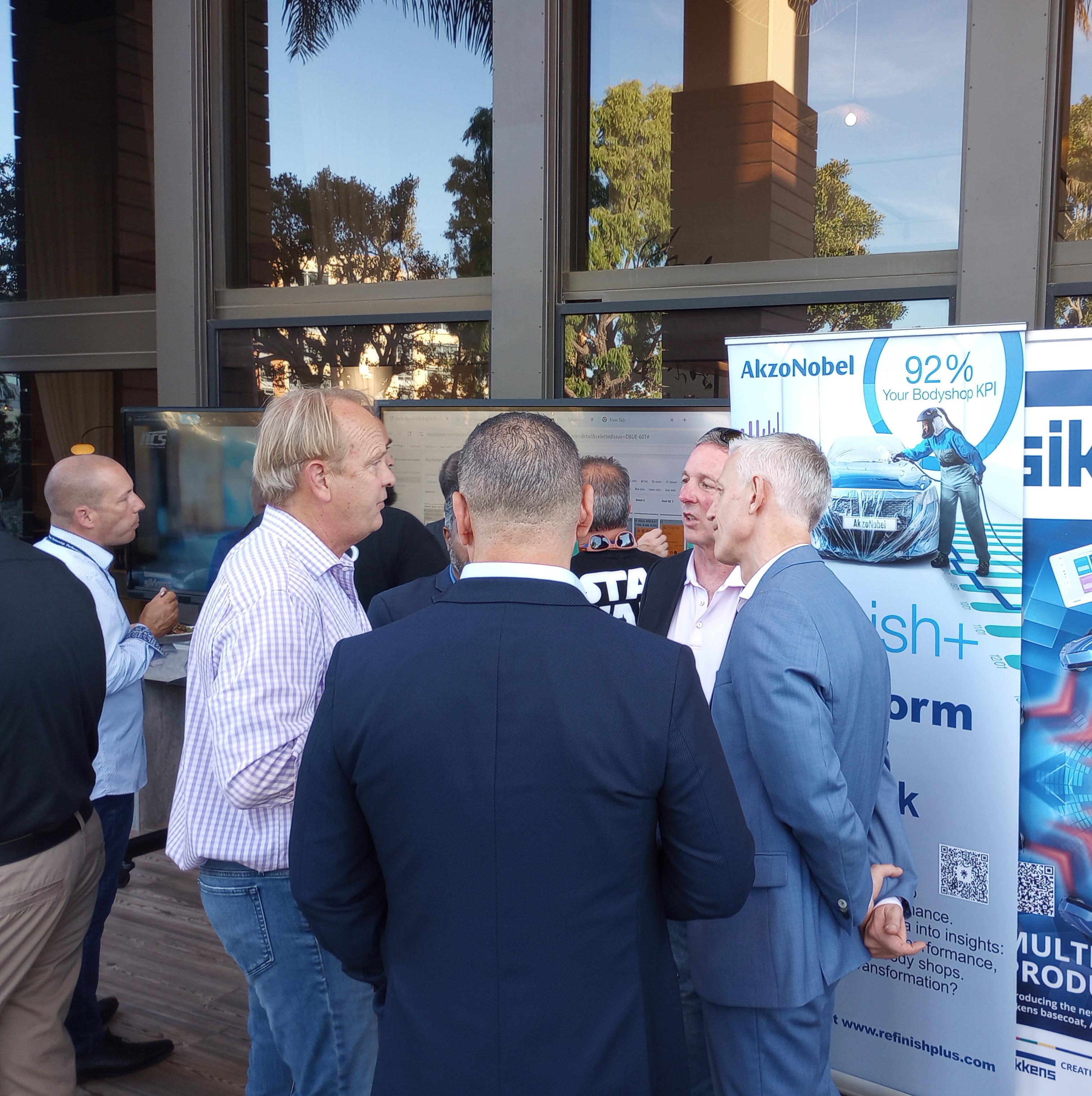
The July 9-10 event showed shops how to build momentum for success in the second half of the year.
By PETER SPOTTS
AKZONOBEL’S 2025 Collision Industry Experts Event gathered more than 360 industry professionals together to focus on one message for the remainder of the year – building Momentum.
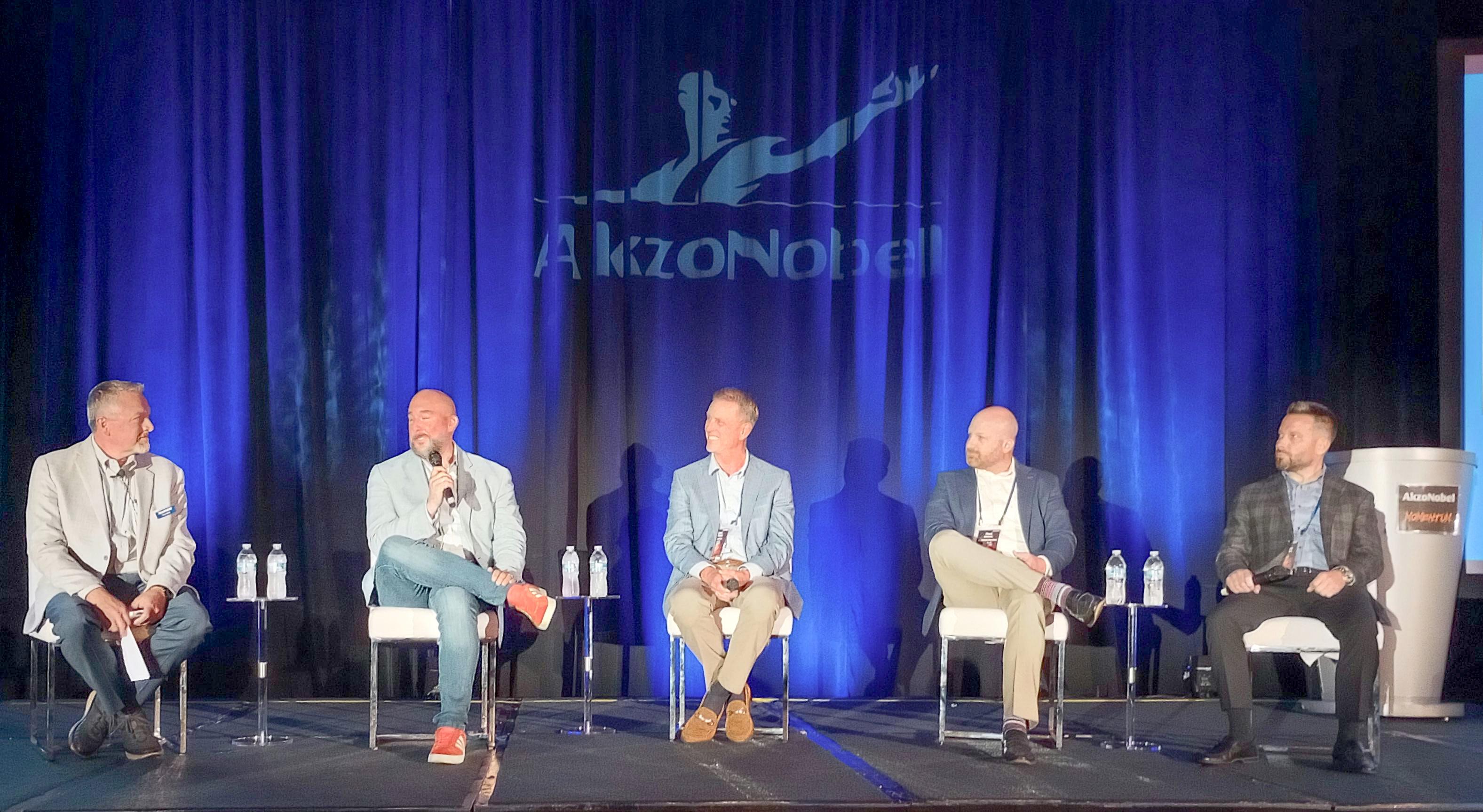
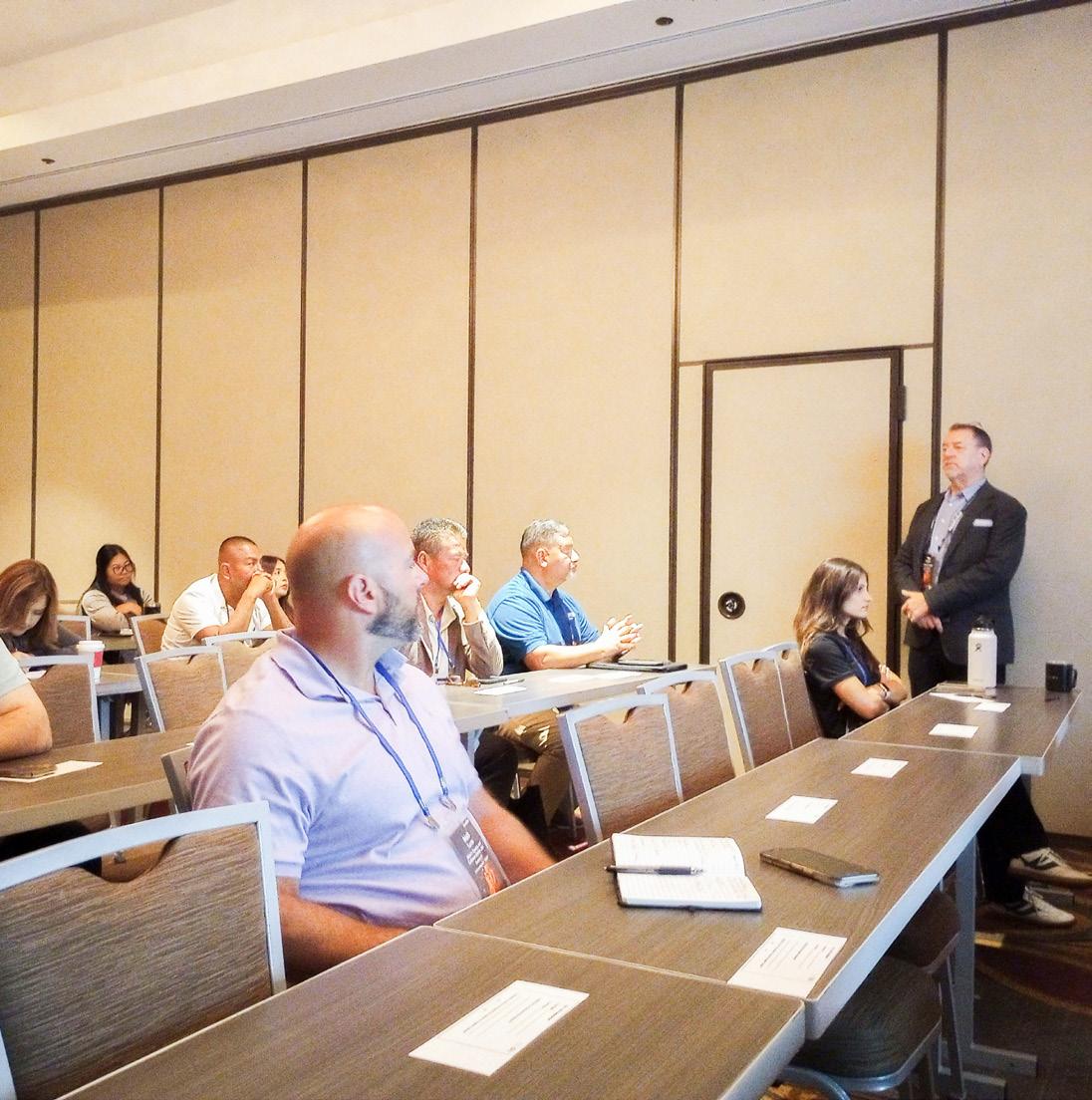
Dan Carranza, AkzoNobel’s national sales director, Vehicle Refinishes USAMexico, got the Collision Industry Experts event, Momentum, rolling on Wednesday, July 9, at the Hotel Fera Anaheim in Orange, California. He called attention to the struggles the industry

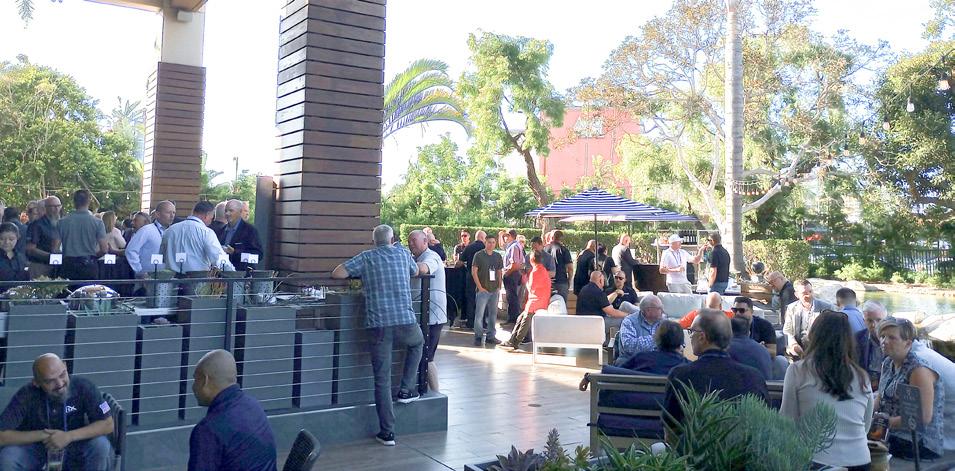
faced over the first two quarters of the year. The pressure shops are under currently also provide opportunities for a comeback.
“The people who are losing are the people that are sitting idle, doing nothing,” he said. “We can’t control the market, but
we can control what happens in Q3 and Q4 to set us up for 2026.”
David Roberts, founder and managing director at Focus Advisors, provided industry insights and highlighted the importance of speed and cycle time, which he feels will be the most important metric for shops going forward.
“The fast are eating the slow,” he said. “We believe the fastest cycle times will succeed.”
Mike Anderson of Collision Advice backed up Roberts’ claim during the final session of the conference, reinforcing that cycle time will be the number one key performance indicator shops should look at.
“Every insurance carrier I’ve been talking to has been telling me cycle time is the number one KPI,” he said. “Anyone remember the GEICO ARX days where they wanted you to fix cars in four days or less? I’m telling you, that’s what we’re going back to.”
Anderson emphasized that faster cycle time will lead to more work for shops because “if you fix the car fast for an insurance company, they will reward you with more work.”
Shops will need quick communication to complement faster cycle times. Ryan



Taylor’s presentation on the applications for AI in body shops highlighted how missing a potential customer’s phone call or text message and not responding within 5 minutes has a 90% defect rate.
Additionally, 47% of customers want to do business after business hours. AI messaging systems can reduce the time it takes a shop to respond to a customer and provide responses to inquiries received after hours. Taylor used a fishing analogy for shops to reel in customers.
“How are you going to be responsive when that customer gives you a little nibble? If you need work right now and that customer is reaching out to you, are you setting the hook?” Taylor said. “The faster you set the hook the more likely you are to get that customer.”
AI also plays a role in insurance coverage for repair procedures. AkzoNobel
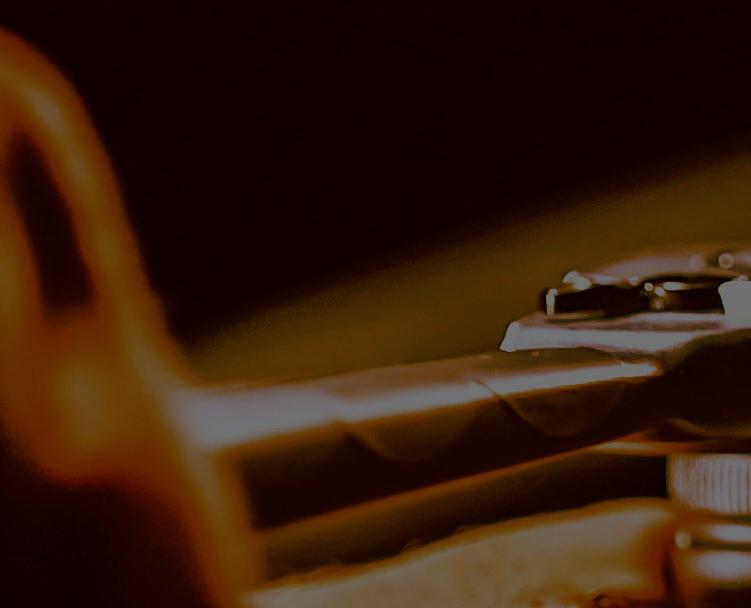
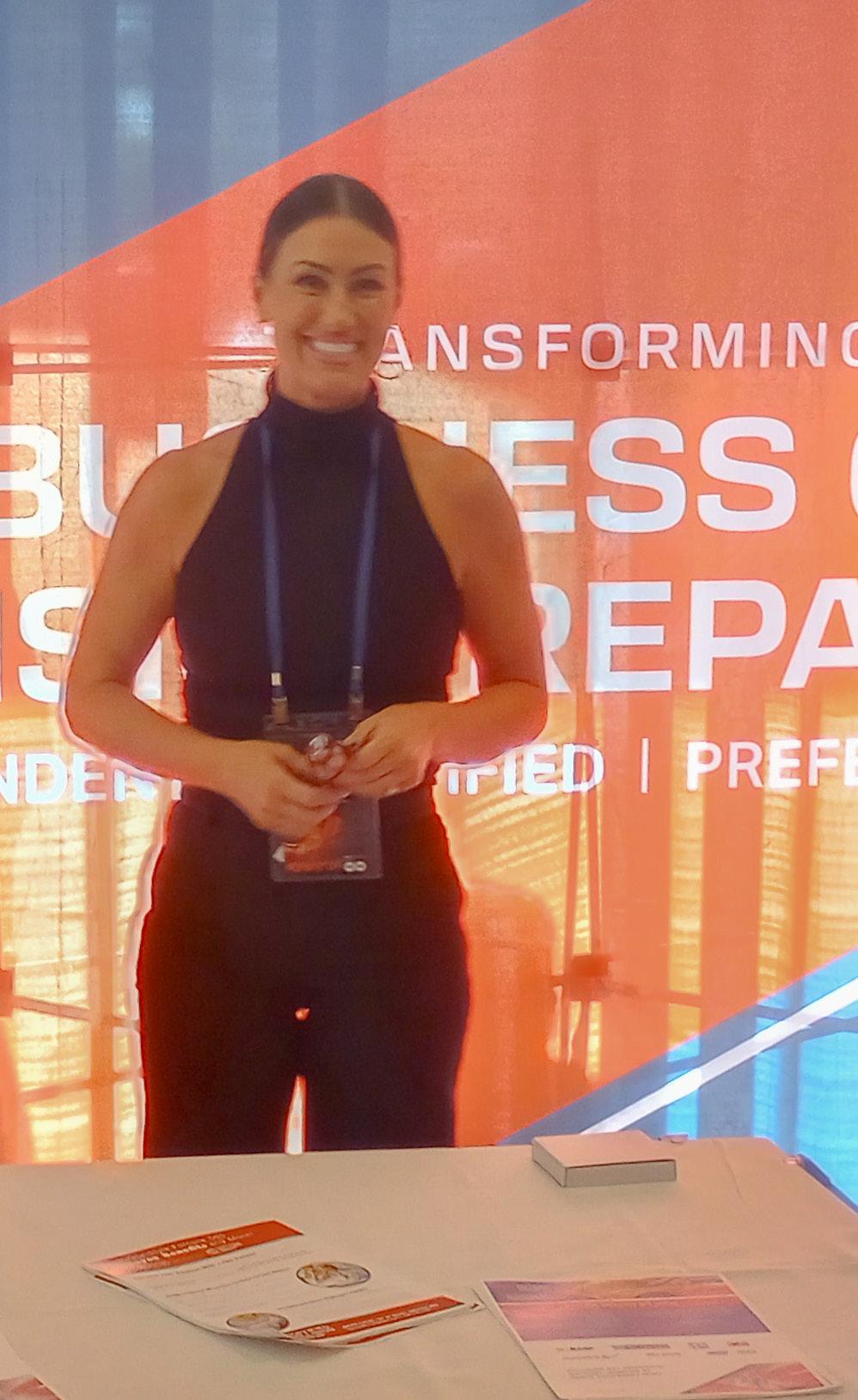
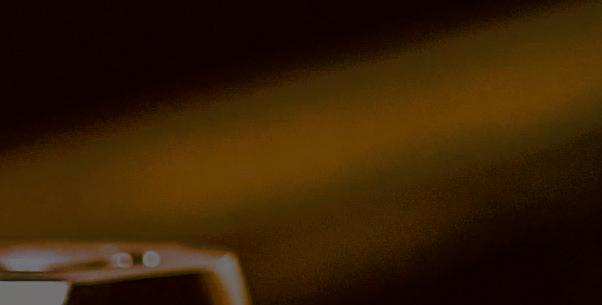
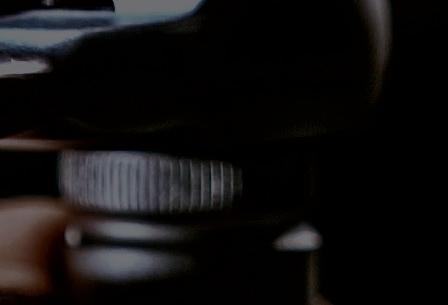


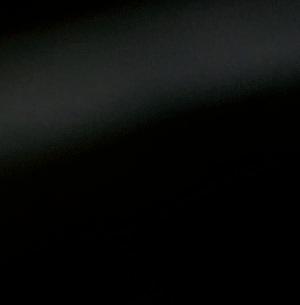




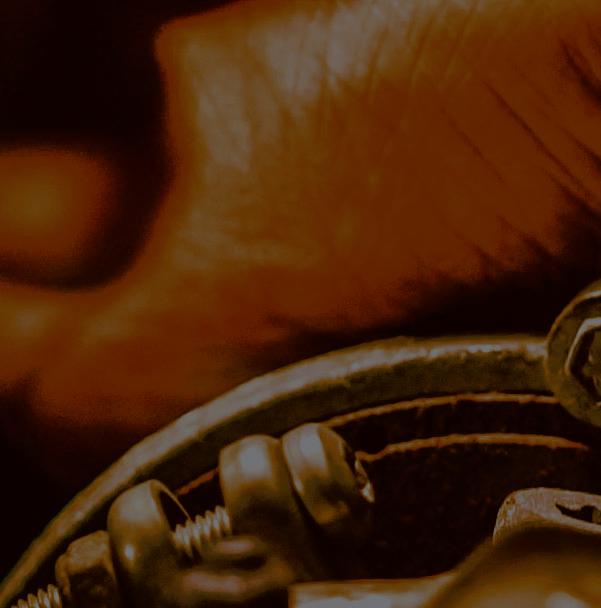


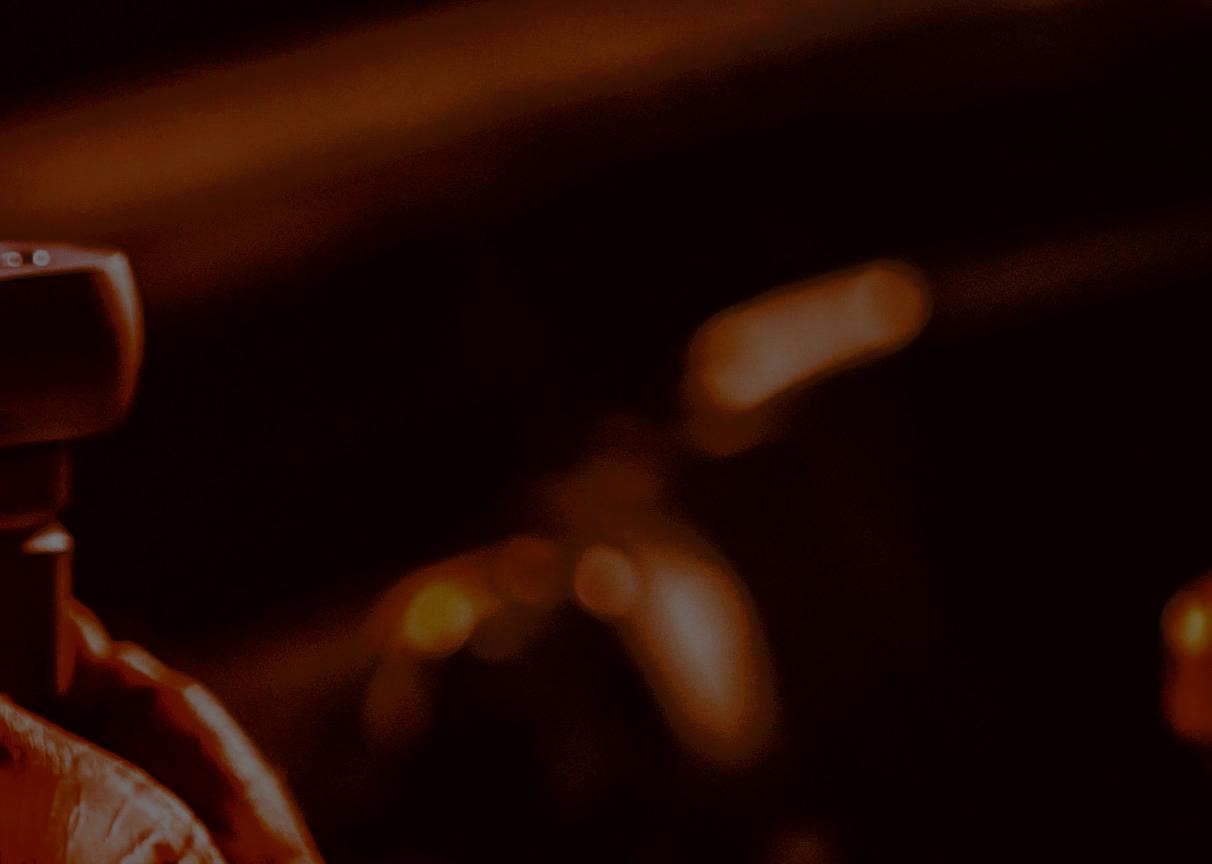


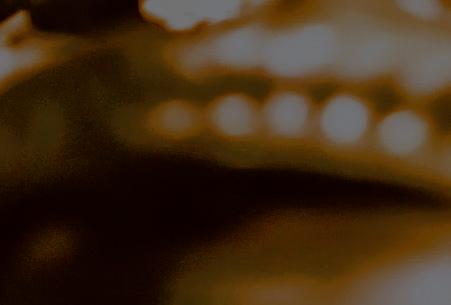






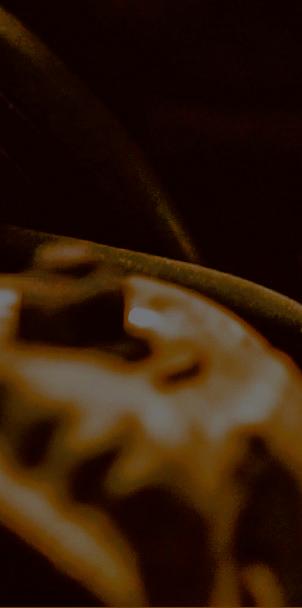


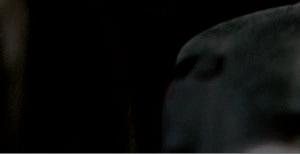


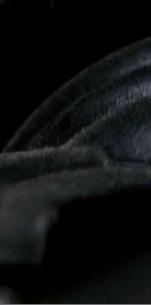





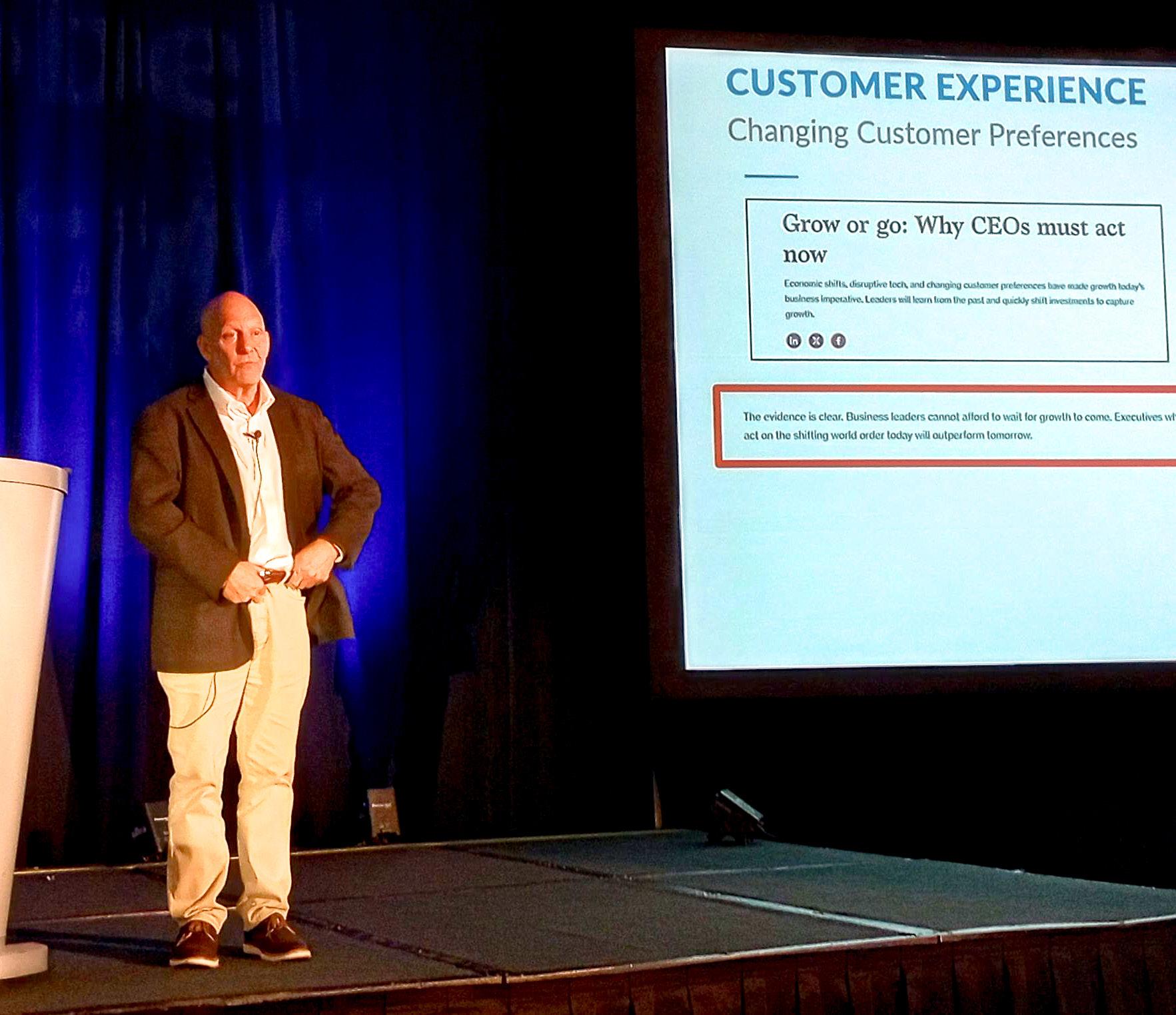
‘Tighten your belt’ Mike Anderson “tightens his belt” while discussing the state of the industry and what shop owners must do to navigate current economic challenges.
Senior Services Consultant Tim Ronak hosted a session on negotiation strategies and warned attendees about how insurance companies employ AI to deny and push back on repair procedures that have historically been covered. They use AI to scrub the internet for any marketing materials to identify inconsistencies or information that could help them deny a claim.
“What we’re finding is AI is being used to deny and pushback repair procedures that historically they paid without any question,” he said. “The level of scrutiny and pushback is about to increase.” Ronak’s session was titled “Win-Win Negotiation in Estimating,” but that’s not exactly how negotiations go.
“You win. They lose. That’s how I’m going to negotiate,” he said. “We’re just trying to get paid for what you need to do get that car back to pre-loss.”


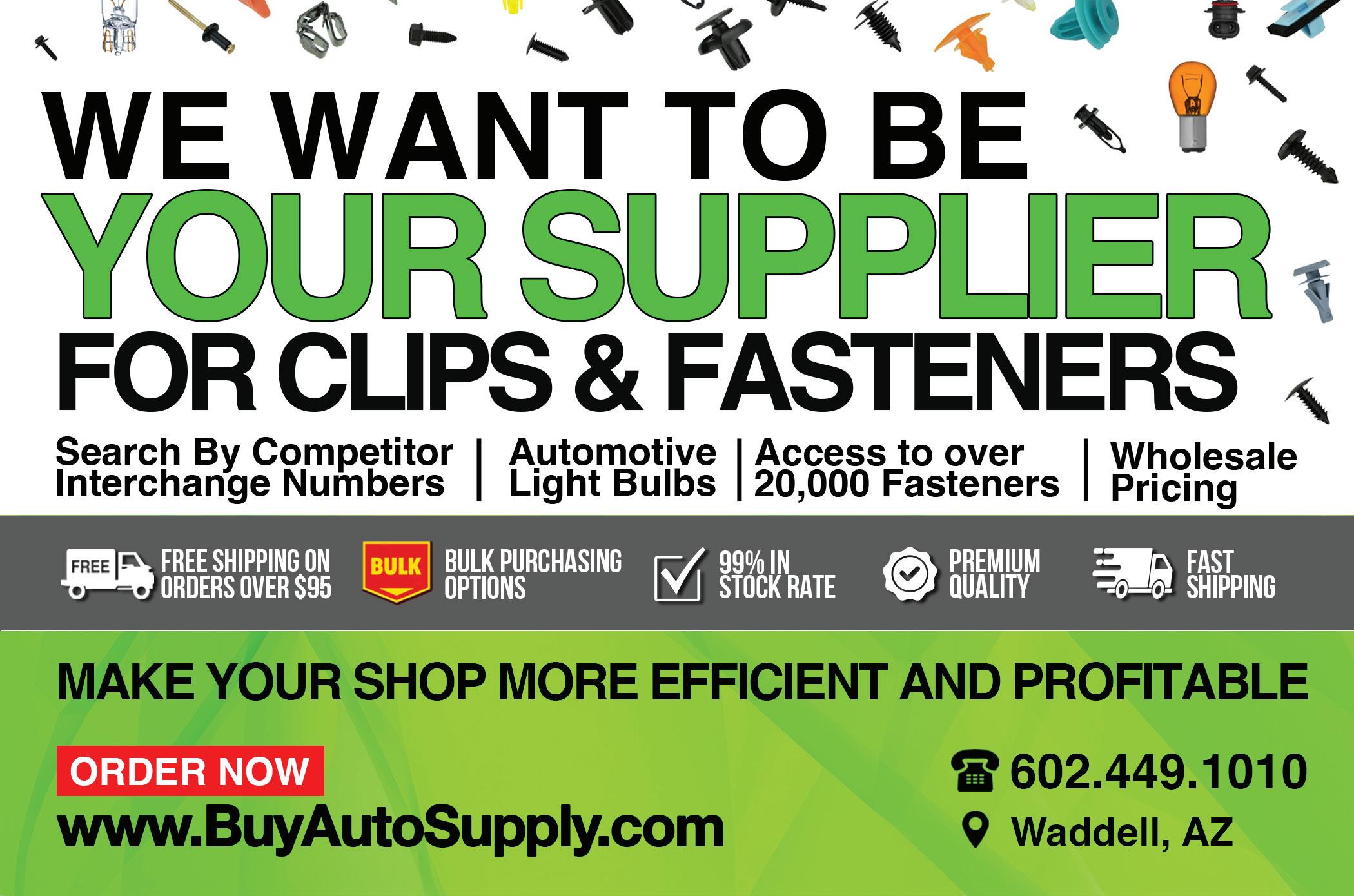









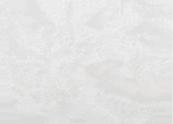














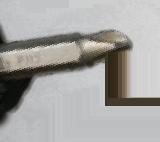
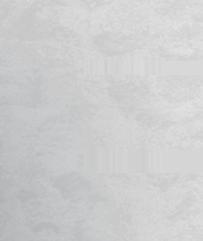

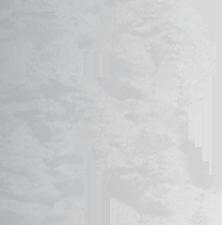




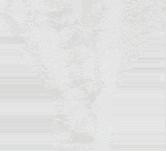
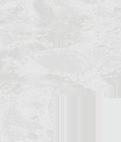
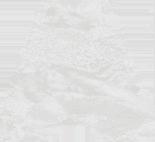

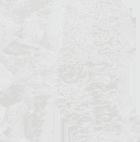


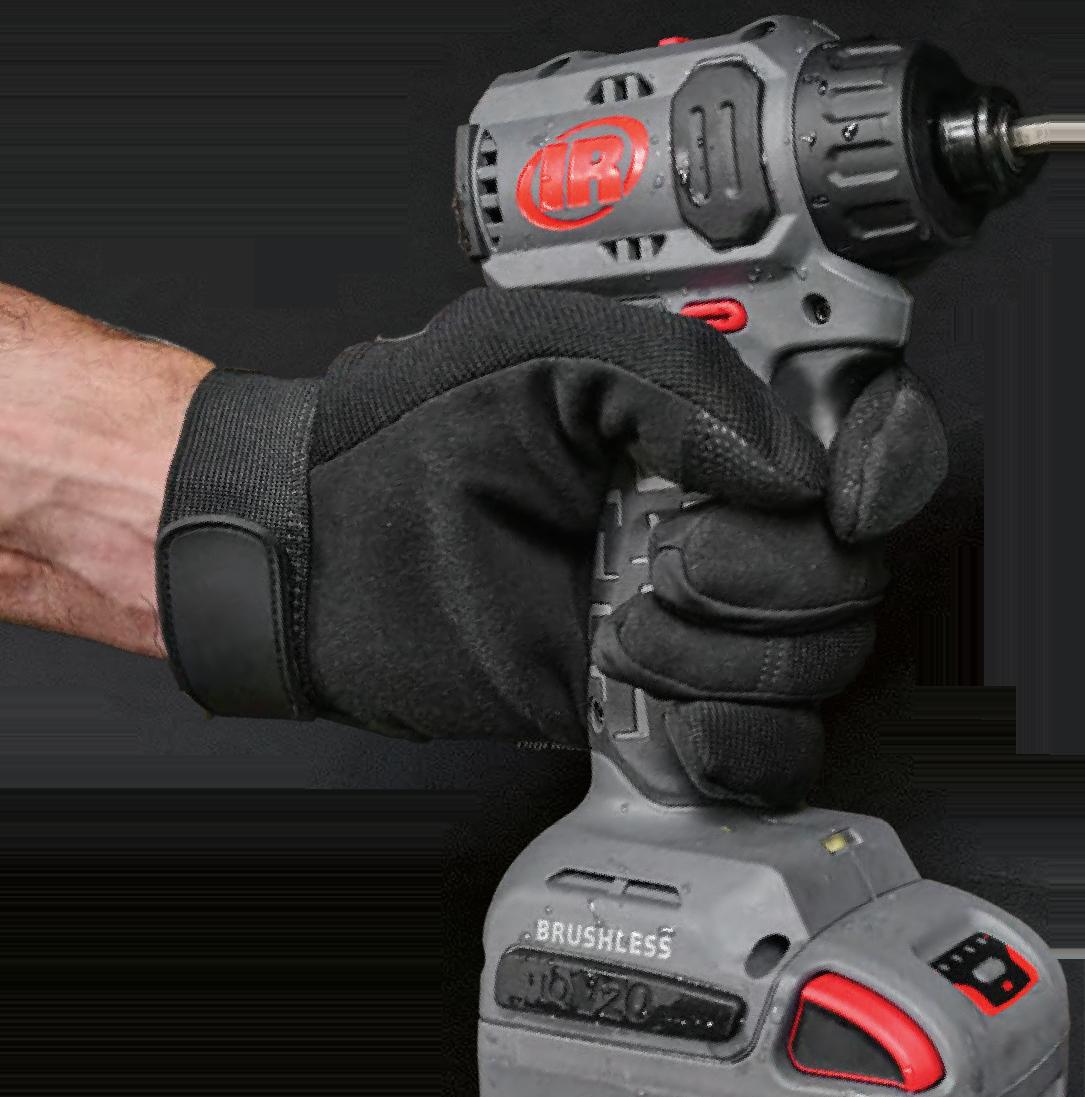
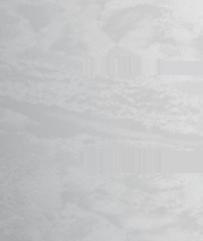


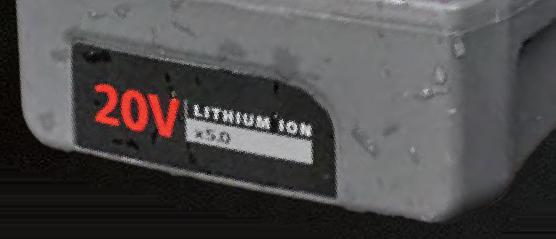




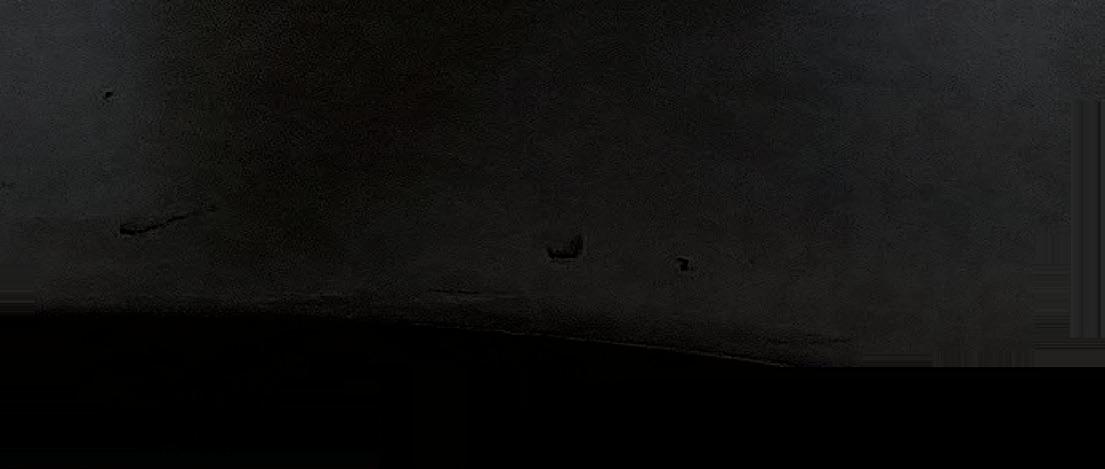























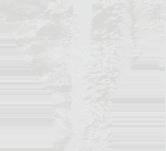


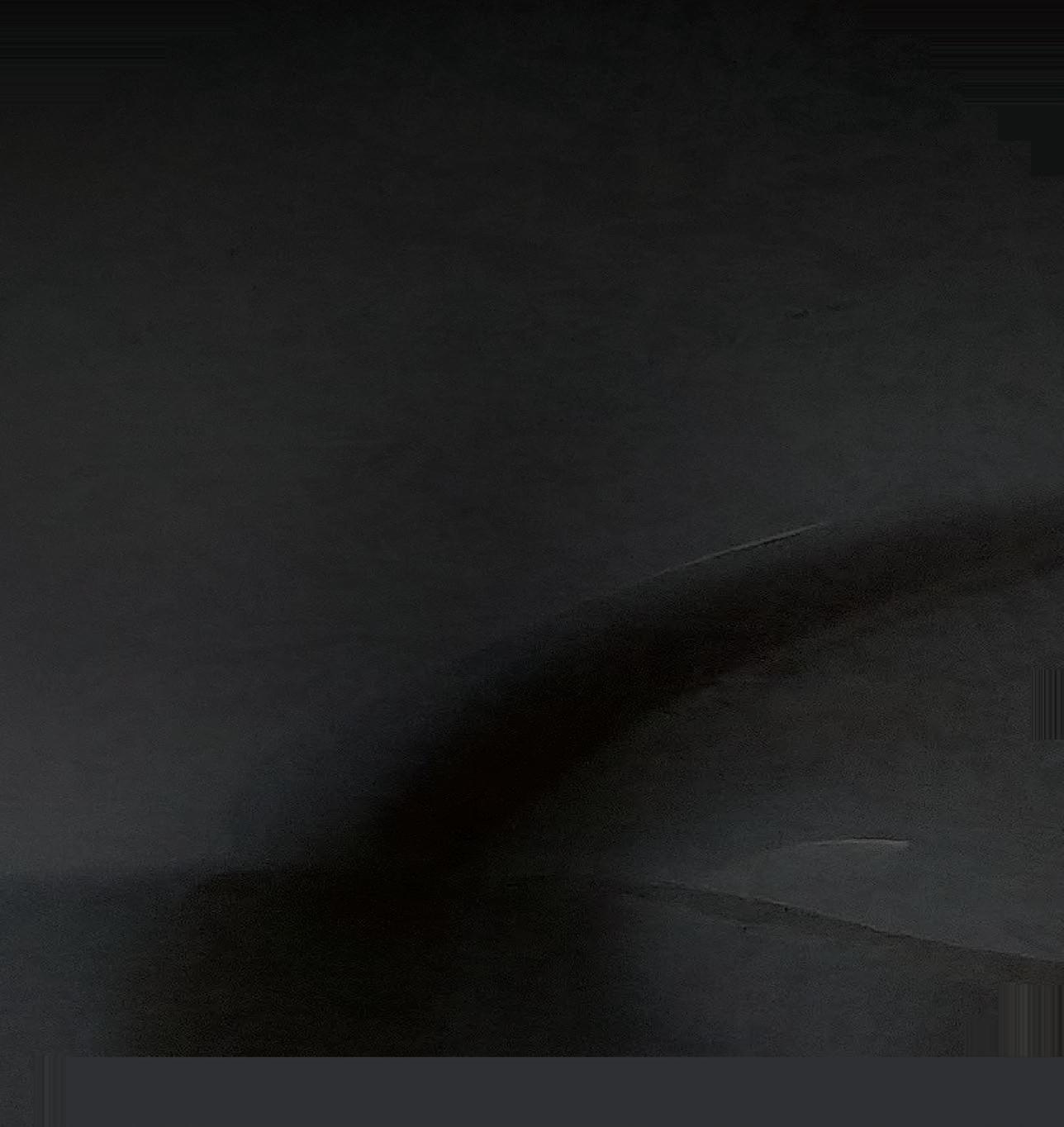






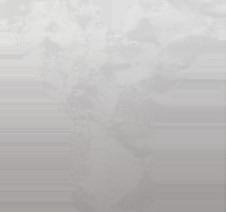



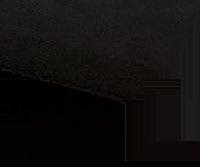




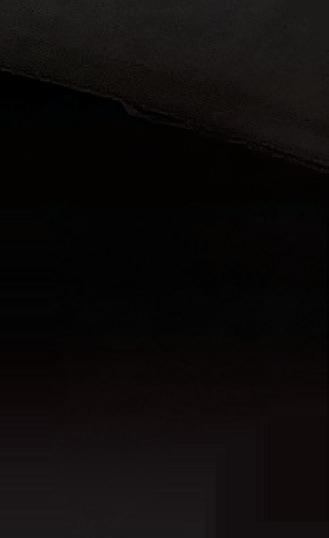
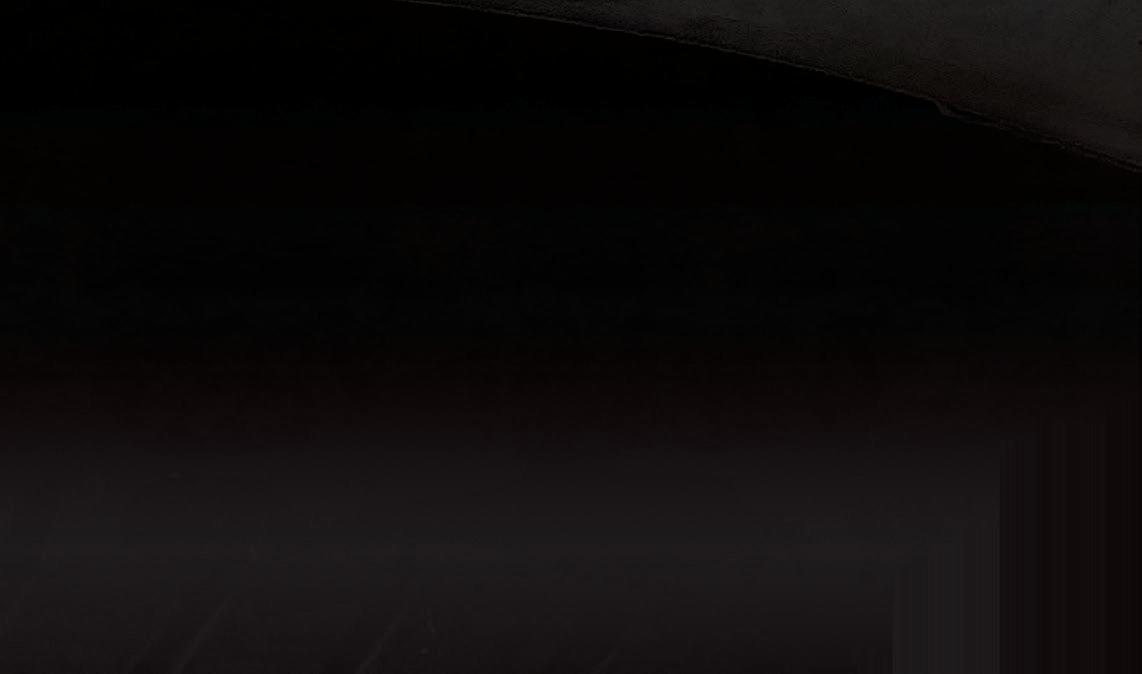

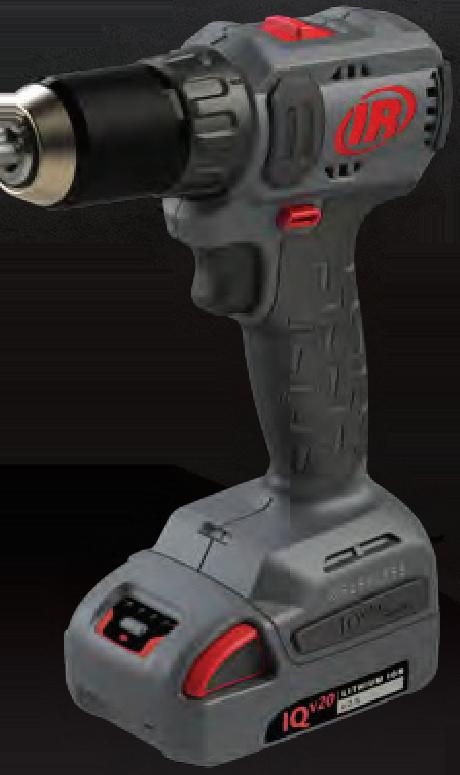



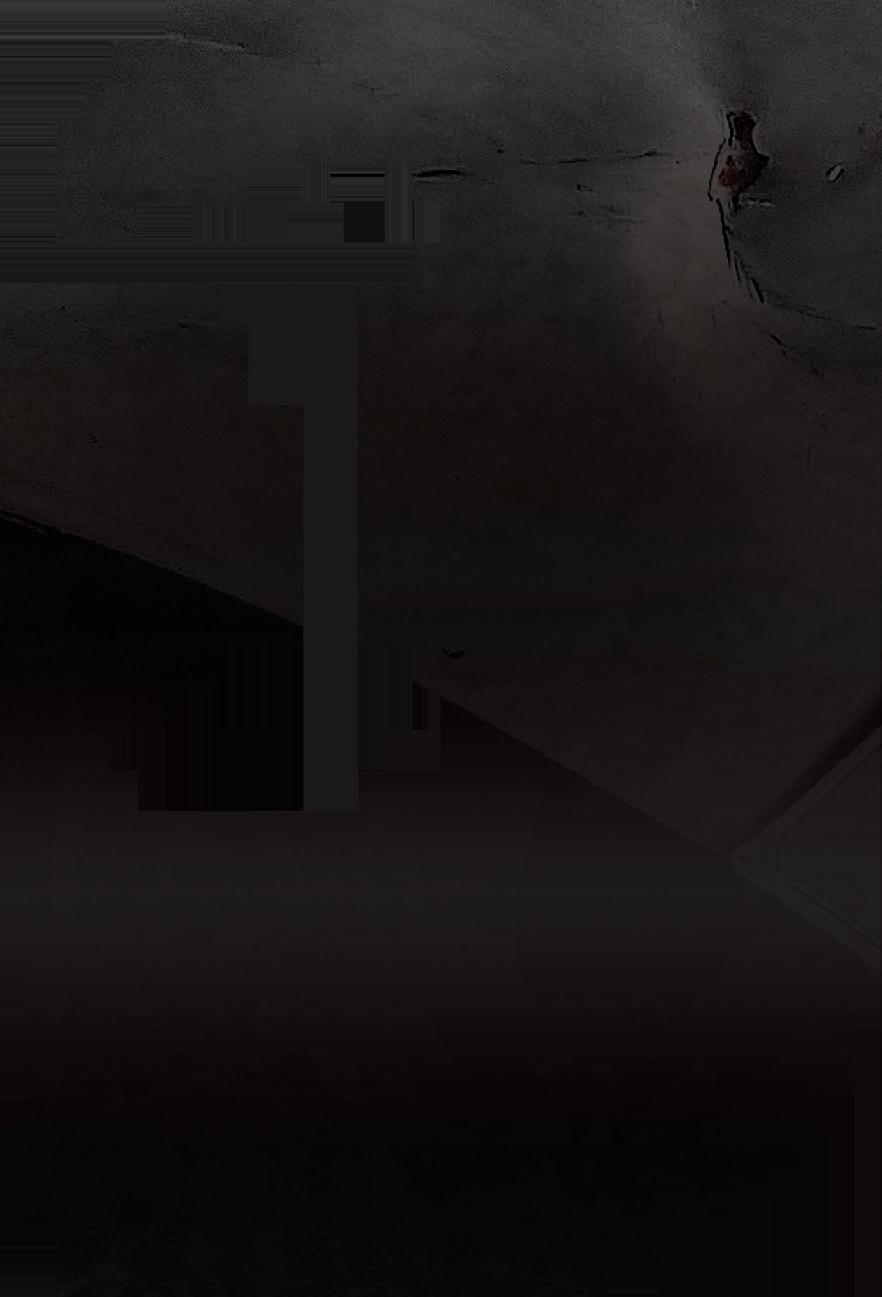

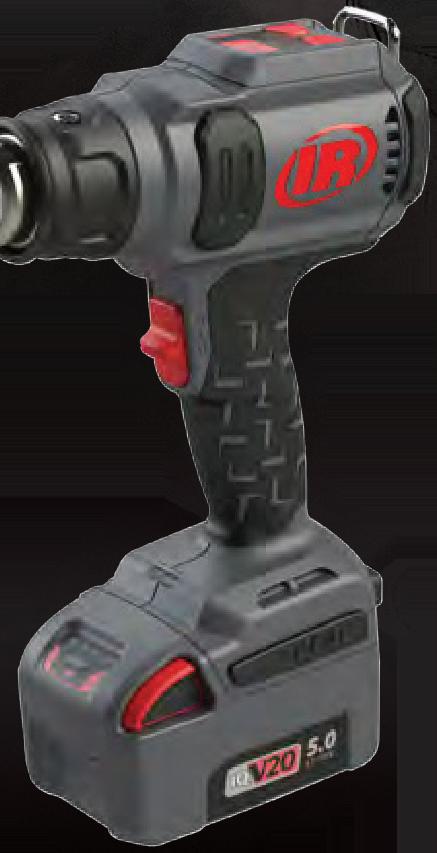



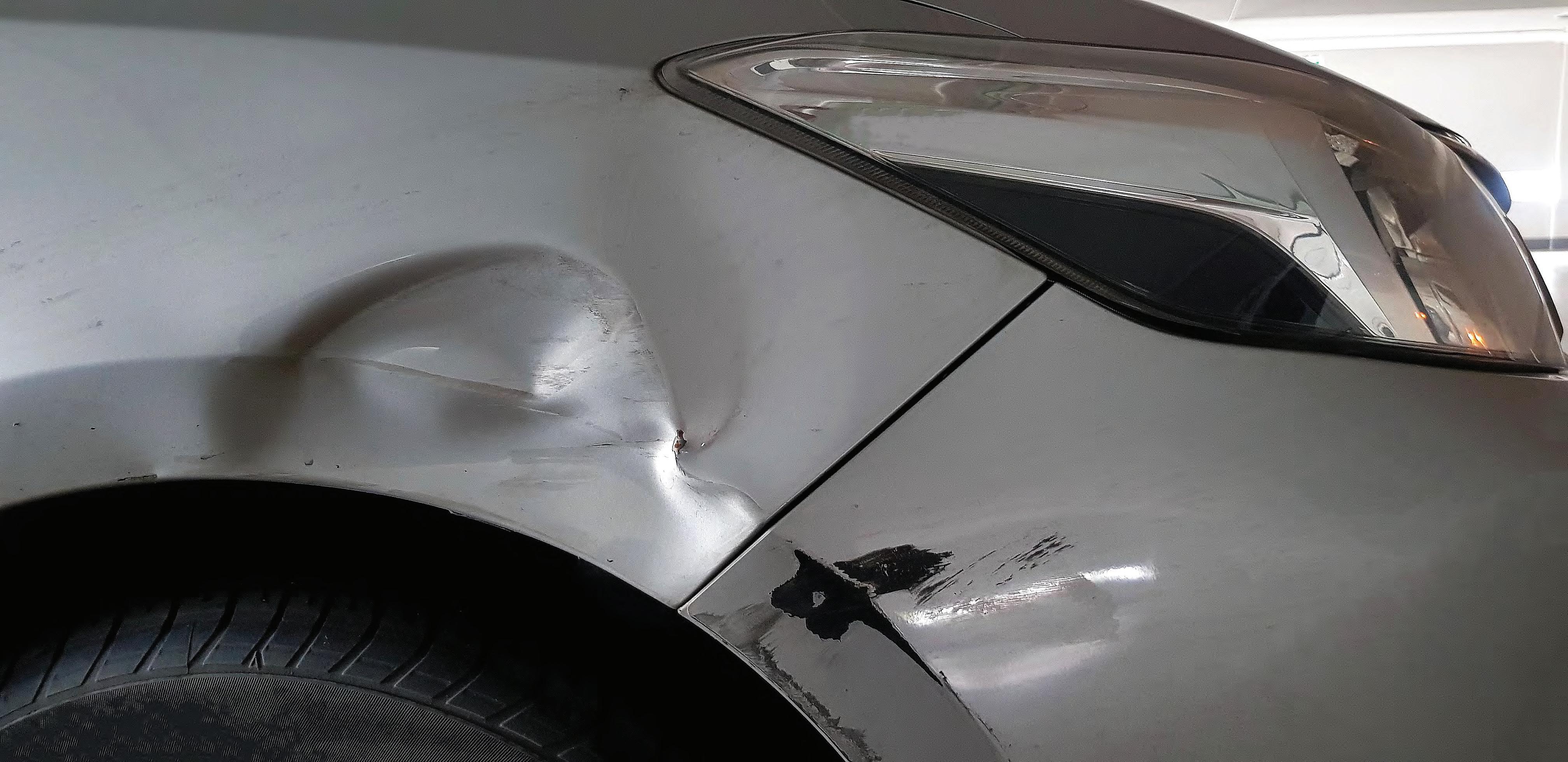



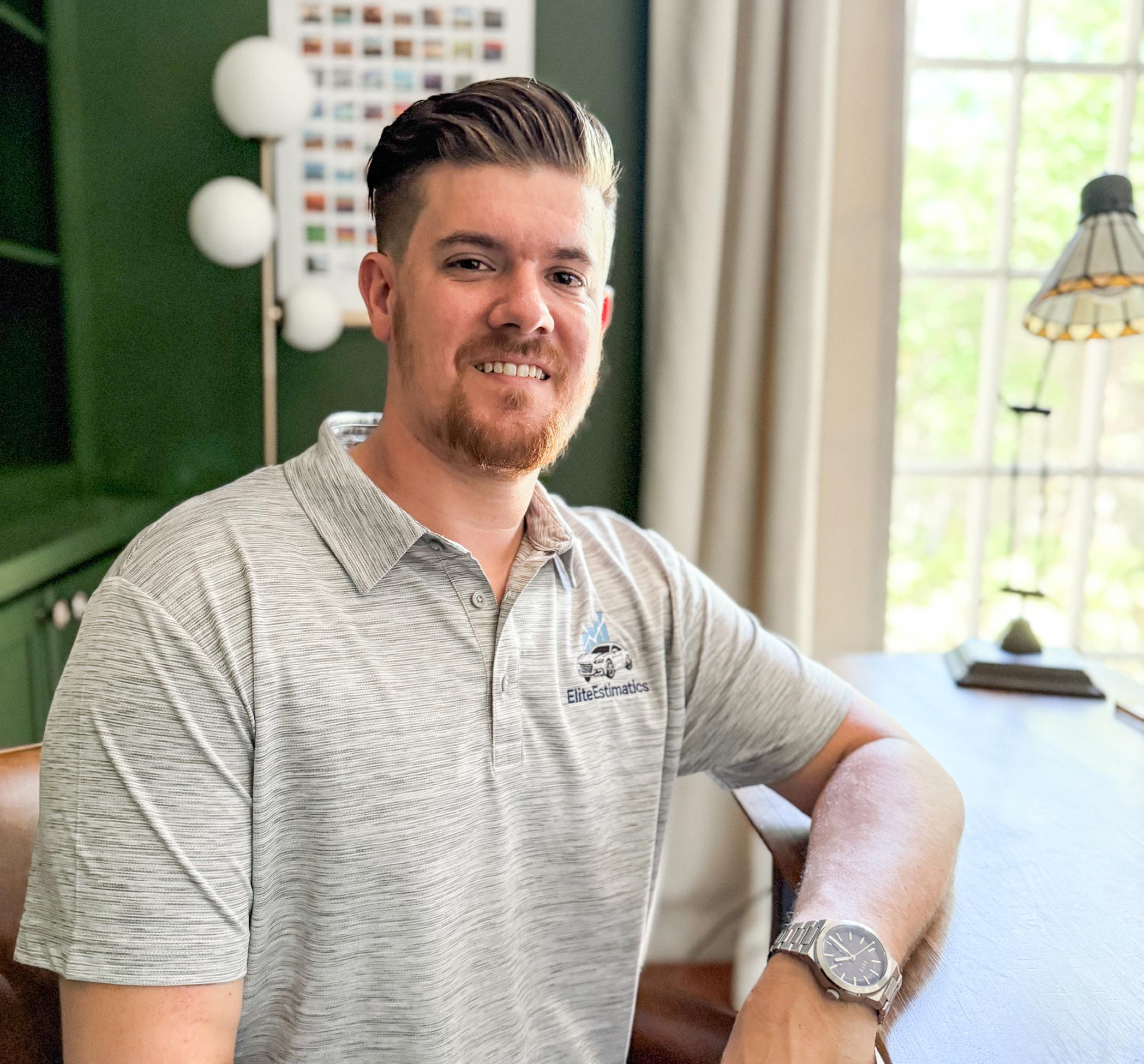
Cody Rinaudo provides shops estimating services when they need it, and without breaking the budget.
By PETER SPOTTS
ADMINISTRATIVE DUTIES are a constant struggle for collision repair shops. Increasing amounts of paperwork and estimating duties stretch staff responsibilities and take away time from the most important part of the shop – fixing the customer’s vehicle.
Cody Rinaudo experienced these issues firsthand working in his parents’ body shop for 15 years and launched his remote estimating company, Elite Estimatics, to solve them.
“Administration was always difficult. You always either had too much or not enough,” Rinaudo says. “You always had varying levels of workload and the admin staff always had to either be really slow or really busy. You didn’t want to hire
somebody in an interim and it was just difficult to manage.”
Another factor driving his business venture is the current economic state of the industry. As repair shops across the country see reduced car counts, they’re looking for places to cut costs and administration is one of the first areas they look at.
“So, everybody is seeing reduced car count and unfortunately that leads to potential
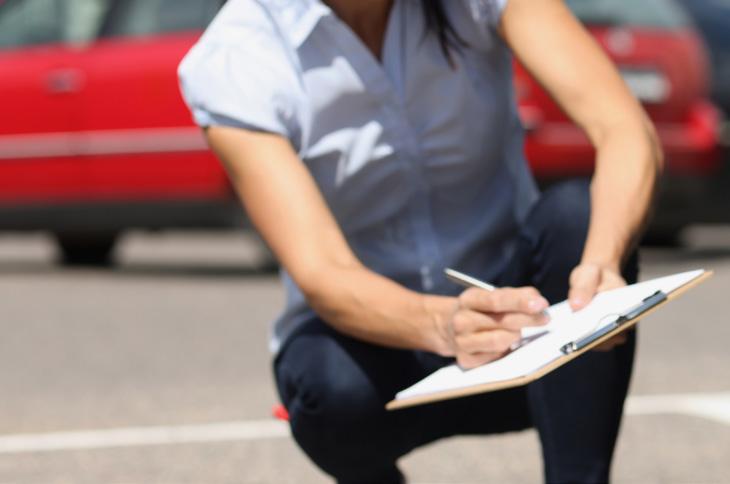
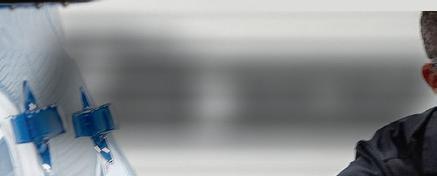
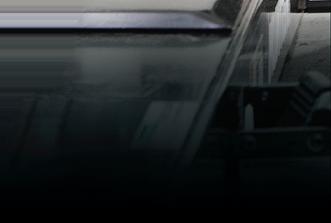

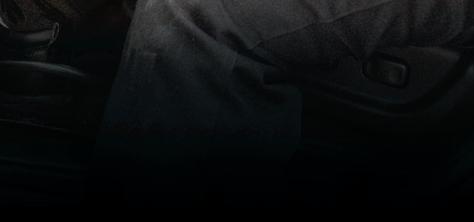
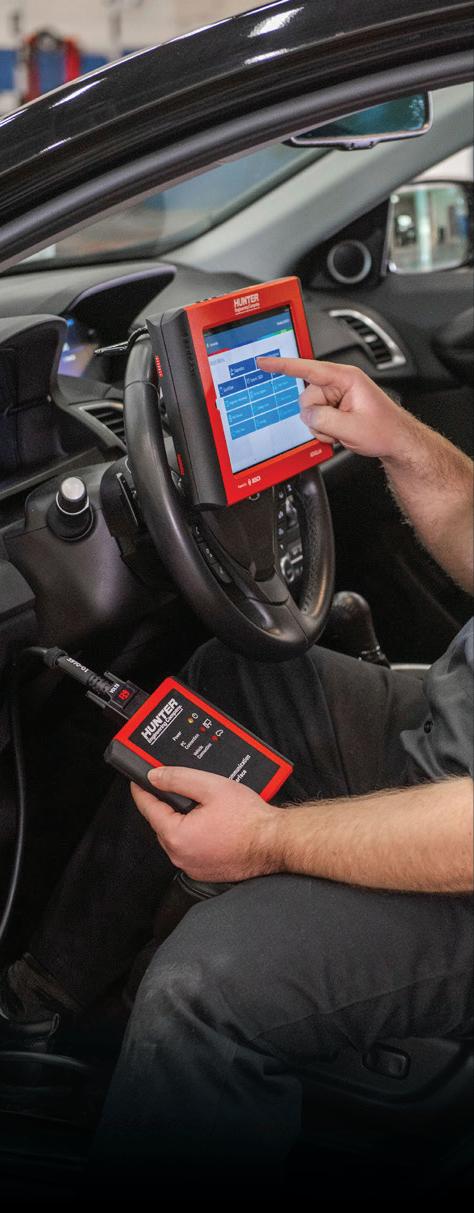
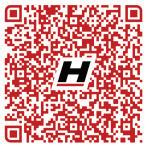


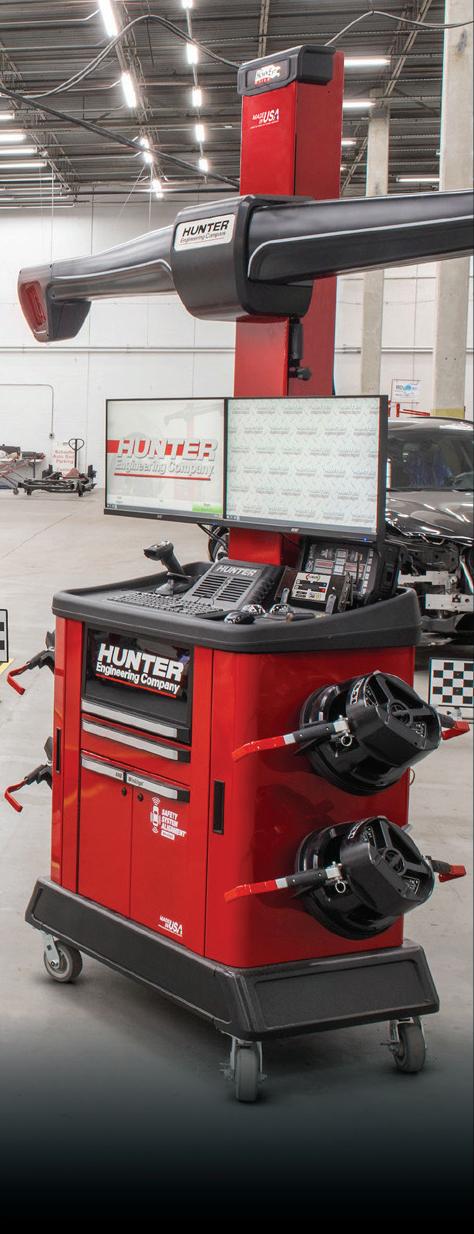
layoffs in certain aspects trying to cut costs where the revenue isn’t there to substantiate it,” he says. “Part of my clients, I’m seeing a need for remote estimates so they can keep their production staff maintained and producing repairs. Alternatively, I’ve got some shops that have some individuals that need assistance and training.”
Elite Estimatics provides remote admin work, consulting, auditing, and remote repair plans for shops looking to grow but can’t afford or justify a full-time staff member at this time.

In a typical case, the shop performs 100% disassembly of the vehicle and sends comprehensive photos of all the damage to Rinaudo. More complex repairs might require a video to show insurance damages that are difficult to see in photos. He reviews the damage, researches all the relevant OEM procedures relevant to the repair, gathers other documentation from CCC Intelligent Solutions, the Database Enhancement Gateway, motor guides, and anything else necessary to support and justify the repair. Time to complete a job depends on the type of vehicle and the complexity of the repair.
“Typically, my goal is to have it back to you within 24 hours depending on my workload at that point in time. How much it takes me to do that file depends on the size of the repair,” Rinaudo says. “If it’s just a bumper/ fender, that might be an [hour to an] hour and a half, where if it’s a structural on a higher end Mercedes, BMW, or Porsche, that could be four or five hours of work with the research required for those as well.”
As a remote estimator, the success of Rinaudo’s work depends on getting accurate information from the shop.
“Honestly, there’s a risk of that doing it in person if you don’t know what to look for, but ultimately, yes, I’m relying on





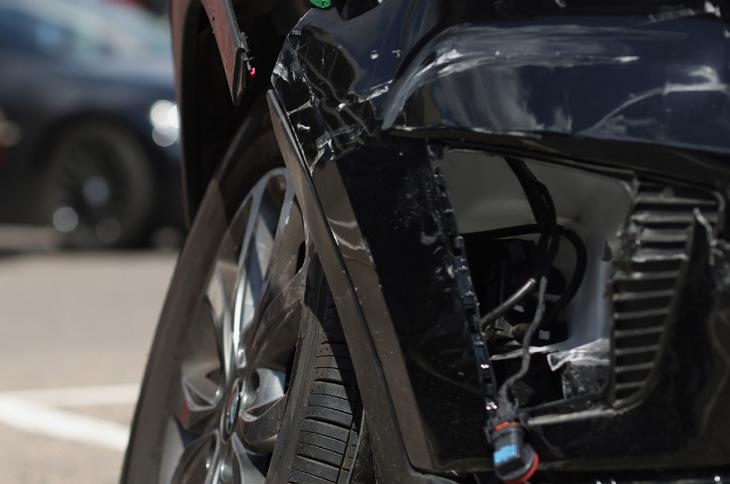
someone else on the other end to give me the proper information to have the necessary output,” he says.
Rinaudo offers on-site training for shops. He can review standard operating procedures, identify workflow problems, and provide suggestions for improvement. The most common problem Rinaudo said he finds with shop SOPs is that many shops don’t have SOPs in place. He also offers repair training for shops that want to learn how to do the estimating work in-house.
“I can come in and do repair plan training; work with the staff, the estimator and technician together, on a process to complete 100% disassembly and to write a proper repair plan,” he says. “I can do just estimatics training where I’m teaching how to navigate OEM systems to pull the necessary information from the service manual to capture everything necessary, [or] negotiation training to communicate with the insurer and advocate for the needed repair.”
Rinaudo offers four remote service estimate plans that range from $60-$1,200. The four plans offer varying levels based on the type of car and how much detailed information the client wants. Plans cover standard, exotic, OEM-certified, restricted, and EV vehicles. The cheapest plan does not include procedures or additional documentation from CCC and the DEG.
He also offers three tiers of auditing services: full file review for $325, estimatics review for $225, and OEM procedure review for $175.
On-site services include SOP development for $2,000/day, one-on-one individual training for $3,000/day, repair plan training for $4,500/day, and negotiation training for $3,000/day.
For customers that want to routinely use repair plans or auditing services, Rinaudo
offers three subscription models. The White Glove Repair Planning service covers 15 repair plans per month, and costs $3,750-7,500/ month based on shop certifications and needs.
The White Glove Auditing service covers 25 audits per calendar month, and costs $5,000/month.
The third tier, Platinum Concierge Full Service, includes all remote services provided by Elite Estimatics and has no
monthly limit on services. Platinum member jobs have priority when they come in. It costs $11,000/month.
While a website is a work in progress, a full breakdown of a full breakdown of Rinaudo’s service and price offerings is available on the Facebook page Elite Estimatics. Anyone interested in contacting Elite Estimatics can email eliteestimatics@gmail. com or call 985-788-0914.

Continental Cooling Fan Assemblies are exact replacements for the original fan in fit, form, and function, right down to the electronic module.
They restore the original cooling performance and feature OE mounting locations and plug-and-play electrical connections for quick, easy installation, right out of the box. Continental Cooling Fan Assemblies –OE quality with plug-and-play installation.
Find the right part at: www.continentalaftermarket.com
Of the nearly 100 repair procedures covered in the “Who Pays for What?” collision repair surveys throughout the year, destructive testing of welds is one of the “Top 3 most important,” to shop consultant Mike Anderson of Collision Advice, who conducts the surveys with CRASH Network.
“This step is so critical to ensure safe and proper repairs,” Anderson said. “A proper weld involves so many factors that it is nearly impossible to tell if the settings are correct without first performing a destructive weld test. And it needs to be performed for every type of weld being made on the vehicle.”
Looking at the survey data over time, the news is generally good. A decade ago, more

than 80% of shops had never sought to be paid for the destructive testing procedure. Anderson raised concerns about whether it was something most shops were doing. That has continued to fall over time, with 32% of shops this year acknowledging they had never sought to be paid for destructive testing of welds.
The percentage of shops that somehow believe that the eight large national insurers asked about in the surveys will never pay for the procedure also has fallen over time, from nearly 80% in 2015 to half that today.
But this year’s survey findings include some troubling data, Anderson said. The percentage of shops reporting they are paid “always” or “most of the time” by the eight largest insurers for the labor involved in destructive testing of welds – though still significantly higher than what it was a decade ago – dropped 9% in the survey conducted in April compared to the prior year.
“I won’t be satisfied until I’m convinced, most importantly, that this critical step is being performed 100% of the time,” Anderson said. “But the lack of reimbursement for it causes me great concern as well. This is a non-negotiable procedure. Every OEM states that we need to do this. Shops need to do this, and insurers should be paying them for this not-included procedure.”
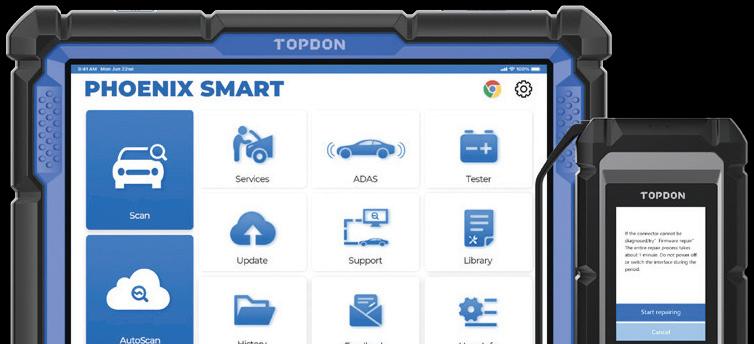

New teardown requirements for automotive repair dealers are in effect as of July 1. These changes are part of the Bureau of Automotive Repair’s approved regulatory action to update Title 16 of the California Code sections 3303, 3352, and 3353. The regulatory changes include:
• Adds and amends definitions, including “teardown,” “third-party payor,” and “specific job”
• Clarifies what must be included in a tear down estimate, such as time and cost to reassemble
• Outlines requirements for preparing an estimate based on one provided by a third-party payor
• Requires disclosure of third-party payor amounts on the estimate, or a notice if the amount is unknown
• Requires towing service fees to be provided to the customer and authorized separately from the repair estimate
To view the final regulatory text and materials, visit BAR’s website at bar.ca.gov/ regulatory-actions.
In a departure from responses in previous years, 2025 FenderBender Industry Survey respondents no longer report the technician shortage is their largest concern, replaced by the insurers' influence on the repair process. In fact, the tech shortage now ranks third in two regions. Below is the
breakdown of response percentages by region, sorted from highest to lowest for each region. For those selecting "other" for their responses, fill-in answers, although worded differently, included a number-one common concern of getting paid properly by insurers for all work done.
Insurer influence on the repair process A shortage of qualified technicians Rising cost of doing business Other Inconsistent repair standards Low labor rates Vehicle design advancements Technology and tool/equipment needs Parts choices (OEM vs. aftermarket)
By Peter Spotts
LOCATION: NEW ALBANY, MISSISSIPPI
OWNER: ROBBIE WINDHAM
SIZE: 10,500 SQUARE FEET
REPAIRING VEHICLES ISN’T A JOB for Robbie Windham; it’s a lifestyle. Every customer who enters Windham BodyShop can expect to receive clear, transparent communication about what their car needs and know the team will work to deliver the best quality repair possible for their vehicle.
“The transparency is the big bit. Quality is the other thing. We try to explain to our customers you get what you get with the insurance company,” Windham said. “With Windham Body Shop, if you would like to have a higher quality repair, we offer that service as well.”
Windham grew up working on vehicles in his parents’ garage and helping out with the family business, Windham Appliances, which is the oldest business in town with 54 years of service. In high school, he knew collision repair was exactly what he wanted his future career to be and, after graduating, went straight to community college to take courses.
In 2009, Windham made the tough decision to build his own shop in New Albany, Mississippi. He didn’t have everything he needed to start fresh, but it was his goal.
“I didn’t really owe a lot of money on what I had, but I didn’t have the equipment I needed to do things. As the cars evolve, the equipment evolve and training evolves,” he said. “It was a hard decision because I didn’t know if it would work or not…I just kind of took a leap of faith, you might say.”
After 15 years of successful service in the community, it was time to expand. The shop underwent massive renovations last year, doubling the size of the production floor, investing in new equipment, and increasing staff size to include a full-time repair planner/ blueprinter, an in-house bookkeeper, and two part-time front-end estimators.
The expanded production floor has a bay for the structural repair equipment and a dedicated place for ADAS calibrations.
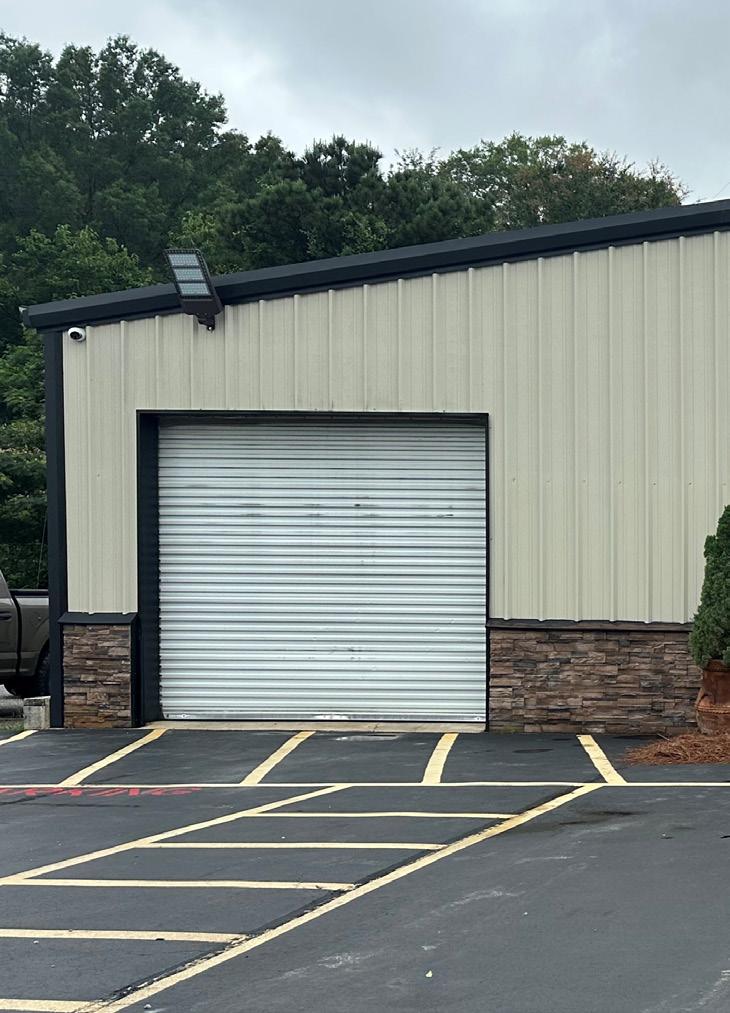


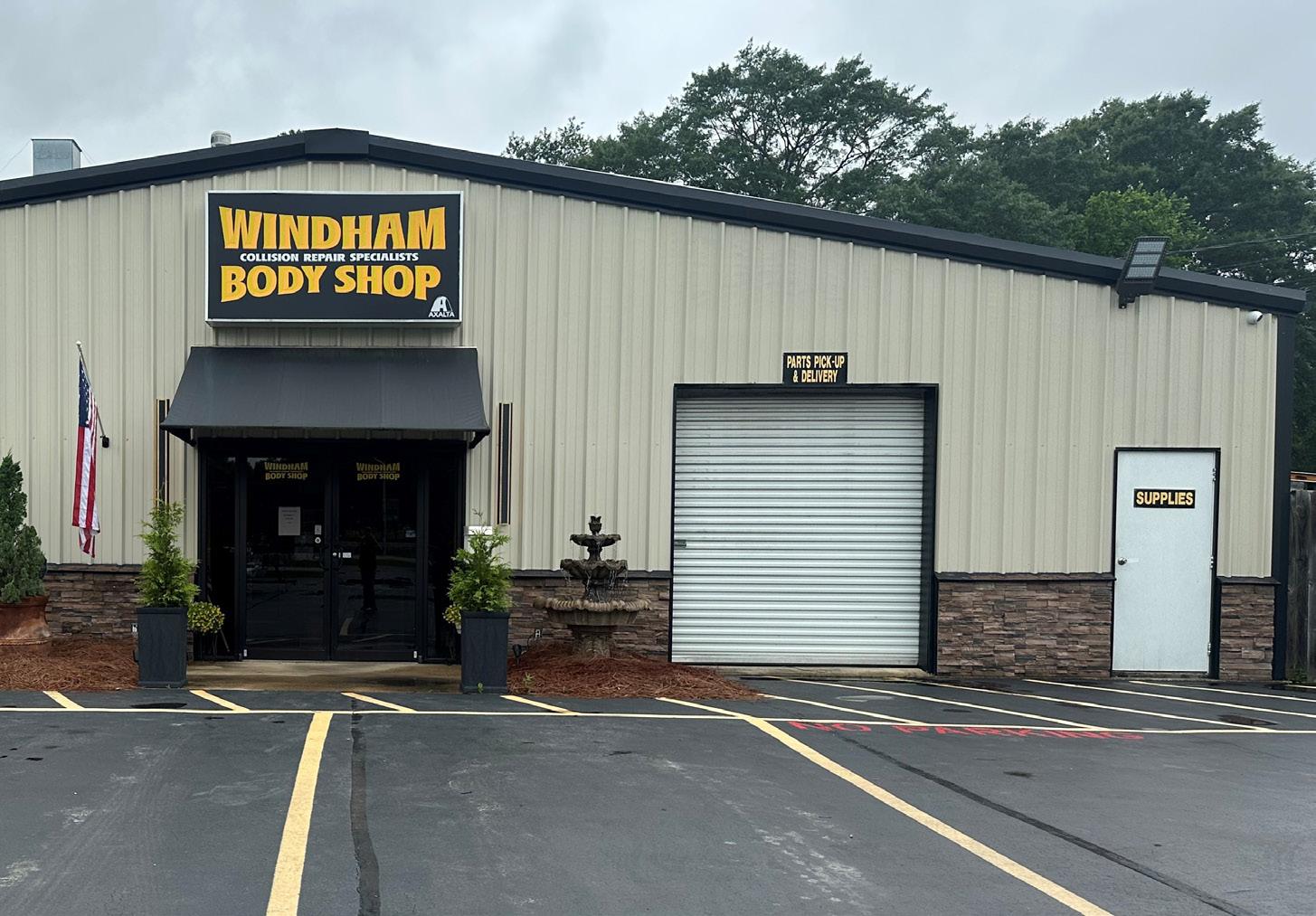
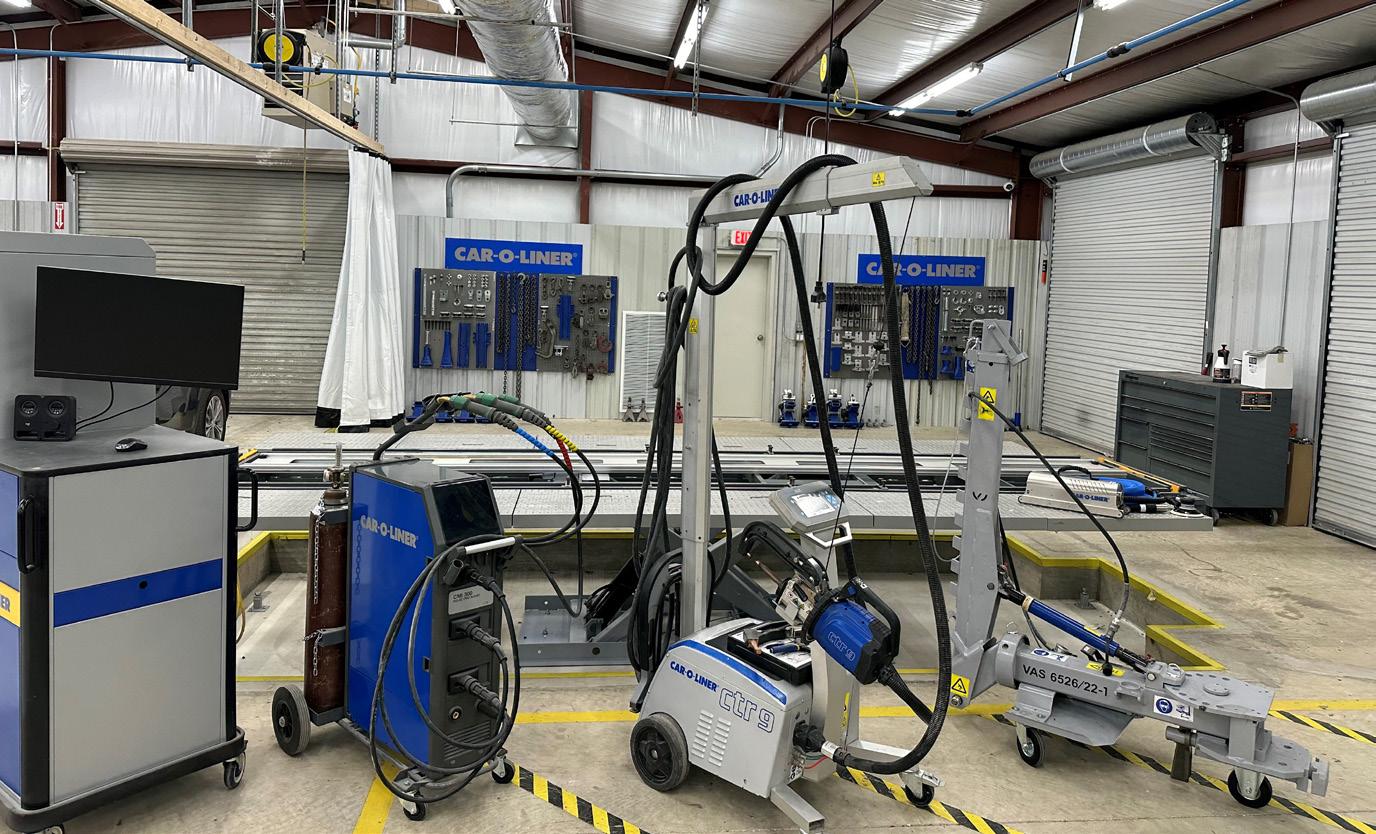
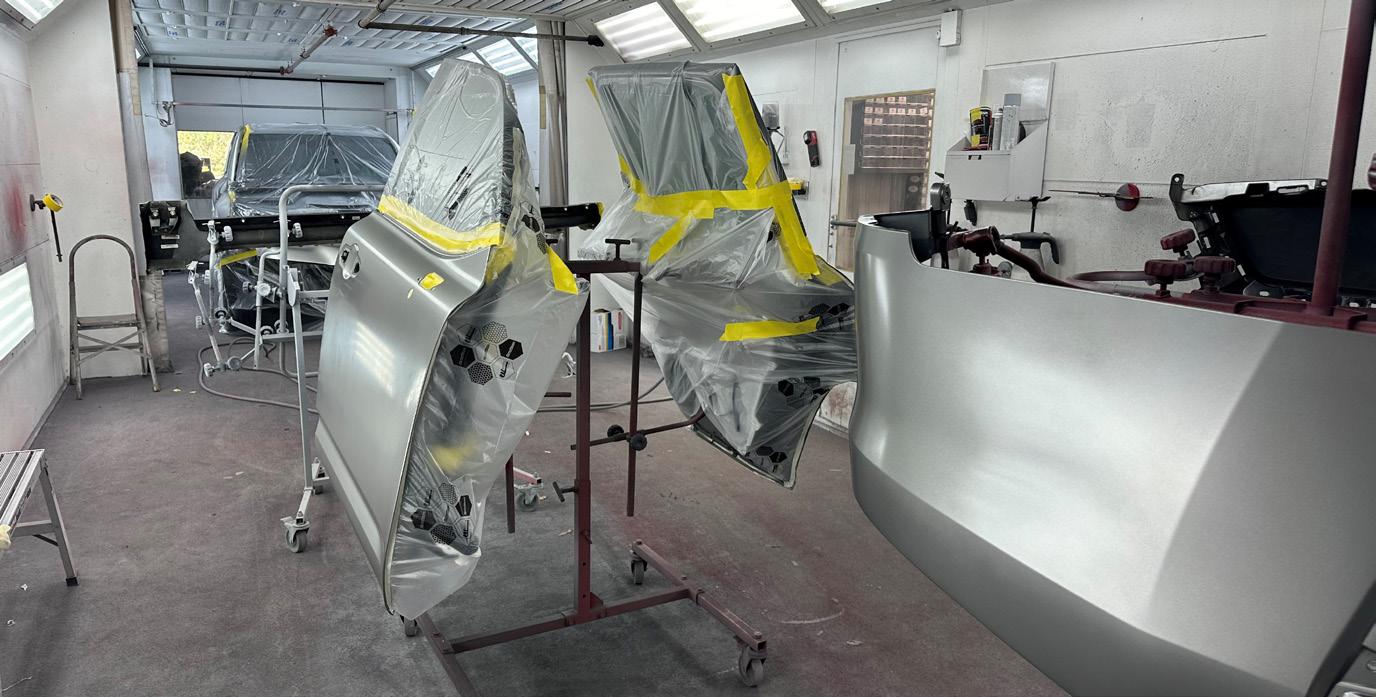
“It’s kind of a dual-purpose spot because we’re not constantly doing ADAS; I’ve built an equipment closet so all of our equipment goes into that closet,” Windham said. “We have an aluminum cleanroom that’s on the opposite side of it, so when you draw those curtains, you can use one side for the aluminum clean room and it blocks everything off for the ADAS.”
Across from the ADAS space are two paint booths. Windham set them up endto-end so jobs can go in one end and out the other.
“We do disassembly, try to take anything off the car to do the refinish,” he said. “We do that, so we can do multiple jobs in the booth at one time.”
Equipment additions from Car-O-Liner include a CTR9 resistant spot welder; VAS draw aligner; CMI 300 triple torch welder for steel, aluminum and silcon bronze welding; aluminum dust extractor; 5500 BenchRack; 3X 3D measuring systems; and the EV01 and EV02 clamping systems.
Windham also uses 3M sealer and bonding equipment, Bosch ADAS calibration system, KECO and Cam Auto glue pull repair equipment, Pro Spot suction post for GPR, BETAG Flatliner, BETAG T-Hotboxes, BETAG PDR light, Snap-on aluminum dent repair system and air conditioning refrigerant recovery/ recycle/recharge machines, and a Chief PNP90 self-piercing rivet gun for aluminum. The AC machines provide a significant upgrade to the daily work experience for his technicians.
Windham will continue to improve the shop as he continues working on his goal of providing the best possible repairs for his customers as the industry continues to evolve.
“This is an industry that's ever changing,” he said. “We'll add other stuff, but I don’t know how quickly it’ll be. There’s always more to come.”
The owner’s responsibility is ultimately to make sure the business is healthy, with good profitability and cash flow.
For most of my adult life, I have never had the respect for medical doctors that I should have. Now that one of our kids is nearly through medical school, I have had a change of heart. As the bible says it best, “I am fearfully and wonderfully made." Medical students spend hours upon hours and months on end, studying and memorizing material. Then they must pass several eight-hour long milestone tests to keep moving forward. After graduation comes three years of residency while making $65-70k per year working 60 to 70+ hours per week. Get this, then to specialize to become, say, a cardiologist, that’s an additional three years of fellowship. That’s 27 years of schooling from kindergarten to, say, age 32... minimum!
What does becoming a doctor have to do with collision repair, you’re wondering? When it comes to profitability for our shops, a lot! Do we spend at least one to two hours per month studying our Profit & Loss statement? Some may be saying to themselves, “Greg, you don’t understand. I just don’t have the time.” Well, the answer to more time is literally in the palm of our hands. Get this, the average American spends five hours per day on their phone. That’s over 150 hours, or six 24hour days per month. Shut that baby off!
So, now that we have just found all that time to study our P&L, it must make sense, and we must have clean numbers. There are many ways to look at our P&L. That can be Month to Date, Year to Date, by Quarter, this YTD compared to Last YTD, Trailing Twelve Months etc. When it comes to comparison to a prior period, I like to look at mine by the quarter to level out any paint bulk buys or monster jobs that finally leave, once a year bills, etc. We need to study each passing month, of course and be looking for errors. These errors can be in many forms, for example: Not seeing an electric bill for July, but June shows double the normal coding errors for, say, a Towing bill under Scanning etc.
I unfortunately need to mention this one. We all want to trust people, but we must be smart at the same time. Several years ago, I had a bookkeeper who had stolen from me. Fortunately, I
know where every penny goes in my business, and it didn’t take long for me to realize her vehicle repairs at the local dealership were being paid by my shop! She was quickly fired and reimbursed me the next day. Point being, owners MUST be aware of where every penny goes. I know owners who have been the victim of embezzlement of six figures, and it took years for them to discover it. Ronald Reagan said it the best, “Trust, but verify.” Sometimes, it is not an integrity issue, but rather a lack of knowledge or complacency. I know of a shop that had the U.S. government show up and chain their front doors together, as the bookkeeper wasn’t paying payroll taxes.
The owner’s responsibility is ultimately to make sure the business is healthy with good profitability and cash flow. As an example, our Paint & Materials profitability was 50% GP JanMar 2025 and then was 42% Apr-Jun 2025. That’s an 8% drop, right? We need to go on a discovery process and ask these questions. 1. Was there a paint price increase? 2. Did we get a new painter? 3. Did we get a new estimator who needs more training in writing for proper refinish hours? 4. Did we switch paint lines? You get my point here, as we must be detectives to discover the problem. Recently, I was reviewing my P&L and discovered our Stock Parts Gross Profit was lower than normal. We then met as an entire shop and reviewed what all is included in stock parts and coding was correct for: 1. Clips & Fasteners. 2. Seam Sealers. 3. Freon. 4. Antifreeze. 5. Doublesided tape. 6. Adhesives and application tips 7. Drill bits. 8. Sanding belts. 9. Alu. welding studs, etc. I explained that even down to the Stock Parts Gross Profit level can determine whether all get a bonus or not. Let’s say a shop does 750 cars per year and misses $30 of stock parts on every job — that’s a loss of $22,500 per year.
I never signed up to be a medical doctor, but I did sign up to be a body shop owner. We must take time every month to close our office door, shut off our phones and study our P&L. For most of us, we are bringing in millions of dollars every year. Are we at least keeping $20 (20% net profit) of every $100 from leaving?
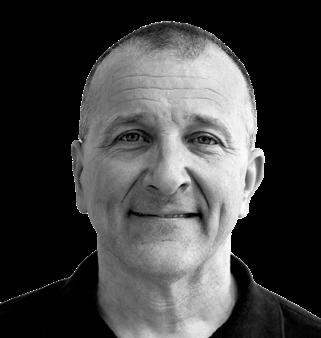
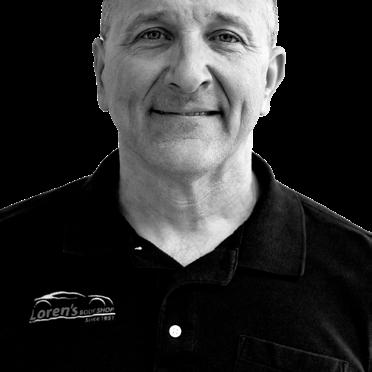
GREG LOBSIGER
Greg Lobsiger has owned Loren’s Body Shop in Bluffton, Indiana, for over 23 years. He has been a member of Mike Anderson’s groups for ten years and had extensive lean manufacturing training.
EMAIL: greg@lorensbodyshop.com
ARCHIVE: fenderbender.com/lobsiger
With a waterborne basecoat that’s easy to mix, match and apply and that uses the same coat flash application you’ve already perfected, Cromax® EZ makes an exceptional finish feel effortless. Discover how easy an outstanding finish can be.
axalta.us/ez
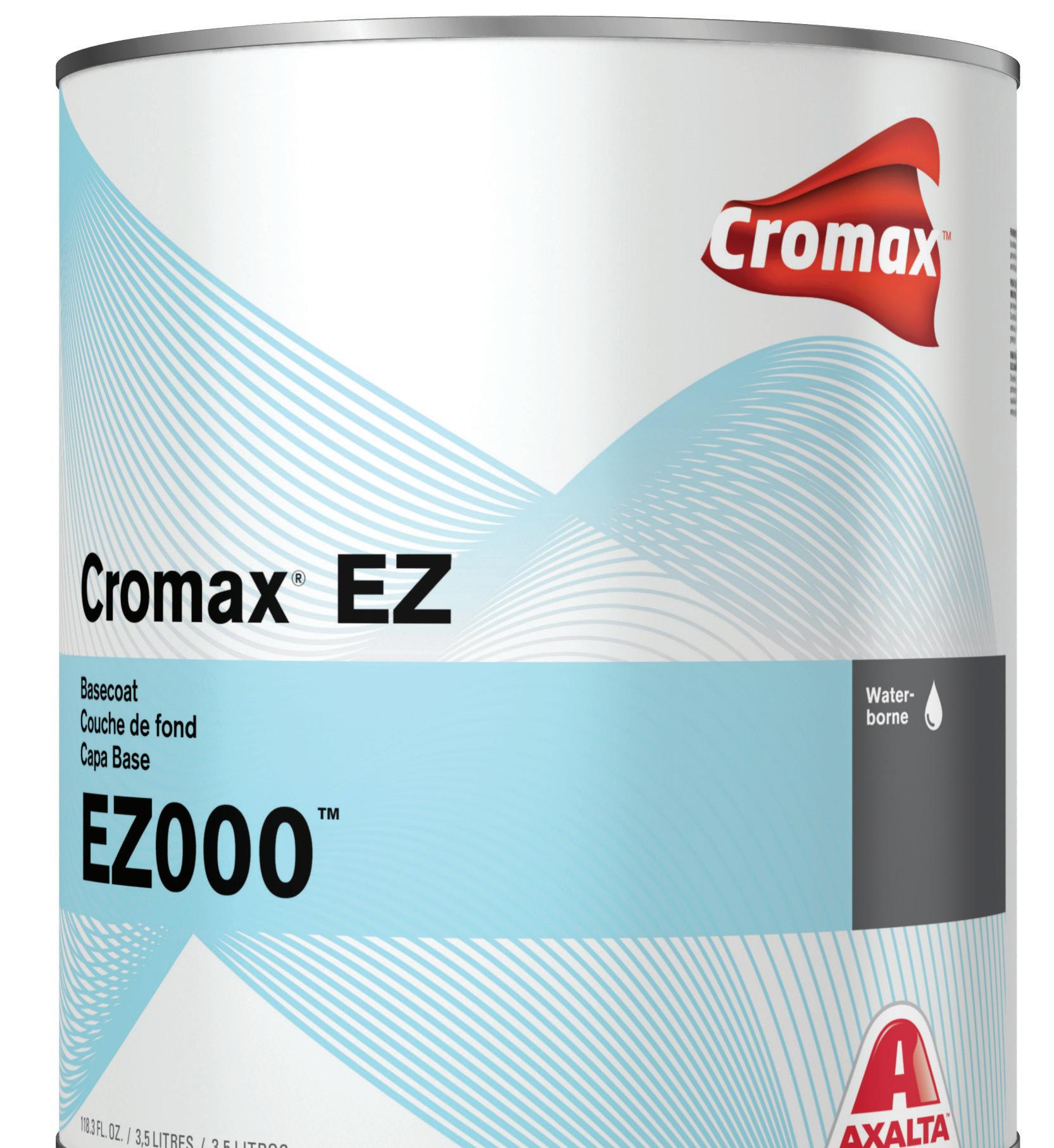
Training isn’t always fun, but it’s essential to your shop’s growth. Learn how to get your employees more engaged.
By NOAH BROWN / Photos courtesy of COLLISIONRIGHT AND LEADING EDGE
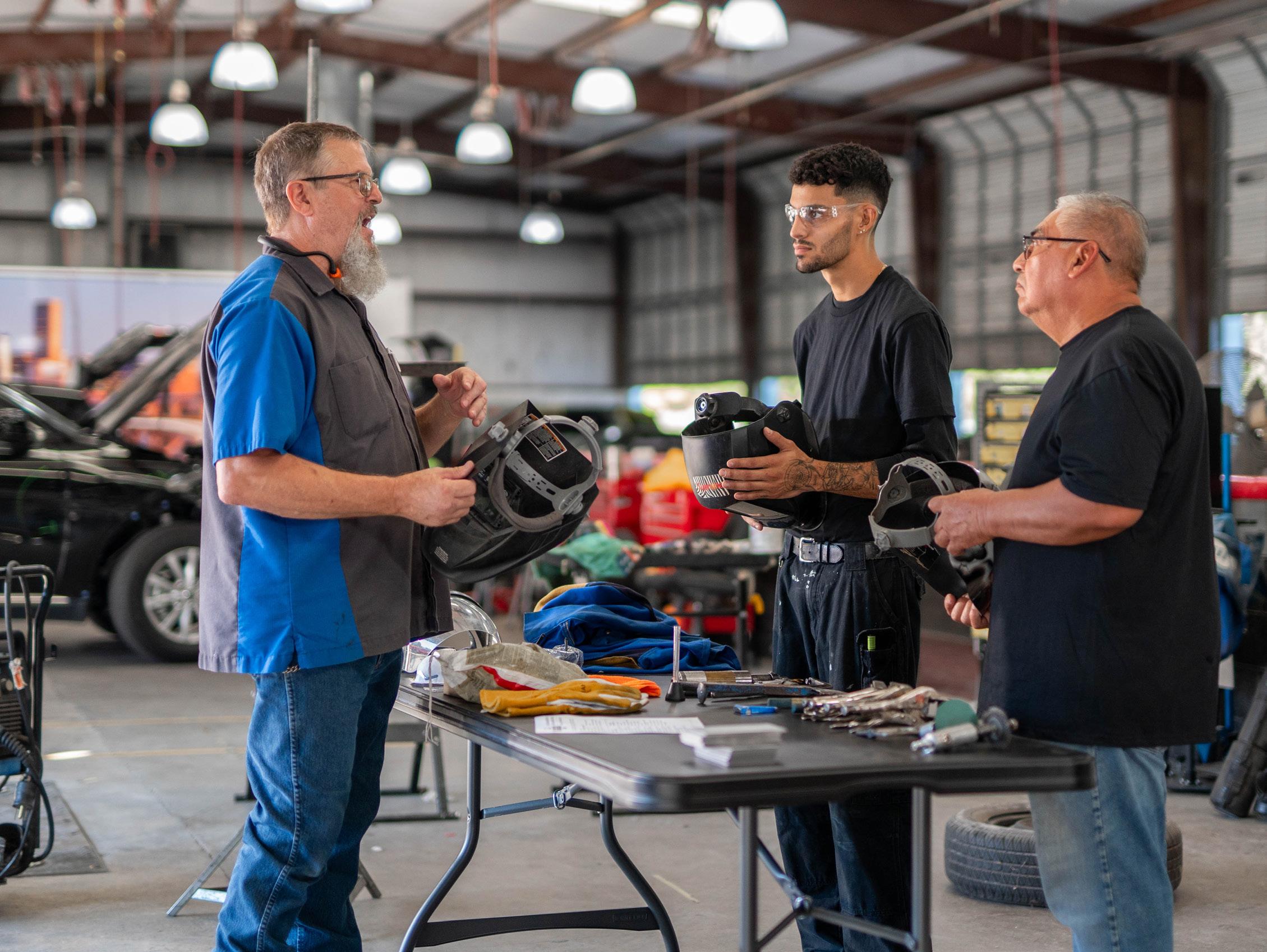
The long weeks in August are often referred to as the dog days of summer. They’re hot, unforgiving, and they seem to drag on indefinitely.
During NFL training camp, which is actively underway, players are expected to learn the basics of their teams’ playbooks and practice the fundamentals that will lay the groundwork for a successful season.
It’s vital work, but to put it mildly, it’s less than enjoyable work: Repetitive drills for eight hours a day in the hot sun, frustrating learning curves and thankless work day in and day out for weeks on end, with the only thanks or reward being the possibility of making the roster for kickoff weekend.
It’s grueling, and many players would prefer not to do it if they didn’t have to. Fast forward to January when playoffs start, however, and more often than not, it’s the teams that are the most fundamentally sound that are left standing. Those hard weeks and months before the season end up paying off with a chance at football immortality, and players on those teams will usually say that their success started all the way back in training camp.
Unfortunately, there aren’t any rings or trophies to be won in the collision industry like there are in sports, but the analogy still holds strong – training, thankless as it may be, is essential to a successful business, and a dedication to
continual learning can help set your shop apart from the competition.
In largely the same way a head coach has to find ways to motivate his players through the slog of training camp, you may find that you, too, have to figure how to get employees energized and willing to participate.
Adan Ibarra has owned Leading Edge Collision in Houston, Texas, for five years and managed the shop for 11 years before that. In an industry that is constantly evolving and is laser-focused on KPIs and efficiency, building a culture of continuous education is an investment that will pay off in the long run.
“I think we as an industry have always looked at our priorities wrong. Get the cars out, make money, you know, how many cars do we do and what’s our cycle time and things like that, right? Those typically seem to be what the priorities are,” Ibarra says. “In my opinion, if you put the training as the number-one priority, then the cars go out quicker because everybody’s a little bit more trained and they tend to be more efficient.”
Building that culture and enthusiasm for training is easier said than done, but Makenzie Tedder, safety training and compliance coordinator for CollisionRight, says it’s possible.
“Obviously, mandatory training is not the most fun thing in the world,” Tedder says. “I don’t think anybody’s lining up to do mandatory training classes just because it’s fun. But there are ways to make it more engaging and more enjoyable.”
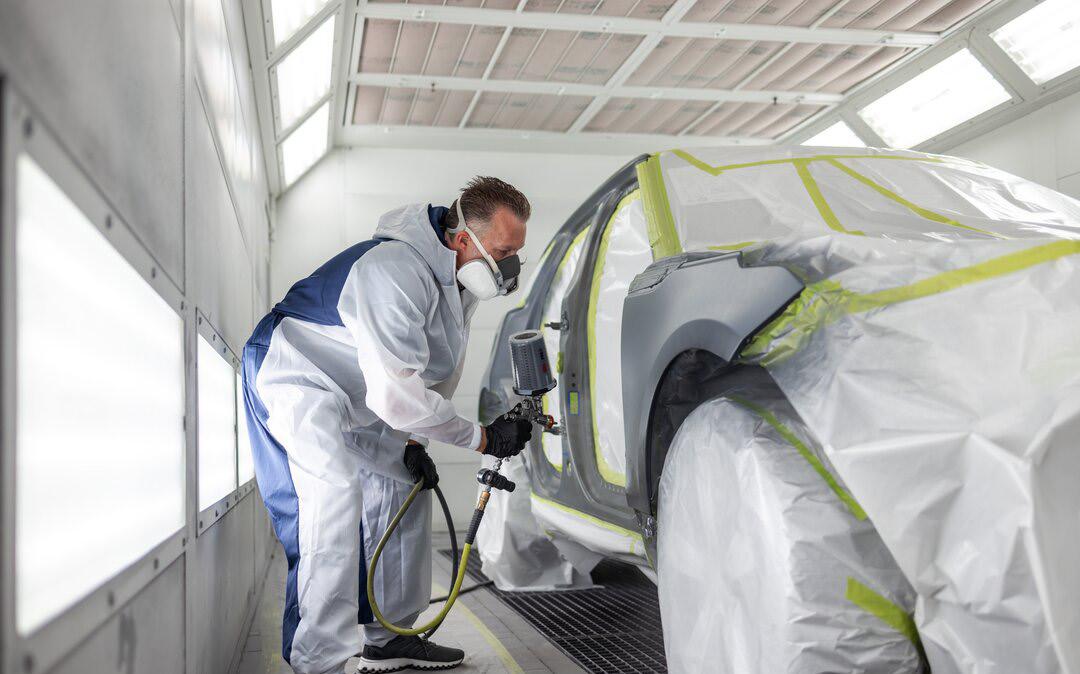
Ibarra says he understands that it’s not easy to get everyone in your shop into a trainingfirst mindset – with the number of tasks each employee has to take care of on a daily basis, it’s easy for a certification course or an online training module to get buried on the to-do list.
In his shop, Ibarra gives every employee, regardless of position, one hour a week to complete training courses. He says this helps establish an expectation that training isn’t optional in his shop.
“A lot of people in our industry can relate that it’s just so hard to put training first,” he says. “But ultimately, if we’re not putting training first, we’re jeopardizing the quality and safety that our customers expect when they give us their keys.”
To help manage that expectation, Ibarra says he’s put his office manager in charge of keeping track of trainings for everyone in the shop. At the start of a week, he’ll check in to see how the previous week’s trainings went. His office manager will provide a quick run down of who completed what training or, more importantly, if someone didn’t complete a required module.
“When I get that feedback, it’s easy for me to go to an employee and just have a conversation like, ‘Hey, I noticed you missed one or two weeks of training this month. What happened?’” Ibarra says. “Just having that conversation, holding that accountability,
Creating enthusiasm It takes time and effort, but CollisionRight’s Tedder says it is possible to make mandatory training more engaging.
tends to help fix those little problems and gets everybody engaged doing what’s expected of them.”
That expectation doesn’t have to change even your operation is bigger than one shop, too. Tedder manages the training for all 125 CollisionRight locations across the country, and she says there is a clear and consistent expectation that training is prioritized at each location.
“I think safety should be approached the same way regardless of the size. It should always be something that’s important and should always be something that is a priority,” Tedder says. “Our number one goal at CollisionRight is to have all of our shops at I-CAR Gold status within six months of acquisition if they’re not already. We take a lot of pride in knowing that we want to continue the education for our employees.”
It will take a clear, concerted effort from your shop’s leadership, but making it known that training is an expectation and not an option is an essential first step.
Tedder acknowledges that just because CollisionRight has a consistent expectation for training, a one-size-fits-all approach isn’t going to be the most productive use of time.
“Not everybody learns the same way; not everybody teaches the same way,” Tedder says. “We try to give our employees all the knowledge that is necessary without dragging it out too long, and we try to make it very individualized to that person.”
As training coordinator, Tedder says she spends a lot of time trying to find the most up-to-date and engaging training modules that she can. She says I-CAR has a vast catalog of cutting-edge training that is more than just a presenter running through a slideshow.
Additionally, having more frequent and regularly scheduled training will make it easier to keep each module shorter, saving more time and having a better chance of keeping technicians and other employees engaged.
“We make them short, sweet and to the point,” Tedder says, “but we make sure that
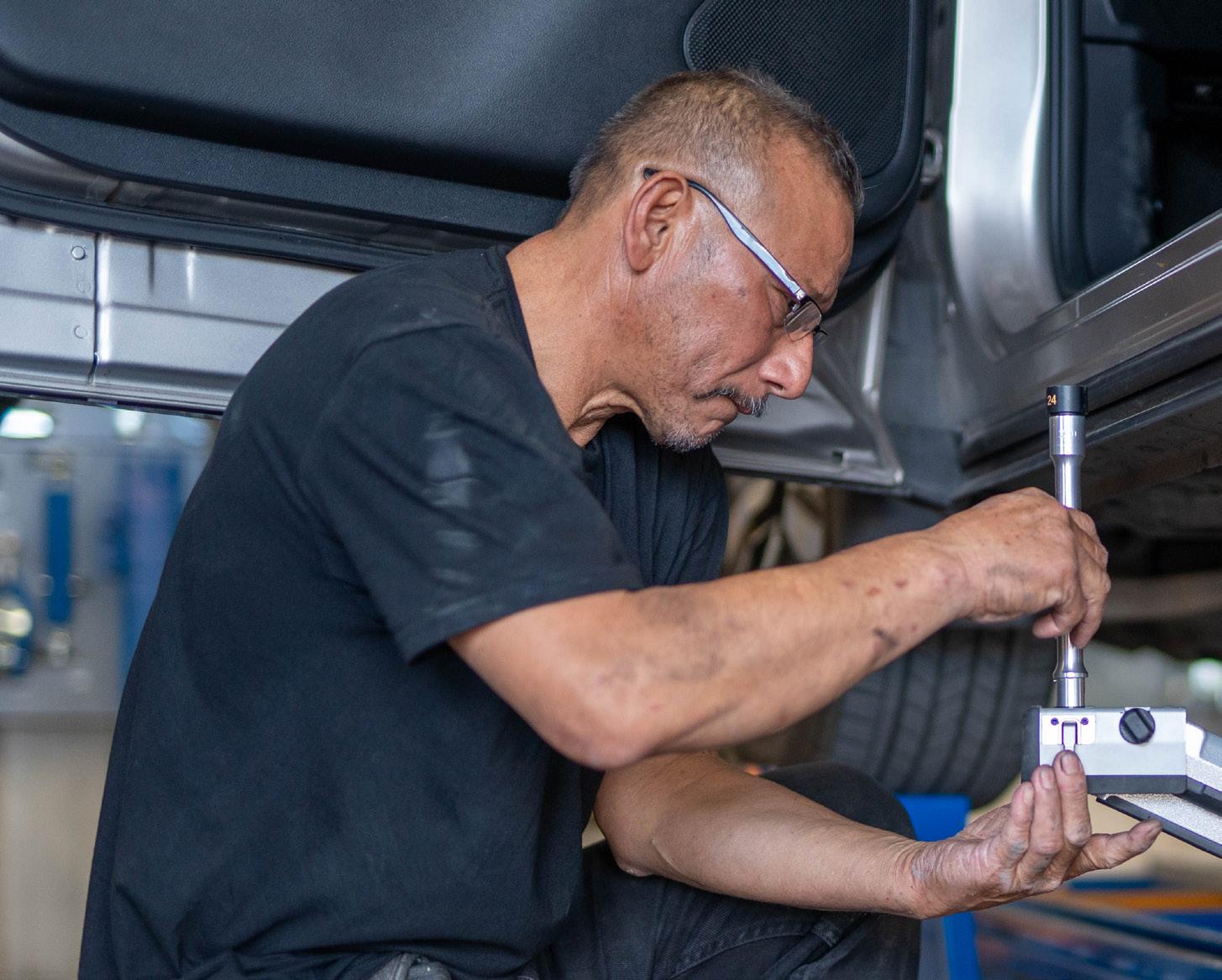
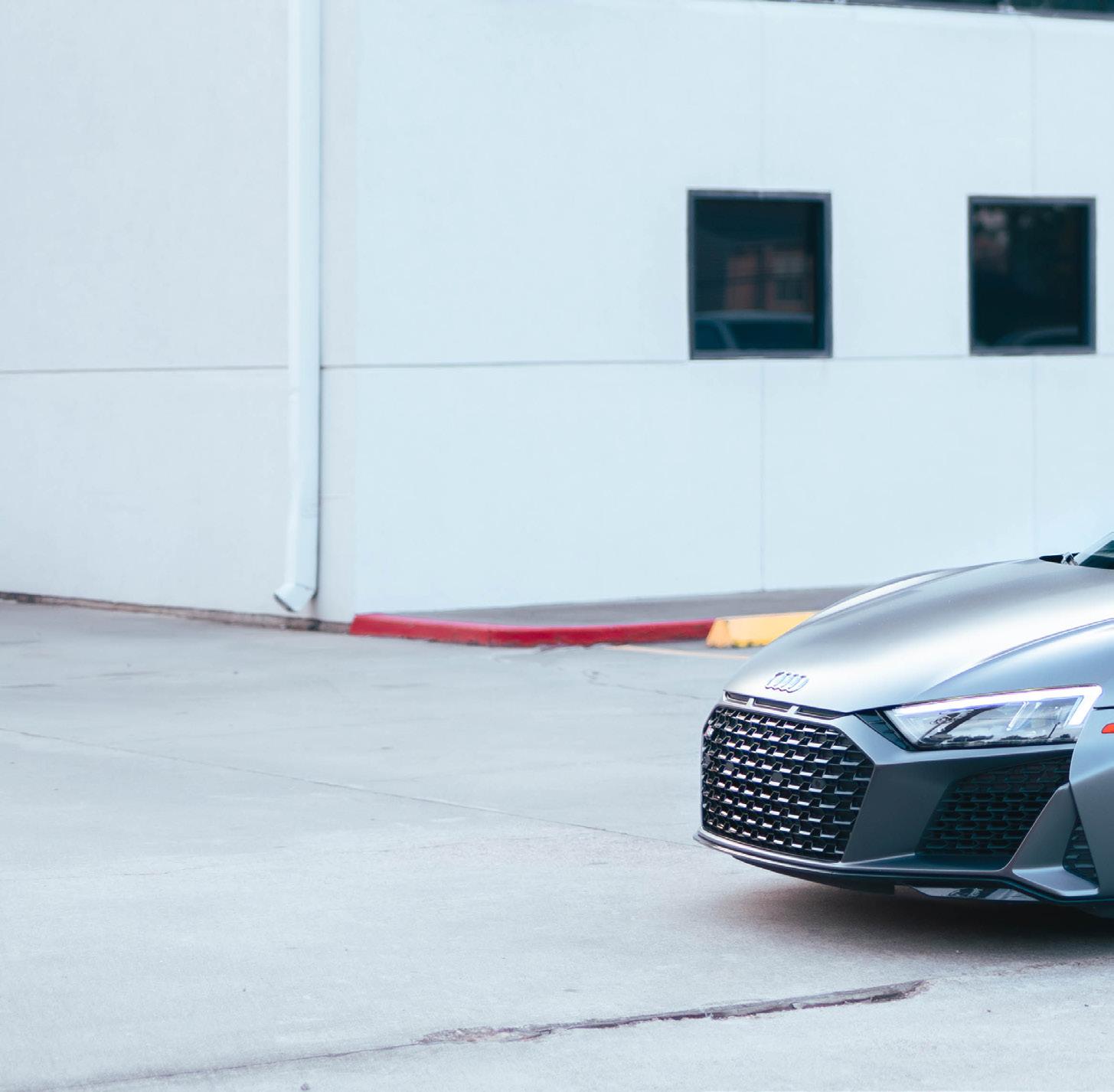
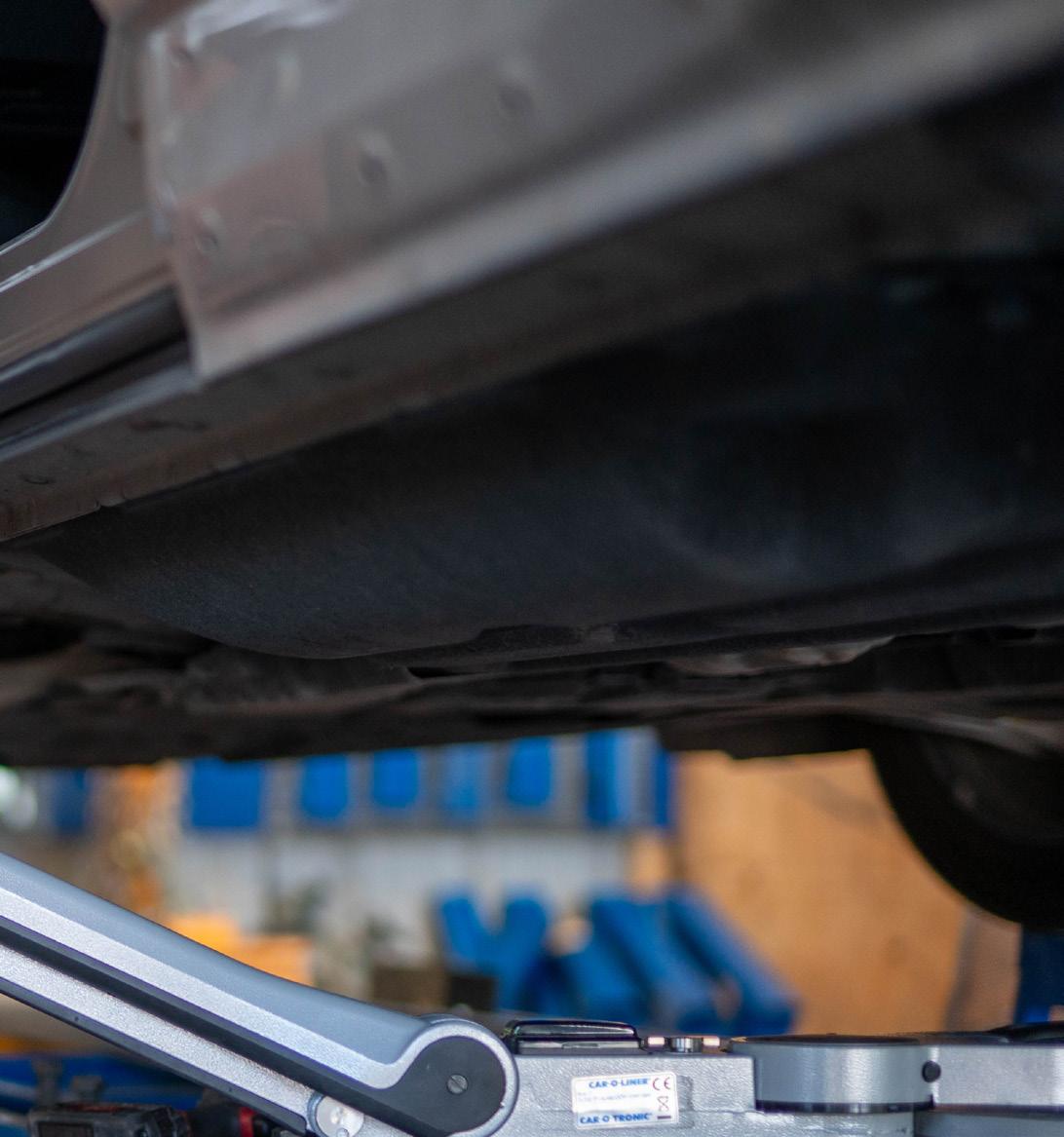
Giving them a boost Many technicians are self-motivated, and tying training to their ability to progress further in their careers can give them a boost.
our employees are getting what they need from the trainings.”
In an effort to keep their staff more engaged, Tedder says she has an open-door policy with all her team members. They can ask her questions about the training offered and provide feedback on what’s working and what they wish would be a little different.
Whether someone prefers to learn behind a computer or by going to an in-person class in another state, she says CollisionRight tries to be as accommodating as possible.
“I have no problem getting in my car and driving to your shop and helping you do whatever you need to do,” Tedder says. “The relationship I have with our managers and employees allows me to let them know

that I’m here for them. However I can make this better for them, if it’s in my power to make it happen, I’ll make it happen.”
Ibarra says a culture of engagement with training and getting employees on board starts with you. When he first took over as owner of Leading Edge, he said he had a difficult time getting techs to take more than the bare minimum for training.
“One of my mentors always talked about non-negotiables. What are your non-negotiables?” Ibarra says. “I turned training into one of my non-negotiables.”
In addition to giving each employee an hour a week to do training, he put his shop’s mission statement on a banner and hung it up in the back of the shop. He held a meeting under that banner and connected the importance of always getting better to that mission statement. And the only way his team gets better, he says, is through training.
“I’m not going to be pulling teeth,” Ibarra says. “This is something that is just required. It has to happen.”
To help incentivize participation, Ibarra says he and his office manager would provide an occasional reward – such as a $25 gift card or something else small – to people who didn’t have to be reminded to do their training. From there, he says, word spreads pretty quickly, and soon more and more of his techs began to do the training.
Though the extra incentive helped, Ibarra says the most powerful thing he did to help lead that shift was to keep connecting the training back to their mission statement and remind his technicians about how their engagement will be a benefit to them over the course of their career.
“It’s a constant conversation,” Ibarra says. “Knowledge is power, and nobody can take that away from them. Whatever happens in their career, whether it’s with my shop or if they move somewhere else, this is only going to help them succeed.”
Ibarra says a lot of his employees, like a lot of people in the industry, take an immense amount of pride in their work and are generally self-motivated. By tying education and training to that pride, you can show a tangible connection between training and future opportunity.
That, he says, is when you know you have a culture of continuous education.
“I tell my team, whenever you’re wearing a Leading Edge shirt, it’s not just a uniform. It’s something we stand for,” Ibarra says. “If you don’t have pride in what you do, then what are you standing for?”
Results-driven Tedder says each CollisionRight shop (bottom) needs to be at I-CAR Gold recognition in six months, a standard that helps put an emphasis on training.
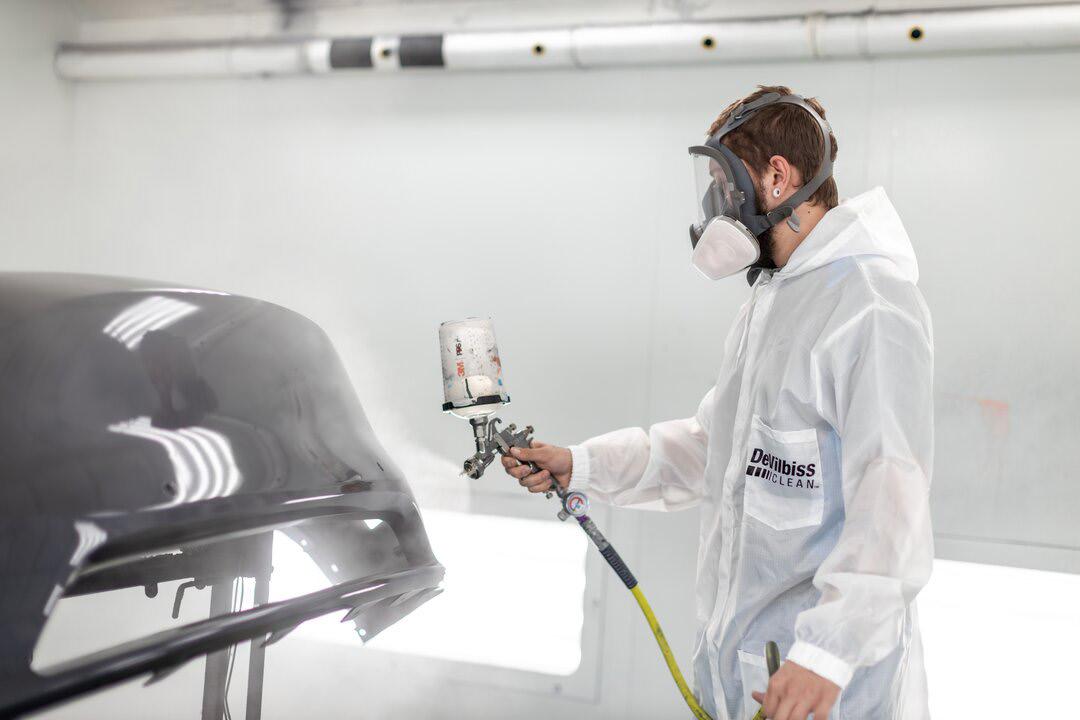

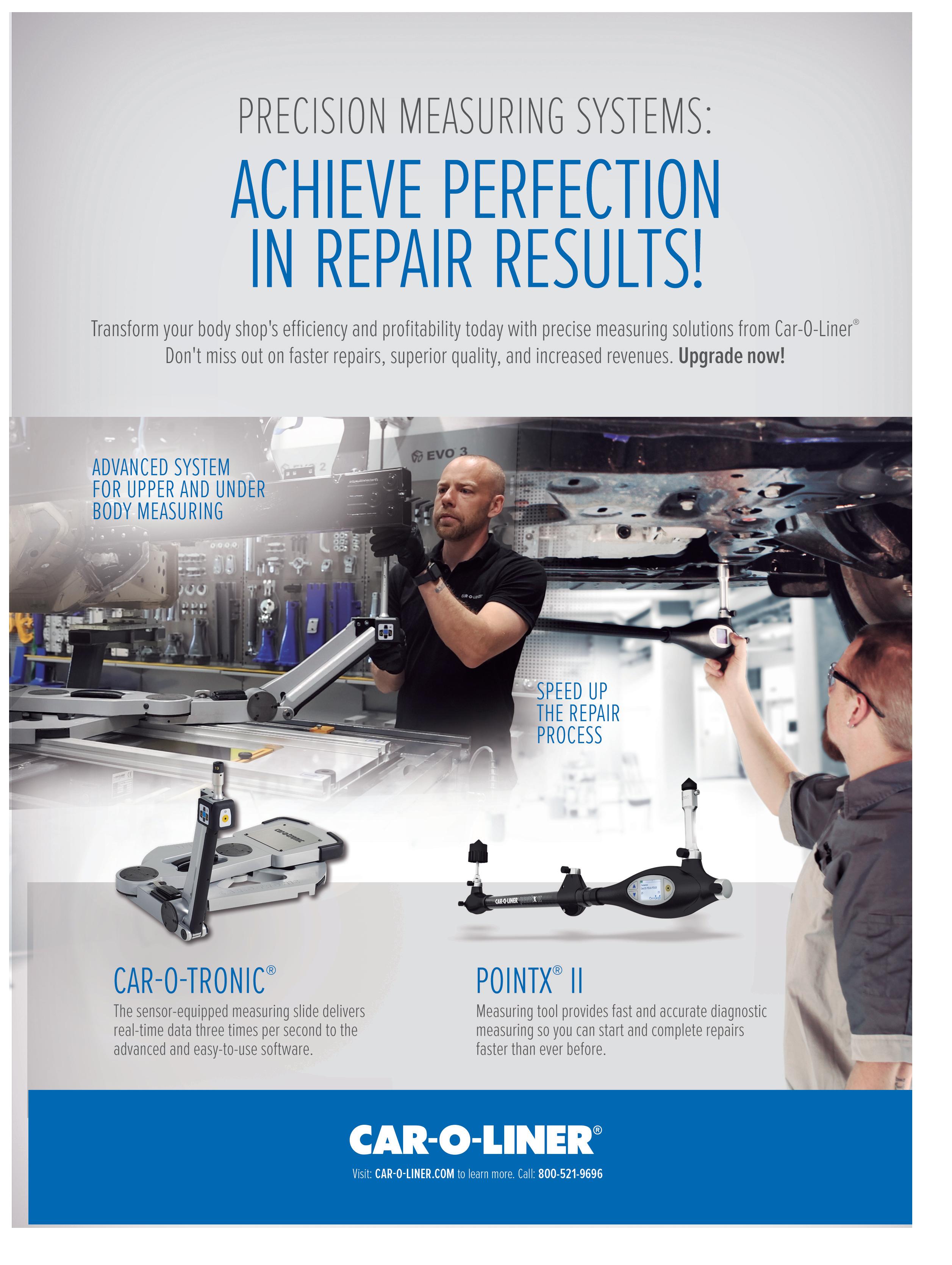
STRATEGIES & INSPIRATION FOR MSO SUCCESS
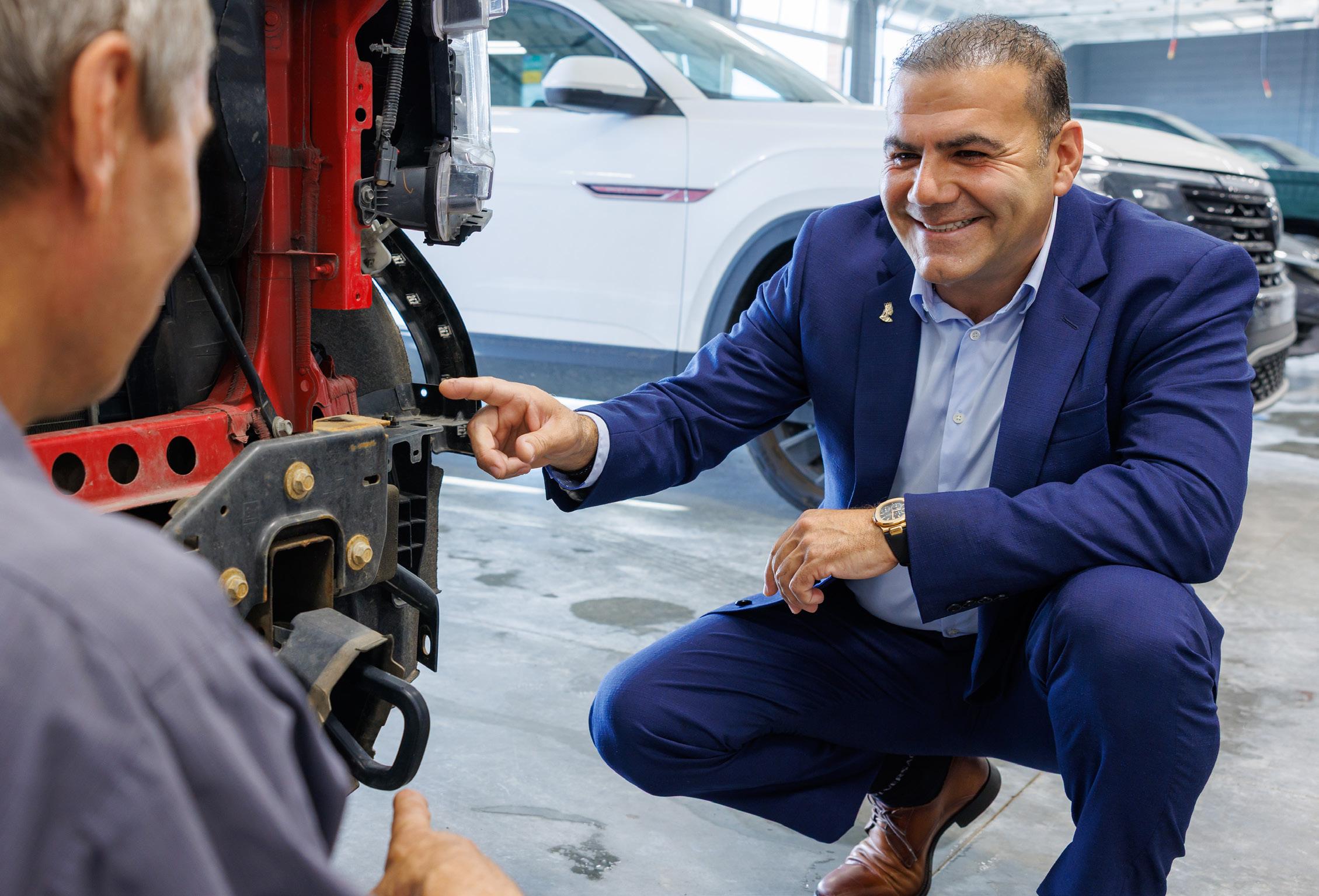
Armenian American Tigran “Ty” Safaryan put in the work—and it’s certainly paying off.
By LINDSEY GAINER | Photography B y NICK HEMPHILL
That’s the single best piece of advice Tigran “Ty” Safaryan, owner of Fine Line Auto Body in Columbus, Ohio, has received in his life, he says — and he’s living proof that it’s true.
After moving to America from Armenia in 1994 at just 19 years old — and with little more than a love for cars and a dream of owning his own repair shop — his operation is now the largest family-owned and operated collision MSO in Columbus, Ohio, in addition to owning numerous other partner businesses.
Safaryan says that when he first moved to the U.S., the language barrier was by far the biggest challenge he faced. Coming from a family with an auto body repair business in Armenia, he had a solid foundation of auto repair skills — but his English wasn’t strong at first. He didn’t let that slow him down.
“I always wanted to be in the business, just like my family. I’m a car guy,” he says.
And so, Safaryan got to work…teaching himself English, attending college, and working for free at a local shop to build on his existing knowledge.
“Adjusting to a new country, new systems, and a different way of doing business — all while learning a new language — pushed me to grow quickly both personally and professionally,” he reminisced.
Within just two years of coming to the United States, in 1996 Safaryan opened the first of what would grow to become a network of 12 Fine Line Auto Body shops across Columbus.
“In the beginning, Ty was truly a oneman show,” says Fine Line’s Regional Office Manager Vanessa Flannery. “He did it all: answering phones, paying the bills, writing estimates and supplements, performing body work, and even painting vehicles himself. Every aspect of the business ran through Ty’s
hands, laying the foundation for what Fine Line is today.”
By 1998, Safaryan had outgrown the original two-bay garage and opened his second location, the company’s West Broad Street shop. And expansion just continued to snowball from there.
“Growing to multiple locations was always part of the vision,” added Flannery. “That goal fueled every decision, with each new shop bringing them closer to building a recognizable, trusted name across the region.”
Now operating 11 shops — with the 12th in the works — Safaryan is well and truly on his way to building an empire.
When asked how many more shops he’d like to open in the future, his answer came quickly.
“As many as I can — the sky is the limit! The next ten years will be full of surprises.” After all, he says, Columbus is a large city, and he wants to capture as much of the market as possible.
Safaryan’s ability to expand the way he has certainly reflects the trust customers
place in Fine Line for reliable collision repair, adds Flannery.
“Through all of Fine Line’s growth, Ty has remained true to his original values: hard work, treating people well, and always striving for the highest quality.”
Every new Fine Line shop is built to emulate the others that have come before it — there’s a “look” to all the shops, says Safaryan, so customers immediately recognize them.
In addition to large overhead doors in front, each shop is exceptionally clean — from the perfectly manicured landscapes outside down to the offices and shop floors within. And there’s an “open” feel to them, he adds.
Safaryan also prefers to build his shops from the ground up to ensure consistency — something he’s done with the last eight of his eleven locations. The first three were brownfields; none were acquisitions. He’s now undertaken so many greenfield projects, he says, that he has the permitting and build
Coworkers, Not Employees
Fine Line currently has just over 100 employees across all locations, but Safaryan prefers “coworkers,” he says, and he makes every effort to treat them like family.
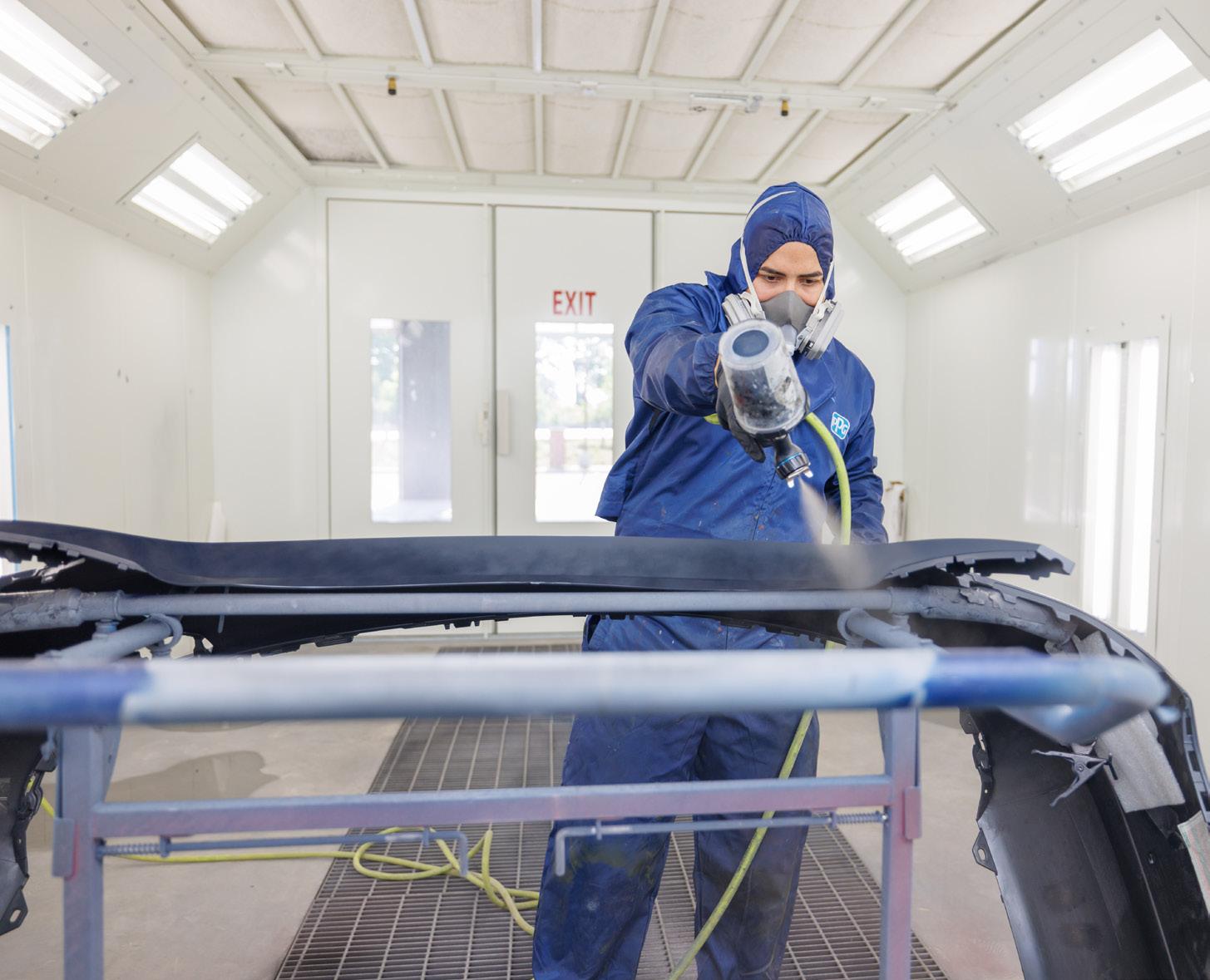
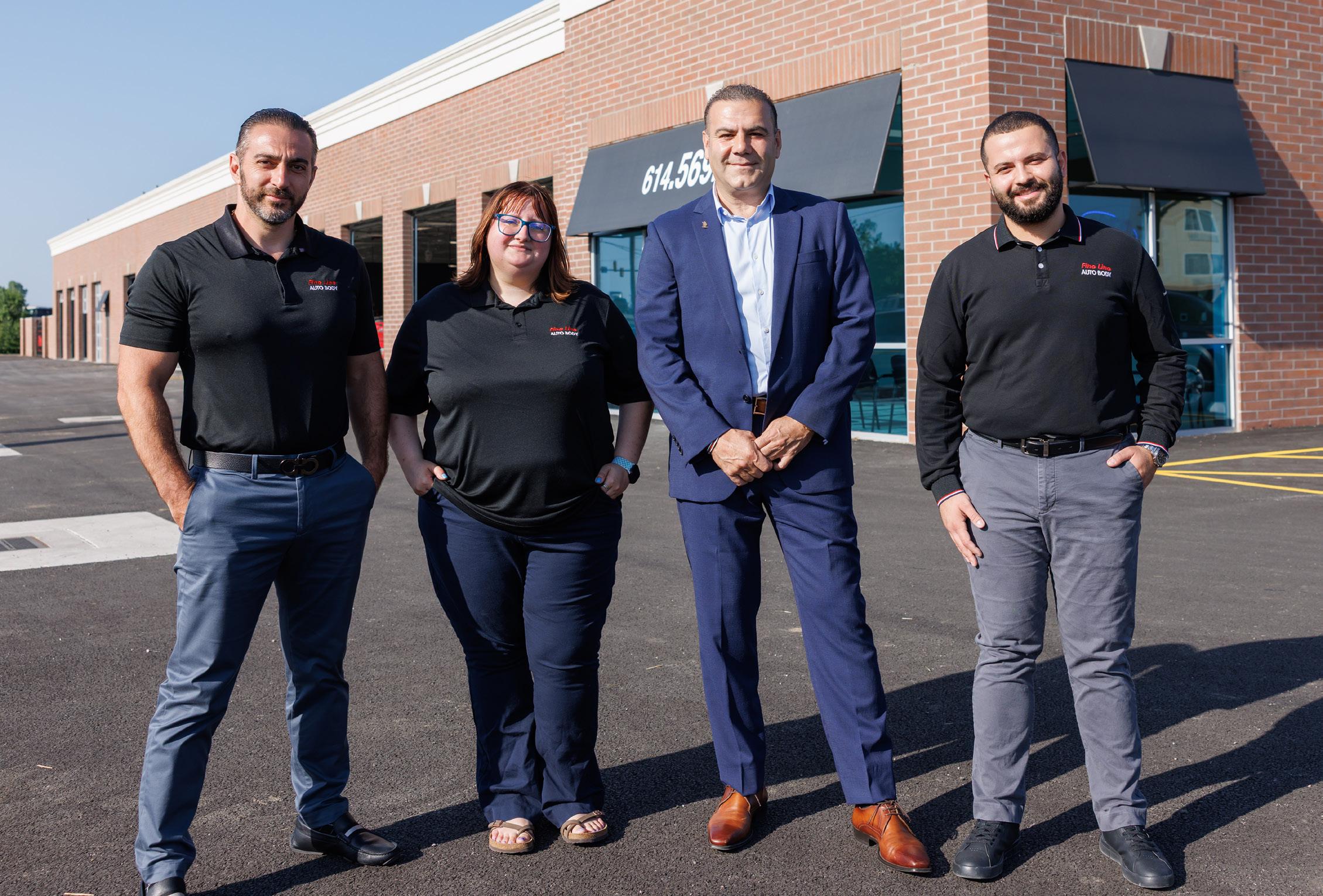
time down to a science — it takes him about six months to get the proper permits, and between 8–12 months to complete construction.
The shops have also continually grown in size to accommodate the thriving business. While many of the shops average around 10,000 sq. ft., the newest location in Hilliard boasts around 12,000 sq. ft. and 17 overhead doors, with a capacity for 45 cars inside.
To ensure that every location operates smoothly and mirrors the others’ operations, Safaryan employs two regional shop managers who visit all the shops almost every day. There’s also an office manager at each location, with Flannery overseeing the entire network of offices. Weekly managerial meetings and daily staff meetings keep everyone on the same page, too.
Fine Line currently has just over 100 employees across all locations, but that’s not the term Safaryan prefers to use when referring to
them — they’re his coworkers, he says, and he makes every effort to treat every single one of them like family.
“I spend more time with them than many of my own family members, so I mean it when I say they really are like another family to me,” he emphasized.
Flannery, who’s worked for Safaryan for eight years, is quick to agree.
“He creates a close-knit, supportive environment that really reflects his core values.”
There’s also plenty of opportunity to grow with the business — it’s what Flannery appreciates most about her employer, she says. She started in one of the local offices and worked her way up to regional manager.
“They value my input and allow me to contribute ideas that we use in our day-today operations,” she adds, something else she and her fellow coworkers love about working for Safaryan.
Not surprisingly, given the way he runs his businesses, Safaryan is also a very charitable person, supporting the
Every new Fine Line shop is built to emulate the others that have come before it to ensure consistency and increase customer recognition.
community through his church, helping families both in the U.S. and Armenia, and actively taking part in charity work that “brings people together.”
Fine Line has made it a goal to acquire most major manufacturer certifications over the years, to offer customers the highest quality repairs possible. Safaryan likens it to seeing the right medical specialist for a health concern, knowing that practitioner is the expert in their field.
“You wouldn’t go to a dentist and ask them about your heart, right?” he mused. “It’s the same with certifications. We want customers

to know we’re specifically equipped with the knowledge and tooling to handle their particular vehicle.”
The shops’ first efforts towards certification began around 12 years ago, added Flannery, when advanced technology started becoming standard in vehicles.
“We realized we needed to meet strict manufacturer requirements to deliver the highest quality repairs. At the time, we already held our long-standing I-CAR recognition but quickly discovered there was much more involved. Our first OEM certification was secured in 2014, and since then, we’ve added most major manufacturers. The motivation has always been to ensure top-tier work for our customers, and we’ve definitely seen a return on that investment. We’re always open to adding more and plan to complete the full lineup in the coming years.”
In addition to high-quality repairs, what is it, in Safaryan’s estimation, that keeps customers continually coming back to Fine Line over competitors?
“The personality of our employees. Our positive energy. And our excellent customer service,” he says.
That’s certainly backed up by the nearly 6,000 (yes, you read that right!) mainly five-star Google reviews that the shops have amassed between them, where people repeatedly tout their excellent experiences and the impressive quality of work the shops put out. Their reputation is certainly something Safaryan and all his employees are incredibly proud of, as they should be. Coupled with their longstanding presence in the community, they’ve become a household name all over the region.
“We ask customers how they hear about us,” says Safaryan, “and many indicate they’ve just always known, the same way you know there’s a McDonald’s nearby.”
On top of Safaryan’s successful collision repair businesses, he also owns numerous partner businesses that allow him to
provide comprehensive service to his customers. From towing and rental cars to glass repair, dealerships, and an insurance company, his network is continually growing.
His portfolio of businesses includes Twins Buick GMC Discount Auto Glass, Solid Insurance, Bobb Automotive, Speedy Car Rental, Liberty Towing, and Gray Gables Realty The glass company, in particular, has really taken off, with 14 installers doing work across Columbus, including for many of the dealerships in the city. Safaryan estimates around 80% of the local franchise dealerships use their services, and they’re likely the second largest installer in the city.
“All the businesses benefit from each other,” he says, and allow him to provide customers with an experience uniquely tailored to meet their needs.
It’s a culmination of decades of hard work, and Safaryan’s success is truly proof that hard work does indeed pay off.
“Stay committed, put in the effort, and the results will follow,” he says.
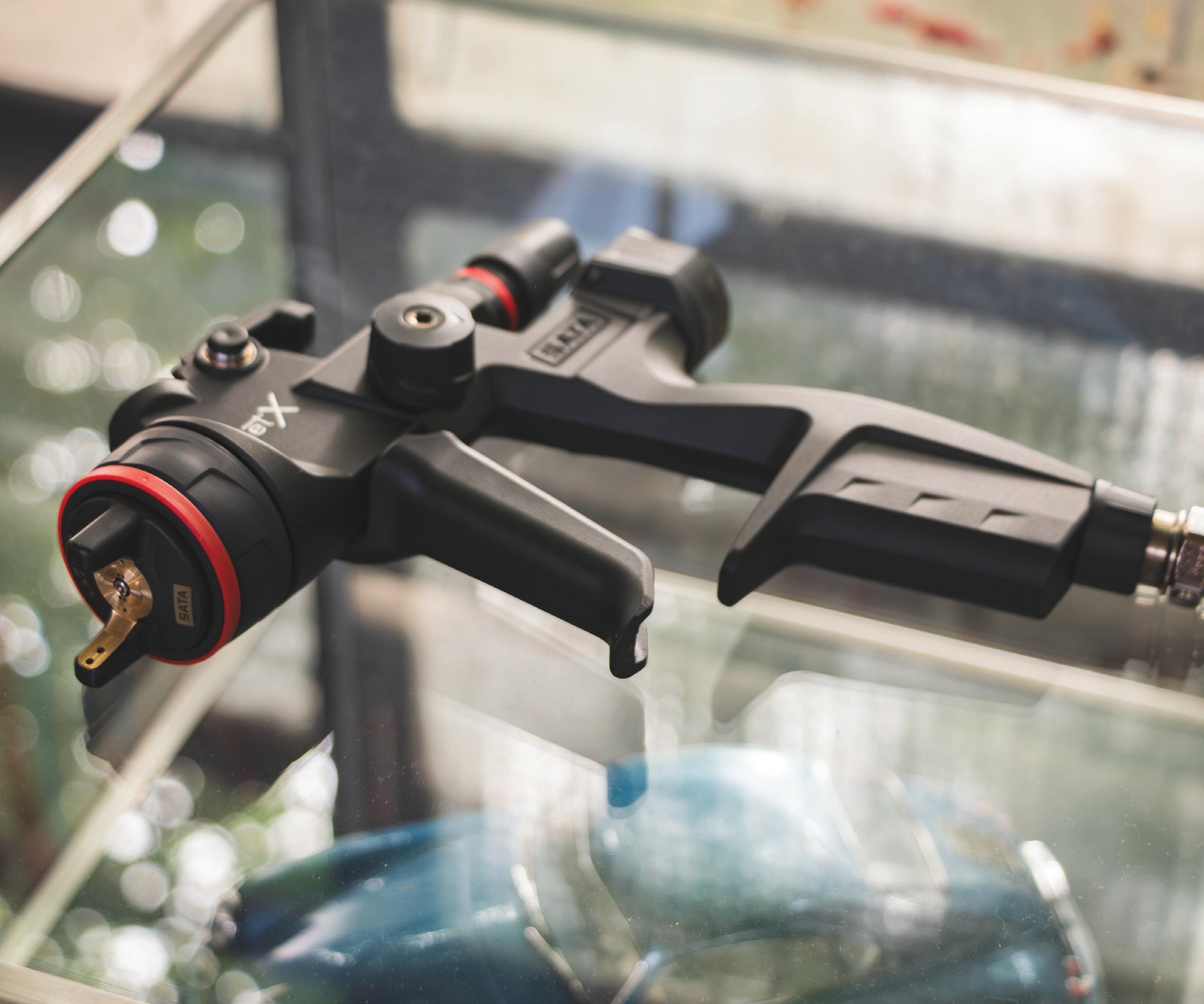
The most digital SATA of all time
It comes with a completely new nozzle concept.
Features a basic or digital options with an unprecedented range of functions.
jet X BASIC - analogue version
jet X DIGITAL ready - optimally prepared for digitization
jet X DIGITAL - with adam X's various digital functions
jet X DIGITAL pro - with adam X pro's full range of digital functions
Packed with features that make the difference.
We did this for one reason alone: to make it easier for you to be better.

www.sata.com/jetx



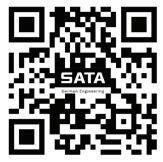
www.satausa.com
Repairers are the repair experts and should stand up to unfair or unreasonable pricing demands.
By DARRELL AMBERSON
IT WAS NEARLY A YEAR AGO that GEICO announced an agreement with Repairify — specifically their brand asTech — that included standardized pricing, particularly for their direct repair program (DRP) shops. It was stated at the time that the plan was to “reduce friction.” Later, State Farm rolled out a new agreement with Opus for their Select Service DRP shops. It’s been getting a lot of attention in recent months. This arrangement also has pricing terms. I have been told that there are other insurers forming relationships and pricing structures who are waiting to see what happens with the GEICO and State Farm programs before rolling theirs out.
Based on what I see in shops, read in the trade press, and hear at industry conferences, there appears to be less clarity, and there is certainly more friction than before.
Let’s look at a few aspects of the State Farm agreement. A statement from their Select Service Program Administration says, “State Farm will require the use of ADAS MAP, an ADAS calibration software system for vehicles requiring calibration. The Opus IVS software scrubs estimates and/or repair orders and identifies VIN-specific ADAS systems, necessary calibrations and provides OE repair procedures.”
(Do you remember when State Farm respected the ability of shops to make their own choices, often called “open platform”, on things such as estimating systems, parts procurement systems, and CSI vendors? How times have changed!) This statement in State Farm’s document is misleading, as the system will identify most of those items, perhaps even almost all. But by the admission of this vendor — as well as oth-
er vendors with a similar product — these systems are not all-encompassing and may not provide all the information needed regarding build data, nor all the necessary required operations or repair procedures. While these systems are a great aid, one must still review the original equipment manufacturer (OEM) repair procedures to get ALL the necessary repair information. Interestingly, to reinforce my points and to illustrate the conflicting information, the Opus MAP Agreement Portal states, “….it is possible that the Software may not always have full coverage for a vehicle, and it is possible for errors in results. You further acknowledge and agree that you shall be fully liable for any and all decisions and actions you make as a result of using the Software and Support Services under this Agreement, and that any results from using the Software should be checked against the OEM factory information if such results are used to determine the functionality of safety equipment on a motor vehicle.”
The State Farm statement also says, “……. the amount billed for calibrations should not exceed the price State Farm would have paid per the part code table. State Farm has also identified local mobile/car side providers that work in the area on the Opus landing page.”
One could question why a mobile ADAS business should be associated with the pricing standard. Their cost of operation is obviously lower than that of a calibration center. And the calibration center would more likely be in compliance with OEM repair procedures regarding necessary floor levels and controlled lighting without interference. While checking, I found a few local vendors on the Opus page. I suspect it varies in different markets. At least one of the vendors listed is part of a large collision consolidator with
close DRP ties to State Farm. One of the others is part of a glass business. Whatever each represents, this arrangement is rife with concerns over a lack of credibility and conflicts of interest. Many collision repairers would be reluctant to deal with an ADAS company that is part of a competing business. Our local State Farm people are indicating that all shops have to comply with their pricing model because this handful of shops agreed to. I’ve read that in some markets, State Farm people have stated that this program is still a test and may change. Yet I know in at least a few markets that non-Select Service shops are not being paid any more for their ADAS operations than what is in the parts code table. Still, there are reports of pricing flexibility in some markets. And in at least one market, State Farm is refusing to cover the costs of transporting vehicles to calibration centers because their statement implies the viability of mobile calibrations. Of course, those don’t require transporting vehicles. And again, based on OEM repair procedures, we know many mobile calibrations are not proper and potentially cause erratic/unsafe function . Supposedly, there is at least one mobile vendor in my local area with a calibration center who will transport vehicles without charge. We haven’t seen evidence of that yet. And again, because a small number of vendors elect to do something to appease an insurer, that shouldn’t necessarily become the standard among many vendors or repairers.
When we talk about OEM repair procedures, we also should bring up other OEM statements. These could include job aids, technical service bulletins, and position statements. There have been some insurers who publicly
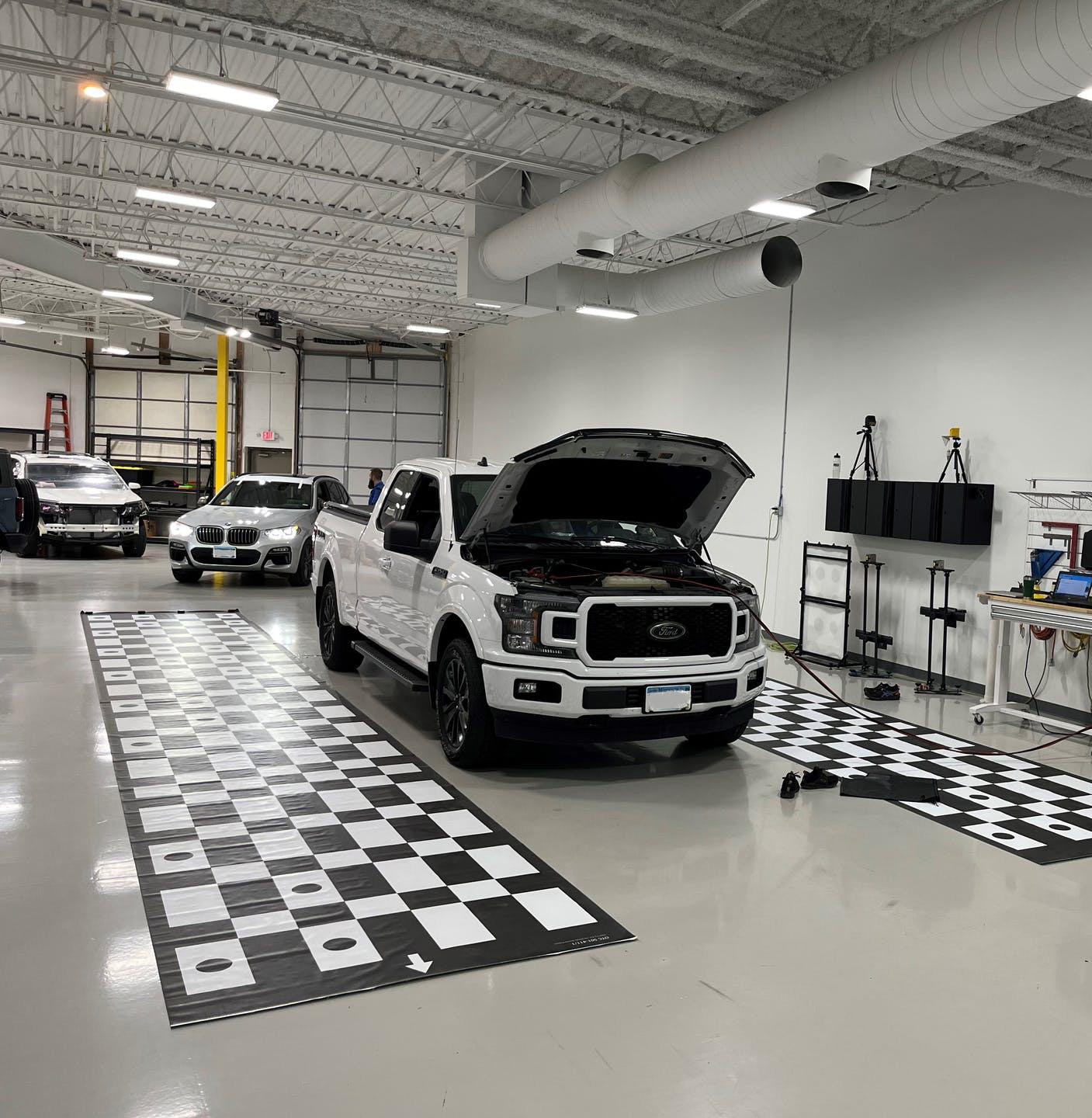
acknowledge the importance of repair procedures but cast doubt on these other statements. Some say they should only be taken on a case-by-case basis, or subject to interpretation or discussion. Do they think only the competent OEM people write the repair procedures and incompetent ones write the others? The truth is that they come from the same manufacturer’s staff who have respon-
sibilities to their company and to the public with whom they share this information. And many of these statements, aids, etc., are of immense value to provide clarity on how ADAS work should be performed. It is up to us as repairers to find OEM repair information and use it. Remember, there is only one repair standard; it is the standard set by the manufacturer. I-CAR, which provides great training
and direction, has acknowledged from their beginning that the OEM procedures (information) are THE standard.
These pricing matrices are an issue unto themselves. There is a lot of discussion about some being formed that have different tiers for different operations for different brands. I understand the concerns of insurers that some shops have
abused the ADAS situation by charging exorbitant fees. But that shouldn’t mean that the majority of shops have to accept pricing on the lower end of the range. As an industry and as individual businesses, we need to establish fair pricing that accommodates a reasonable profit in a wellrun business. And in the ADAS business, we should not use the typical old philosophy that all education and equipment and site expense is simply a business expense, and that we only charge for labor based on the time spent by a tech. A calibration center has huge equipment purchases with expensive and time-consuming updates. Much of our equipment quickly becomes outdated. And our training costs are huge and increasing with changing technologies. Simplistic pricing models are preferable to minimize friction.
The GEICO arrangement shares some of these aspects causing friction and lack of clarity, particularly regarding the pricing model, questions on tooling (such as aftermarket versus OEM scan tools), approved services vendors, procedures, and liability.
Over the years, especially when there is a significant change in the collision repair industry, there have been many cases where a vendor elects to form a relationship with an insurer in an effort to gain market share. Usually, these relationships rely on the vendor offering lower cost solutions. Unfortunately, sometimes the cost reduction comes from cutting corners by deviating from OEM repair procedures. Often the end result is that competing vendors cut their pricing to protect their market share. At the end of the exercise, there isn’t necessarily a big shift in market share and instead all the vendors end up doing about the same thing as before except that all are performing the work for less, often the standards are “watered down” (compromised), and the insurers laugh all the way to the bank. And the consumer is at risk of receiving poorer quality with a chance of compromised safety.
The blurred line between recommendation and requirement
I reached out to Revv, a software company that provides ADAS repair information similar to some of the other providers. But Revv has not elected to partner with an insurer as some of the others have.
“The only consistent requirement we’ve seen within certain DRP programs is alignment with established calibration pricing guidelines,” explains Joel Adcock, director of partnerships at Revv.
This distinction matters significantly as shops nationwide report pressure to:
• Adopt specific third-party ADAS identification platforms
• Utilize designated calibration providers from restricted lists
• Compromise on OEM procedures when they exceed reimbursement thresholds
“The line between recommendation and requirement has become dangerously blurred,” Adcock notes. “We’ve heard firsthand from our customers and the ADAS community the confusion and anxiety shops are experiencing, potentially compromising the repair integrity shops work hard to maintain.”
As a comprehensive, tool-agnostic ADAS solution, Revv delivers OEM documentation, audit-ready invoicing, and compliance support in a single platform. Revv is encouraging shops to ask a different kind of question:
Are we following procedures because we must? Or is it because we’ve been led to believe we have no other option?
For repair facilities navigating these waters, Revv recommends:
• Requesting written documentation of any purported requirements
• Consulting directly with insurer representatives about actual network obligations
• Maintaining records of OEM-compliant procedures regardless of reimbursement challenges
“We stand with repairers who want to do the right thing,” Adcock adds. “And sometimes, the first step to doing the right thing is simply asking: What’s really required here?”
Obviously, our industry is in a state of uncertainty on this topic, and in many ways, these insurer programs are adding to the lack of clarity as well as causing increased friction. That’s despite the claims of some of those behind these insurer/software relationships that part of their goal is to drive more acceptance of performing ADAS work. I don’t doubt that there may be some noble intent. But whenever collision businesses have specific repair vendors and pricing structures forced upon them, especially with structures that seem to favor insurers financially and alienate some vendors, there is cause for concern and apprehension. As Joel Adcock said, I believe we as repairers should focus on doing the right thing. We are the repair experts. We should continue to educate ourselves and rely on facts for our repair decisions and pricing negotiations. We should repair vehicles properly, based on OEM repair information, proper tooling, and price our work accordingly, standing up against any unfair or unreasonable pricing demands. Our industry is typically slow to adjust to new technologies and pricing structures. We as repairers need to make sure that our voices are heard and that we have our appropriate influence within our industry.
was president of operations for LaMettry’s Collision, a 10-location multi-shop operator in the Minneapolis area purchased by Quality Collision Group in November 2024.
ARCHIVE: fenderbender.com/Amberson
EMAIL: d.amberson@frontier.com
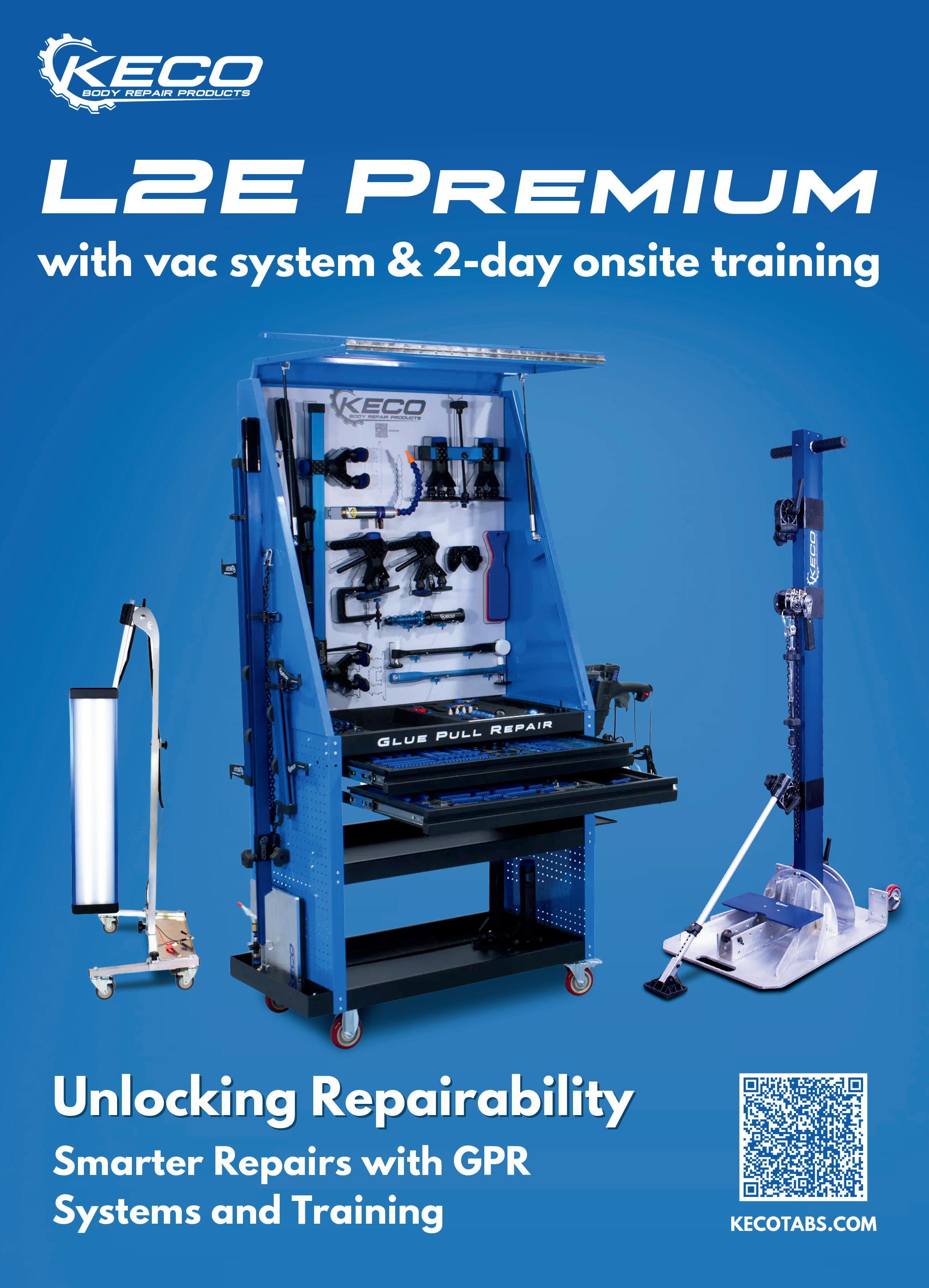
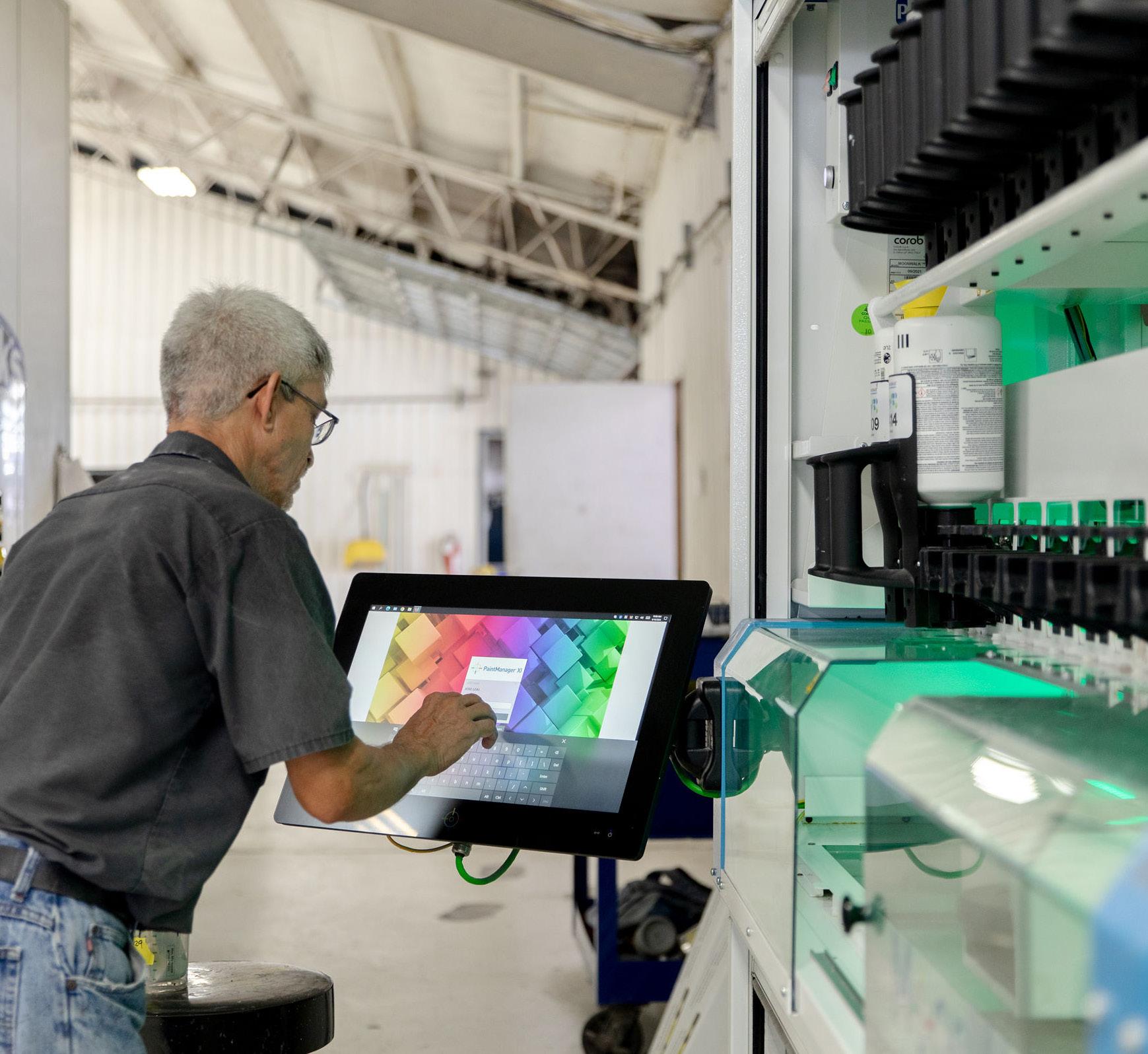
Together, Paint and Material and Sublet make up as much as 19% of sales. Here are process areas of improvement on which to concentrate.
By STEVE TRAPP
HAVING RUN HUNDREDS of performance groups over the past 40 years, I was challenged by FenderBender to recap the key learnings on the main topics the groups discuss. This is the third part of the series.
This article will share processes implemented by the performance group members who achieve the highest paint and material gross profit percentage. Paint and Material represents anywhere from 7.8-9.8% of various shops’ sales mix, and depending upon their circumstances, shops can expect to earn between 20 and 70% gross profit. As most of you know, it’s either a sales issue, cost issue or both. Let’s explore the processes which optimize performance
As Paint and Material reimbursement is largely tied to the Paint Labor sales, we find that the industry’s inexperienced estimators rely too much on merely selecting the exterior painted parts and not looking deeper. Missed labor time on weld burn panels, second or third , color tinting, and masking time often is vastly underestimated. The most profitable repairers, estimators, and repair planners are constantly reviewing the updates to the database procedure pages, attending estimating courses, and calibrating against one another to ensure times are optimized.
Additional materials beyond paint labor hours are often driven by getting paid to cover the car, for hazardous waste removal and extra materials needed. Many paint companies will warn the estimators if the LIST cost (never mark up beyond that) of the products mixed have exceeded the estimated allowance to trigger the estimator to review their assessment of paint times to see if additional panels or processes were required (again photos of vehicle in prep really help in justifying.)
This is an age-old category that has recently been enhanced with tools such as 3M Repair Stack, which tracks the body materials (seam sealers, caulk, etc.) as “kits” which have been measured out with the 3M rope to justify the amount estimated. Any additional paint and material reimbursement
here will help offset the obvious costs for these products consumed.
Much like we reviewed last month with parts, selection of the paint and non-paint supplier should be a balance between achieving a fair discount and the aftersale service and support that distributor/ paint supplier can provide. The target is to get your paint cost as close to 3-4% as you can and then hold your non-paint cost to 1.2-1.5% so your overall cost is 4.2 to 5.5. With 8-10% sales, you should hit a pretty solid paint and material gross profit %. Before we get too deeply into analyzing costs, let’s ensure we have purified or accurate cost data.
Coding: Be sure your paint distributor creates five or more accounts to enable allocating the costs to the appropriate department.
1. Paint or Liquid Costs
2. Non-paint or Allied Costs
3. Aftermarket Parts (if you code seam sealers and caulks as aftermarket parts)
4. Shop Supplies and
5. Small Tools and more as needed.
Verify invoices periodically to ensure the appropriate costs/expenses are applied to each category.
Inventory: Instead of counting ending inventory at the end of each month, most repairers ask that the suppliers use their historical consumption report to generate a minimum inventory level. Heavy-use toners on the mix machine should be noted with a green dot on the mix machine, medium yellow dot and red for limited-use toners. You can then visually look at the mix machine to see if there is any over/ understocking. For the non-paint items, the best practice is for them to restock the shelves back to the minimum at the end of the month so that what has been purchased is VERY close to what was consumed. The goal is to have enough inventory to never
run out, but not too much (more than two to three weeks of stock).
You should NEVER use the WIP paint and material cost, as the management system makes up an assumed cost the moment the R.O. is created. Using this will lead to nothing but inaccuracies and frustration.
Total Effective Discount (TED): A final thing to consider when evaluating your paint and material costs is to consider how your paint deal is structured. If 100% of the discount offered is shown on the invoice, this is not a concern. Most distributors and repairers prefer to have 20-35% discount shown on the invoice, then provide a monthly (preferred for cash flow) or quarterly rebate. If the distributor or supplier provided a pre-bate or investment up front, that needs to be converted to a discount and applied. How to calculate TED: Invoice discount (25%) + Monthly Rebate (10%) + Pre-bate Amortized Monthly for term ($100K/%1M Purchase obligation = 10%) = 45% Total Effective Discount. Finally, if your income statement under P and M costs shows only the invoice discount of 25%, you need to take an additional 20% off and then analyze your paint & material GP%. Often, the additional 20% is reflected as an income in the non-operating expense category. Before digging deeply in the shop paint and material handling processes, you should purify the data and then review the remaining costs.
Overmix: The bulk of the paint-related waste can be found in this category. It is visually obvious because of excess paint left in the gun cup liner after the liquid coatings are applied. To minimize the overmix, encourage your painters to agree to a gradient per paint hour which closely yields a mix quantity to allow the vehicle to be fully painted.
Primer: If you keep small damage small and do a great job refining dents before applying filler and use a 3” DA when you can, you can reduce primer use to .81
ounces per hour or even less with a UV primer which has NO waste, as it is not activated like traditional 2K primer and thus has no potlife.
Base: The base is the costliest coating to mix. When mixing base, the top performers try to limit mixing more than 2.0 ounces for waterborne paint or 2.4 ounces per hour for solvent-based paints. Base is generally applied with a 70% overlap, and if the system is wet-on-wet, it can be covered in 1.5 - 2 coats. If you see overmix on the paint bench, weigh the waste and multiply the ounces by the per ounce cost and explain to them that this is $60 worth of paint in this cup.
Clear: Clear is the final coating and must generally be applied to the entire painted panel. Clear often can be applied in 1.5 to 2.0 coats. So, mixing 1.8 ounces of this solvent-based product should be enough. Never plan on adding an additional coat “in case” you need to buff, instead eliminate buffing’s root cause and prevent the waste. Overall liquid per panel should be limited to 4.6 to 5.5 total ounces (all the above added together) mixed per paint hour.
Overapplication – Air Pressure / Number of Coats: A common correction for the painters who started to paint with waterborne paint was to raise the air pressure up to as high as 28 psi at the tip. Over the years the paint companies have worked to reduce that need and now have suggested 22-22 psi and their scale formulas and spray out cards are being updated to reflect that method. For every 1 psi you can reduce pressure, you will consume 6% less paint –as it doesn’t get lost in the air.
Color/Texture Match : Another error is to not invest enough time in colormatch up front and then to need to rescuff and paint a surface or surfaces. If you must fully repaint the exterior color and clear on a vehicle, you often end up applying 5 ounces of paint up to nearly 9 total ounces, nearly 80% more than need-
ed. If you make 40%, that means you are painting that and the next two jobs for no gross profit to just break even on paint and materials.
How do we get a better color match? Use the spectrophotometer on all jobs during advanced inspections or enhanced repair planning and then render it and proof the color on the screen or perform a sprayout to verify the color. If the color needs to be tinted and you get a “hit,” then train the camera (which is tied to AI) by taking an additional set of images of the “hit on a hit,” and this will teach the paint company database and build a “special color library” in your company’s mixing databases. NEVER attempt to match the color when the vehicle is in the booth; you tie up the booth, while you rush the above process.
Technical Errors: Rework or buffing due to preppers or painters not following the paint company’s technical data sheets is certainly preventable. But you need to build a positive relationship with the paint representative or distributor technical expert and encourage the painters to listen to them intently and follow their documented and tested processes. As they wrap up a visit, ask them to ALWAYS meet with you (and the paint team) to debrief you on their findings. Review any tips they suggest and follow up on past tips to ensure they have adhered to them. Benchtop chemistry has no place in 2025, where mistakes cost expensive rework and negative NPS/CSI scores from customers.
Underuse: Frankly, the biggest waste of sandpaper is from underuse. The sanding discs still have 70-90% of life left after a small to medium repair is completed. As technicians switch from 80 to 180 to 250 to 500 grit, they often dispose of the discs. Instead, store the unused discs on the cart for later use. Look at masking procedures; with 2” tape and urethane-grade plastic sheeting, there is almost no need for
masking paper use.
A similar thing happens to seam sealers and caulks. Using 1/3 to 1/2 of a tube and not having a bin for unused bins to share with others results in waste.
A form of overeruse is found with gun cup liners. When the painter selects a much larger liner than is needed, this adds costs when a smaller liner would have worked just as well.
Waste: This loss of profits drives managers crazy. Examples might be leaving tape on the vehicle and moving it outside and it gets rained on or falls off and gets driven over. The obvious signs of waste are frustrating, but they don’t add up to as much as the wastes above.
Prior to ADAS repairs, sublet represents 2.8-6% of a shop’s sales mix, now it ranges anywhere from 5-16% depending on how the shop chooses to address ADAS and Mechanical Repairs. Historically sublet GP was 2022% and now it varies from 17-35%.
Mark-up should be 33% to make 25% on things such as glass mechanical, stripe, etc., but many repairers have accepted a 25% mark-up and therefore only make 20%. Remember, if you can source the parts for the sublet provider do that and send it with the vehicle so you can make the profit on the part and only mark-up their labor.
One profit center can really add income to offset parking lot property taxes, insurance and lot maintenance expense because 100% of storage goes to reduce expenses and help with profitability. So, since most insurers won’t pay storage until an estimate is generated, immediately upon arrival, run an AI estimate for the repair to start the clock running until they decide to pick it up.
An obvious drain on sublet margin is if you collect rental car or towing fees and cannot mark them up. If you collect for it,
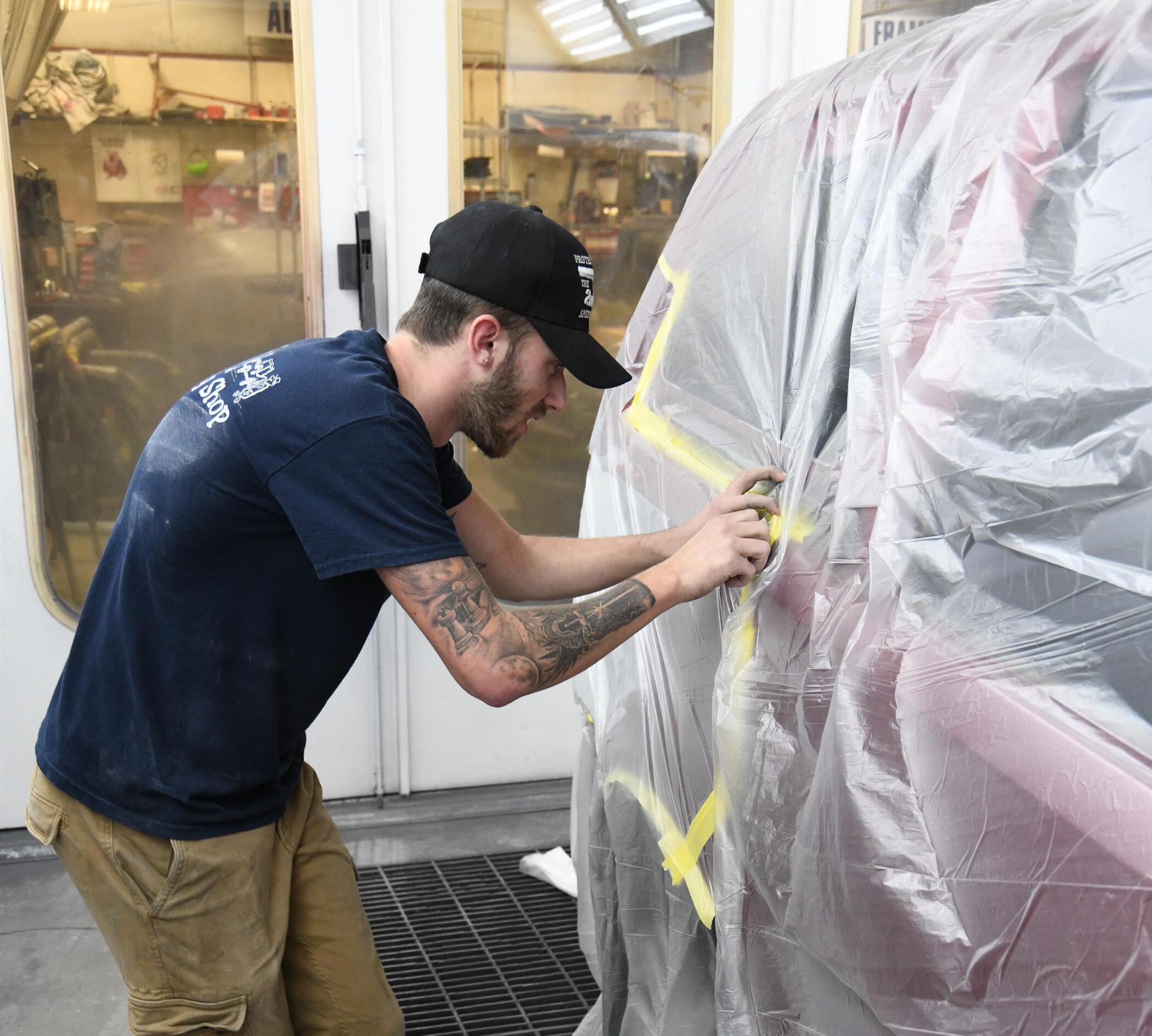
get a mark-up or otherwise let them pay them directly.
If you do all the above steps, reconciling the monthly vendor statement should be a breeze. Receiving distributor invoices should be easy if they limit costs/expenses to the categories you required, then merely ensuring the accurate discount was applied to all invoices.
All of the paint distributors want to get
paid in a timely manner, therefore be a smart operator and budget cash flow to be able to fully pay these vendors in the “X” day window they require to earn an additional percentage (often 2%) for paying promptly. This only enhances the discount and thus the final margin on the monthly profit and loss statement.
With paint and materials being nearly 10% of sales and sublet also nearing 10%, these two categories of expenses are significant potential contributors to overall shop net
profit. Paint cost control involves time invested in color matching, proper measurement, and proper application skills to apply it to avoid rework. Cost control for nonpaint is also significant as those costs can equal 30-33% of the total materials bill, so limiting waste, under use, or other controls can assure there is less waste here. Finally, when it comes to sublet, a savvy operator keeps a close eye on mark-up versus discount, getting estimates written quickly to begin collection storage, and they don’t collect money for rental or towing without making the markup.

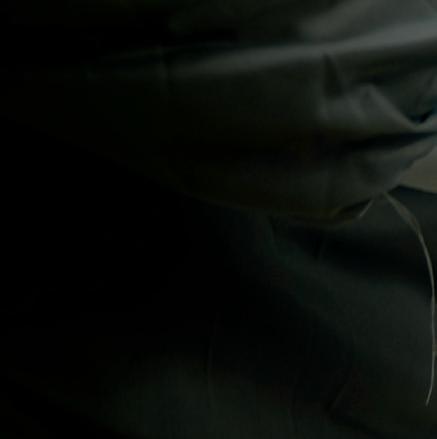
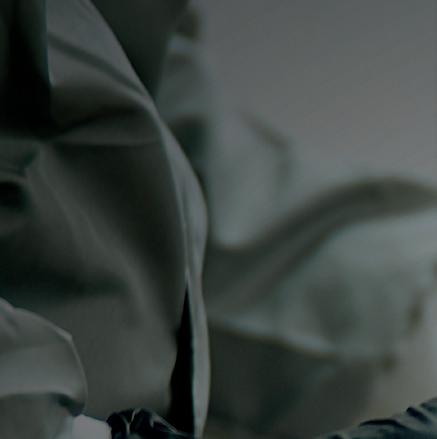
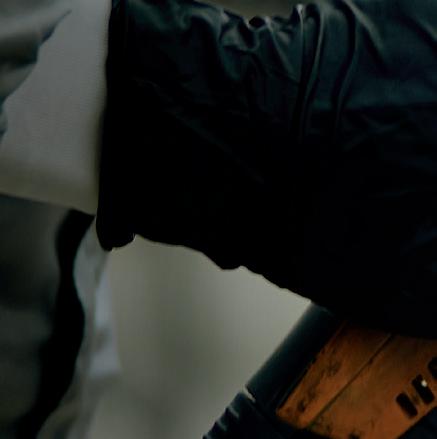
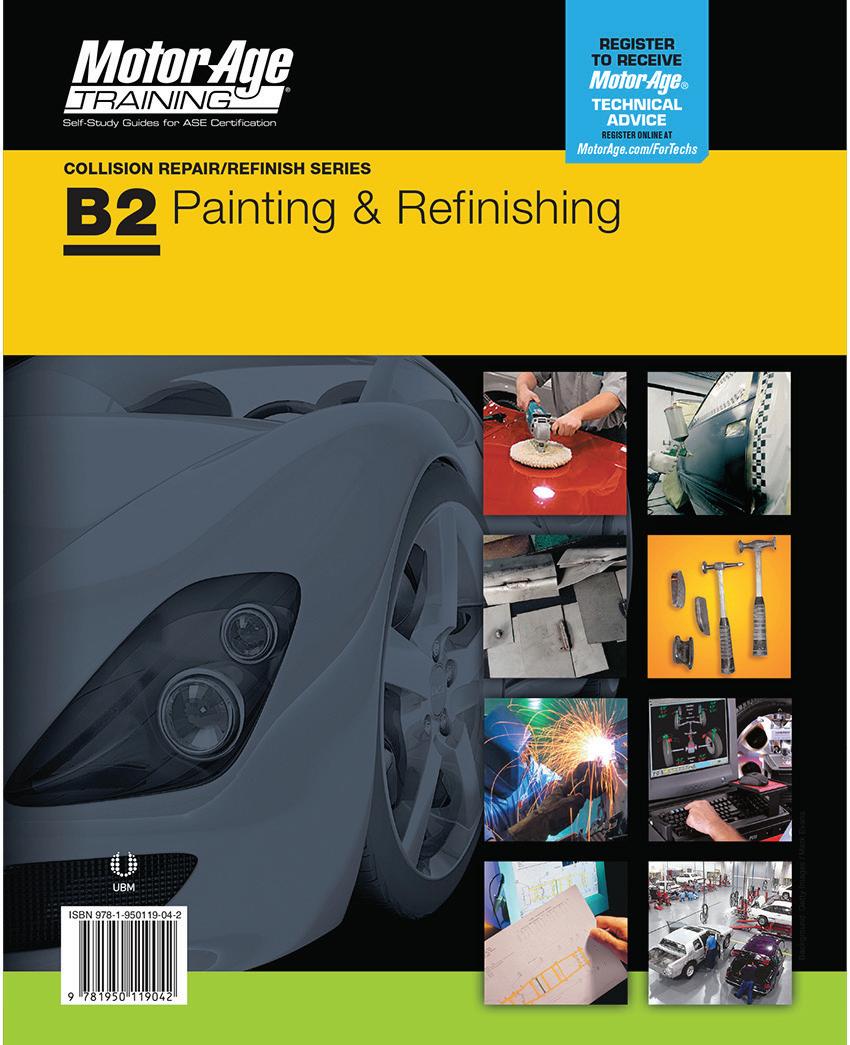

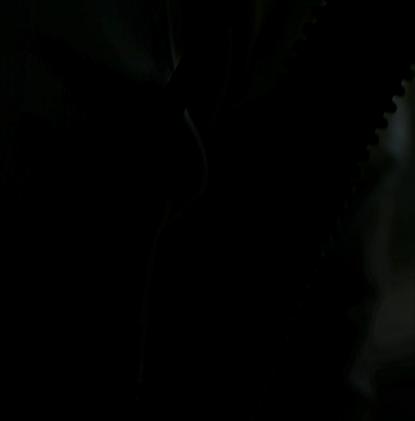
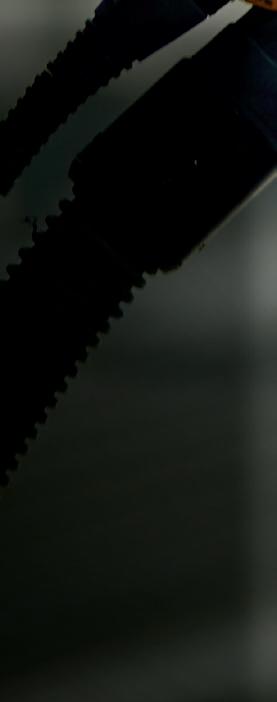




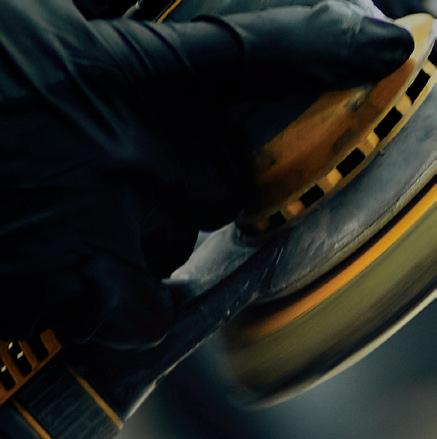

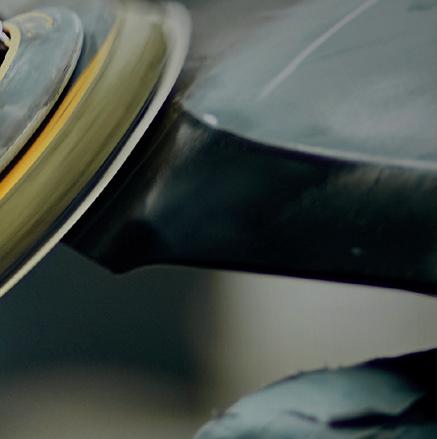
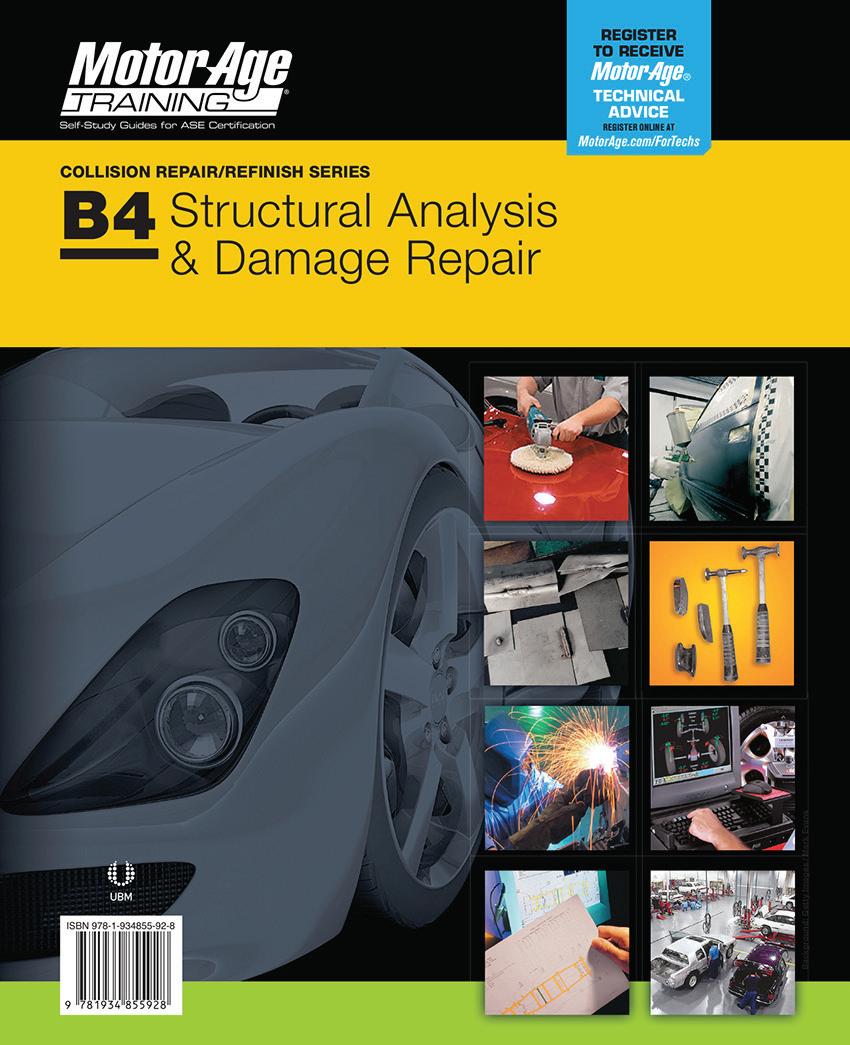






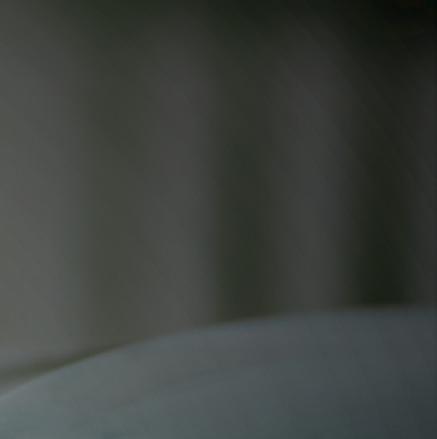
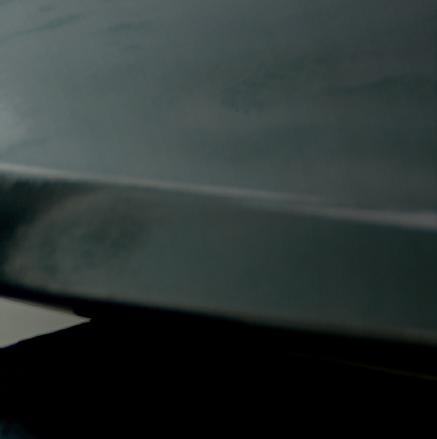



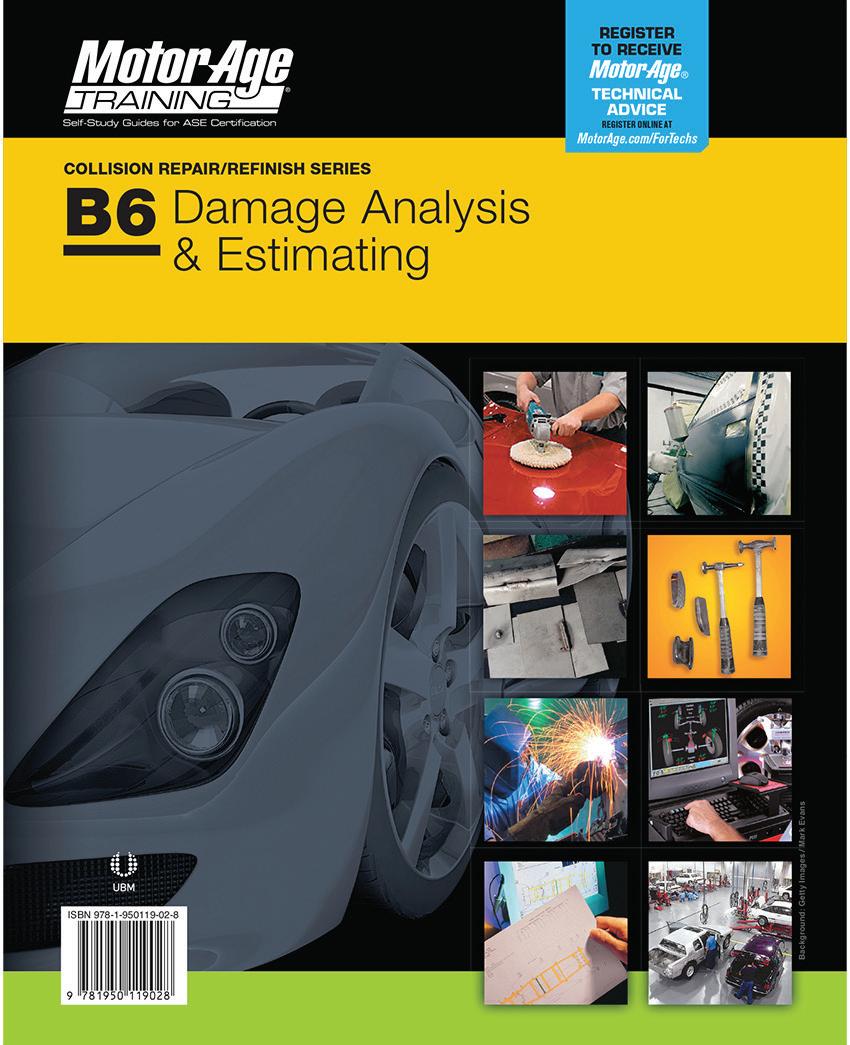
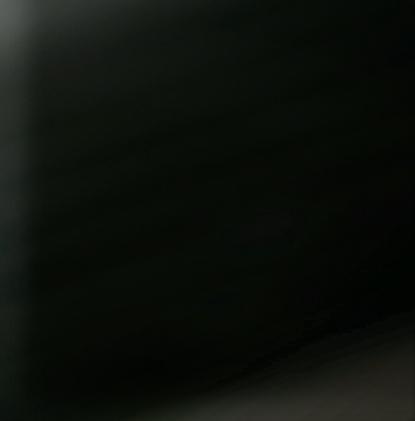
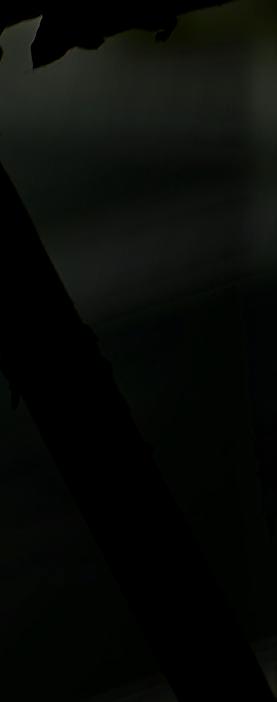
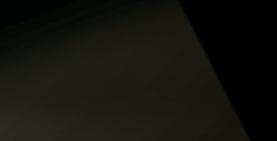


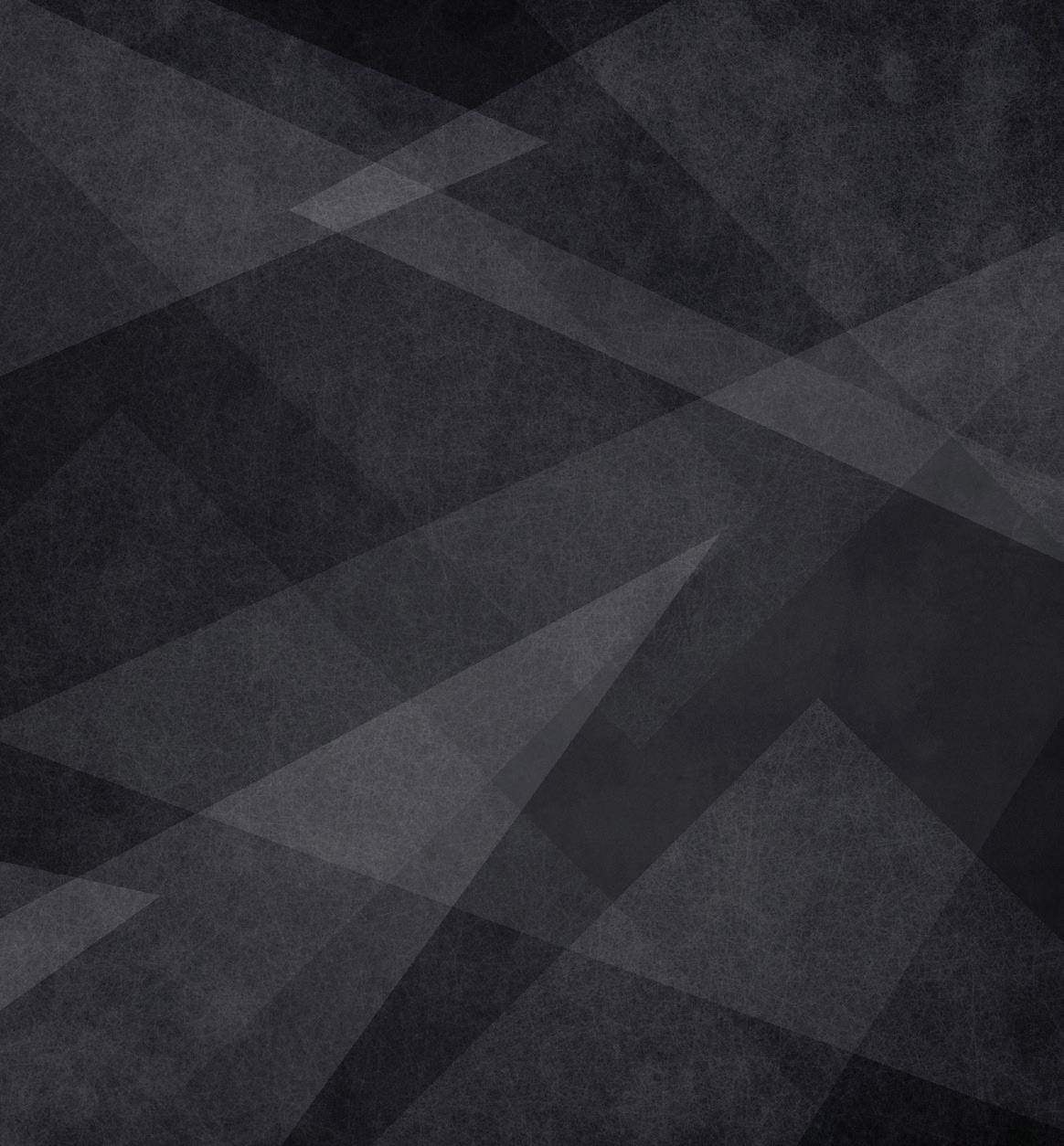
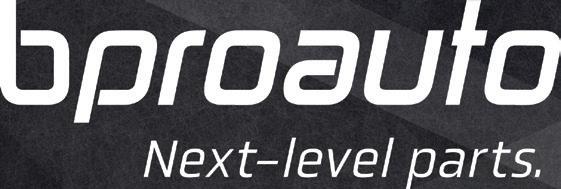
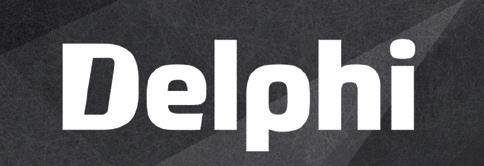


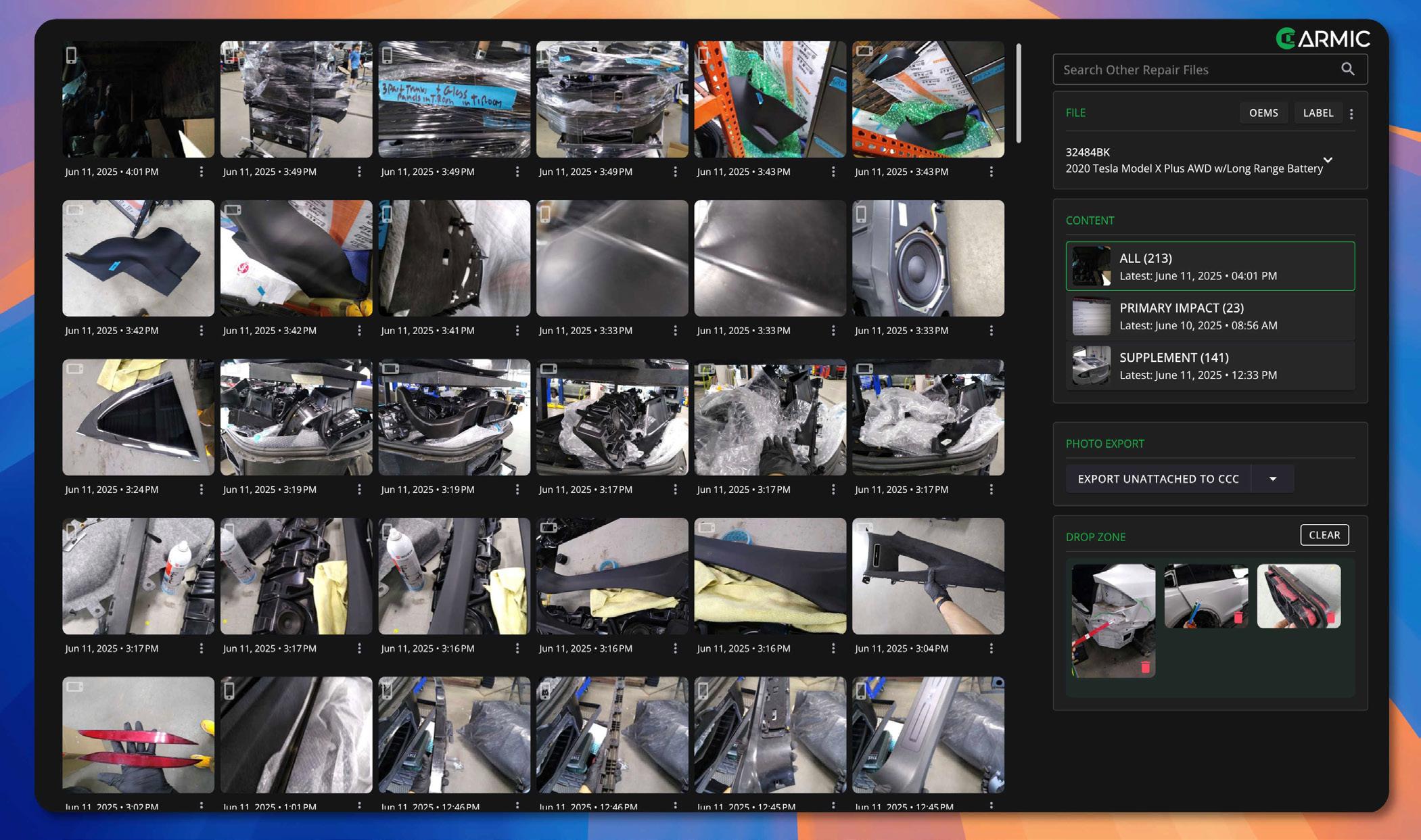

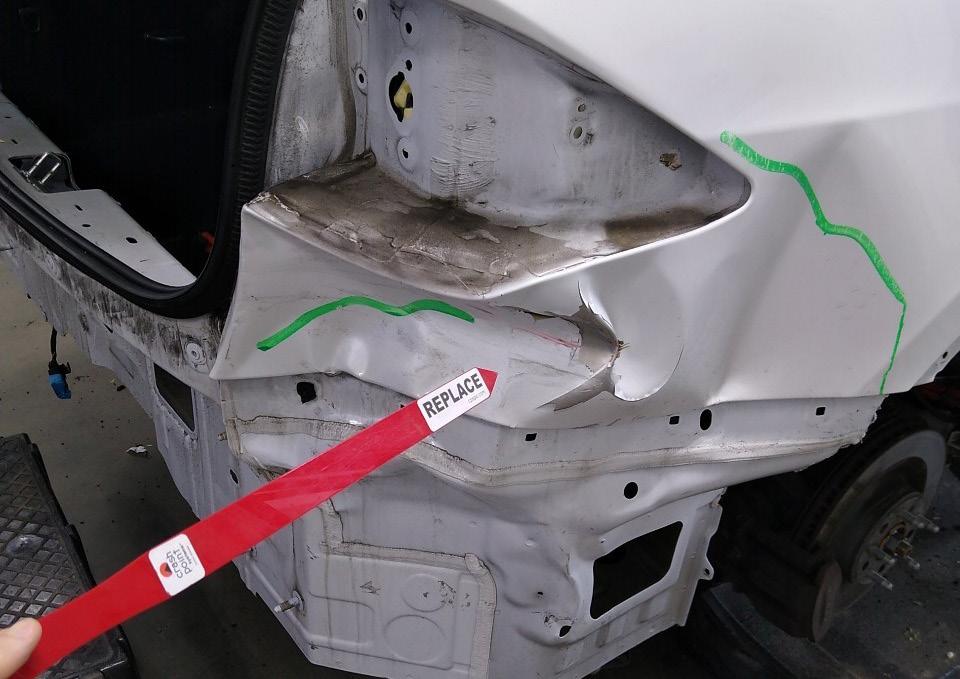
High-quality photos can affect your shop’s bottom line in more ways than one.
By TODD KORTEMEIER
IT IS SUCH A CLICHÉ that it is practically the standard by which all other clichés are judged—a picture is worth a thousand words. And well-worn as it is, it’s a phrase that has never been more apt for the collision repair industry. Every shop takes photos at multiple steps of the estimating and repair process, maybe even at every step. But not all photos are created equal. Making sure those photos capture what they need to is vital to protecting your bottom line.
With the increasing cost of repairs due to necessary procedures like scanning and calibrations, insurers are seeking to reduce labor hours by reducing severity. And it makes it really easy to knock a few hours off an estimate if it’s not clear how severe the damage is. Shop owners should view photos less as a documentation and more like an illustration — making clear to anyone viewing it what needs to happen.
“The photos are really important because they’ve got to tell the story,” says Anthony McNee, winner of the 2024 FenderBender Best Repair Planner/Estimator Award and blueprinter at Ultimate Collision Repair in Edison, New Jersey. “So, if I’m looking at the car later on, or somebody else is looking at the car, you can tell exactly what happened with the car.”
Award-winning blueprinter or not, anyone can see the difference a photo can make. Photo quality isn’t so much of an issue anymore — most shop employees today are walking around with cameras in their smartphones which not so long ago would’ve qualified as high-end professional cameras.
The camera is only a tool, however. A paint gun also isn’t very useful if the person wielding it doesn’t know what they’re doing. The person taking that photo needs to ensure that it’s capturing the subject properly and showing what the photo needs to show.
“The reality is, when you upload photos to an insurance company, they look at them, and maybe I’ve invoiced for six hours, [but] the insurance company says, ‘Well, we don’t really see six hours. We see three hours,’” says Keith Egan, performance director with BETAG North America. “I think part of that is, we’re uploading photos that aren’t quality photos, enough to outline why it’s actually a six-hour dent.”
Lighting makes a huge difference in showing damage properly. No different than in any other photo, lighting adds depth and shows detail. In addition to offering lighting equipment for sale, BETAG includes education on proper utilization of light as part of its estimator training.
Quality of light is certainly important, but it’s just as important to have light properly positioned, showing the full depth of the damage and not casting any distracting shadows. Without the proper lighting, Egan says, sometimes damage can even be missed entirely.
“You know, a body man will finish a car and send it to the paint department, and they’ll paint it, and then all of a sudden, there’s a dent in the door that was missed,” Egan says. “And the body man says, ‘Well, it wasn’t there when you sent it over.’ But in reality, it probably was, and it was missed in the estimating process.”
Egan emphasizes that BETAG’s estimator training is unlike some other, more traditional, training out there. It places importance on assessing damage, taking good photos, and using the right light to take those photos. That helps to “tie together” estimators and technicians, increasing efficiency and making sure everyone has what they need to do the job and with the proper time to do it.
“If I write something for eight hours, and I accept four hours after negotiating, now what’s happening is I’m going to my technician and saying, ‘OK, we got paid four hours,” says Egan. “And automatically in that technician’s mind, for efficiency, especially in a dealership group, he’s thinking, well now I have to fix it in two hours to make money?”
McNee knows as much about estimating and repair planning as anyone, and taking good photos has become an increasingly important part of that process. And it’s about more than just the estimator; it’s team-wide. As part of using photos to tell the story, “You have to look at it from somebody else’s point of view,” McNee says.
As opposed to, say, the technician, the estimator knows where the part came from on the car, where it was broken off. Someone else may not know that, so the photos need to reflect that part of the story.
“Maybe put the part next to where you took it off the car and take the photo,” McNee says. “Try to make it as simple as you can. Try to make your photos kind of like one after another.”
McNee says his shop also utilizes tools and visual aids of sorts to help illustrate
damage. Dent boards offer a comparison of scale for dents, making them instantly clearer in photos. They also use color-coded pointer sticks that indicate where something needs to be repaired or where something needs to be replaced.
“Anybody looking at the photos can tell exactly what we’re looking at and even point to the damage,” says McNee. “... So if I’m looking at the car later on, or somebody else is looking at the car, you can tell exactly what happened with the car, whether we replace the part, repair the part, paint the part, you have to be able to tell exactly what happened with the repair of the car.”
Another tool in McNee’s arsenal is an app called Carmic. While the app doesn’t help take better quality photos, per se, it helps organize photos and make them even more useful. Drawing heavily on AI technology, Carmic allows users to categorize not only photos but also documents for each stage of the repair. Photos are even searchable, as AI can detect whether it’s looking at a wheel or a bumper. It’s an app that can go on every employee’s phone so everyone is working off the same information.
Sergio Palma is the creator of Carmic, and solving the problem of how collision repair shops organize and take photos is one he’s been working on for roughly two decades. “It’s ‘No photo, no pay,’” says Palma, who has worked closely with the team at Ultimate Collision to ensure the platform meets their needs.
“The estimators, they have 200, 300, maybe 400 pictures at times,” Palma says. “My platform really helps facilitate getting those pictures in, but they might not all go to the insurance company, and many don’t. A lot just stay internal; it’s basically liability or just maybe understanding a process, because maybe a tech is working on a car they don’t usually work on, and they want to do some before and after, just so they can remember how to put something back together.”
Wherever you are in how you’re taking and using your photos, there is likely something that can be improved upon, whether it’s using better lighting, using technology to better organize and share photos, or being more thorough in what gets documented. Because while a picture may be worth a thousand words, it could also be worth a thousand dollars — or more.
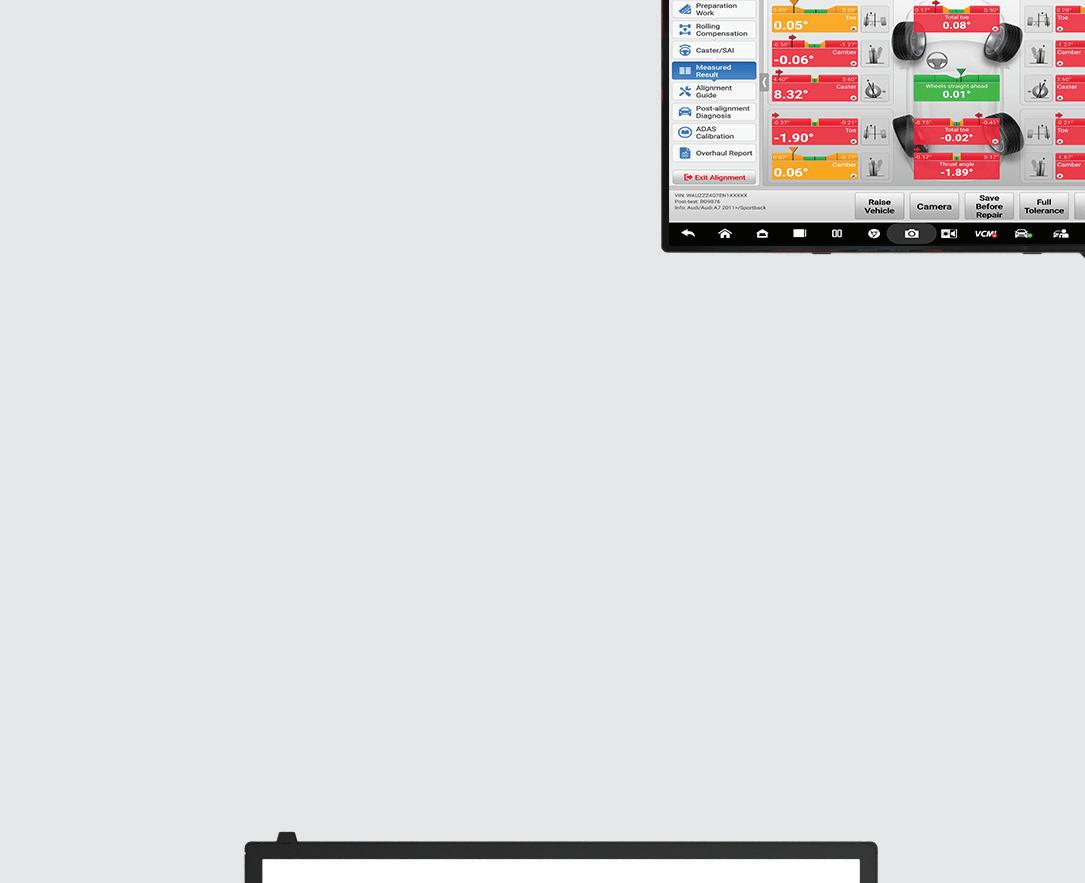
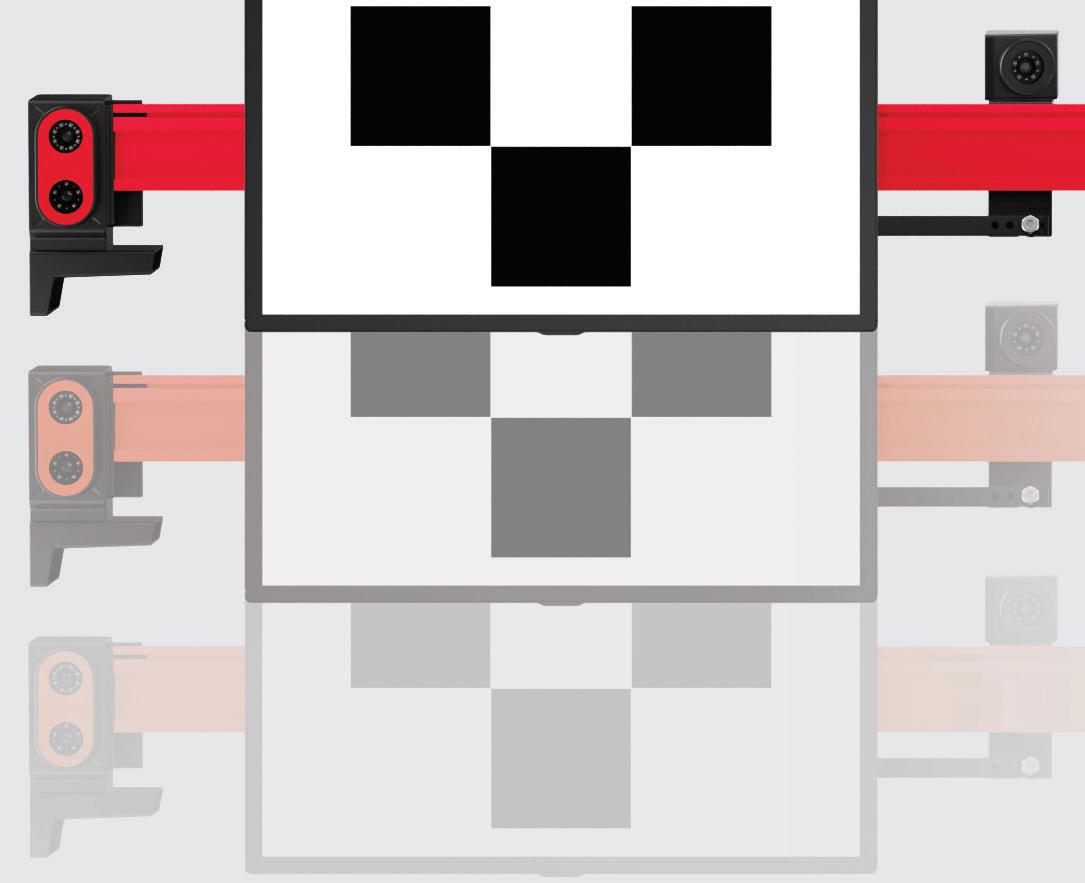


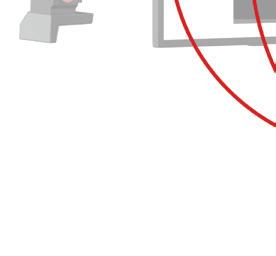


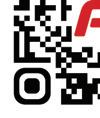
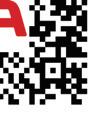
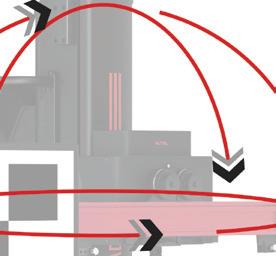
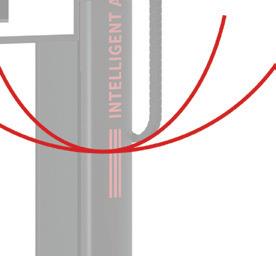
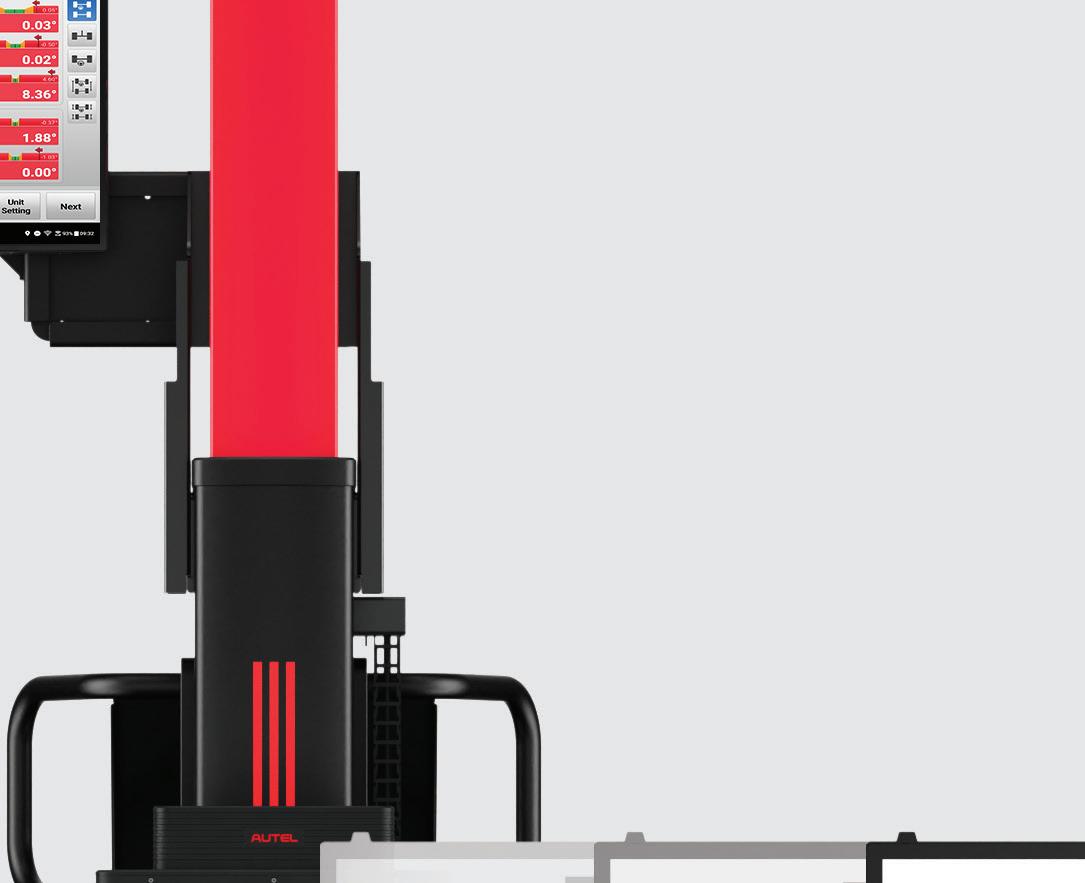
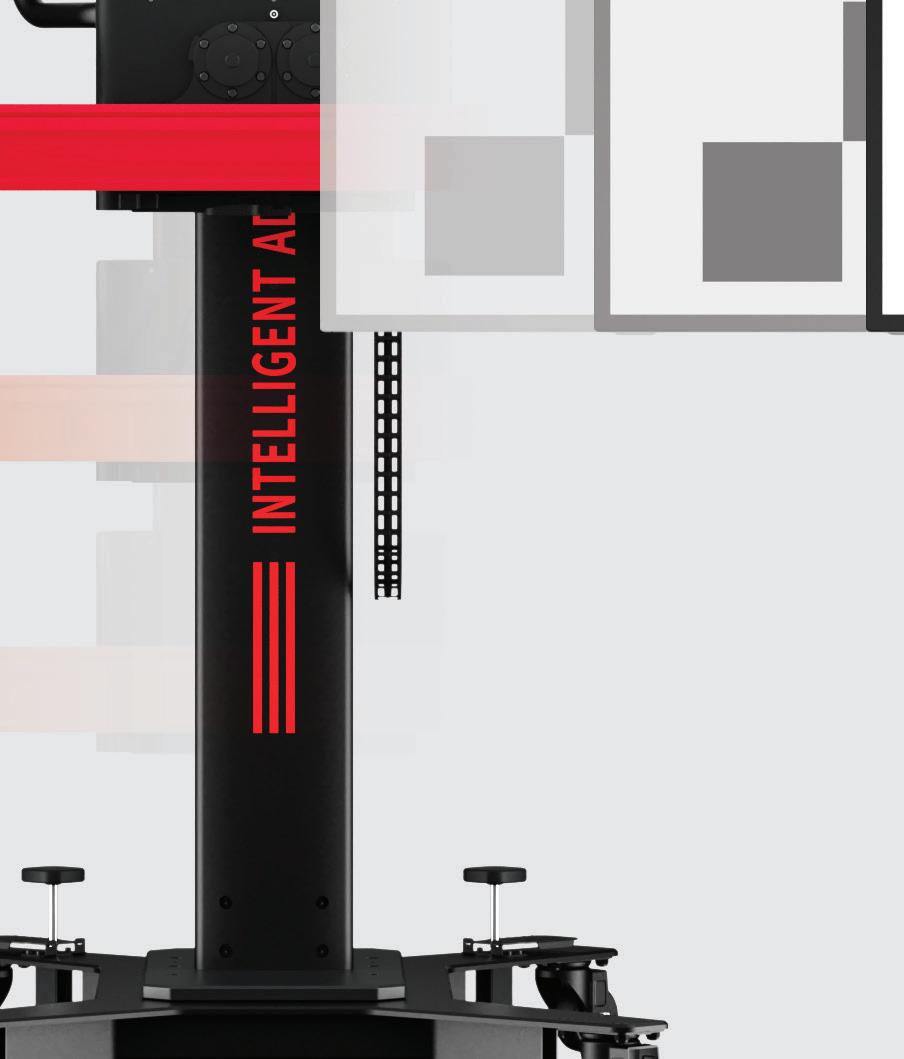



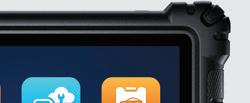


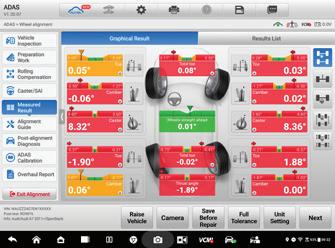
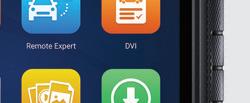
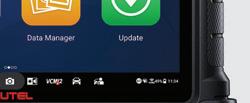
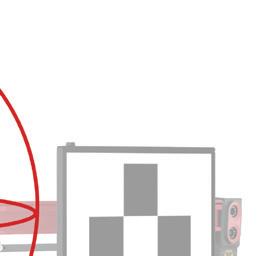
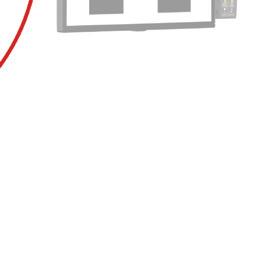

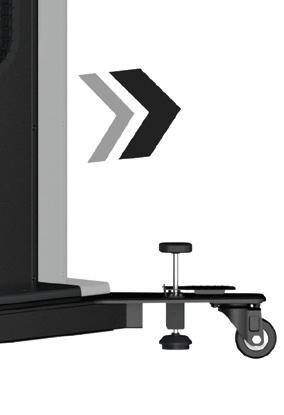
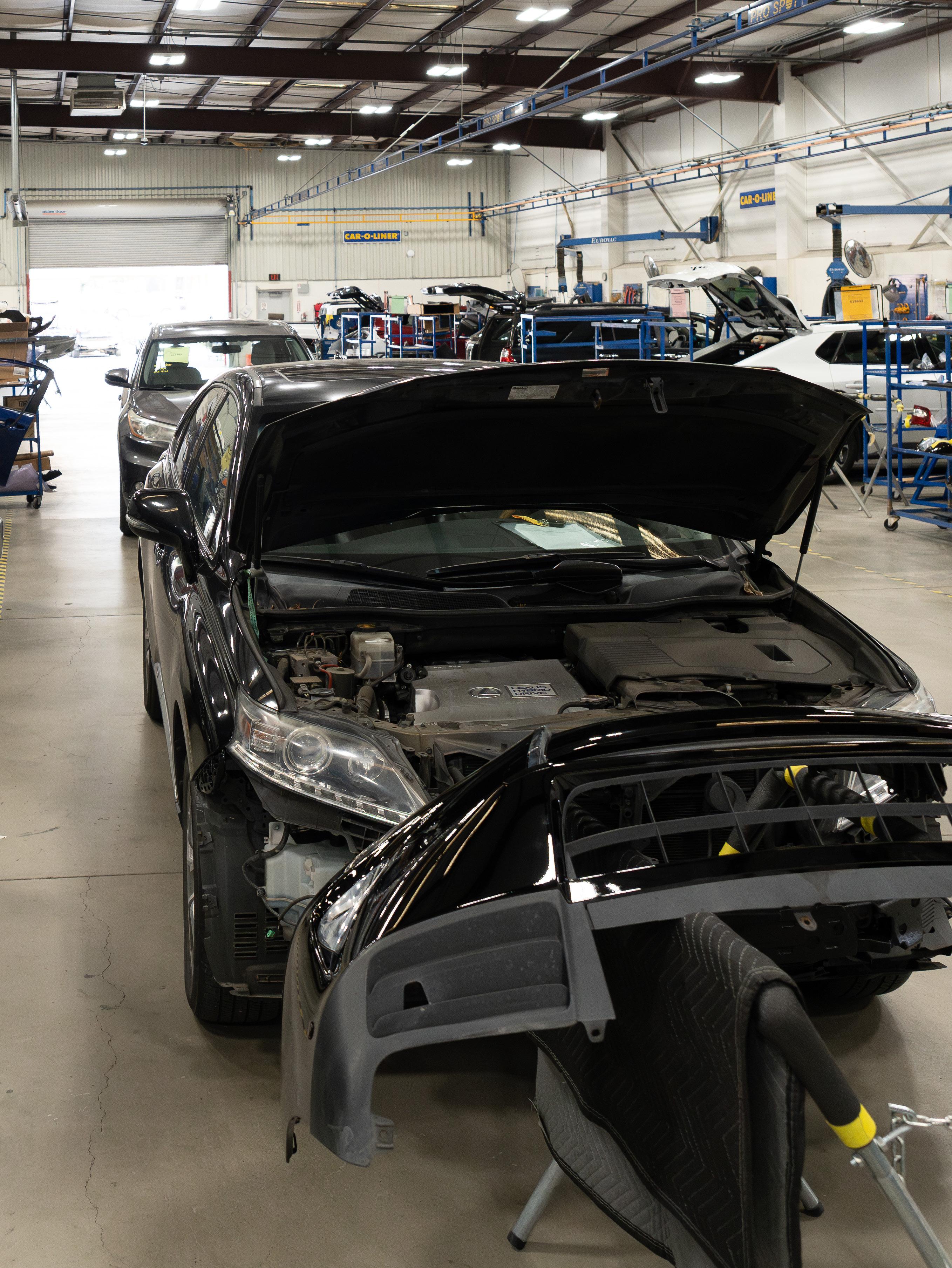
Enhancing communication across the collision repair OEM wholesale parts ecosystem
Inthe collision repair industry, the shop owner or manager is the first to be considered and the first to receive credit for the business’ success. Meanwhile, the partner in the shop’s success — the wholesale parts side — isn’t usually invited to the table.
“When you show up to industry events, the OEMs (original equipment manufacturers) have a voice, the shops have a voice, the software companies have a voice, and the insurance companies have a voice, but the one stakeholder in the industry that never has a voice is the wholesale parts manager,” says Paul Samuelson, national collision manager at Nissan North America. “Thanks to the FenderBender Reader’s Choice Awards, the men and women who manage now have a voice.”
Communication between the wholesaler and the repair side is vital to the industry's success. By talking to each other, the auto collision industry can advance its strategies and become more profitable.
In this article, FenderBender sits down with Samuelson; Chris Messer, executive vice president of the Transportation Group at Endeavor Business Media; Amanda Darr, senior analyst of the collision programs at Lexus; Dean Bruce, performance improvement manager at Ford Motor Company; and Mike Anderson, president and owner of Collision Advice to offer their perspective on present advancements and issues shops and wholesalers are facing. They also discuss how both parties can help to better serve the end customer and the collision repair industry.
As the use of technology continues to evolve within the automotive aftermarket, many repairers are starting to use parts procurement systems.
“The parts procurement platforms help shops get closer to the aftermarket
part price and convert it,” Bruce says. “For OEMs, these platforms provide much better reporting. We can look at our platforms and add additional parts based on what feedback we get from shops. These platforms are key because they provide effective communication.”
According to a question on the FenderBender Reader’s Choice survey, over 71% of respondents utilize parts procurement platforms in 2025. This is about a 16% increase from the last two years.
“I would attribute the increase in usage to shops wanting parts orders to be more accurate and wanting more transparency and price matching,” Darr says.
The increase in the usage of parts procurement software can also be attributed to OEMs increasing their flexibility.
A lot of shops use multiple parts procurement programs. Most often, this is because shops must meet insurance company mandates, an OE manufacturer requires them to use specific software, or they can only get backend rebates from a manufacturer through a specific one.
To help encourage shop purchases, Samuelson recommends that dealerships become tool-agnostic, meaning that they don’t mind what procurement software is used to order parts.
“We want to have the same robust price-matching or “conquesting” offers available to that shop with an aging fleet,” Samuelson says. “We want to make sure we're being as competitive as we possibly can in the market with our parts and against the competition.”
Making tool agnosticism more common amongst dealers can increase the number of shops willing to use parts procurement software and lower dealership return rates.

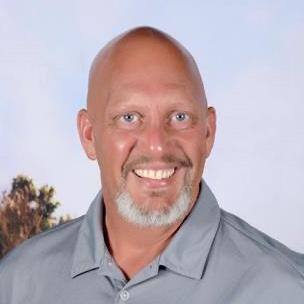
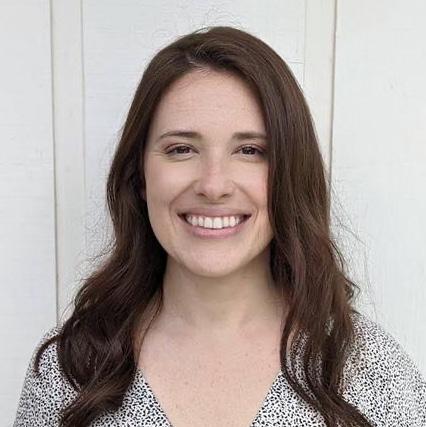
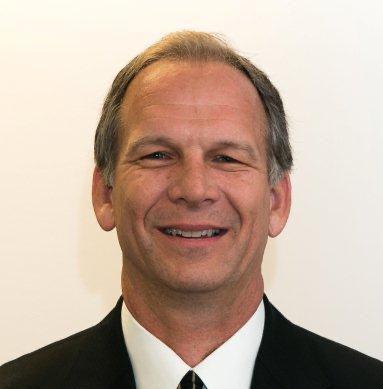
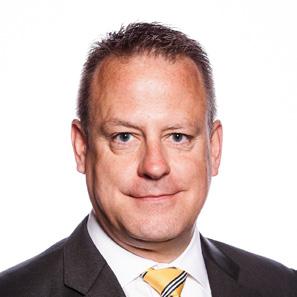
Chris Messer EVP Transportation Group, Endeavor Business Media Amanda Darr Senior Analyst Collision Programs, Lexus Mike Anderson President & Owner, Collision Advice
Dean Bruce Performance Improvement Manager, Ford Motor Company
Paul Samuelson National Collision Manager, Nissan North America
Return rates are important in the collision repair industry because they have been a wholesale dealer issue for many years. Everyone involved in the return of a wholesale part absorbs the cost in some way or another. For the dealers, it’s a general cost; for collision repairers, it’s cycle time.
“I don't think anybody wants this to happen,” Samuelson says. “But the complexity of the vehicles — for example, the F-series truck has nine different windshields depending on what options you have on it — drives that.”
One of the solutions to lowering return rates is parts ordering platforms. The industry offers several platforms that are quick and easy to use to help repairers identify a better part. All a repairer must do is go on said platform and input a VIN, and they can research the part upfront.
“As repairers, the more we can run through these platforms, the more errors we can eliminate from the get-go,” Bruce says.
By doing their research before ordering parts, repairers can decrease their return rates and increase their business with wholesale dealers.
“That's the scale for whether they're going to do business with repairers or not,” Bruce says. “Repairers that have return rates above 4% are the ones that are challenged by the dealers. Those who do their homework and order the right part are going to be where the dealers want to focus their efforts. I think that drives the relationship and drives the surface-level agreement.”
Although retailers have a responsibility to keep their return rates low, wholesale dealers must also fulfill their end of the agreement.
According to Darr, one of the ways wholesalers can decrease return rates on their side is by giving their repairers the tools and training to order properly the first time. Those tools include training on parts procurement platforms, discounts on parts catalogs, and better communication about return policies.
In the 2025 Reader’s Choice survey, it was found that return policies are widely important for the success of a wholesale dealer. Over 82% of respondents says that shops choose a specific dealer based on their return policies.
“A lot of wholesalers have a certain time window when they can return a part to the OEM,” Anderson says. “For example, let's say it's 10 days; that's 10 days from when the wholesaler receives the part, not the shop receiving the part. So, what happens is, they get the parts ordered in and they send it to the shop, but the shop pre-ordered a part, or the shop's cycle times were three weeks ago, and suddenly, they want to return this part 30 days later. Well, that OEM may not accept the parts return from the wholesaler if it's not within that certain timeframe.”
To help encourage repairers to value return policies, wholesalers need to communicate when the return window starts ticking. This communication is important regardless of whether it starts when the repairer receives the part or the wholesaler does.
Without a good relationship and communication with the dealer, profit margins will continue to thin, and wholesalers will find it difficult to continue.
Yes, mergers and acquisitions happen. But, in certain select markets, dealer groups are exiting wholesale. This is because they either can’t carry the capital inventory or can’t staff it. Unfortunately, it usually comes down to wholesalers being unable to make adequate money to support the operation.
“There was one OEM that we did 14 wholesale parts manager workshops for last year,” Anderson says. “I don't want to embellish, but I would say 20% — or maybe more — of those wholesalers were looking to get out of the wholesale business. The margins are so slim, especially with this race to the bottom on price matching.”
If wholesalers for the OEM start getting out of the business, repairers will be


“As repairers, the more we can run through these platforms, the more errors we can eliminate from the get-go,”
—DEAN BRUCE, FORD MOTOR COMPANY
“From my point of view, a lot of times, issues can be overcome easily by talking to each other and working through situations.”
—PAUL SAMUELSON, NISSAN NORTH AMERICA
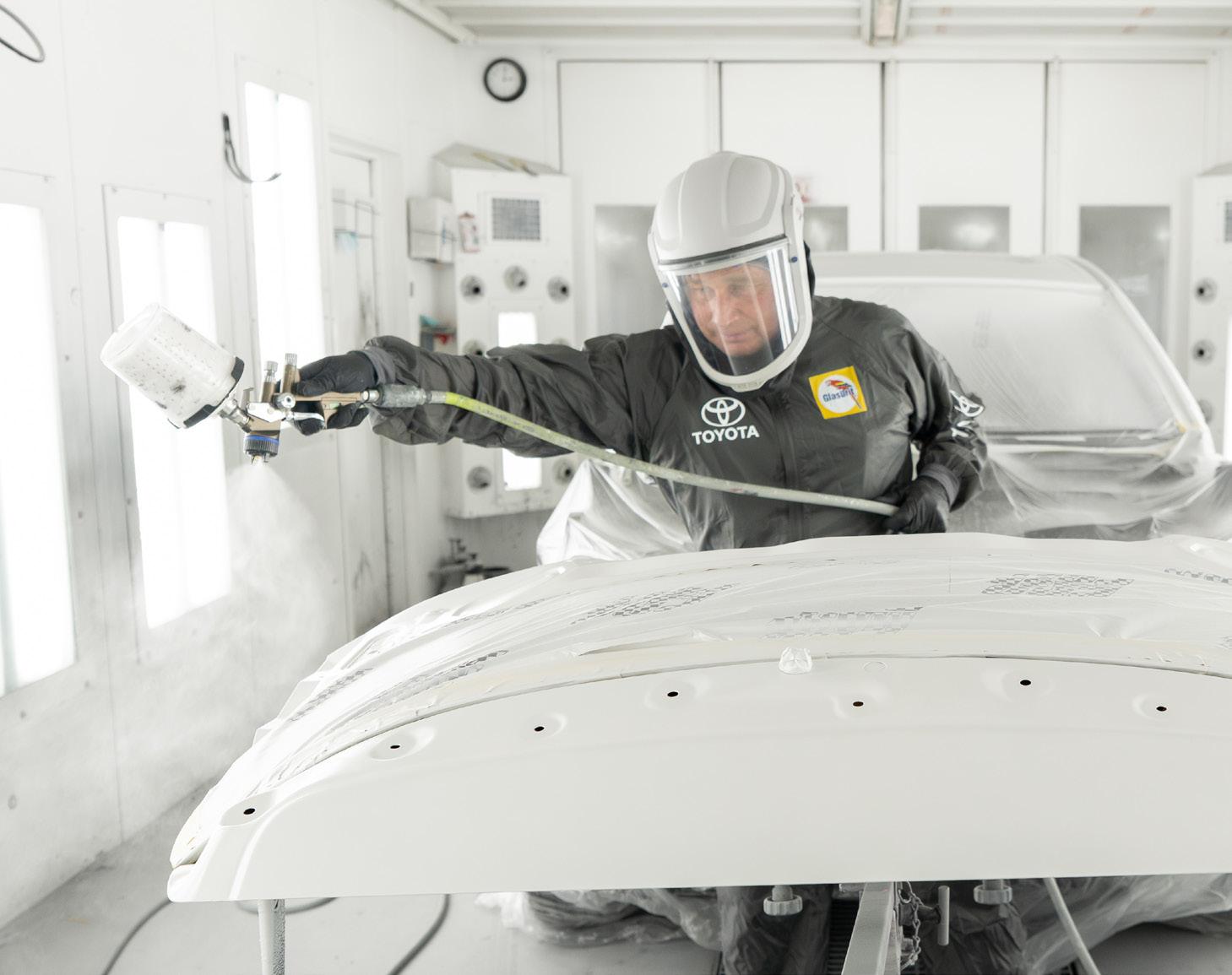
unable to get every part they need, aftermarket or used.
“You think you had cycle time challenges during COVID?” Anderson asked. “Well, if more wholesalers leave the business, cycle times will increase. Whether you're a shop or you're an OEM, I think we must stop and say, ‘What am I doing that could be contributing to the demise of a wholesale parts vendor?’ Because that's not good for anybody.”
It is now more prevalent than ever that everyone within the wholesale industry is communicating with one another, and from
top to bottom, especially with the advancement of parts procurement platforms.
The automotive industry will always be a people business. To carry on and remain profitable, people must maintain connection.
“I was a parts manager for 30 years in retail,” Samuelson says. “I can tell you that even though we do electronic ordering, the relationship is still key. Even if there's a policy in place, many dealers will modify that
On a scale of 1 (lowest) to 10 (highest), how much does each of the following influence what OEM parts dealers you choose to buy from?
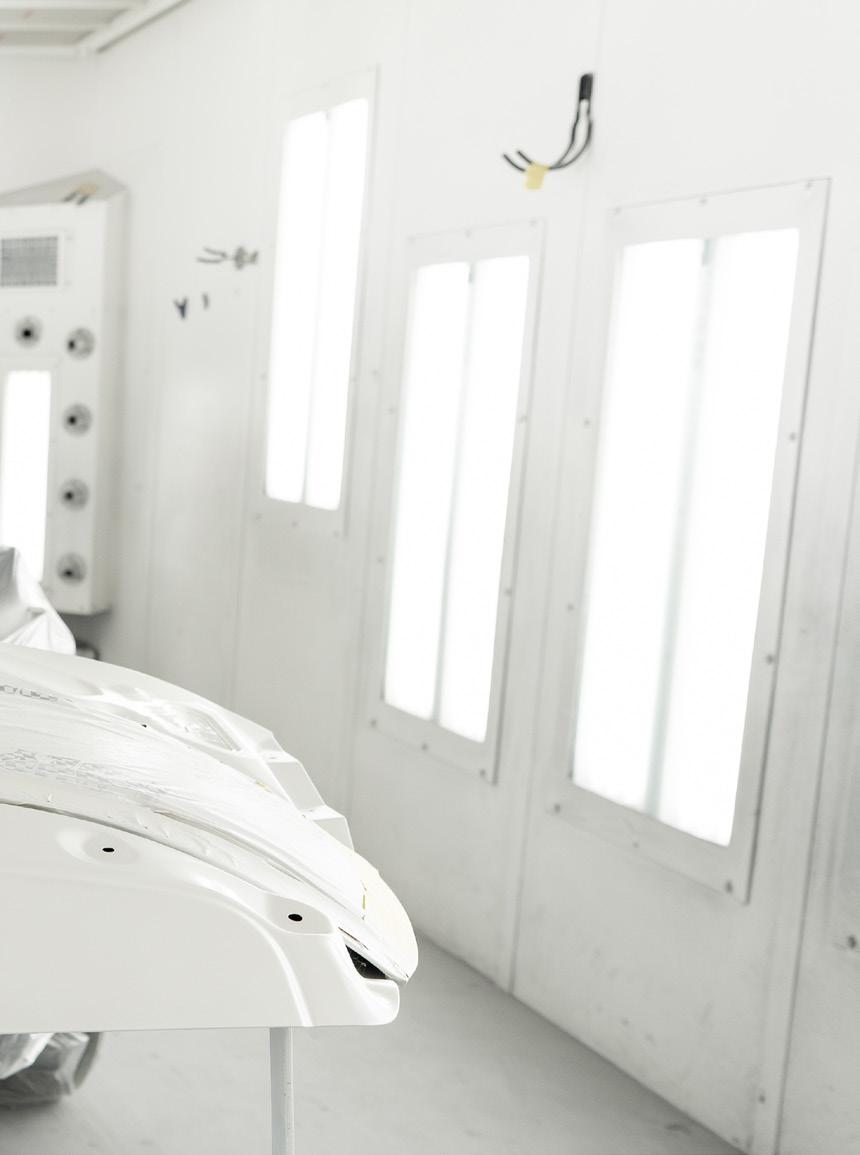
policy or override their rules if they have a great relationship with that shop. Everybody's under the gun with dollars invested in inventory. Dealers are no different. From my point of view, a lot of times, issues can be overcome easily by talking to each other and working through situations.”
According to Darr, relationships can be maintained by holding lunch-and-learns with collision center staff, hosting new buyer events between the dealer and the collision centers, or car shows. Or simply by bringing a box of doughnuts into the shop; anything that brings the human element back to the business is fruitful for the business.
“Technology is nothing without the people portion of it,” Bruce says. “Because let's not forget, on the board side, that's a Ford customer. In many cases, that Ford customer may have bought the vehicle from the dealer. Certainly, future purchases are from the dealer. So, maintaining a connection is ultimately for the better good. Don't forget, we work together for our main customer — that person who owns the vehicle, they're a customer at the collision center. They're a customer of the Ford Motor Company. They're a customer of the dealer in most cases. So, we've got to put some of these things aside and focus on the efficiencies for everybody to help that customer.”
How do you typically source and order OEM parts?
71 % What percentage of your parts orders are OEM?
“I would attribute the increase in usage to shops wanting parts orders to be more accurate and wanting more transparency and price matching.”
—AMANDA DARR, LEXUS
Acura of Omaha
Adams Toyota
Adventure Subaru of Painesville
Al Serra Auto Plaza
Alexandria Chevrolet Cadillac Mazda
Andy Mohr Volkswagen
Apple Ford Shakopee
Arlington Auto Group
Audi Des Moines
Audi Morton Grove
Audi Omaha
Audi Porsche St. Paul
Audi Richfield
Auffenberg Dealer Group
Autobarn of Countryside
Autohaus BMW MINI
Bachman Auto Group
Ballas Buick GMC
Baxter Auto Group
Beardmore Chevrolet Subaru
Beechmont Toyota
Berger Chevrolet
Bergstrom Automotive
Berman Nissan Infiniti of Chicago
Betten Imports
Biggers Mitsubishi
Bill Jacobs Automotive
Billion Automotive
Bloomington Subaru
Blossom Chevrolet
BMW Jaguar Cleveland
BMW of Columbia
BMW of Des Moines
BMW of Minnetonka
BMW of North Canton
Bob Brown GMC
Bob Caldwell Chrysler Dodge Jeep RAM
Bob Hook Chevrolet
Bob McCosh Chevrolet Buick GMC Cadillac
Bob Rohrman Schaumburg Kia
Bob Sight Independence Kia
Bommarito Auto Group
Borton Volvo Cars
Bosak Motor Sales
Boucher Automotive Group
Broadway Chevrolet by Bergstrom
Brunswick Auto Mart
Bud Brown Volkswagen
Buerkle Honda
Buerkle Hyundai
Burnsville Toyota
Burnsville Volkswagen
Byers Automtoive Group
C & S Car Co.
Cable Dahmer Automotive
Car Town Kia
Carousel Motors
Castle Automotive Group
Chris Auffenberg Automotive
City Chevrolet of Grayslake
City Chrysler Dodge Jeep Ram of Brookfield
City Volkswagen of Chicago
Classic Auto Group
Coad Toyota Paducah
Coffman Truck Sales, Inc.
Columbia Acura Hyundai
Commonwealth Dodge
Community Honda
Continental Toyota
Cornerstone Auto Resource Elk River
Corwin Toyota
Coughlin GM of Marysville
Crain Ford
Cronin Ford Kia
Cronin Toyota and Nissan
Dan Deery Motor Co.
Dave Mungenast Saint Louis Acura
Dave Wright Auto
Dean Team Automotive
Denny Menholt Rapid Chevrolet
Diehl Automotive Group
Dorsett Automotive
Dreyer & Reinbold
Dreyer & Reinbold North
Dubuque BMW
Ed Martin Chevrolet Cadillac
Ed Morse Automotive Group
Ed Rinke Chevrolet
Eden Prairie Nissan
Eich Mazda Volkswagen
Elder Hyundai
Elgin Toyota
Evans Motorworks
Feldmann Imports Mercedes-Benz
Fox Automotive
Fox Valley Volkswagen St. Charles
Frank Boucher Chevrolet Cadillac
Friendly Chevrolet
Friesen Chevrolet
Friesen Chrysler Dodge Jeep Ram
Fuller Ford
Gandrud Automotive
Ganley Automotive Group
Garber Buick Company
Gates Chevy World
Genthe CDJR of Saline
Gerald Auto Group
Germain Auto Group
Gezon Motors
Gillie Hyde Ford Lincoln Chrysler
Gladstone Dodge Chrysler Jeep Ram
Glassman Auto Group
Gordie Boucher Auto Group
Graham Auto Mall
Graham Automotive
Green's Toyota of Lexington
Griffin Automotive
Griffin's Hub Chrysler Jeep Dodge Ram
H & H Kia
Hall Imports
Halleen Automotive
Hatchett Buick GMC
Hawk Auto Group
Hendrick Automotive Group
Hiller Ford
Hirlinger Chevrolet
Holz Motors
Honda of Lincoln
Hugh White Honda
Husker Auto Group
Hyundai of Mankato
Infiniti of Cincinnati
Infiniti of Columbus
Inver Grove Ford Lincoln
Inver Grove Honda
Jack Demmer Ford
Jack Phelan Chrysler Dodge Jeep Ram
Jaguar Land Rover Lakeside
Jaguar Land Rover Minneapolis
Jaguar Land Rover of Novi
Jaguar Land Rover of Schaumburg
Jake Sweeney Automotive Group
Jeff Belzer Roseville Chrysler Dodge Jeep Ram
Jefferson City Autoplex
Jennings Chevrolet
Jim Lupient Infiniti
Jim Shorkey Auto Group
Jim White Auto Group
Joe Machens Auto Group
John Bommarito Mazda Volkswagen Cadillac
John Deery Motors
Joseph Automotive
Juettner Motors
Kahlo Chrysler Jeep Dodge Ram
Karl Chevrolet, Inc
Karl Knauz Motors
Kelley Chevrolet
Kempthorn Motors
Ken Ganley Automotive Group
Kerry Toyota
Kia of Dayton North
Kia of Des Moines
Kia of Lansing
Kia of Lincoln
Kia of Mankato
Kia of St. Cloud
Kings Automotive
Kline Nissan & Volvo
Knoepfler Chevrolet Co.
Kool Toyota
Kunes Buick GMC of Greenfield
LaFontaine Automotive Group
Landers Automotive
Larry Roesch Auto Group
Laurel Automotive of Westmont
Lee's Summit Subaru
Legends Toyota
Lewis Toyota of Topeka
Lexus of Arlington Heights
Lexus of Lincoln
Lexus of Maplewood
Lexus of Wayzata
Liberty Auto Plaza
Lindsay Acura Honda
Lithia Automotive Group
Lou Fusz Automotive Group
Lupient Auto Group
Luther Automotive Group
Maple Hill Auto Center
Maplewood Toyota
Mark Wahlberg Automotive
Matt LaFontaine Automotive of Grayling
McGrath Auto Group
Meade Lexus of Southfield
Mercedes-Benz BMW of Ann Arbor
Mercedes-Benz of Columbia
Mercedes-Benz of St. Paul
Mercedes-Benz of Westmont
Merit Chevrolet
Metro Lexus
Midwestern Auto Group
Mike Castrucci Chevrolet
Miles Chevrolet Nissan
Mills Parts Center
Molle Audi Volkswagen of Kansas City
Morrie's Automotive Group
Motor City MINI
Motorwerks BMW MINI
Muller Auto Group
Mungenast Alton Toyota
Napleton Mazda of Naperville
Neil Huffman Mazda Subaru Volkswagen
New Century Dodge Wholesale Parts
Nextran GMC
Northtowne Mazda Hyundai Volkswagen
Oakes Kia
Olathe Toyota
Old Orchard Nissan
Oxmoor Toyota
Page Toyota
Park Chrysler Jeep
Patrick BMW MINI
Patrick Hyundai Genesis
Penske Automotive
Porsche Downtown Chicago
Ray Dennison Chevrolet
Ray Skillman Automotive
Reichard Buick GMC
Reliable Chevrolet
Rhinelander Toyota
Ricart Automotive
Richfield Bloomington Honda
River Front Chrysler Dodge Jeep Ram
Rochester Chevrolet Cadillac
Rochester Ford Mazda
Rochester Mazda
Rochester Toyota
Rosedale Chevrolet
Royal on the Eastside
Rudy Luther Toyota
Russ Darrow Automotive
Rydell Automotive
Sam Leman Automotive
Schaumburg Toyota
Schepel Buick GMC
Scherer Mazda
Schmelz Countryside Volkswagen
Schworer Volkswagen
Sears Imported Autos
Seelye Ford Kia of Kalamazoo
Serra Lake Chrysler Dodge Jeep Ram
Serra Traverse City Auto Plaza
Shaheen Chevrolet
Sharpe Cars
Shawnee Mission Automotive
Shea Chevrolet
Shottenkirk Automotive
Smart Motors Toyota
South Oak Dodge Chrysler Jeep
Spartan Toyota
Spirit Lexus
St. Cloud Toyota
Stevens Point Auto Center
Stew Hansen Dodge City
Suburban Chevrolet of Eden Prairie
Suburban Collection
Sunrise Chevrolet
Sunshine Toyota
Suntrup Nissan Volkswagen
Superior Honda of Omaha
Tansky Sawmill Toyota
The International Autos Group of Menomonee Falls
The Kia Store
Thelen Mazda Volkswagen Audi Subaru
Tom Gill Chevrolet
Tom Kadlec Honda Kia
Tom O'Brien Chrysler Jeep Dodge Ram
Tom Wood Auto Group
Toyota Cleveland Heights
Toyota Direct
Toyota of Brookfield
Toyota of Fox Lake
Toyota of Grand Rapids
Toyota of Kent
Toyota of Lincolnwood
Toyota of Louisville
Toyota of Naperville
Toyota of Terre Haute
Toyota on Nicholasville
Toyota South
Toyota West
Uebelhor & Son's Inc GMC Cadillac
Uftring Weston Chevrolet Cadillac
Valley Imports
Van Chevrolet Cadillac Subaru
VanDevere Chevrolet Kia
Victory Automotive
Village Point Toyota
Volkswagen Lee's Summit
Volkswagen of Clarksville
Volkswagen of Inver Grove
Volkswagen of Orland Park
Volkswagen of Palentine
Volkswagen of Streetsboro
Vorderman Volkswagen
Vyletel Buick Volkswagen
Walser Auto Group
Watermark Ford Hyundai of Marion
Weber Chevrolet Creve Coeur
Westside Toyota
White Bear Acura Subaru
White Bear Mitsubishi
White's Auto Mall
Wilde Toyota
Williams Autoworld
Willis Auto Campus
Witham Auto Centers
Woodhouse Auto Group
Yark Automotive Group
Young Chevrolet Cadillac
Zeigler Automotive
#1 Cochran Automotive
A & L Motor Sales
Acme Nissan
Acton Toyota of Littleton
Acura of Bay Shore
Alexandria Toyota
Alexandria Volkswagen
Allen Mello Chrysler Jeep Dodge Ram
Altoona Honda
Annapolis Subaru
Antwerpen Toyota
Audi Bethesda
Audi Chantilly
Audi Mohegan Lake
Audi of Arlington
Audi Pittsburgh
Audi Porsche of Nashua
Autohaus Lancaster
Autohaus Lebanon
Baierl Family of Dealerships
Bald Hill Kia Chrysler Jeep Dodge Ram
Balise Motors
Barlow Chevrolet
Basil Volkswagen of Lockport
Bayside Automotive
Bedford Chrysler Dodge Jeep
Bennett Toyota of Lebanon
Bergey’s Auto Group
Berglund Chevrolet Buick
Berlin City of Portland
Bernardi Toyota
Best Chevrolet
Beyer Bros. Corp.
Bill Dodge Kia
Blaise Alexander Chevrolet Hyundai
BMW MINI of Manhattan
BMW MINI of Sterling
BMW MINI of West Chester
BMW of Fairfax
BMW of the Main Line
Bob Bell Automotive
Bob Fisher Chevrolet Inc
Bob Johnson Auto Group
Boch Toyota of Norwood
Boston Volkswagen
Bowser Automotive
Brewer Airport Toyota
Brown-Daub Family of Dealerships
Brown’s Automotive
Bryner Chevrolet Inc
Buchanan Kia
Burdick Automotive
Carter Myers Automotive Group
Cavalier Ford
Central Chevrolet
Central Chrysler Jeep Dodge
Checkered Flag Automotive Group
Cherry Hill Dodge Chrysler Jeep
Cherry Hill Imports
Cherry Hill Kia Mitsubishi
Ciocca Automotive Group
Circle BMW
Coastal Volkswagen
Cochran Toyota
Colonial Automotive
Columbia Ford Kia
Commonwealth Motors
Conicelli Auto Group
Copeland Toyota
Criswell Chevrolet
Curry Acura
Danbury Audi Volkswagen Porsche
Darcars Auto Group
Darling’s Volkswagen Audi Ford
Dave Hallman Chevrolet
Davis Acura
DePaula Chevrolet
Destination Automotive
Diehl Automotive Group
Douglas Volkswagen
Dover Dodge Chrysler Jeep Ram
DownEast Toyota
Dulles Motor Cars
Eagle Auto Mall
Eastchester Chrysler Jeep Dodge
Elm Chevrolet
Empire Cadillac of Long Island City
Falmouth Toyota
Farrish Auto Group
Faulkner Automotive Group
Fette Ford Kia Infiniti
Fiore Toyota
First Team Subaru of Norfolk
Fitzgerald Auto Mall
Five Star Mitsubishi
Flow Toyota of Charlottesville
Franklin Sussex Auto Mall
Frank’s GMC
Fred Beans Automotive
Garvey Kia Volkswagen
Gault Auto Mall
Gene Langan Volkswagen
Gensinger Motors
Goodwin Chevrolet Mazda Brunswick
Grand Prize Chevrolet Buick GMC Cadillac
Granite Subaru
Grappone Automotive Group
Hagerstown Honda Kia
Haldeman Automotive
Haley Toyota of Richmond
Hall Automotive Group
Hall MileOne Autogroup
Healey Automotive
Herb Chambers Mid-State Toyota of Auburn
Heritage Auto Group
Hertrich Chevrolet Cadillac of Salisbury
Hoffman Nissan
Holman Cadillac
Hoselton Auto Mall
Hudson Honda
Hudson Valley Volkswagen
Hurd Auto Mall
Infiniti of Nashua
Interstate Toyota
Ira Auto Group
J Bertolet Volkswagen
Jack Daniels Motors
Jaffarian Volvo Toyota
Jaguar Land Rover Chantilly
Jaguar Land Rover of Bedford
Jaguar Land Rover of Manhattan
Jaguar Land Rover Willow Grove
Jeff D’Ambrosio Auto Group
Jim Coleman Toyota
Jim Shorkey Auto Group
Jim Wynn Volkswagen Volvo
Joe Basil Chevrolet
John Stuckey Ford Subaru
Karen Radley Acura Volkswagen
Karp Automotive
Kelly Volkswagen of Danvers
Ken Ganley Automotive Group
Key Chevrolet Buick GMC Cadillac
King Automotive
Kings Infiniti
Koch 33 Mazda Volkswagen
Koeppel Auto Group
Koons Auto Group
Lancaster Automotive
Legend Porsche Audi Volkswagen
Lev Kia of Framingham
Levittown Ford
Lexus of Cherry Hill
Lia Automotive Group
Lindsay Volkswagen of Dulles
Long Automotive
Lovering Volvo of Meredith
Loyalty Automotive
MacMulkin Chevrolet Cadillac
Malloy Chevrolet of Charlottesville
Malouf Automotive
Manhattan Chrysler Jeep Dodge Ram Fiat Alfa Romeo
Manhattan Motorcars
Mastria Auto Group
Matt Blatt Kia of Abington
McGee Toyota
McGovern Auto Group
Mechanicsville Toyota
Mercedes-Benz Manhattan, Inc.
Mercedes-Benz of Fort Washington
Mercedes-Benz of Manchester
Mercedes-Benz of Smithtown
Mercedes-Benz of Virginia Beach
Mercedes-Benz of Wilmington
Mercedes-Benz Volvo of Fredericksburg
MileOne Heritage Chrysler Jeep VW
Millennium Toyota
MINI of Bedford
Minuteman Volkswagen
Mitchell Volkswagen
Moore Cadillac
MotorWorld Automotive Group
Mount Kisco Chevrolet
Napoli Kia
Nashua Mitsubishi Hyundai Kia
New Holland Automotive
Nielsen Chevrolet
North Penn Volkswagen
Northstar Kia
Northtown Mazda Kia
Nucar Connection
Nucar Hyundai
Nye Motors
Open Road Automotive
Ourisman Automotive Group
Packer Norris Parts
Paddock Chevrolet Inc
Parks Acura Audi BMW Roanoke
Parkway Toyota
Parkway Toyota of Boston
Passport Toyota
Patrick Motors
Paul Miller Automotive
Pearson Toyota
Penske Buick GMC Truck, Inc.
Piazza Volkswagen of Langhorne
Platinum Volkswagen
Pohanka Automotive Group
Porsche of Arlington
Prime Motor Group
Priority Toyota Springfield
Queensboro Volkswagen
Quirk Auto Group
Raceway Kia of Freehold
Radley Chevrolet Cadillac
Rafferty Subaru
Ramey Motors
Richard Chevrolet
Rick Hendrick Auto Group
Rivera Toyota of Mt. Kisco
Riverhead Bay Motors
Riverview Chevrolet Buick GMC
RK Chevrolet Subaru
Rockingham Toyota
Rockland Chrysler Jeep Dodge
Rohrich Lexus Cadillac
Route 22 Toyota
Safford Automotive
Sansone Auto
Schumacher Chevrolet of Denville
Scott Kia of Springfield
Scott Volkswagen
Security Dodge Chrysler Jeep Ram
Sendell Motors
Sewickley Car Store
Sheehy Automotive Group
Shrewsbury Volkswagen
Smithtown Volkswagen
State Motors Lincoln
Stephen Auto Mall
Stohlman Volkswagen
Sunnyside Acura
Sunrise Toyota
Sutliff Volkswagen
Tasca Automotive
Team Toyota of Glen Mills
Team Toyota of Langhorne
Ted Britt Automotive
The Bobby Rahal Automotive Group
Thomas Buick GMC Truck
Three County Volkswagen
Three Rivers Volkswagen
Toyota City
Toyota Ford of Greenfield
Toyota of Greensburg
Toyota of Hackensack
Toyota of Manhattan
Toyota of Massapequa
Toyota of Nashua
Toyota of Stamford
Toyota of Vineland
Toyota of Waldorf
Toyota of Watertown
Toyota Subaru of Morristown
Toyota Volvo of Keene
Trend Motors Volkswagen
Tulley Automotive Group
Union Volkswagen
Valenti Motors
Volkswagen of Hartford
Volkswagen of Nanuet
Volkswagen of North Attleboro
Volkswagen of West Islip
Volkswagen Subaru of Moon Township
Volvo Cars Manhattan
Waldorf Dodge RAM
Wantagh Mazda
Wellesley Automotive
West Broad Kia Volkswagen
West Herr Auto Group
Westbury Jeep Chrysler Dodge Ram
White Plains Volkswagen
Woburn Toyota
York Volkswagen
Younger Motor Cars
Archer Automotive
Audi Atlanta
Audi Birmingham
Audi Central Houston
Audi Charlotte
Audi New Orleans
Audi Plano
Audi Tulsa
Audi Volkswagen of Naples
Austin Subaru
Auto Gallery Chevrolet
Autobahn Motorcars
AutoNation
Bale Chevrolet
Banner Automotive
Beaman Automotive
Beaty Chevrolet
Beck Wholesale Parts Distribution Center
Bellamy Strickland Chevrolet
Benchmark Automotive
Bergeron Automotive
Bert Smith International
Bev Smith Automotive
Bill Knight Automotive
BMW of Dallas
BMW of Greensboro
BMW of Little Rock
BMW of Macon
BMW of Northwest Arkansas
Bob Boast Volkswagen
Bob Howard Toyota
Bob Mayberry Hyundai
Bob Moore Auto Group
Bob Tomes Ford Lincoln
Bob Utter Ford Lincoln Kia
Bohn Toyota
Bomnin Chevrolet West Kendall
Boniface-Hiers Kia Mazda
Brandon Hyundai
Brandon Tomes Automotive
Breeden Dodge
Britain Chevrolet
Bruce Lowrie Chevrolet
Bruner Motors
Bryan College Station Toyota
Bryan Subaru
Butler Toyota Jacksonville
Capital Automotive
Capital Cadillac of Atlanta
Capital Eurocars
Capital Toyota Chattanooga
Capitol Chevrolet
Carl Black Automotive
Carolina Volkswagen
Carriage Kia Woodstock
Cavender Auto Group
Central Florida Toyota
Central Kia of Plano
Century Automotive
Century Kia
Charles Clark Chevrolet
Charles Maund Volkswagen
Chevyland
Chris Crain Hyundai
Chrysler Jeep Dodge City of McKinney
Chuck Hutton Chevrolet
City Kia of Orlando
Classic Auto Group
Clay Cooley Auto Group
Coast Buick GMC Mazda
Coggin Automotive Group
Confidence Chevrolet
Courtesy Kia of Brandon
Courtesy Toyota of Brandon
Covert Auto Group
Crain Automotive Group
Crest Automotive
Crews Chevrolet Subaru
Crown Auto Group
D & E Mitsubishi
Dale Earnhardt Chevrolet
Dale Earnhardt Jr Chevrolet
Dallas Dodge
David Stanley Chevrolet
Day’s Chevrolet
Deel Auto
DeLand Kia
DeMontrond Auto Country
Dick Poe Toyota
Dodge Chrysler Jeep Ram of Vacaville
Don Herring Mitsubishi
Don Hewlett Chevrolet
Don Thornton Volkswagen of Tulsa
East Carolina Chrysler Dodge Jeep
East Coast Honda Volkswagen
Ed Morse Automotive Group
Ed Voyles Auto Group
Edwards Chevrolet
Evans Kia
Everett Volkswagen
Ewing Subaru of Plano
Family Toyota of Arlington
Family Toyota of Burleson
Ferguson Superstore
Ferman BMW MINI
Finnegan Chrysler Jeep Dodge Ram
Five Star Automotive Group
Florence Toyota
Flow Auto Group
Foreign Cars Italia
Fowler Auto Group
Fox Acura of El Paso
Frank Fletcher Honda
Fred Anderson Toyota of Asheville
Fred Anderson Toyota of Charleston
Fred Haas Toyota Country
Fred Haas Toyota World
Fredy Kia
Freedom Chevrolet Buick GMC
Freeland Chevrolet Superstore
Freeman Automotive
Friendly Chevrolet of Dallas
Galeana Automotive
Gene Messer Automotive
Germain Auto Group
Gerry Lane Chevrolet
Gettel Kia Automotive
Gillman Honda Houston
Global Imports
Goodson Acura
Gossett Automotive Group
Gray-Daniels Toyota
Green Ford Lincoln
Greensboro Acura
Greensboro Nissan
Greenville Toyota
Greenway Automotive
Greg Leblanc Toyota
Grubbs Auto Group
Gullo Toyota of Conroe
Gunther Automotive
Gus Machado Ford Hialeah
Gwatney Chevrolet
Hall Automotive Group
Hallmark Auto Group Birmingham
Hampton Toyota Mitsubishi
Hanania Volkswagen of Orange Park
Harper Volkswagen
Hayes Chrysler Dodge Jeep Ram
Helfman River Oaks Chrysler Jeep Dodge Ram
Hendrick Automotive Group
Henna Chevrolet
Heritage Volkswagen
Herrin-Gear Chevrolet
Heyward Allen Toyota
Hiley Volkswagen Audi Mazda of Huntsville
Holler Honda of Orlando
Honda Cars of McKinney
Honda Cars of Rockwall
Honda of Tomball
Honda World of Conway
Hoover Toyota
Hoover Volkswagen of Lithia Springs
Huffines Automotive Group
Huntsville Toyota
Hyundai Montgomery
Hyundai of Metairie
INFINITI of Birmingham
Infiniti of Central Arkansas
INFINITI of Mobile
Infiniti of South Mississippi
Ingram Park Chrysler Jeep
Jackie Cooper Imports
Jacobs Mitsubishi
Jaguar Land Rover Bluff City
Jaguar Land Rover Cape Fear
Jaguar Land Rover Houston Central
Jaguar Land Rover Houston North
Jaguar Land Rover West Houston
James Corlew Chevrolet Cadillac
Jeff Gordon Chevrolet
Jeff Haas Mazda
Jenkins & Wynne Ford Honda & Lincoln
Jenkins Kia of Ocala
Jerry Ulm Dodge Chrysler Jeep
Jim Ellis Auto Group
Jim Glover on the River
Jim Hudson Toyota Irmo
Jim Norton Toyota of Oklahoma City
Jim Norton Toyota of Tulsa
Jim Shorkey Auto Group
Joe Bullard Auto Group
Joe Myers Toyota
John Eagle Sport City Toyota
John Thornton Chevrolet
Johnson Lexus of Raleigh
Jon Hall Chevrolet
JTs Kia of Rock Hill
Jubilee Chrysler Dodge Jeep Ram
Keating Toyota
Keffer Volkswagen
Keith Pierson Toyota
Ken Ganley Kia New Port Richey
Kernersville Chrysler Dodge Jeep Fiat
Kia AutoSport of Columbus
Kia AutoSport of Pensacola
Kia Mall of Georgia
Kia of Cape Coral
Kia of Chattanooga
Kia of Clermont
Kia of Frisco
Kia of North Austin
Kia of Orange Park
Kia of South Austin
Kia of Wesley Chapel
Kim’s Toyota Chrysler Dodge Jeep Ram
King Acura
Kinsel Automall
Kraft Nissan INFINITI of Tallahassee
Kuhn Volkswagen
Kyle Durrence Chevrolet Buick GMC
LaGrange Toyota
Lakeland Toyota
Lakeland Volkswagen
Lamarque Ford
Land Rover Orlando
Land Rover South Dade
Landers Automotive
Landers McLarty Auto Group
Lawrence Hall Chevrolet
Leesburg Volkswagen
Legacy Toyota of Dallas
Leith Automotive Group
Leson Chevrolet
Lewisville Volkswagen
Lexus of Huntsville
Lexus of Kendal
Lexus of New Orleans
Lexus of Tulsa
Lexus of Winter Park
Limbaugh Toyota
Lipton Toyota
Lithia Automotive Group
Lokey Kia
Lokey Volkswagen
Long Lewis Chevrolet of the Shoals
Lou Sobh Automotive
Love Chevrolet
Lowe Toyota
Lute Riley Honda
Mac Haik Automotive
Maher Chevrolet
Malcolm Cunningham Chevrolet Augusta
Malcolm Cunningham Chevrolet North Point
Marc Miller Buick GMC
Marietta Toyota
Mark Jacobson Toyota
Master Buick GMC, Inc.
Matt Bowers Automotive
Mazda of North Miami
Mazda of South Charlotte
McDonough Nissan
McLarty Automotive
Med Center Mazda
Melbourne BMW
Mercedes-Benz of Baton Rouge
Mercedes-Benz of Birmingham - Irondale Campus
Mercedes-Benz of Clear Lake
Mercedes-Benz of Clearwater
Mercedes-Benz of Greensboro
Mercedes-Benz of Little Rock
Mercedes-Benz of McKinney
Mercedes-Benz of Miami
Mercedes-Benz of Mobile
Mercedes-Benz of Northwest Arkansas
Mercedes-Benz of Orlando
Mercedes-Benz of Plano
Mesquite Kia
Metro Mazda Mesquite
Miami Lakes Automall
Miami Lakes Chrysler Dodge Jeep Ram
Midlands Toyota
Mike Calvert Toyota
Mike Erdman Toyota
Mike Johnson’s Hickory Toyota
Mike Maroone Automotive
Mike Shaw Toyota
MINI of Wesley Chapel
Mission Chevrolet
Modern Automotive
Momentum Auto Group
Monument Chevrolet
Morgan Import Motorcars
Moritz Automotive
Mossy Auto Group
Mullinax Auto Group
Musson-Patout Toyota
Nalley Auto Group
Napleton’s Volkswagen of Orlando
Nash Chevrolet
Newton Nissan of Gallatin
Nimnicht Automotive
Nissan of Elizabeth City
Nissan of McKinney
Norm Reeves Toyota Dallas
North Park Mazda
Northside Chevrolet San Antonio
Oklahoma City Volkswagen
Onion Creek Volkswagen
Orlando Dodge Chrysler Jeep Ram
Orlando Volkswagen North
Orlando Volkswagen South
Orr Auto Group
Palmer’s Automotive
Paretti Jaguar Land Rover New Orleans
Park Place Automotive
Parker Automotive
Parks Wholesale Parts Division
Parkside Kia
Parkway Family Mazda Kia
Parkway Hyundai Subaru Volvo
Pat Lobb Toyota of McKinney
Patterson Automotive
Peake BMW
Pete Moore Imports
Peter Boulware Auto Group
Peters Chevrolet Chrysler Jeep Dodge Ram
Porsche New Orleans
Porsche Plano
Porsche Sugar Land
Prestige Volkswagen
Price LeBlanc Toyota
Principle Toyota of Memphis
Principle Volkswagen Grapevine
Proctor Acura
Proctor Subaru
Queen City Mitsubishi
Raceway Chevrolet Ford
Ralph Hayes Toyota
Ray Brandt Nissan
Ray Huffines Chevrolet Plano
Red River Ford
Reed Nissan Orlando
Reeder Chevrolet
Regal Lakeland GMC Honda Acura Kia
Reliable Chevrolet of Richardson
Rick Case Automotive
Rick Hendrick Auto Group
Riverside Ford Lincoln of Macon
Roadshow BMW MINI
Roger Beasley Mazda Central
Rogers Dabbs Chevrolet
Round Rock Hyundai Honda Toyota
Royal Honda
Russell & Smith Auto Group
Russell Chevrolet
Rusty Wallace Automotive
Sam Pack’s Five Star Ford Carrollton
Sam Pack’s Five Star Ford Lewisville
San Marcos Toyota
Sandy Sansing Automotive
Savannah Toyota
Schumacher Auto Group
Scoggin Dickey Automotive
Seminole Automotive
Serra Auto Group
Service Chevrolet
Sewell Auto Group
Shottenkirk Automotive
Singing River Automotive
Sons Automotive
South Dade Kia of Miami
South Dade Kia Toyota of Homestead
South Pointe Automotive
Southern 441 Toyota
Southpoint Volkswagen
Southwest Infiniti
Southwest Kia Dallas
Space City Toyota
Sparks Toyota
Spartanburg Chrysler Dodge Jeep Ram
Sport Automotive
Springhill Toyota
Starling Chevrolet
Stateline CJDR
Sterling Kia
Sterling McCall Automotive Group
Steve White Audi Volkswagen
Stevenson Hendrick Toyota Jacksonville
Stingray Chevrolet
Stivers Decatur Subaru
Stivers Ford South
Stokes Automotive
Stone Mountain Automotive
Street Toyota
Street Volkswagen of Amarillo
Subaru Acura of Little Rock
Subaru of Baton Rouge
Subaru of Port Richey
Sun Toyota of Holiday
Sunny King Toyota
Superior Dodge Chrysler Jeep Ram of Conway
Superior Mazda
Sutherlin Nissan Orlando
Sutton Acura
Tameron Automotive
Team Auto Group
Terry Labonte Chevrolet
Texas Toyota of Grapevine
Thompson GM Parts Center
Tim Short Mitsubishi
Tom Bush Regency Motors
Town & Country Automotive
Town North Mazda
Toyota Lexus of Montgomery
Toyota of Cedar Park
Toyota of Dallas
Toyota of Denton
Toyota of Easley
Toyota of Fort Worth
Toyota of Greer
Toyota of Hattiesburg
Toyota of Irving
Toyota of Jackson
Toyota of Katy
Toyota of Kenner
Toyota of Laredo
Toyota of Midland
Toyota of Murfreesboro
Toyota of North Austin
Toyota of Richardson
Tri-County Chevrolet
Troncalli Chrysler Jeep Dodge Ram Subaru
Trophy Nissan
Tulsa Hyundai
Turan-Foley Chevrolet
Twin City Automotive
United Ford
Universal Toyota
University Kia
University Kia of Durham
Vaden Chevrolet Cadillac Mitsubishi Savannah
Valley Auto World
Vandergriff Toyota
Vanguard Kia of Arlington
Victory Layne Chevrolet
Volkswagen Audi of Chattanooga
Volkswagen of Fort Myers
Volkswagen of Marietta
Volkswagen of New Port Richey
Volkswagen of Ocala
Volkswagen of South Charlotte
Volkswagen of South Miami
Volkswagen of South Mississippi
Volkswagen of Spartanburg
Volkswagen of Warner Robins
Volvo Cars Jackson
Volvo Cars Mall of Georgia
Walker Automotive
Walker Imports
Walker Toyota of Alexandria
Walsh Honda
Werner Kia
West Houston Volkswagen
West Kendall Toyota
West Point Lincoln Buick GMC
Wiesner Buick GMC Hyundai of Conroe
Williamson Cadillac Buick GMC
World Toyota
Wyatt Johnson Automotive
Young Chevrolet
Acura North Scottsdale
Acura of Concord
Acura of Fremont
Acura of Peoria
Acura of Pleasanton
Acura of Seattle
Advantage Dodge Ram Chrysler Fiat
AllStar Kia Nissan of San Bernardino
Aloha Kia Leeward
Anderson Toyota Lake Havasu City
Antioch Toyota
Arapahoe Kia
Armstrong Volkswagen
Auburn Toyota
Auburn Volkswagen
Audi Albuquerque
Audi Arrowhead
Audi Bellingham
Audi Colorado Springs
Audi Downtown LA
Audi Gilbert
Audi Little Rock
Audi North Scottsdale
Audi of Stevens Creek
Audi Porsche Volkswagen of Bakersfield
Audi Volkswagen Marin
Ball Automotive
Barber Honda
Beaverton Toyota
Bell Road Mitsubishi
Berge Automotive
Beverly Hills BMW
Big Two Toyota
Bighorn Toyota
Bill Luke CJDR
Bill Pierre Ford
Blackstone Chevrolet
BMW MINI North Scottsdale
BMW MINI of Portland
BMW MINI of San Diego
BMW Northwest MINI Inc.
BMW of Monterey
BMW of Riverside
BMW of San Luis Obispo
BMW of Tigard
BMW Volkswagen of Santa Maria
Bob Penkhus Mazda Volkswagen Volvo
Bob Smith Toyota
Brent Brown Toyota
Browning Mazda
Cabe Toyota
Caldwell Toyota
Camelback Automotive Group
Camp Chevrolet Cadillac
Capistrano Toyota
Capistrano Volkswagen
Capitol Auto Group
Capitol Automotive
Car Pros Automotive Group
Cardinale Mazda Volkswagen
CardinaleWay Volkswagen Corona
Carr Subaru
Carter Automotive
Castle Rock Chevrolet Buick GMC
Centennial Volkswagen
Cerritos Chrysler Dodge Jeep RAM
Cerritos Mitsubishi
Champion Chevrolet
Chapman Auto Group
Chase Chevrolet
Chevrolet Buick GMC of Fairbanks
Christopher’s Dodge World City Toyota
Clawson Honda of Fresno
Coachella Valley Volkswagen
Concord Toyota
Connell Chevrolet
Corwin Automotive
Courtesy Chevrolet Phoenix
Courtesy Chevrolet San Diego
Covina Volkswagen
Crown Automotive
Cumming Chevrolet
Cutter Chevrolet
Cypress Coast Subaru
Dalton Toyota National City
David Wilson’s Toyota of Las Vegas
DCH Automotive
Dennis Dillon Autopark
Denny Menholt Chevrolet
Desert Toyota of Tucson
Dewey Griffin Subaru
Diamond Chevrolet of San Bernardino
Diamond Hills Chevrolet
Dirito Brothers Volkswagen
Dishman Dodge Ram Chrysler Jeep
Don K Chevrolet Chrysler Subaru
Doug Smith Automotive
Doug’s Lynnwood Mazda Hyundai
Downtown LA Motors
Dublin GM Superstore
Dublin Mazda
Dublin Toyota
Dublin Volkswagen
Durango Motor Company
Earnhardt Automotive Group
Ed Morse Automotive Group
Edmark Toyota
Elk Grove Kia
Elk Grove Toyota
Elk Grove Volkswagen Audi
Elmore Toyota
Emich Automotive
Envision Automotive
Evergreen Chevrolet
Fairview Ford
FH Dailey Chevrolet
Findlay Automotive Group
Flatirons Subaru
Fletcher Jones Imports
Folsom Lake Kia
Folsom Lake Toyota
Fontana Nissan
Ford of Upland
Foundation Auto Colorado
Fowler Chevrolet
Freeway Toyota of Gilroy
Fremont Toyota
Fresno Buick GMC
Friendly Ford
Frontier Toyota
Future Auto Group
Galpin Wholesale Parts
Garcia Cadillac Subaru North
Garden Grove Kia
George Gee Kia Buick GMC
Gilchrist Chevrolet
Gilroy Chrysler Dodge Jeep Ram
Glendale Nissan
Good Chevrolet
Greenwood Chevrolet Hollister
Groove Automotive
Guaranty Chevrolet
Haddad Kia Dodge
Hamer Toyota
Hanlees Hilltop Toyota
Hansel BMW Subaru Volkswagen
Harbor Auto Group
Haselwood Volkswagen Hyundai of Bremerton
Hayward Kia
Hedrick’s Chevrolet
Hello Kia of Valencia
Hello Mazda of San Diego
Henry Brown Buick GMC
Herzog-Meier Auto Center
Heuberger Motors
Hoehn Automotive
Honda of Hollywood
Honda of Pasadena
Honda of the Desert
Horne Auto Group
Huntington Beach Ford
Infiniti of Denver
Infiniti of Ontario
Infiniti of San Jose
Irvine Subaru
Jack Powell Chrysler Jeep Dodge
Jaguar Land Rover Arrowhead
Jaguar Land Rover Carlsbad
Jaguar Land Rover Portland
Jaguar Land Rover Volvo Monterey
Jerry Seiner Kia Salt Lake
Jet Chevrolet
Jim Fisher Volvo
John Elway Chevrolet
John L Sullivan Dodge Chrysler Jeep RAM
Kalispell Toyota
Karl Malone Toyota
Karmart Volkswagen
Kearny Mesa Auto Group
Ken Garff Automotive Group
Kendall Auto Group
Keyes Lexus Toyota
Kia Country of Manteca
Kia Downtown Los Angeles
Kia of Alhambra
Kia of Carson
Kia of Cerritos
Kia of El Cajon
Kia of Irvine
Kia of Puyallup
Kirby Kia of Ventura
Land Rover Jaguar Scottsdale
Land Rover San Diego
Landmark Ford
Laramie Auto Center
Larry H. Miller Automotive Group
Lee Johnson Motors
Lexus El Cajon
Lexus Monterey Peninsula
Lexus of Chandler
Lexus of Colorado Springs
Lexus of Portland
Lexus of Riverside
Lithia Automotive Group
Livermore Toyota
Lodi Toyota
Madera Toyota Chevrolet
Maita Automotive
Manhattan Beach Toyota
Mark Christopher Auto Center
Mark Kia Scottsdale
Mark Miller Automotive
Mazda Volkswagen of Thousand Oaks
McCurley’s Auto Group
McDonald Automotive Group
McKenna Volkswagen Subaru
Medford Volkswagen
Merced Toyota
Mercedes-Benz of Chandler
Mercedes-Benz of Littleton
Mercedes-Benz of Monterey
Mercedes-Benz of Portland
Mercedes-Benz of Wilsonville
Mercedes-Benz Toyota of Bellingham
Metro Acura
Metro Honda
Michael Hohl Motor Company
Michael’s Toyota of Bellevue
Midway Chevrolet
Mike Hale Acura
Mike Shaw Subaru
MINI of Stevens Creek
MINI of Tempe
Mission Bay Chevrolet Volkswagen
Missoula Nissan Hyundai
Modesto Toyota
Moss Brothers Automotive
Mossy Auto Group
Motor City Buick GMC
Mountain States Toyota
MY Kia Nissan
Nate Wade Subaru
National City Volkswagen
New Century Volkswagen
Niello Volkswagen
Nissan of Gilroy
Norm Reeves Volkswagen Honda
North County Kia
Northridge Toyota
Norwalk Toyota
O’Meara Volkswagen of Thornton
One Toyota of Oakland
Ontario Volkswagen
O’Rielly Chevrolet
Overturf Motor Company
Pacific Honda
Pacific Volkswagen
Palmdale Auto Mall
Paradise Automotive
Peak Kia
Peak Kia Chapel Hills
Penske Automotive
Peoria Ford
Peoria Volkswagen
Perkins Motor Company
Phil Long Auto Group
Pignataro Volkswagen
Porsche Carlsbad
Porsche Monterey
Porsche North Scottsdale
Poway Toyota
Power Ford
Precision Toyota of Tucson
Puente Hills Mitsubishi
Puente Hills Toyota
Puente Hills Volkswagen
Puyallup Mazda
Quality Buick GMC
Ralph Schomp BMW MINI Honda
Red Noland Automotive
Right Toyota
Riverside Metro Auto Group
Rodland Toyota
Roger Kehdi Mitsubishi
Ron Tonkin Automotive
Roseville Chevrolet
Roseville Kia
Roseville Toyota
Royal Kia
Royal Moore Auto Group
Royal Motor Sales
Rydell Automotive Group
Salinas Toyota
Salinas Valley Ford Lincoln
Salt Lake Mitsubishi
Salt Lake Valley Chevrolet
Salt Lake Valley Chrysler Dodge Jeep RAM
San Jose Mitsubishi
Sandberg Volvo Cars
Sandia Toyota
Sands Auto Group
Santa Barbara Auto Group
Santa Margarita Toyota
Santa Monica Audi
Schomp Automotive
Scott Robinson Honda
Serramonte Volkswagen Subaru Kia
Shingle Springs Subaru
Sierra AutoCars, Inc.
Sierra Toyota
Simi Valley Toyota
South Colorado Springs Nissan
South Tacoma Honda
Stapp Interstate Toyota
Star Mazda
Stephen Wade Auto Group
Stevens Creek Automotive
Stevinson Automotive
Stoneridge Chrysler Jeep Dodge
Strong Volkswagen
Subaru of Las Vegas
Subaru of San Bernardino
Subaru Superstore of Chandler
Sunset Imports
Sunset Mitsubishi Kia
Swickard Automotive
Tacoma Dodge Chrysler Jeep Ram
Tacoma Subaru
Temecula Valley Toyota
Tempe DCJR
Tempe Honda
Tempe Kia
Teton Toyota
Three-Way Chevrolet Cadillac
Titus Will Chevrolet
Tonkin Auto Group
Towbin Alfa Romeo Fiat Kia
Toyota Marin
Toyota North Hollywood
Toyota of El Cajon
Toyota of Escondido
Toyota of Glendale
Toyota of Hollywood
Toyota of Lancaster
Toyota of Olympia
Toyota of Puyallup
Toyota of San Bernardino
Toyota of San Diego
Toyota of Seattle
Toyota of Surprise
Toyota of the Desert
Toyota of Vallejo
Toyota Place
Toyota Santa Monica
Toyota Sunnyvale
Toyota Town of Stockton
Tracy Toyota
Tucson Subaru
Tustin Toyota
Tynan’s Volkswagen
Universal Mitsubishi
University Audi Volkswagen
University Volkswagen Mazda
Valley Hi Automotive
Van Chevrolet Buick GMC
Van Nuys Kia
Ventura Toyota
Ventura Volkswagen
Victory Honda of Morgan Hill
Viva Toyota of Las Cruces
Volkswagen Audi of Boise
Volkswagen Kearny Mesa
Volkswagen North Scottsdale
Volkswagen of Garden Grove
Volkswagen of Murrieta
Volkswagen of Oakland
Volkswagen of Olympia
Volkswagen of Puyallup
Volkswagen of Tacoma
Volkswagen Pasadena
Volkswagen South Coast
Volvo Cars San Diego
Walker’s Renton Subaru
Watson Chevrolet Infiniti
Webb Automotive Group
Weld County Garage
West Coast Toyota
Western Slope Auto Company
Weston Buick GMC Kia
White’s Frontier Motors
Winn Volkswagen
Wondries Toyota
Woodmen Nissan
Young Automotive Group Layton
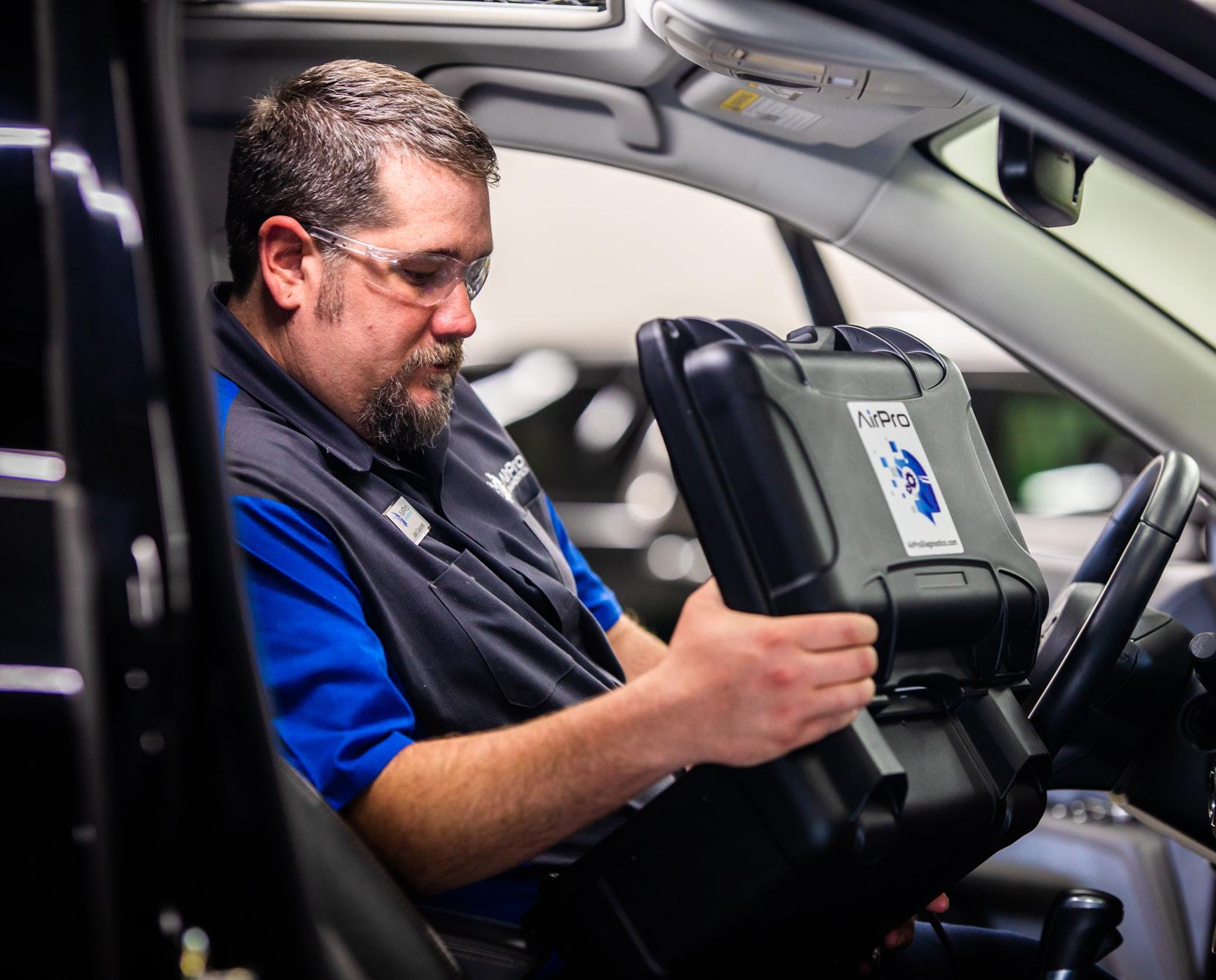
Remote scans could be a powerful tool for your shop. Hear more from one provider about how.
By NOAH BROWN
NEW VEHICLES TODAY ARE ESSENTIALLY computers on wheels.
According to Motor Trend’s “Coding the Car” report, the average new vehicle has more than 1,500 wires running through it that span over three miles. Through those wires, 150 million lines of code carry 25 gigabytes of data an hour through the vehicle’s systems.
Those wires are connected to at least 30 different computers and at least 60 electronic sensors, all of which are controlled by around 1,400 semiconductor chips, according to ConnexVSC.
Thomas Mulgrew is the marketing manager for AirPro Diagnostics, a remote scanning company that was “born from the
desire to provide access to the latest, most cutting-edge technology” for collision repair shops. He says that remote scanning has become a necessity for collision shops as they try to keep up with ever-evolving technology in vehicles.
“Remote scanning empowers owners of repair shops with fast, accurate, and comprehensive diagnostics, critical for safe and efficient repairs on today’s increasingly complex vehicles,” Mulgrew says.
In today’s repair landscape, normal diagnostic tools just won’t cut it. And with OEMs putting increasingly unique ADAS systems, sensor arrays and other proprietary technology into their vehicles, keeping track of what exactly
needs to be fixed on a vehicle and which repair procedures need to be followed is harder than ever before.
Though there are third-party vendors and services that provide ADAS calibrations and other essential services to successfully complete a repair, having too many hands on one vehicle can complicate the process. Further, if something goes wrong with the work of one of these vendors, your shop is still on the hook.
In-house scanning and diagnostic work is the best way to ensure that a vehicle is repaired completely. But depending on what vehicles you have coming into your shop, it can be overwhelming keeping track of the OEM-specific scan tools and databases.
AirPro Diagnostics was established in 2016 in Jacksonville, Florida, by collision repair industry veterans. Mulgrew says the company’s primary goal is to bridge the gap between OEM diagnostic complexity and repair shops through remote scanning services.
Remote scanning allows an off-site technician to analyze and diagnose a vehicle’s electronic control units and other systems without being in the shop. Mulgrew says services such as the ones provided by AirPro Diagnostics help shops get access to pertinent and comprehensive repair procedures and information more quickly than they would be able to if they were scanning the vehicles themselves.
AirPro Diagnostics, for example, is able to connect to a shop through an AirPro scan tool. When a shop plugs in their tool to a vehicle and scans, they’re connected to a remote technician that specializes in that vehicle make. From there, that technician will provide “clear, third-party documentation of diagnostic results and repair recommendations” for a shop to follow. Mulgrew says that on average, shops are connected with an AirPro technician in under 90 seconds, which helps shops get
accurate information fast. AirPro and other remote scan providers also have brand specialists that, as their titles imply, are experts on a specific make of vehicle and can provide expertise that shops may not have otherwise had access to.
“AirPro’s process directly supplements and enhances standard collision repair procedures by integrating advanced diagnostics, industry-compliant calibrations and real-time support,” Mulgrew says. “This ensures vehicles are not only cosmetically repaired but are also electronically restored to pre-accident safety and performance standards.”
Remote scanning can eliminate the need for using dealerships or mobile providers for scans or calibrations. Services such as the ones AirPro provides can be a gamechanger for your shop, but Mulgrew says that it’s essential your shop makes sure it has the necessary infrastructure to handle remote scans.
First, good internet connectivity is crucial. Mulgrew says this enables users to collaborate with remote brand specialists who manage the repair. Using a cellular hot spot is possible, according to Mulgrew, but a strong and stable Wi-Fi connection is preferred for optimal performance.
Data will be transferred both ways, so having good upload and download speeds is essential. HighSpeedInternet.com, an online resource for internet connections, says download speeds of at least 100 megabits per second and upload speeds of at least 10 megabits per second are good for video calls and sending files. If you have multiple devices that are connected to your wi-fi and in use simultaneously, though, they recommend even higher, starting around 500 Mbps download speeds.
“The goal of the AirPro tool is to provide fast connection times and support for vehicle diagnostics, which benefits greatly from a strong internet connection,” Mulgrew
says. “A faster internet connection will help ensure smoother and more efficient remote operation and data transfer.”
Additionally, the AirPro tool is batteryoperated and can provide three to six hours of use on a single charge. Mulgrew says having adequate space for the tool to be plugged in lets updates happen overnight helps reduce the need for charging during the day.
When working on a vehicle, Mulgrew says maintaining battery voltage in the vehicle being diagnosed is crucial when using the scan tool. He says any standard battery tender should be sufficient to use with AirPro tools.
Mulgrew says that remote scanning is a great option for shops across the board and can help them handle more complex vehicles in-house, boost efficiency, reduce risk, and enhance safety and compliance.
“There’s no reliance on external sublets or dealerships. You have quicker cycle times and the ability to add new services like ADAS calibration. Standardized procedures ensure vehicles leave correctly calibrated, and documented work supports insurers and defends against warranty claims,” Mulgrew says. “AirPro assists shops in working smarter, not harder—delivering high-quality repairs more quickly, safely, and with complete transparency.”
Remote scanning and calibration take some of the pressure off shops during the initial phases of collision repair.
Mulgrew says tools such as AirPro ensure shops can handle increasingly complex vehicles safely and efficiently while complying with ever-evolving industry standards. That, he says, is a win-win for shop owners.
“Shops don’t have to be experts in every make and model, and customers benefit from precision repair no matter what they drive,” Mulgrew says. “The ROI is worth considering.”

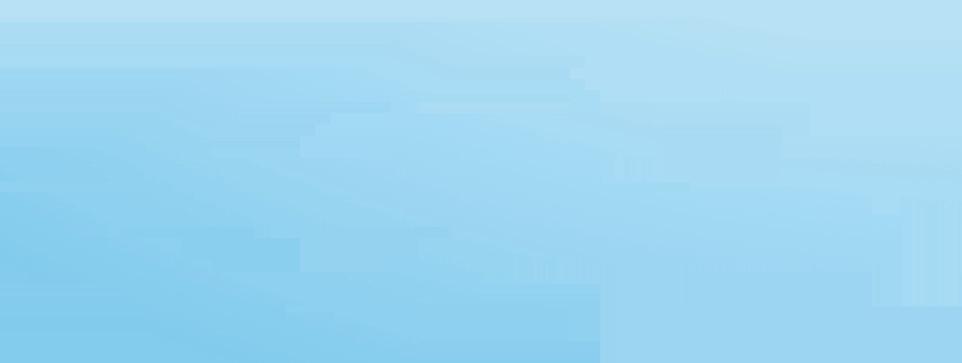









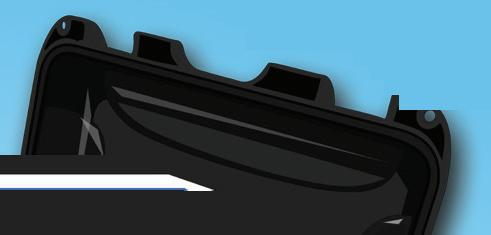






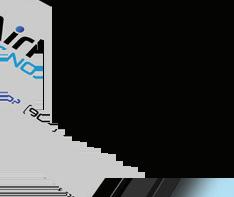









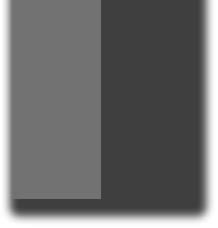
A supplier must protect their customer relationship by listening to their customer, responding to their needs, and showing up when it matters.
Last month, I shared my frustrations about being strong-armed by my jobber after discovering they’d sold me expired toner and then tried to bully me into loyalty by threatening to cut my parts discounts. That column struck a nerve with many in the industry, and I received messages from shop owners across the country dealing with similar challenges. So, I wanted to follow up — not just to bring closure to my situation, but to shine a light on how things evolved and the value of keeping communication open, even in the face of broken trust.
Let me start with something I didn’t expect to say at the time I wrote my first column: my jobber came back to the table. And they didn’t just come with excuses or fingerpointing; they came with solutions.
Someone in a position of leadership finally reached out. Not a delivery driver, not an email from a faceless person, but someone who could take ownership of the situation. And that, in itself, was a shift in tone I appreciated. They acknowledged the expired toner issue and made it right by offering a full credit or replacement, no questions asked. They also took it a step further by implementing new inventory controls to prevent expired product from reaching customers in the future. That’s the kind of action we needed from the start.
Even more importantly, they revisited my pricing structure and made improvements, boosting my discount on my current paint line and ensuring I wasn’t penalized for considering other options. While the earlier tactics felt like coercion, this time they responded with accountability, transparency, and actual support. Was it overdue? Yes. But I’ll give credit where it’s due — they made the effort to make things right.
That effort matters because I’ve always had a strong relationship with the paint manufacturer l and I really did not want to lose it. The performance and consistency of the premium products from that manufacturer have never let me down. And as much as I was impressed by what the other paint company offered — which, for the record, sprayed just as well and had excellent support behind it
— I wasn’t actively looking to switch paint brands. My issue was never with the product; it was with how I was treated.
Now, I want to talk about that other paint company, because they deserve recognition, too. When they heard I might be open to new options, they didn’t pressure me. Instead, they came to the table professionally and respectfully. They invited me to one of their 20 groups, and I’ll say this — it was a game-changer.
If you’ve never attended a 20 group, I highly recommend it. It wasn’t a sales pitch; it was a community. We discussed best practices, financial strategies, process improvements, and real-world challenges shop owners face every day. I learned more in those sessions than I expected to, and I left energized — not just about that paint company, but about what’s possible when vendors see you as a partner instead of a transaction.
Their paint line, which I tested in my shop, performed on par with my current premium product — a testament to the advances the other company has made in recent years. It was smooth, consistent, and well-supported. In another life, I might have made the switch.
But here’s the bottom line: my supplier corrected their course, and that allowed me to stay with the paint system I trust and the vendor relationships I value. I didn’t stay because I was forced to — I stayed because they finally earned it. That’s the key difference between loyalty and control.
I also want to address a few messages I got from fellow shop owners after my first column. Many of you shared similar experiences of being pressured by vendors or threatened with revoked discounts. Some felt they couldn’t speak out for fear of retaliation. Let me say this clearly: you are not alone. And you have more power than you think.
When we stay silent, we reinforce the behavior. When we speak up, we create space for change. Sometimes that means a difficult conversation, a lost relationship, or trying something new. But sometimes, just sometimes, it means getting the resolution you needed all along.
There’s a lesson here for vendors, too. If you're reading this and you supply products to our industry, understand that loyalty is earned through service, not intimidation. You don’t protect your business by threatening your customers. You protect it by listening to them, responding to their needs, and showing up when it matters.
As I move forward, I’m more committed than ever to evaluating all my partnerships with clarity. Paint, parts, support, everything is on the table, always. Not out of disloyalty, but because that’s how responsible businesses operate. Complacency has no place in an industry evolving as fast as ours.
To my jobber, thank you for making it right. To the other paint company, thank you for showing what professionalism looks like. And to my fellow shop owners: keep asking questions, keep demanding better, and never be afraid to advocate for what your business truly needs.
Because at the end of the day, we’re not just customers, we’re partners. And that partnership should go both ways.

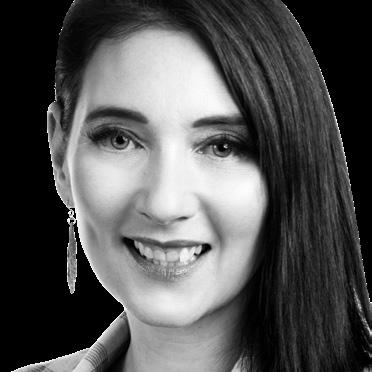
TIFFANY MENEFEE has more than 20 years experience in the insurance business and now runs a collision repair shop in El Paso, Texas.
EMAIL: tiffanykaymenefee@gmail.com
ARCHIVE: fenderbender.com/menefee
As you chase success, are you allowing time to enjoy the reasons you work so hard?
This month, I want to step outside of the shop… step outside of our day-to-days, and take a little time to reflect.
With that said, I think we all can agree that success can be addicting, sure. But it’s what happens when it starts stealing from the parts of your life that really matters. If you’re anything like me, you’ve already spent years trying to outwork reality. Ignoring the advice from others. Believing I was the exception to burnout, to disconnection, to the price success can quietly chew away at.
I used to say something regularly that you’ve probably heard before. I didn’t realize it was a lie at the time because to me it sounded more like motivation: “Yeah, but they don’t know who I really am… Watch this.”
That line got me through a lot. And for a while, it worked. Or at least, I thought it did.
“YOU DON’T BECOME THE BEST VERSION OF YOURSELF AFTER THE CHAOS SETTLES; YOU BECOME IT WHEN YOU CHOOSE TO SHOW UP IN THE MIDDLE OF IT.”
It fueled late nights, pushed through burnout, and kept the pedal floored long after the tank hit empty. I wore it like a bulletproof jacket, believing I could outwork, out-lead, and out-suffer anyone around me. We tell ourselves we’re the exception. The late nights, the missed dinners, the skipped vacations will make it all worth it “one day.” When the business is big enough. When the fires stop. When it’s all a little easier.
But here’s what I’ve learned: you don’t win by outrunning the cost; you just delay the bill. And when it comes due, it’s usually in moments you can’t get back. The missed dinners, the distant stares at bedtime, the family wondering where you are while you’re three feet away but miles from present.
We tell ourselves we’re doing this for them. For our teams. For our legacy.
But if we’re not careful, we start doing it for the version of ourselves that never feels like enough.
The truth is, most of us are chasing the same things: acceptance, happiness, stability, a little
breathing room. We want to matter. To leave something behind. To be the kind of person someone else can count on when it hits the fan.
And yet, the more hats we wear: owner, dad, mom, spouse, mentor, friend, leader, etc., the harder it becomes to wear any of them well. Life keeps changing, and no one teaches you how to scale yourself.
So, we grind harder and keep thinking, “Once I get through this next project… once the shop stabilizes… once I hire that final person…”
But let me say this with the urgency it deserves: There is no “once.” There is only now.
This is it.
You don’t become the best version of yourself after the chaos settles; you become it when you choose to show up in the middle of it.
The shop? It’ll still be there tomorrow. The customer complaint, the scheduling mess, the P&L that’s been whispering to you in your sleep? All still there. Look around you. The people who love you? They’re already here. The team that believes in you? They’re showing up right now. The version of yourself you’ve been trying to earn your way into. He or she doesn’t show up when the stress is gone, they show up when you finally realize what matters.
But the opportunity to actually live in this moment, to sit at the dinner table, be part of the conversation, laugh without thinking about your email — that’s the rarest asset you’ve got.
And here’s the kicker: this isn’t just about burnout. It’s about legacy.
What good is building the most admired workplace, the most dialed-in SOPs, the tightest KPIs, if the people who matter most barely recognize you anymore?
We don’t get to scale time. We only get to spend it; it’s up to us to spend it wisely or not.
So, this week, I challenge you to take it outside the shop. Say “yes” to the game night. Join in at dinner and look someone in the eye instead of at your phone.
Be where your feet are. We have so much to offer those around us, and those around us have so much to offer us in return. Take advantage of it by simply being present.
Because the thing we’re all working toward: the peace, the connection, the meaning, doesn’t show up at the end of the grind.
It’s hidden in plain sight, right now.
This is it.

DREW BRYANT has been the owner of DB Orlando Collision since August 2011. A 20 group leader, in-demand conference speaker, and award-winning shop owner, Bryant takes a nontraditional approach to process implementation, lean process development, and overall operational experience while remaining dedicated to his staff’s personal and professional development.
EMAIL: drew@orlandocollision.com
ARCHIVE: fenderbender.com/bryant

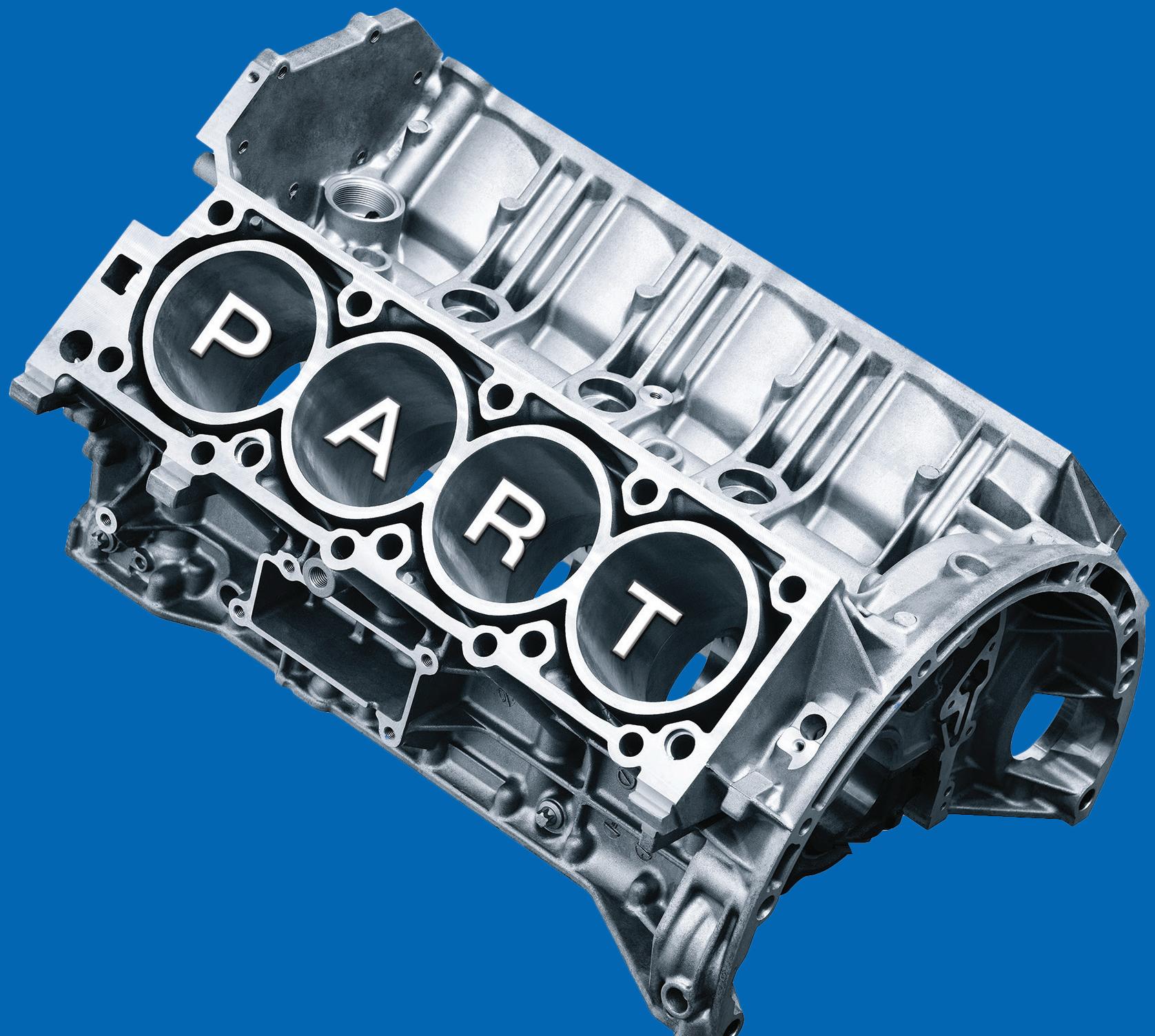
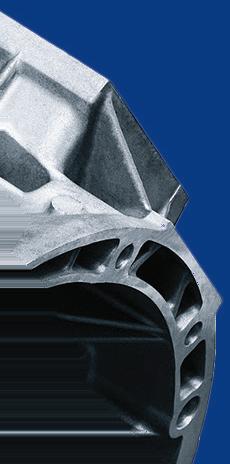



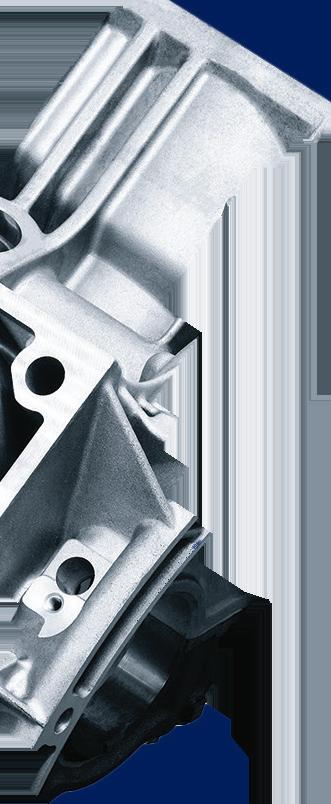

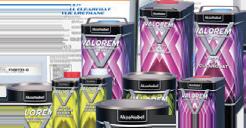
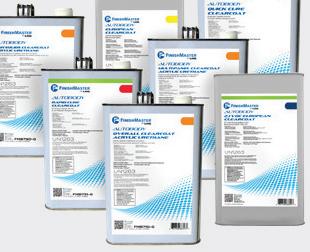

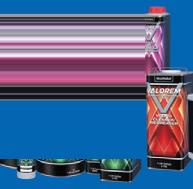

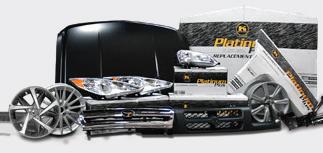


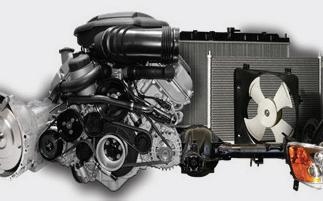


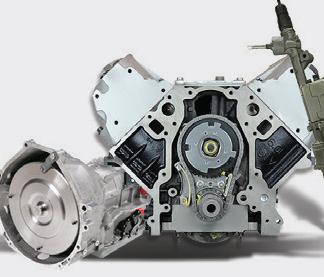

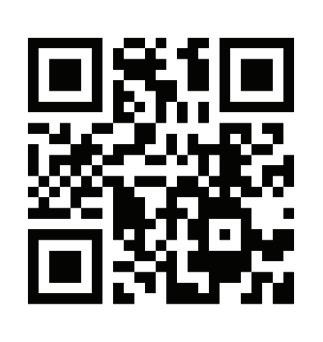

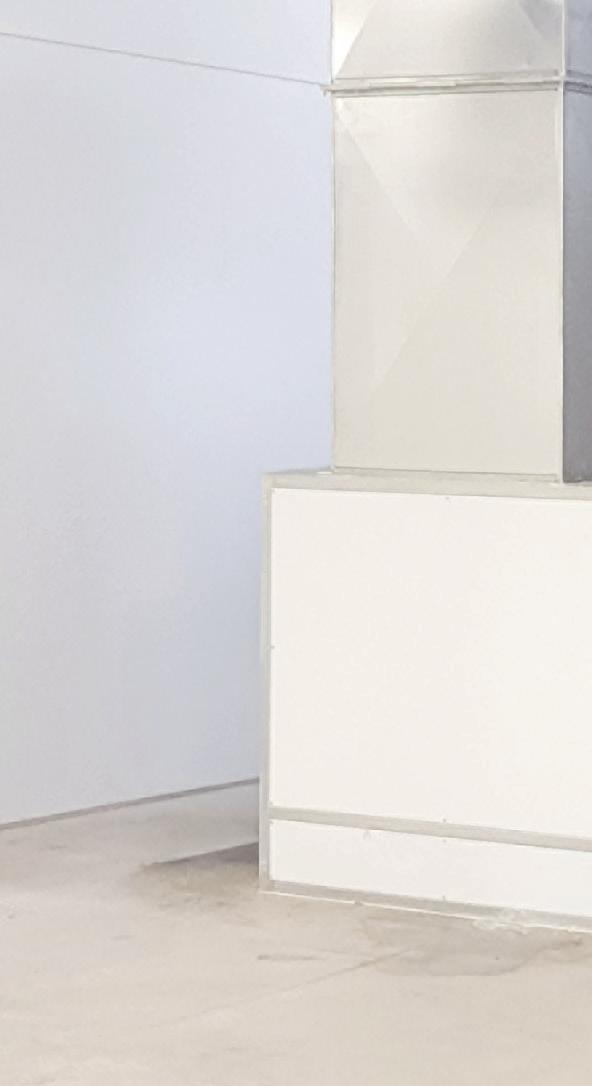






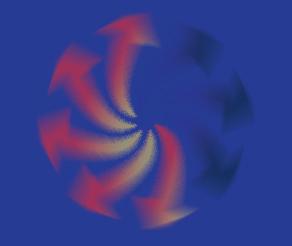
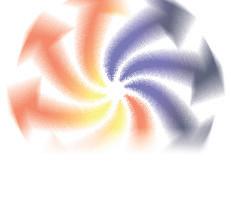
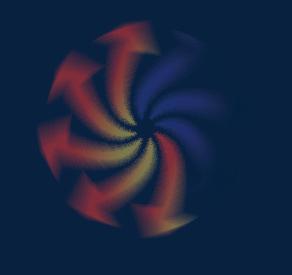

























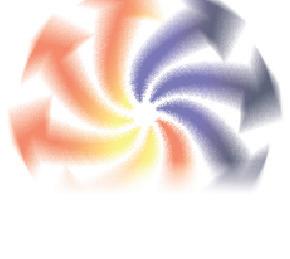
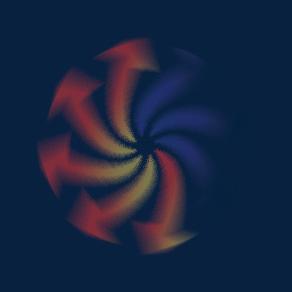











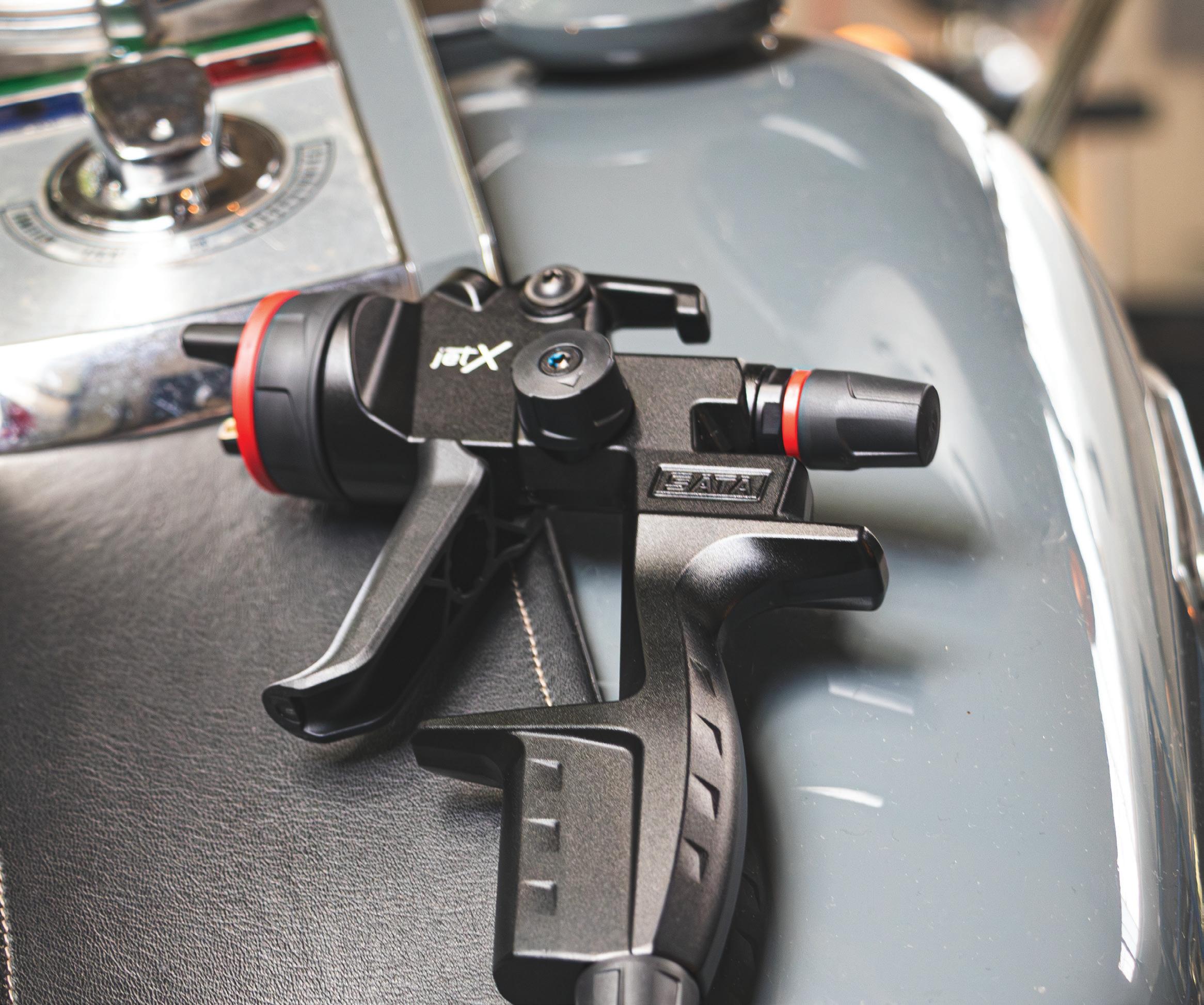
The most digital SATA of all time
It comes with a completely new nozzle concept.
Features a basic or digital options with an unprecedented range of functions.
jet X BASIC - analogue version
jet X DIGITAL ready - optimally prepared for digitization
jet X DIGITAL - with adam X's various digital functions
jet X DIGITAL pro - with adam X pro's full range of digital functions
Packed with features that make the difference.
We did this for one reason alone: to make it easier for you to be better.


INFO www.sata.com/jetx
www.satausa.com

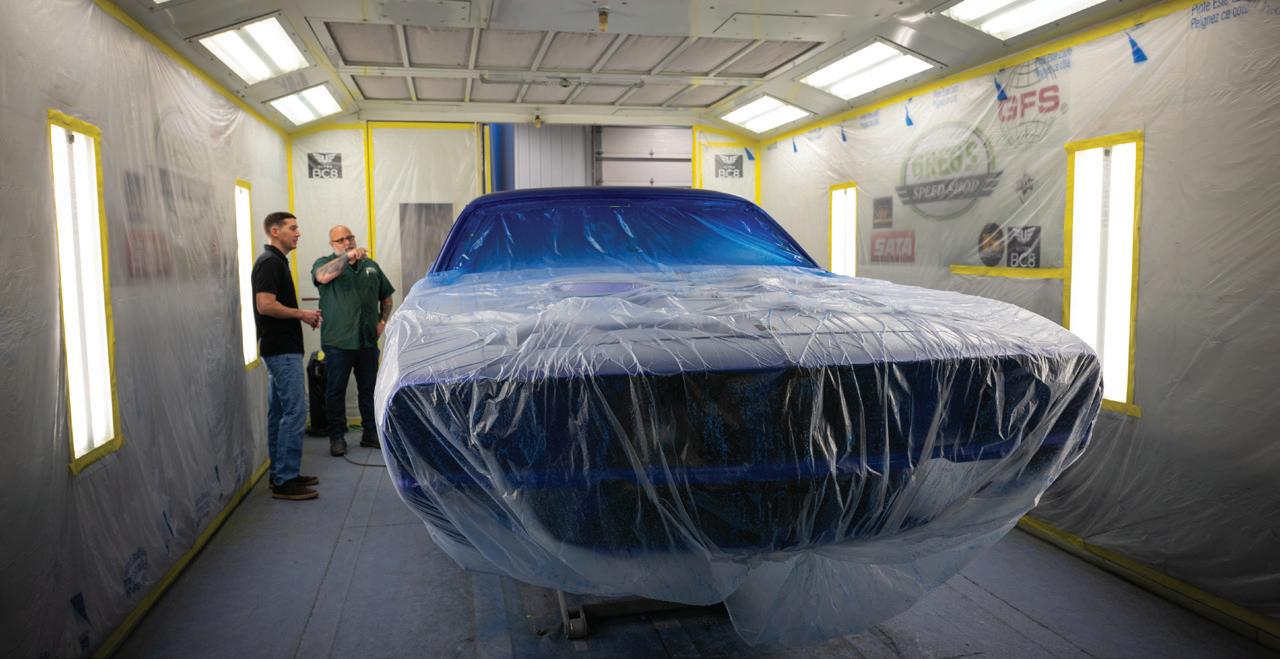

Tips & Tricks
A new standard in spray gun innovation. SATA’s RPS and LCS cups. DanAmAir offers airflow that works as hard as you do.
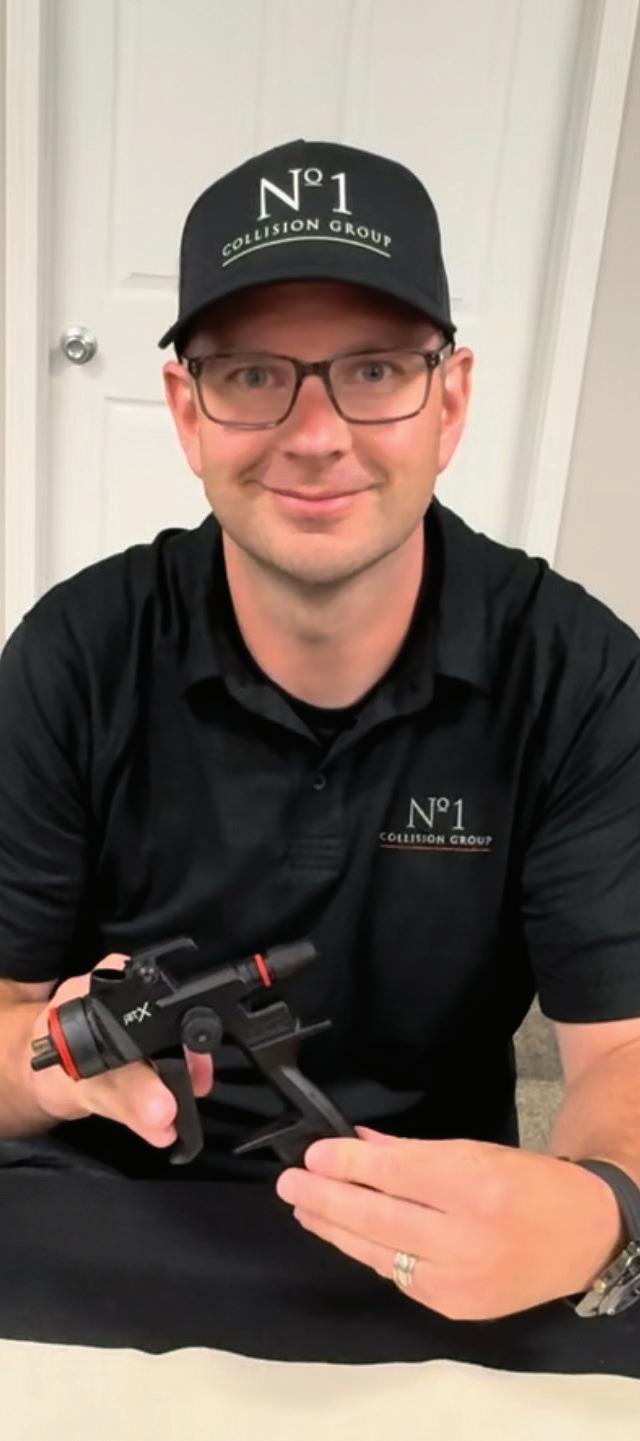

Tony Larimer Senior Inside Sales & Technical Training Specialist
This issue of Painter’s Playbook is full of tips & tricks and information to help shops be more efficient and lower product consumption. These are very important aspects in today’s collision world.
We are featuring articles and testimonials by many painters. From very high production collision repair shops to restoration and custom shops. Many of these painters are well known on social media, or in other publications that you have already read.
We are proud to feature the SATA family, and we continue to prove to them that they made the right choice for choosing us. Thank you to Bruce Sorensen, Connie Manjavinos Perez, Rob Paddock, and Jonathan Goolsby for being a part of the launch and for reviewing the new SATA jet X.
There are many various support roles in the paint world. In this issue, we look at the role of a SATA representative and speak to two long-term associates from BC Marketing Inc. Thanks, Bill Erickson and Jared Klotz, for taking the time. Who knows, maybe you will be on our team one day.
When looking at efficiency, we discuss the benefits of each of our cup offerings. The SATA RPS vented multipurpose cups to the new SATA LCS, liner cup system. SATA still advocates that the vented cups are certainly the best solution for consistency in color and film build. However, the new LCS
cups have advantages when compared to other liner cups systems.
Also in this issue, we investigate the SATA Loyalty Program. This program rewards painters for using everything from RPS and LCS, to earning coins for each nozzle set for SATA guns, and for replacement cartridges for the various SATA Filter Series. With the addition of the new jet X adam X pro digital gauge, you can earn coins for scanning the data after use in your adam X dashboard.
This issue offers an inside look on the SATA jet X. There are a great deal of testimonies and information to show you the clear advantages in ergonomics, efficiency, atomization, color and clear control plus product consumption savings the jet X offers. Be sure to read about the great technical aspects the jet X offers, provided by Chris Springer.
Our DAA division manager and northern region manager Brad Gravenhof also provides details to show the advantages of the DanAmAir aluminum air piping system. He explains how it can greatly improve the much-needed compressed air volume and uses in your shop.
Lastly, there are a few great-looking ads within this issue intended to provide additional information to help you make informed decisions when you look at SATA products.
We wish all of you reading this, great success. We are proud to work with FenderBender on this edition of the Painter’s Playbook.


The SATA RPS multi-purpose cup system performs four functions: mixing, painting, refilling, storing. The handling of SATA RPS is so easy because it consists of only three parts: cup, lid and sieve.
SATA RPS fits directly onto your SATA spray gun with QCC connector (Quick Cup Connector) without any adapters. It makes a technician's life much easier, considerably increases productivity and drastically reduces the consumption of cleaning solutions and solvents.

Bendable - allows painters to tilt the cups forward or side to side to spray at different angles, on parts, rocker panels, bumper covers. Stable - due to robust connection between cup and lid, the cup always remains on lid and gun even when touching obstacles. Constant material flow - whether the cup is full or just a couple ounces, the flow rate will stay the same for a perfect finish. Easy removal, when finished squeeze cup and close vent cap on bottom of cup to create vacuum. Turn gun over pull trigger to empty the material passage. New packaging to match industry standard
satajet@satausa.com www.satausa.com
By Emily Kline

Sam Brummund Owner
Spectrum Auto Body
SAM
BRUMMUND’S
— owner of Spectrum Auto Body — successful career in auto body has been defined by positivity, grit, and great equipment.
Along the way, through ups and downs, Brummund has remained committed to creating a positive work culture, investing in his employees, and relying on companies he trusts.
One company in particular has been with him since the beginning, SATA. Painter’s Playbook sat down with Brummund to explore how his career has evolved throughout the year and why his passion for SATA has developed into lifelong loyalty.
As a child, Brummund looked up to his grandfather, who worked at an auto body shop. When he graduated from high school he ended up attending WyoTech, an automotive collision refinishing tech school in Laramie, Wyoming.
After graduating in 2008, Brummund moved back to the Twin Cities and gained experience working at different auto body and collision shops.
“Working at those places inspired me to want to do my own thing,” said Brummund. “I started Spectrum Auto Body in 2012, and because I didn't have enough money to have a real shop. I made a mobile shop.”
After doing small on-site jobs for a summer, Brummund saved up enough money to purchase his first shop in Burnsville, Minnesota.
At this shop, it was just him and one other employee. After moving locations a few more times, he ended up in Belle Plaine, Minnesota, where his current shop resides.
"The wife and I were having kids, and so we decided to move to Belle Plaine,” Brummund said. "I currently have four fulltime employees—not including myself— and one part-time employee."
Because his team is small, Brummund has found it especially important to ensure that his team culture is cohesive and positive.
Brummund has a broad range of employees at Spectrum Auto Body. They all come from different backgrounds with different levels of experience. Because of this, he encourages them to learn from one another.
“You must have a different attitude towards the varying levels of experience and ages,” Brummund said. “I try to make it a fun atmosphere. I'm not trying to make it serious all the time.”
To help develop relationships among the team further, he has found
it important to create team bonding moments outside of the shop.
“I've taken my employees on trips,” Brummund said. “I took the guys to SEMA three years ago. Doing things outside of work is important. Realizing that these people are people you spend more time with than your family, and that you should probably be friends with them, is necessary. I mean it in a professional employee-employer relationship, but in the end, it’s important to be friends.”
Another thing that has contributed to the success of Brummund’s shop is the type of equipment he uses.
Brummund has been using SATA for his entire auto body career and has enjoyed the quality products the company provides.
“I’ve used SATA since day one,” Brummund said. “That's what they had at WyoTech. "When I graduated, SATA had a discounted program with the college." Naturally, I bought myself a SATA case. I bought a primer gun and a base clear gun. I had the first spray gun model, the 3000. That was my money maker, and I carried that thing around, and it was with me for a long time.”
Throughout the years, Brummund has continued to faithfully upgrade his SATA equipment to the latest and greatest.
“I’ve always traded up,” Brummund said. “I even have stickers I got from SEMA that say, ‘SATA for Life’. When I started my shop, I never had a breathing apparatus, so I bought one. One of my employees had never experienced it either. He was always a charcoal mask person, and as soon as he put on the hood, he couldn’t paint without it again.”
His positive experience with the hood is just another reason why Brummund has remained a reliable SATA customer.
When asked about his opinion on the jet X, Brummund was very excited about the noticeable advancements.
“Yeah, they're super nice,” Brummund said. “It’s the first time I feel that SATA has made leaps and bounds in changing something. I mean, it's been the 2000, the 3000, the 4000, and the 5500. With the new jet X, it's a whole revamped spray gun. It's exciting, and I embraced it and bought a couple of them.”
Like many others, Brummund’s positive experiences with SATA have made him a dedicated lifelong customer.
“I’ve used SATA for as long as I've been around doing auto body, and at this point, there's no way I'd ever change,” Brummund said. “SATA is it for me.”
By Emily Kline
SATA HAS ONCE AGAIN raised the bar with its new spray gun — the jet X. With this new model, SATA has abandoned the numbering system it used with previous spray gun models. This is primarily because the jet X is a complete redesign.
“As part of that redesign, we've removed over 50 grams from the gun's weight,” said Chris Springer, National Accounts & Industry Relations manager at SATA USA Inc. “While previous generations of the SATAjet spray guns included incremental changes and refinements, it wasn't a complete redesign. They continued commonality through the design.”
The jet X is different — it’s a true reinvention created to deliver a new standard of precision, balance, and efficiency.
Available in four models—the BASIC, DIGITAL Ready, DIGITAL, and DIGITAL pro—the jet X allows painters to choose the right spray gun for them.
“Essentially, the BASIC, DIGITAL Ready, DIGITAL, and DIGITAL Pro are all the same gun from an atomization perspective,” Springer said. “It’s just whether it's ready for a gauge, comes with a basic gauge — the adam X — or comes with our more advanced gauge — the adam X pro. When it comes to selecting your jet X model, it comes down to which accessories and features you want included with the gun.”
Listed below are the basic descriptions of each model of the jet X.
BASIC: This is the most affordable model. It’s analogue and has no digital gauge compatibility (unless you add an adam 2 U on the bottom air inlet), and it does not include the detachable trigger/ wrench.
DIGITAL Ready: This is an upgrade because it’s pre-configured to accept either of the adam X gauges. No gauge is included; it is ideal for painters who already have a digital model or for a painter that might want to upgrade later. Comes with the detachable trigger/wrench.
DIGITAL: This comes with the adam X — which is pre-installed and ready to use straight out of the box. It is great for painters who want immediate digital readouts without all the extra features. Comes with the detachable trigger/wrench.
DIGITAL Pro: This spray gun comes with the adam X pro and the detachable trigger/wrench. This top-tier model is ideal for painters who want the most precision and control.
What sets this gun apart isn’t just the different models. The jet X offers its painters novel technology, a sophisticated design of the gun, and digital gauges.
The adam X is a simple digital pressure gauge that displays the current inlet pressure digitally as well as ambient temperature on its screen. This option is great for painters who want a digital readout but don’t need the advanced features that come with the adam X pro.
“The adam X is the base model streamlined version of our two new digital gauges,” Springer said.
As SATA’s most advanced digital pressure gauge, the adam X pro offers more enhanced precision and a broader range of features. These include one or two gun modes, target pressure, temperature, spray time, and number of trigger pulls compared to the adam X model.
It has an additional feature that informs the painter when they aren’t hitting
their target pressure, as well as the ability to track the user data on SATA’s adamxpro.sata.com website by scanning the on-screen QR code.
When purchased, both the adam X and adam X pro are in transportation mode. For the adam X, you simply remove the protective cover from the screen and plug it into air above 29 psi for 30 seconds. This takes the gauge out of transportation mode and is ready for use.
The adam X pro comes with a red cover on the gauge. It’s as simple as removing the cover and the technician is ready to spray. Be sure to keep the red cover – it is used to put the gauge back into transport mode when needed. This could be if a painter changes shops or maybe when they go on a long vacation. The red cover disengages the battery and will extend the battery life.
Both the adam X and adam X pro have a stand-by mode feature built in which adds to extending battery life.
“There's no written rule on how you're supposed to utilize the adam X pro,” Springer said. “You're given options. It has been 25 years since SATA introduced digital air pressure to the industry. Today digital air pressure is all but standard. SATA is continuing to innovate and improve the industry by giving more data than just pressure.”
For painters who want the highest level of control, accuracy and data, the jet X DIGITAL pro is the obvious choice.
Regardless of which model a painter chooses, one of the many innovative changes SATA has made to the jet X is the redesign of the gun's airflow system.
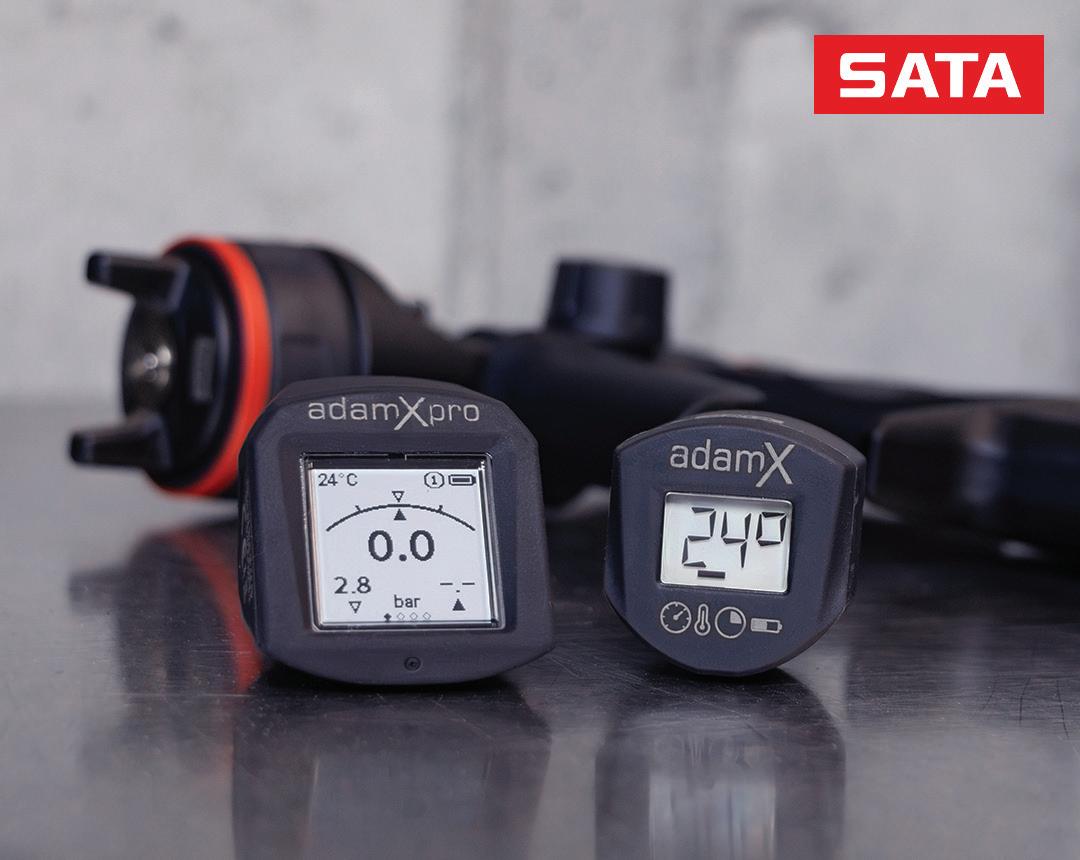
Most spray guns in the industry use the same airflow design — air is put into the bottom of the gun, and it continues a forward progression until it goes out the front of the gun. The airflow of the jet X differs because it uses an innovative “labyrinth” airflow system.
“As the air is flowing through the nozzle set of the jet X, the labyrinth airflow system changes the direction of the air at the fluid nozzle and makes it flow backwards, then forward through the air cap,” Springer said. “By curving the air backwards and then allowing it to go forward and out of the gun, the labyrinth system essentially slows the air down and removes virtually any turbulence or pulsation of the paint material.”
The result of the labyrinth system is exceptionally fine and homogeneous atomization with unprecedented control.
Another fun feature of the gun — previously mentioned earlier — is a detachable trigger. This trigger easily comes off and has an integrated wrench for the fluid tip of your gun.
“It’s a concept that’s relatively unseen in the industry,” Springer said. “At SATA, we strive to be innovative and break the norms, focusing on the little pain points for a painter. This way they never have to leave the booth to tighten or check their nozzle set.”
It is important to note that this feature is not available on the BASIC model. To keep the BASIC model more budget-friendly, SATA equipped it with a trigger that uses a torque screw – and includes a T-handle wrench for easy disassembly.
Another exciting change on the jet X is the location of the air micrometer and air piston.
“Previously, with the air piston, there were springs and seals in there,” Springer said. “If you had to replace it for whatever reason, there were multiple parts that you had to order and put in. Now that it's a three-in-one unit, if anything ever goes wrong with the gun, it's easy to pop out the air micrometer / swivel and slide a new one in.”
The air micrometer is now positioned at the bottom of the gun. To close the micrometer, simply turn it

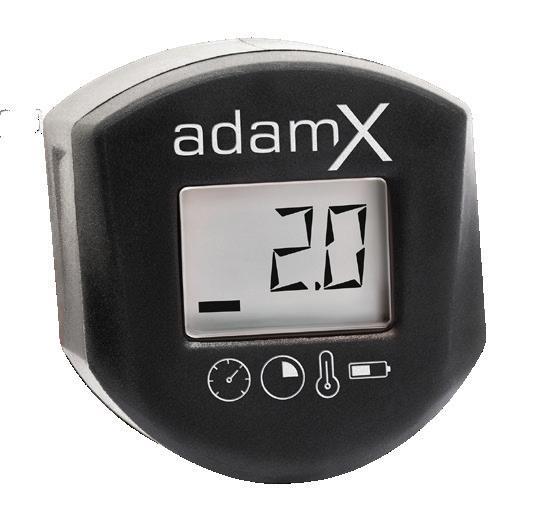
clockwise into the spray gun. To open it up, it just needs to be turned counterclockwise. The redesigned micrometer also features an integrated swivel, helping to prevent the hose from binding and improve overall maneuverability during spraying.
Unlike older models, the needle passes through the air piston, this allows the piston and fluid delivery to all be very linear.
“Because the air piston and fluid needle are all in the same path, the feel is very, very smooth,” Springer said. “It's a distinct difference when it's in your hand. As soon as the painter pulls the trigger, they're like, ‘Oh, that's very different.’”
The smooth feel is just one of the many features that were incorporated to increase productivity and efficiency for the painter.
Whether you’re choosing the BASIC model or going all-in with the DIGITAL Pro, the jet X delivers. This spray gun is more than just a tool; it’s performance-driven designed to raise the quality of work in every paint booth it enters.
By Emily Kline
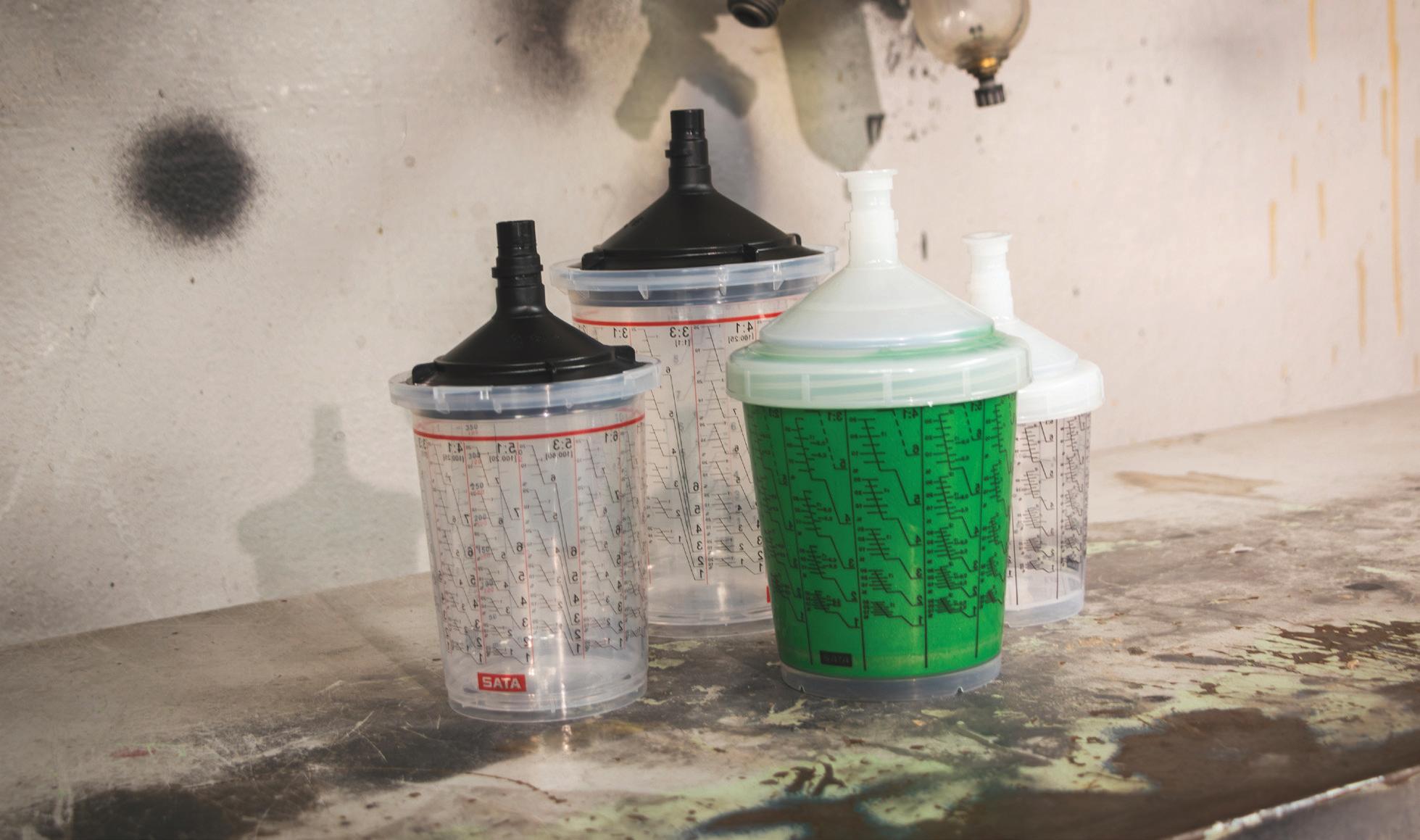
IN THE WORLD of automotive refinishing, every detail matters — especially when it comes to the cup systems painters use.
Since 2006, SATA’s RPS (Rapid Preparation System) cup has been the go-to for professional painters. Its high-quality features and vented design have made it a trusted option for nearly two decades.
Recently—true to form—SATA released a new cup system. For those who prefer a liner-based approach, SATA has created it’s very own LCS (Liner Cup System).
Together, these two systems provide painters with high-performance solutions tailored to their workflow. Whether they’re
loyal to vented systems or leaning towards liners, SATA offers two top-tier options.
To figure out what option is right for you, Painter’s Playbook sat down with Tony Larimer, Inside Technical & Training Specialist at SATA USA Inc., to learn about the cups’ differences and commonalities.
SATA RPS was the first vented, disposable cup system in the industry and has over 19 years of proven performance. This cup is extremely versatile because a painter can mix paint in the cup using the mix ratio graduations, easily refill and
reuse the cup, store properly labeled paint in it, and spray with it.
Vented cups greatly benefit the painter because they allow an even material flow rate. Whether painting with difficult pearls and metallics, or the latest high solids clearcoats, the even flow of a vented cup gives painters a consistent spray pattern and material flow. It ensures optimum product performance, material savings, and color alignment.
The RPS cup allows every drop of paint to be sprayed from a cup. If a painter has a
small repair and only needs two ounces of material, they can be confident that they won’t have to throw away any paint.
“That, for us, is product savings,” Larimer said. “The RPS cups allow painters to spray economically every time and get all material out of the gun. If you have uncatalyzed product leftover, it can be stored in case you need it again. For example, if you're working on a vehicle and you have damage or something happens during a reassembly—after it's been painted—you will already have base coat ready to use in that cup.”
When using SATA RPS Cups, SATA’s QCC (Quick Cup Connect) is offered. This is a feature that allows the cup to directly attach to any current model SATA gravity feed spray gun without the use of an adapter. Adapters are also available for other brand spray guns for painters wanting to utilize the benefits of the SATA RPS and LCS cup systems.
“One of the benefits of not requiring an adapter is weight savings and easy cleanup,” Larimer said.
The QCC attachment makes it easier to clean the gun because there are no threads inside the gun body. As a result, it’s a very smooth surface, making cleanings exceptionally fast.
The SATA RPS Cup comes in 0.3 liter, 0.6 liter, and 0.9 liter. In addition to the three different cup sizes, painters also have the option to choose from two different strainer options.
“The variety of sizes comes with two options," Larimer said. "A plug-in strainer and a flat strainer. The plug-in strainer is a barrel-shaped sieve that plugs into the lid, and is 200 microns. We also have two versions of the flat strainer—available in 200 microns and 125 microns—that snap into the lid. The big flat strainers are often
used in waterborne and for people who want to have a larger surface area for contaminant removal.”
A painter can’t go wrong with the RPS cup. Its reliability, consistency, QCC system, and variation in features make it the obvious option for vented cups.
Within the market today, there are preferences of which technology cup system fits the painter’s processes. Some painters prefer the advantages that a vented cups system brings, while other painters prefer the ease of use of a liner system. Both technologies have a place in the industry and SATA acknowledges this and now offers painters both options to choose from.
“They reimagined the design,” Larimer said. “Our LCS has a holding cup that is crystal clear. It has over 100 mixing ratios on the holding cup so that you can mix any paint system in it. It also has a thin membrane liner that drops into the holding cup, and an attachment lid.”
The black attachment lid snaps down onto the top of the cup. To lock it into place all a painter must do is turn it under the four locking tabs. These tabs are extremely secure and prevent the cup from leaking and the cup liner from falling off the lid.
The liner in the SATA LCS was designed to have a thinner wall with a thicker bottom.
“When the liner is turned upside down on top of the spray gun, it allows a more even collapse of the liner in the cup,” Larimer said. “This design doesn’t impact the flow rate as much as other liner cup systems do. As a result, painters can spray more material closer to empty without significant impact on flow rate and pattern.”
Just like with the RPS, the LCS allows painters to get much more of the material out of the cup than other ones out there.
Just like the RPS, the LCS also has the QCC system. This allows the LCS to connect to any current model SATA gun without an adapter.
“With the LCS not having an adapter, it has made the cup much lighter and more ergonomic to have on top of the gun,” Larimer said. “Also, because the lid has a locking mechanism, the cup doesn’t require a locking collar.”
Many of the other brands of liner cups in the market have a separate collar that must press down over the top of the cup. This is unfortunate because it adds more weight to the spray gun. SATA’s LCS doesn’t have extra components, making the gun lighter.
Another characteristic both SATA’s RPS and LCS have is the strainers. Both systems are the same; the LCS just carries the flat version i.e, either the green 200 micron or the blue 125 micron.
The LCS is ready for any paint job; it is available in 0.4 l, 0.65 l, and 0.85 l cup sizes. Additionally, each box of LCS cups comes with a new holding cup. This ensures that the painter has a clean overspray and a debris free cup that aids in cleaner finishes and less rework and polishing.
Whether a painter prefers liners or vented cups, SATA has both. With the release of its LCS, the company has been able to continue to move into the future with its advancements.
“The RPS is one of those products that we've been very proud of,” Larimer said. “It's the best cup on the market and is the original vented cup system. So, to move forward and give another alternative was a big decision. So far, the painters that are switching to LCS from other liner systems are pleasantly happy with the performance and exceedingly impressed with the affordable price.”
By Emily Kline
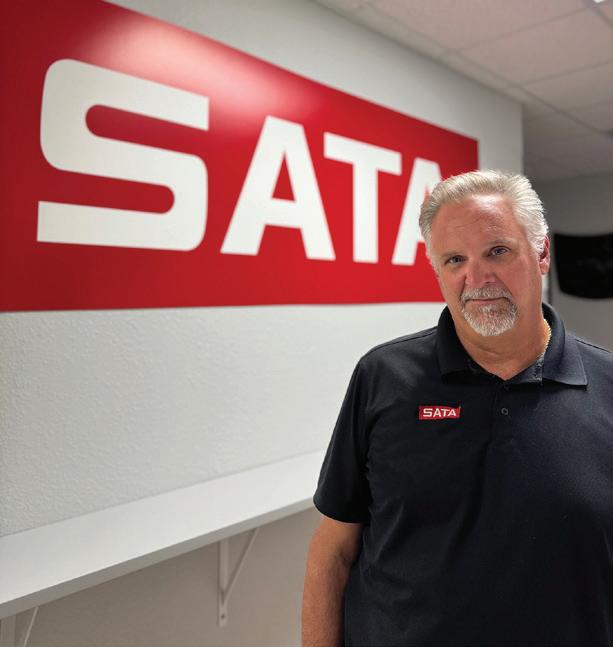
WHEN IT COMES TO delivering clean and consistent compressed air, it can be difficult to find something easy to use that provides clean air quality and increases efficiency. This is the reason SATA USA Inc. offers DanAmAir aluminum piping.
This compressed airline system is more than just piping — it’s a complete solution. With modular components, press-to connect fittings, leak-free connections, and support from a nationwide team of experts, DanAmAir was designed to make clean air simple.
DanAmAir is an advanced aluminum compressed airline system designed for all of your compressed air needs.
“We wanted to have an offering that could handle all of our customers’ wants by routing the air properly from their compressor to our equipment,” said Brad Gravenhof, the Northern Central Regional and DanAmAir manager at SATA USA Inc. “By routing air properly through correctly sized piping, we can ensure that our equipment works as intended.”
This is important for painters because if their spray gun is not getting an adequate volume of air, it is not working as efficiently as it could.
Although there are multiple different aluminum compressed airline companies
out there, DanAmAir is unique in what it offers.
“We feel like we have a little bit of a niche product because we have a start-to-finish system,” Gravenhof said. “We’re routing the air to the filtration, then to the fresh air hood breathing equipment, and the spray guns. We have the whole package.”
This aluminum piping system significantly reduces the time and cost of installation, with labor accounting for only 20% of the cost of installing DanAmAir. Unlike the performance of steel and copper air pipe systems, DanAmAir provides clean air quality and optimum flow rate performance because of its aluminum composition and full-bore fitting design.
One of the biggest perks of the DanAmAir aluminum system is the ease with which it can be installed, and many customers self-install their systems.
“DanAmAir can also help facilitate estimates” Gravenhof said. “A lot of times what will happen is the customer will reach out to us and say, ‘I'm adding on to my building, or I'm adding a booth, or I'm building a new shop, and I'd like to put in your airlines. Can you help me figure that out?’ They can send me a schematic, or a blueprint, or a hand drawing, and I can take that and turn it into a two-dimensional rendering. By doing this, it’s easier to see the ups and downs of the piping routing. The layout provided has everything labeled, and along with that we can provide an estimate of needed materials.”
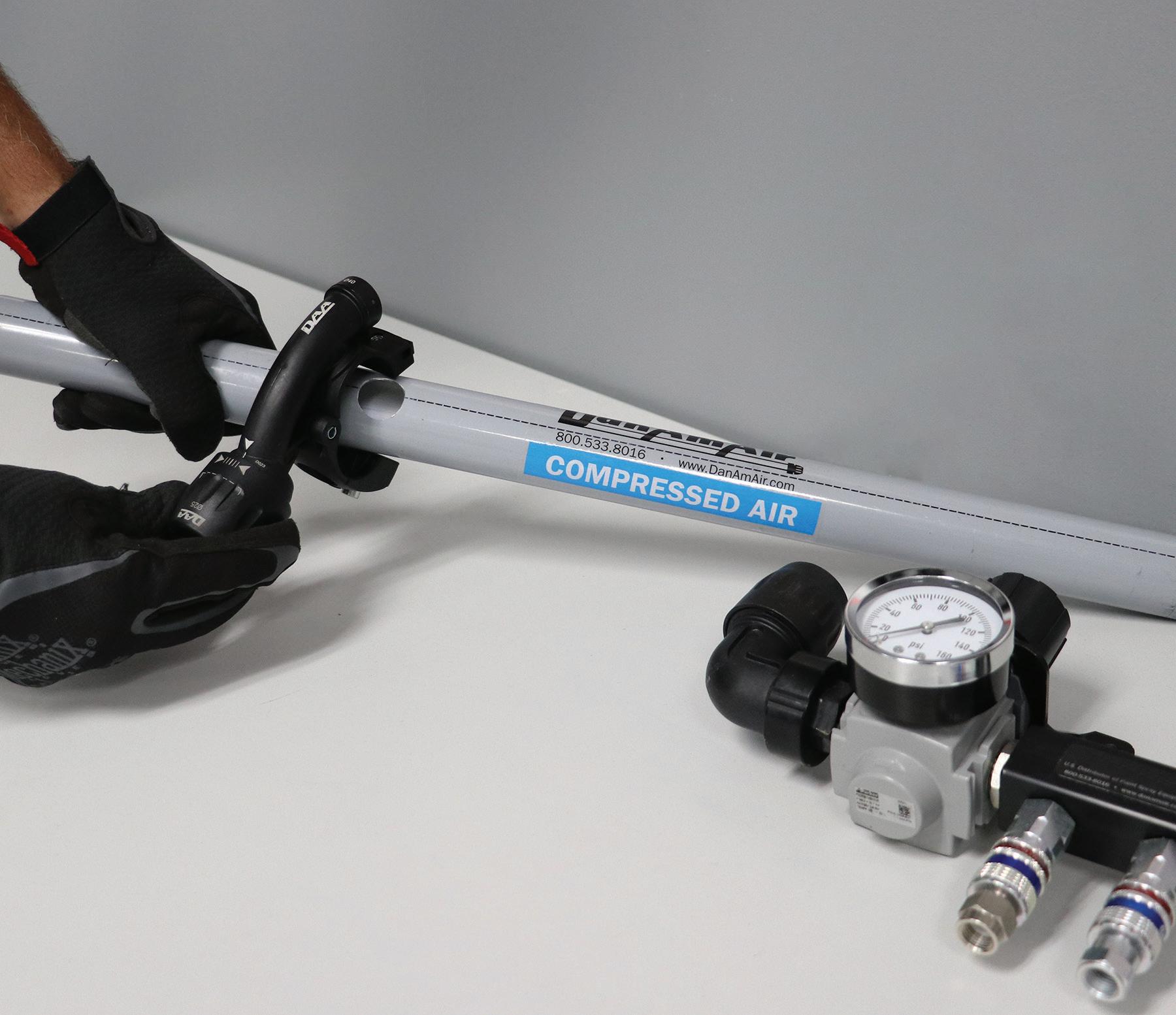
Not only that, but the modular design of DanAmAir’s system makes it so that one can put it together quickly and — if necessary — modify it easily.
“We have a true press-to-connect system,” Gravenhof said. “You truly just press the fittings onto the pipe. There's no threading, soldering, or glueing involved.”
DanAmAir is available in ½” – 4” pipe sizes and has a leak-free guarantee.
Another perk of DanAmAir is that it can be integrated into existing copper and steel piping without compromising performance. This makes DanAmAir perfect for any upgrades or expansion projects a painter may want to do.
If you’re a customer looking to purchase DanAmAir, it can be bought through any authorized SATA dealer. Anywhere one can buy a spray gun or a fresh air hood, or a filter — DanAmAir is also available. All piping and fittings are in stock at SATA USA Inc. headquarters in Minnesota, and equipment can usually be shipped the next day.
“It’s not a time-consuming process to get product, and we can generally drop ship it right to your door if you’d like,” Gravenhof said.
To buy today, a painter/shop owner can reach out to their SATA
dealer of choice located throughout the country—and if needed—the local SATA Rep can go directly to the shop and help the customer lay out a design and get an estimate.
“We know we have one of the best compressed air systems in the market to go along with our reputation of high-end filtration systems, breathing equipment, and world-class spray equipment,” Gravenhof said. “If it's coming from us, you can be assured that it's the highest quality you can get.”
For more information about DanAmAir visit: danamair.com.
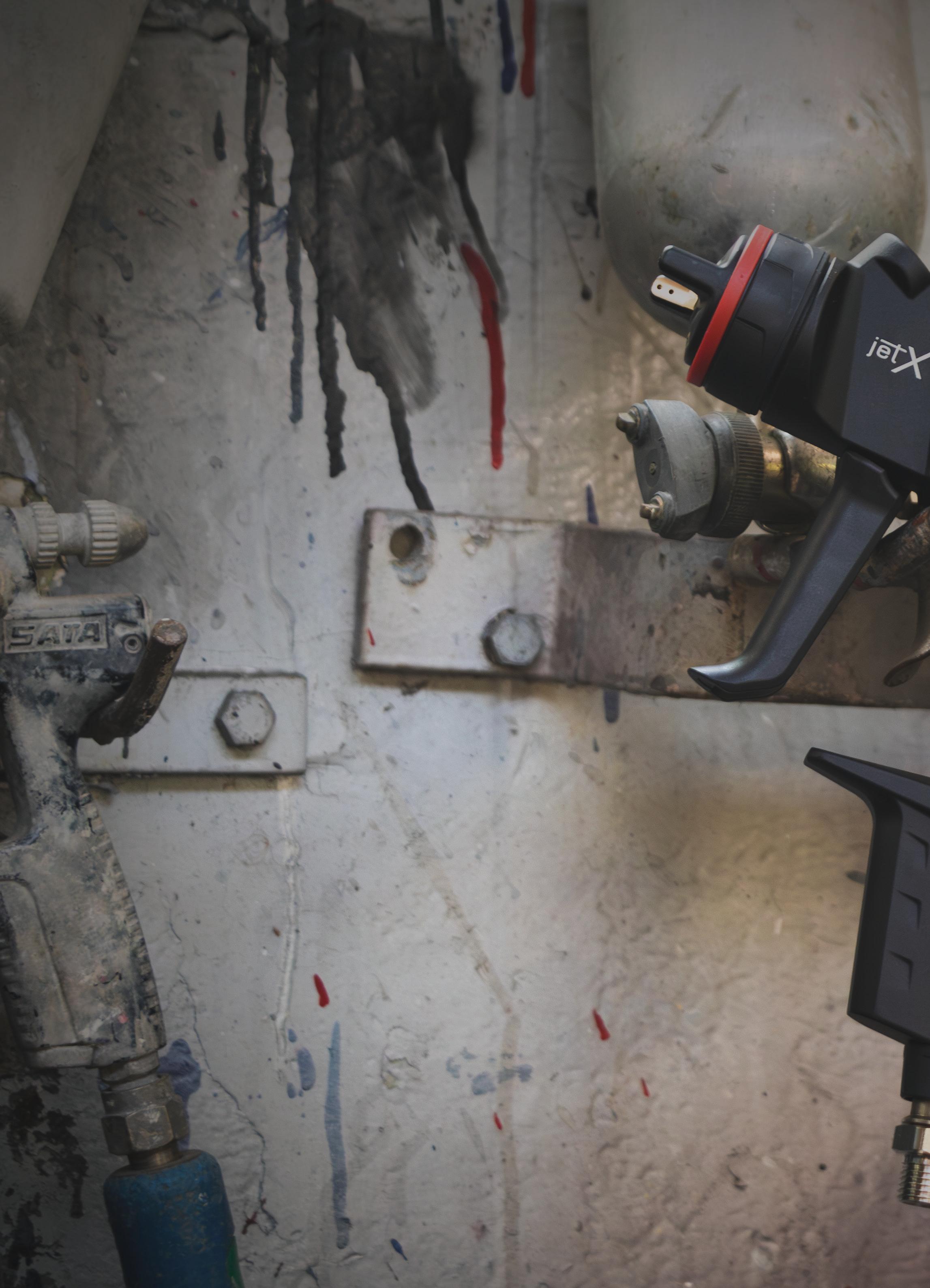
The air cap and fluid tip with the innovative labyrinth airflow system are the heart of atomization. Keeping your air cap clean and free of overspray and debris will result in years of use without degradation of performance. It is recommended to use a soft, nylon bristle brush to clean the fluid tip and air cap.
Fluid tip seal ensures minimal cleaning effort and safe color change. Fluid tip and paint needle are made of corrosion-resistant stainless steel and the robust air cap is made of durable brass.
Selecting the correct fluid tip can be a daunting task. With all the options out there, how do you know which one to choose? SATA helps take the guesswork out with the SATA Nozzle Finder app as well as spray gun charts from the major automotive paint brands.
50 grams lighter than its predecessor. Its ergonomic design sits comfortably in your hand—and even with a full cup, it stays perfectly balanced without feeling top-heavy.
Air connection with swivel joint combined with a new, innovative air micrometer for even more precise adjustment of inlet pressure. This is for fine tuning to your desired air pressure based on the materials you’re spraying. Adjustments should not exceed 5-10 psi.
Adjusting air down to spray pressure from 80+ psi line pressure can result in inconsistent pattern, pulsing of the fan and in extreme cases can lead to diminished appearance of the finish. It is always recommended to regulate the air pressure down to within 5-10 psi of desired air spray pressure with a good diaphragm wall regulator.
Trigger with Integrated tool for the fluid tip – can be removed without tools. (Excludes jet X BASIC)
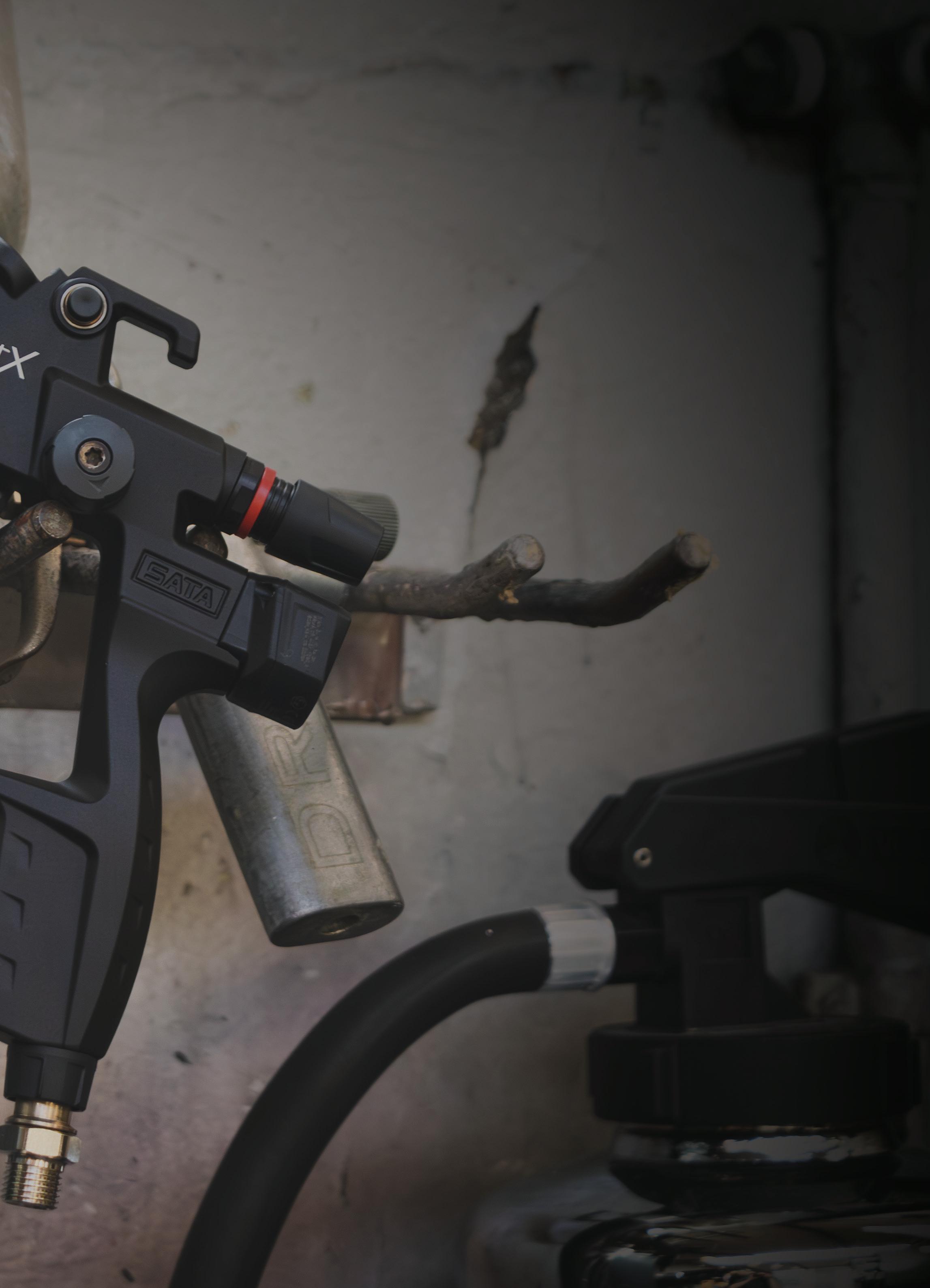
This knob can be used to reduce the amount of paint material. By reducing the amount of paint, the fan size and shape will also be affected.
Consider replacing this knob with the new SATA® QMR. The QMR or Quick Material Regulator allows you as a painter to make instantaneous changes to your material with the push of a button.
This dial controls the fan pattern shape. It does this by reducing the amount of air that is directed to the air horns. When fully closed, the fan pattern is a round, conical shape.
The next time you’re going to reach for the fan control, try adjusting your fluid in 1 ½ - 2 turns closed from wide open first. You will notice the fan gets smaller without sacrificing atomization. Then you can adjust your air pressure down to get the perfect balance of fluid and air for the product you’re spraying.
SATA USA offers a couple options for the jet X series
BASIC – (analogue, an adam 2 U or #27771 micrometer can be mounted at the air inlet)
DIGITAL Ready – Digital port included, ready for future upgrades
DIGITAL – Comes equipped with adam X for essential digital insights
DIGITAL Pro – Fully loaded with adam X pro for maximum digital control
By Emily Kline
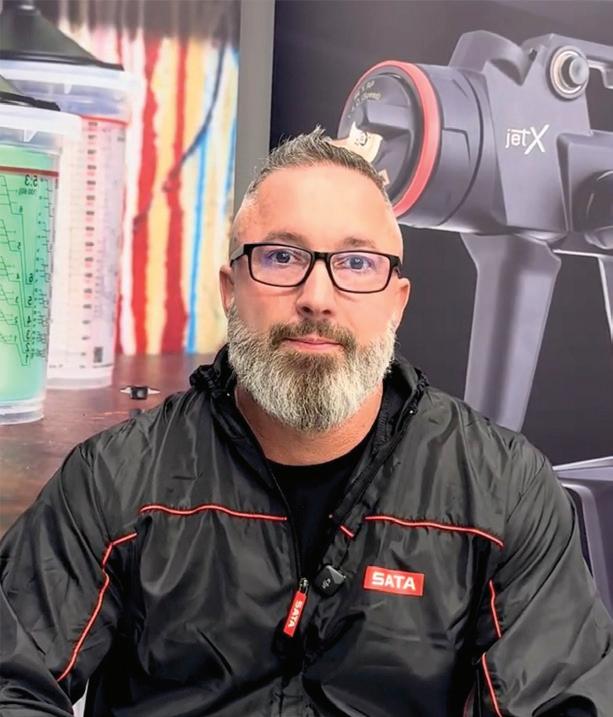
Chris Springer National Accounts & Industry Relations manager
MATERIAL SAVINGS in the paint industry are a crucial part for the success of a painter. With paint materials and labor being some of the highest expenses in a body shop or refinishing facility, every ounce saved means higher profit margins.
By using tools that prioritize quality and efficiency, painters waste less material and become more profitable. This is because fewer coats of paint are needed, and more cars can be painted in less time.
To improve profitability and boost productivity it is important that painters use tools that allow them to do so. With SATA’s new spray gun — the jet X — painters can do just that.
According to Chris Springer — National Accounts & Industry Relations manager at SATA USA Inc. — the jet X offers the highest transfer efficiency a spray gun has been able to offer thus far.
“Spray guns atomize liquid with air,” said Springer. “This means we are hitting a stream of paint with air to make small droplets that then need to fly and land on a panel and not end up in our filters. I have a feeling that unless we go to electrostatic in the future, we’re rapidly approaching the limits of transfer efficiency with air atomized technology.”
The rule that SATA lives by is a minimum 65% transfer efficiency, or greater. With the jet X they are at 78% transfer
efficiency. When SATA does efficiency testing, it is often as high as 85%.
The level of transfer efficiency when using the jet X doesn’t just meet the industry standard — it sets a new standard.
SATA’s improvements on spray gun atomization capabilities and material distribution are the focus of the new SATA jet X’s Labyrinth nozzle system. This, in turn, translates to maximum transfer efficiency and optimized product performance which leads to faster cycle times and improved throughput.
“When I asked painters if they liked the jet X, they said, ‘It feels very balanced and comfortable in my hand and atomizes extremely well,’” Springer said. “This is because of the way the air is coming out of the jet X’s Labyrinth nozzle system.”
The jet X distributes paint differently. “Spray guns have a round stream of paint coming from the fluid tip that is being hit with air from the center of the air cap, as well as being hit by the air horns from the left and right to create a pattern,” Springer said. “When one looks at a basic air cap, there are only two air horns. Because of that, the pattern coming out of the front of the gun only allows it to be hit on the left and right to make a vertical pattern.”
Extra focus was put on droplet size throughout the pattern. There are three distinct zones to the jet X spray pattern. The first being the wet center, followed
by a taper from the center to the outer edge or fadeout zone. Because of this, the gun sprays a well-balanced pattern that translates to some of the most superior metallic and pearl orientation in the industry.
“My metallic orientation looked absolutely perfect out of the gun,” Springer said. “I'm not needing to spend additional time or do that extra coat to try to overcome mottle from my coverage coats. I can proceed to my final orientation coat purely for color alignment.”
Because painters can spray fewer coats with less effort with the jet X, they are using less material. This translates to cost savings both of paint materials and time.
Another pro to purchasing the jet X is the lack of extra accessories needed. This can be seen through the different offerings of the gun.
“Now that we have DIGITAL Ready and DIGITAL, the painter can buy one DIGITAL and two DIGITAL READY guns, and there are no extra parts they need to purchase,” said Springer. “Up to the SATAjet X 5500, if you bought the adam 2 digital gauge, it required additional docks to mount on each spray gun and now with the jet X, it's integrated into the gun body.”
By saving on accessories and spraying fewer coats with less effort, the jet X can help painters be more profitable and efficient in their day to day.
To find out more about the jet X and it’s different models visit:
sata.com/en-amn/products/spray-guns/ gravity-flow-cup-guns/jet-x
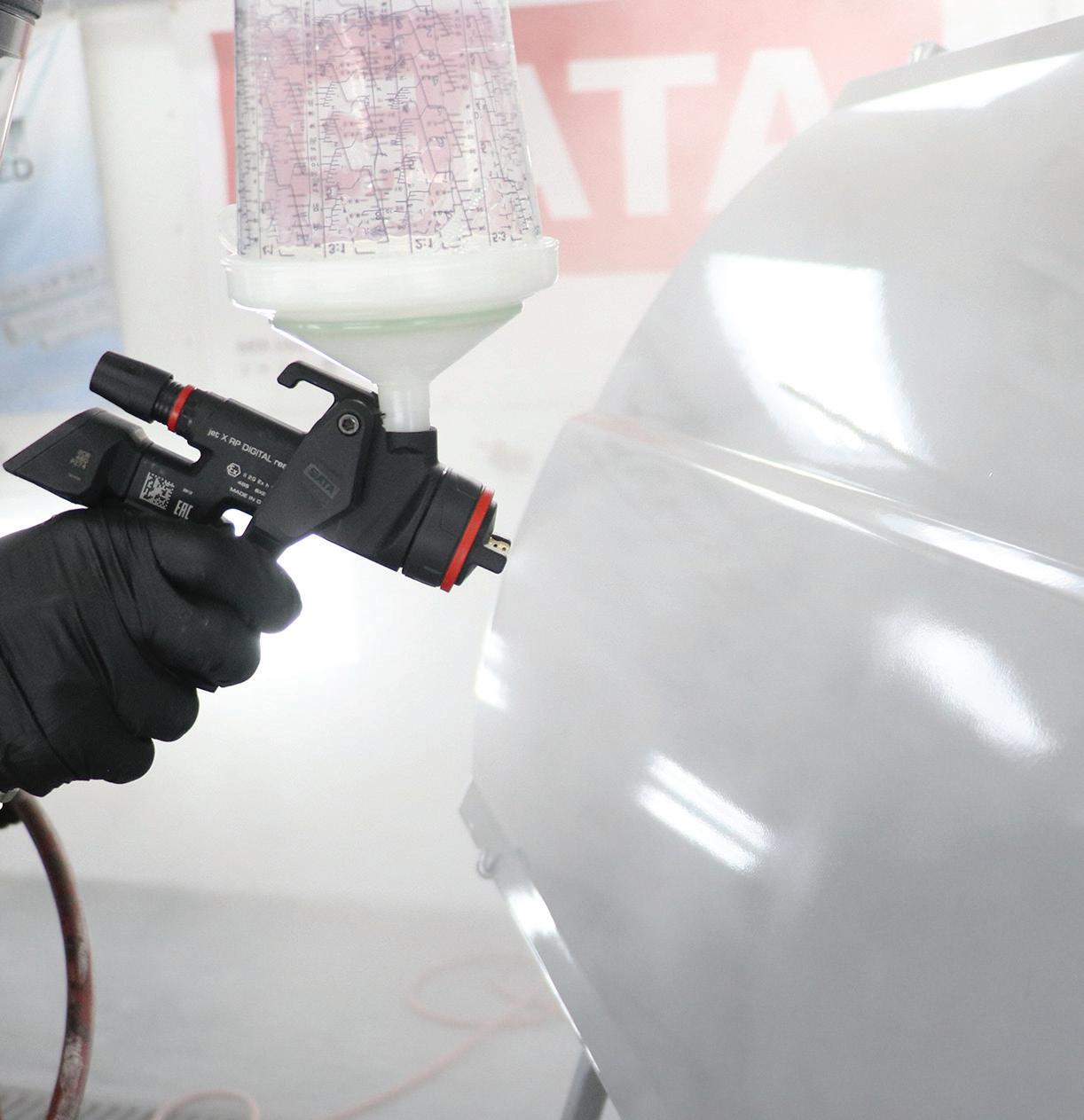
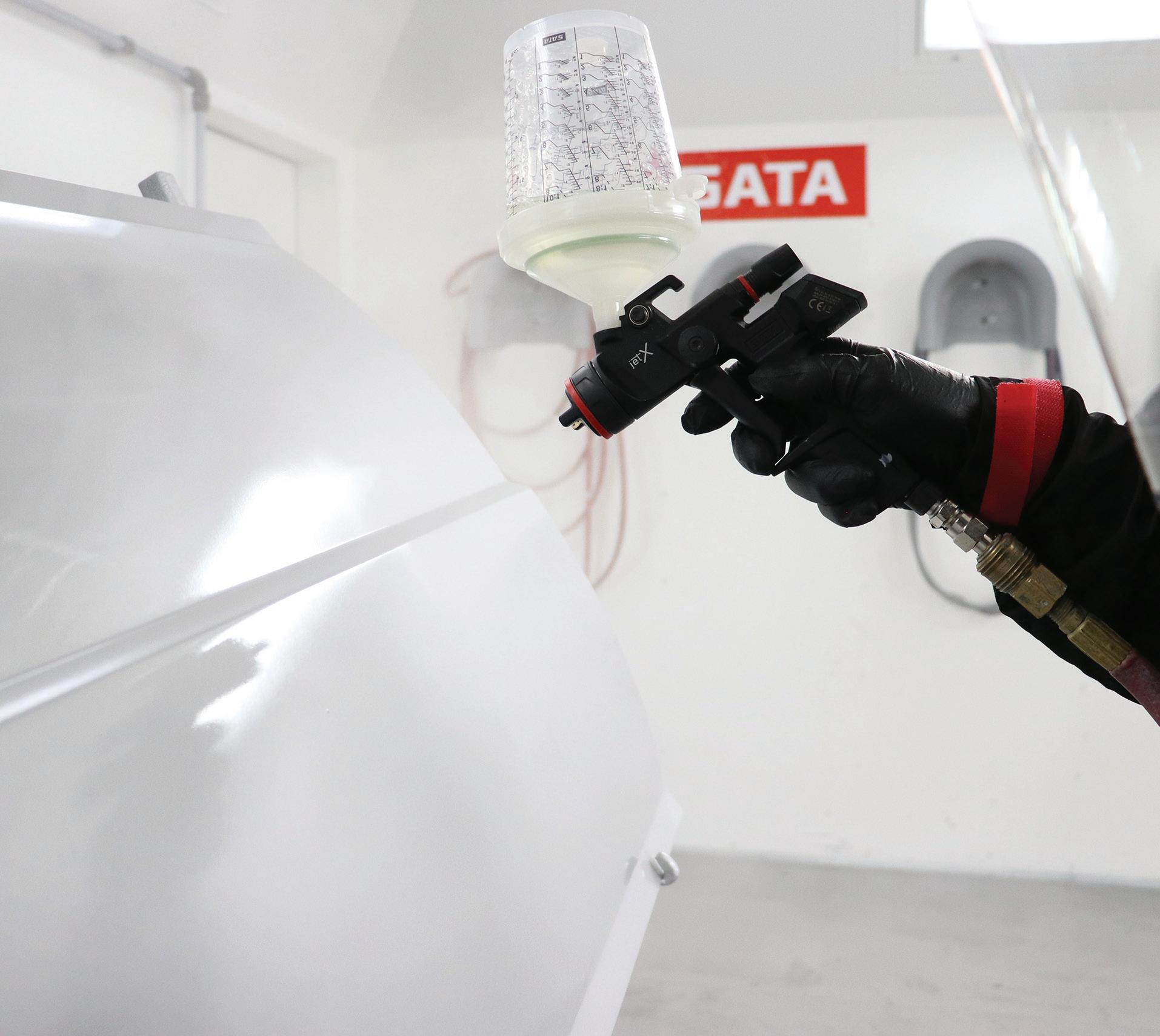

By Emily Kline Tim Koll Photography
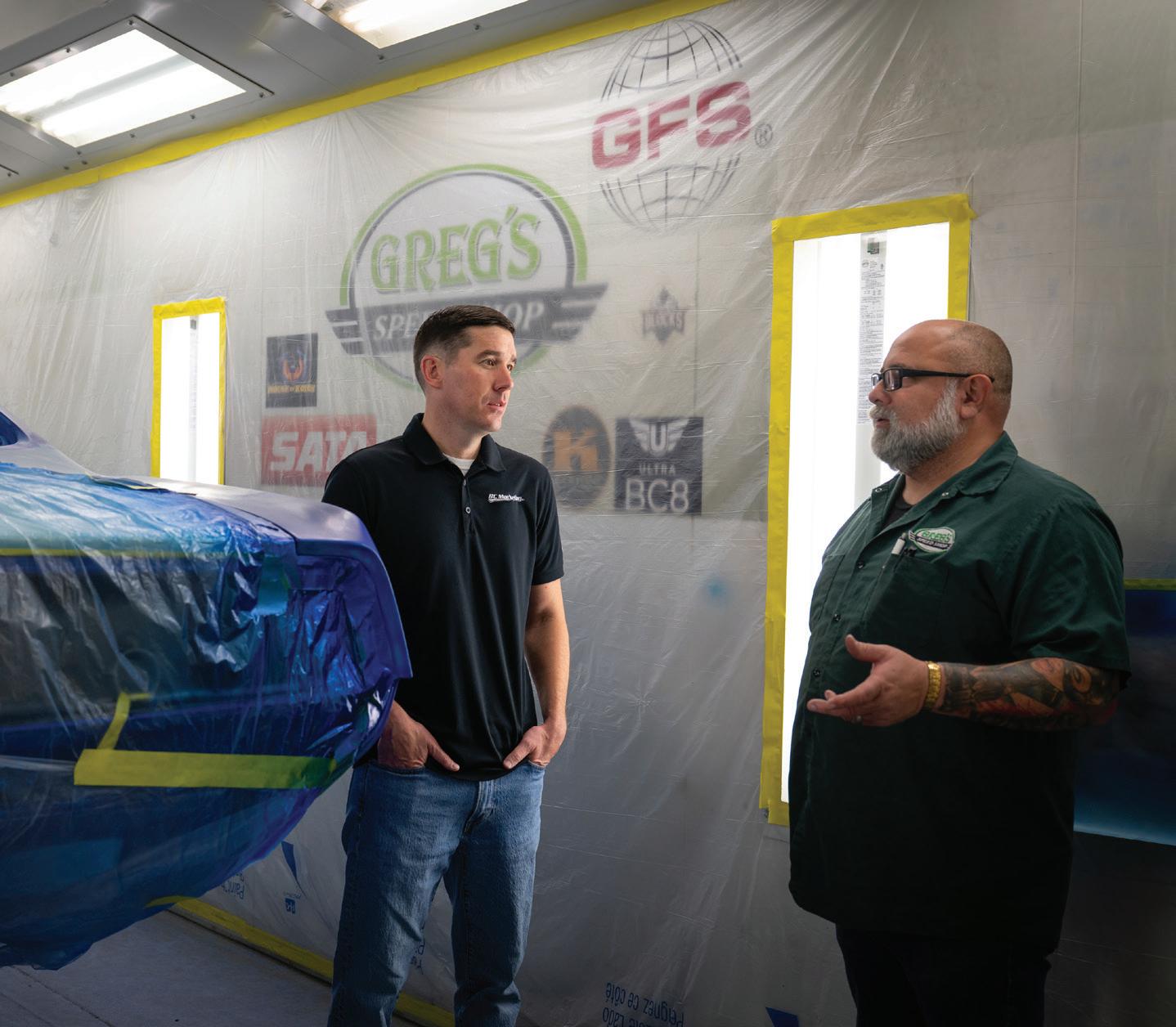
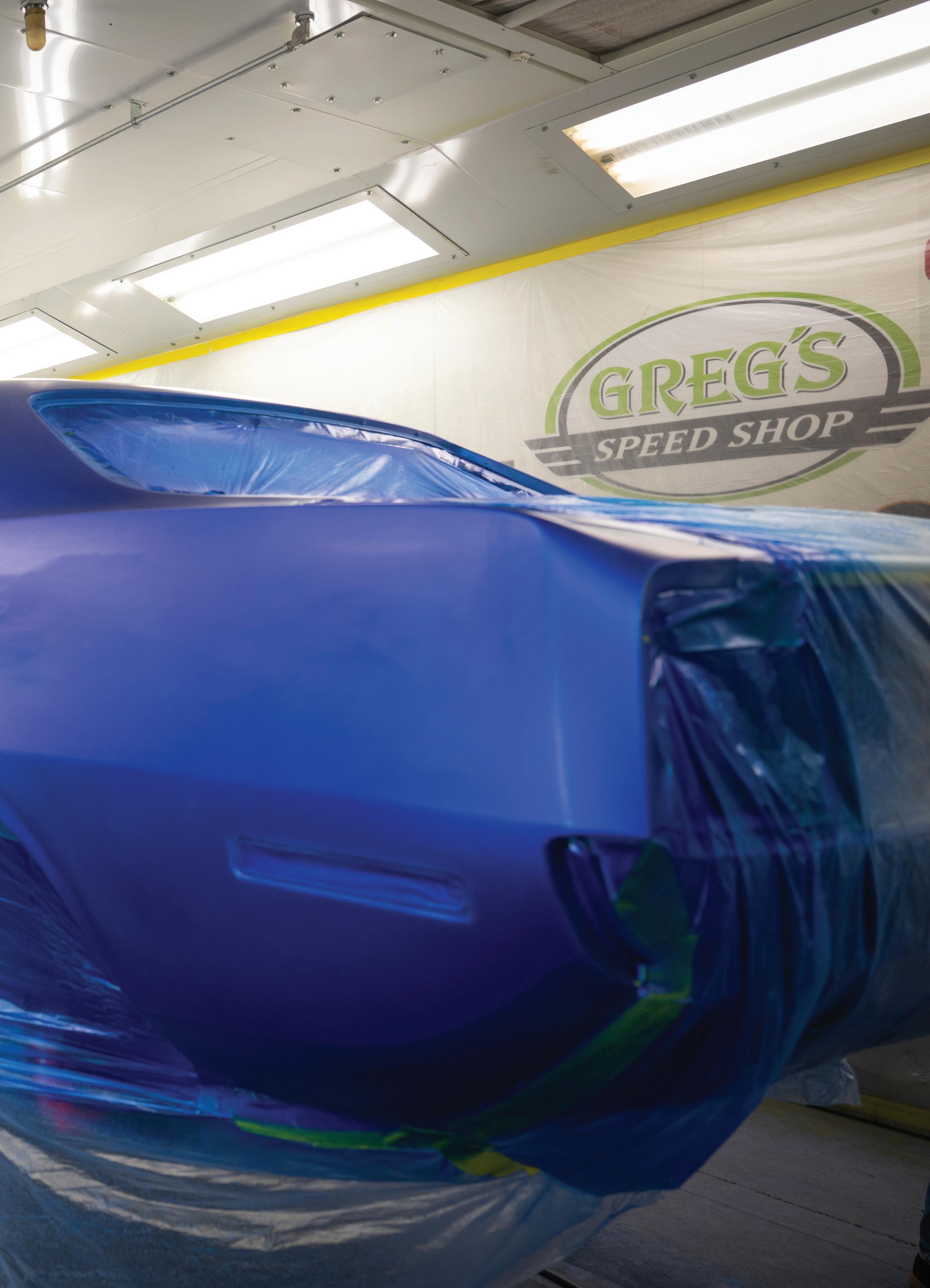
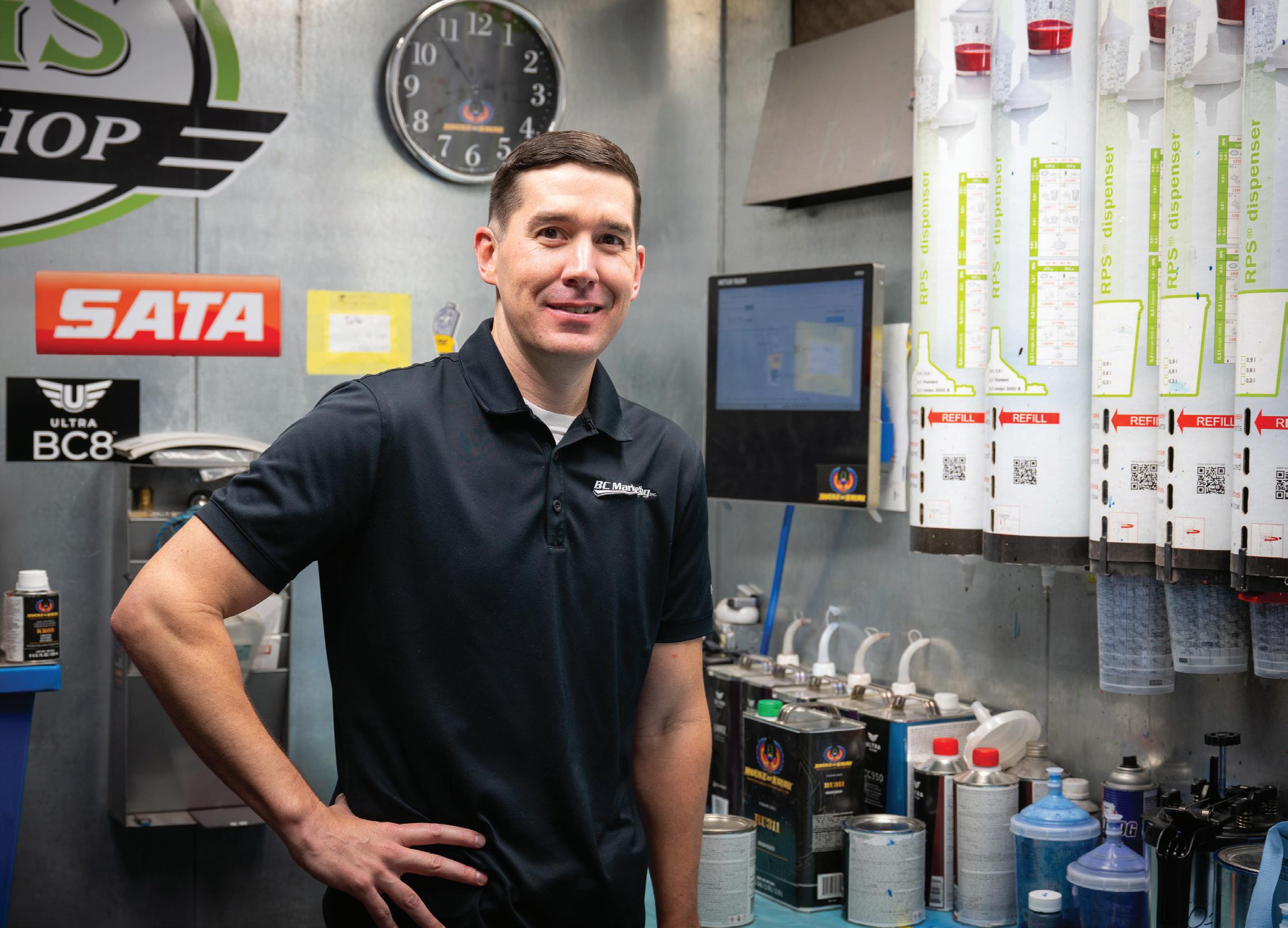
an independent rep agency for SATA — and one of five — BC Marketing serves as both their technical support and sales support. These sales representatives don’t just talk to SATA clients on the phone; they go out into the field.
“We do anything from sales meetings with warehouses, jobbers, and all the distribution, to working with tech schools, and doing training classes and demos at the shop, and organizing clinics,” said Jared Klotz, a SATA sales representative at BC Marketing. “Pretty much anything and everything.”
The purpose of going out into the field is to offer customers a setting for support. This helps SATA sales reps to
answer questions and spread information about SATA products more effectively. Instead of a sales rep talking to one person on the phone at the shop, they can talk to everyone who works there.
“There's never two days that are the same,” Klotz said. “You're always in a different area; you're working with different people. You might do a clinic on a Tuesday night, and then the next day you're out making shop calls with a distributor and hitting some of their end users.”
By using sales representatives to connect with their customers, SATA has become more than just a name. It is a company that views its customers as family. SATA sales reps are a vital piece of the company because they
help to increase the quality and value of SATA.
To ensure that the SATA brand is represented well, it ensures that its sales reps are knowledgeable about the paint industry.
“Almost every one of us has some kind of paint experience,” said Bill Erickson, a SATA sales representative at BC Marketing. “Some of the guys owned shops, a lot of guys have run shops in the past, and almost all the guys have worked in a shop at one time or another. So, when we're problem-solving with a jobber or a shop, the problem is usually something we've run into before, and we

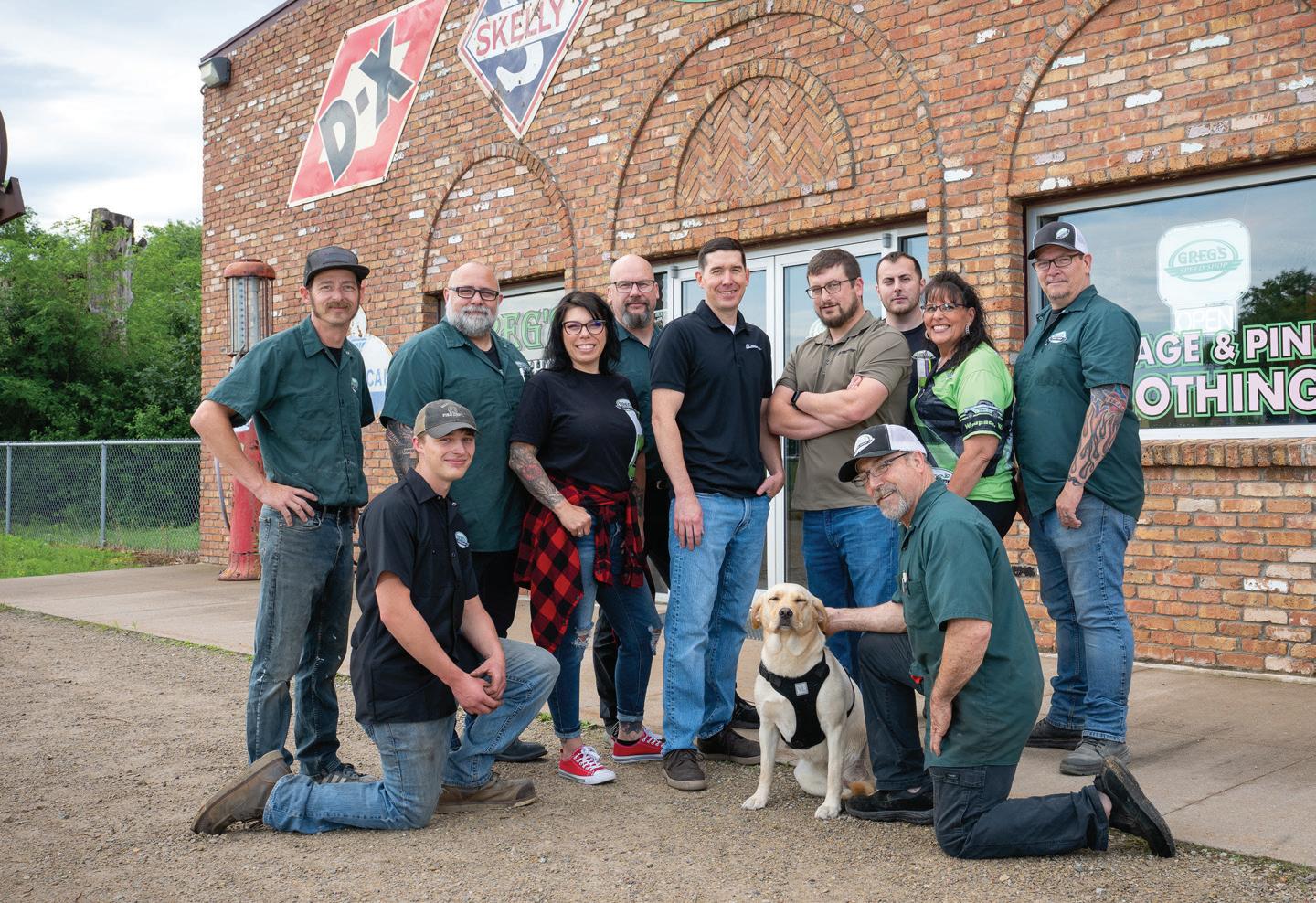
like to share those experiences and help people out.”
As sales representatives for SATA, both Erickson and Klotz have a lot of knowledge in the paint industry.
“In 2007—between my junior and senior year—I did an internship with BC marketing,” Klotz said. “I was in the office, doing bookkeeping. I started asking the owner questions, and then, towards the end of my internship, the owner took me
on the road for a couple of weeks. I loved it and found it interesting. When I graduated in 2008, he asked if I wanted a job. I wasn't sure sales was really what I wanted to do, but I accepted it. Seventeen years later, I’m still doing it.”
Erickson’s knowledge of the paint industry goes even further than Jared’s.
After going to vocational school, he worked as a painter at a sign company. He eventually became a manager for
an MSO (multi-shop operation). When it got sold, he became an estimator for another MSO.
“I enjoyed that, I learned a lot about the different shop procedures,” Erickson said. “I was intending for estimating to be my last job. But then I got a phone call to be an independent rep, and I decided, ‘I'm going to give something else a try.’ I got hired as an independent rep to cover Iowa and Nebraska by BC Marketing. At present, I oversee South Dakota, Iowa, and Nebraska.”
Having a vast knowledge about the paint industry helps SATA sales reps serve knowledgeably. They know and understand the functions of SATA products inside and out.
Because they know their products so well, SATA sales reps serve as additional technical support for their clients.
“We do some troubleshooting in the field and some light repair,” Erickson said. “If I've got a seal floating around and they need one, I’ll just drop it in for
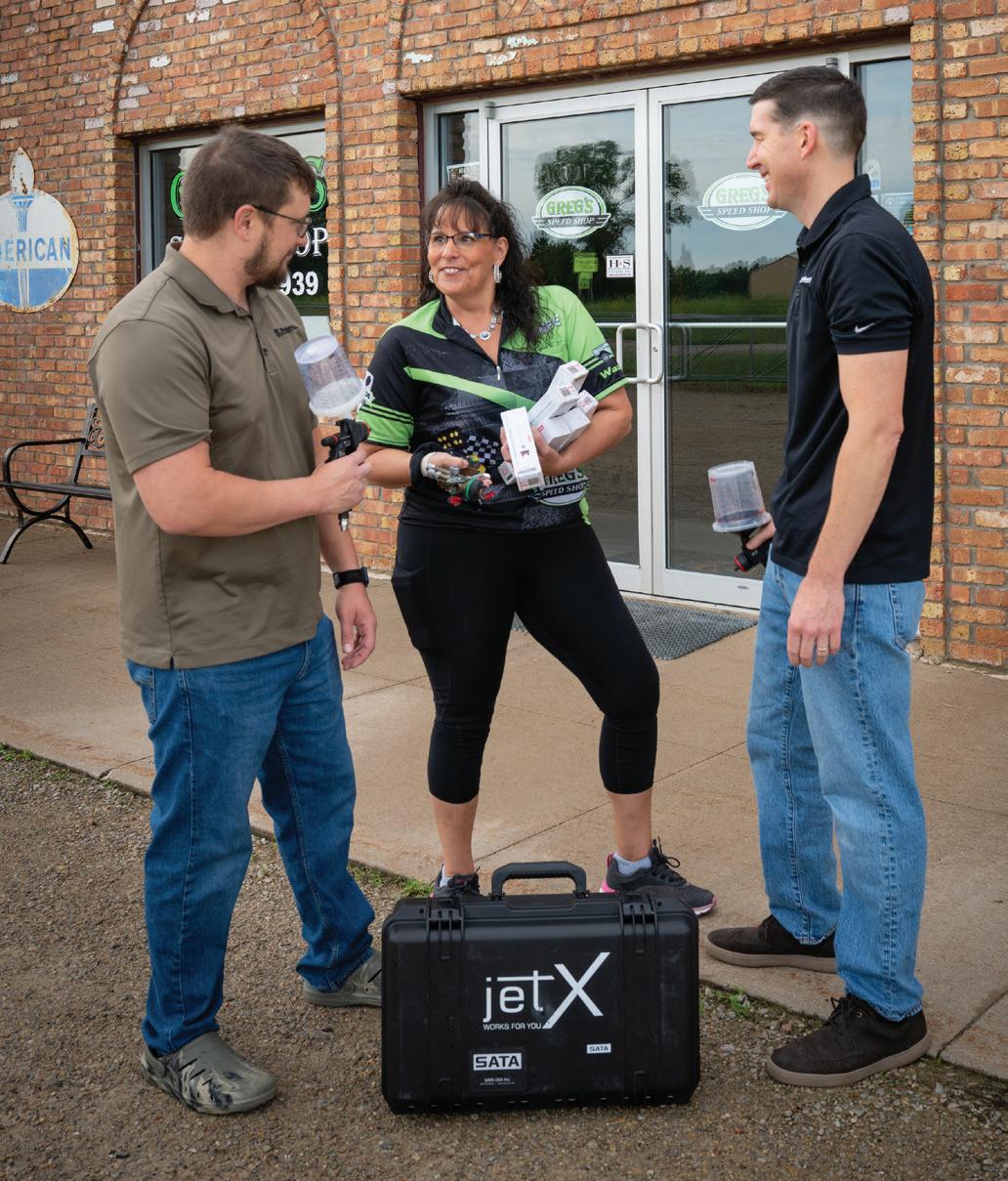

them quickly. Other manufacturers of spray equipment don’t always know how to service it.”
BC Marketing has experienced sales representatives in 25 states with SATA. This means that there’s at least one person in every one of those locations. As a result, SATA clients can give their sales rep a call and say, “Hey, the spray pattern on my paint gun isn't quite right,” and the sales rep is able to go in and look at it and help them out.
The ability to problem-solve with clients is unique to SATA sales representatives and helps show its commitment to its customers.
SATA sales reps also increase the quality of the company through customer feedback.
“Meeting in person helps me learn about SATA products from the shop's perspective and then pass that feedback on to SATA,” Erickson said.
SATA is always paying attention to what their customers are saying.
“For example, with the jet X gun, customers kept asking for something lighter — something that was a little more svelte in their hand — and SATA responded to that,” Erickson said. “They wanted more efficiency. I believe that they've gotten that. The paints have changed, and they responded to that by giving customers a gun that atomizes better for new waterborn products.”
By listening to feedback and applying it, SATA is always moving forward with the quality of its products.
Both Klotz and Erickson are aware of the important role they have and are proud to represent SATA.
“I believe we sell some of the best products,” Erickson said. “If you walk into a shop and you're wearing a shirt that
says SATA on it, they know you're already at the top of the food chain.”
Like Erickson, Klotz acknowledges the privilege it is to work for SATA. He also appreciates what it does for himself and his company.
“SATA is such a well-known brand,” Klotz said. “We always say whether someone loves SATA or hates SATA, they're going to let you into their shop to talk about it. Being able to carry the SATA flag is a huge benefit for us as a rep agency. Being able to talk to any distributor you know about SATA and its lines opens so many doors.”
As sales reps for SATA, Erickson and Klotz enjoy meeting those in the collision industry through SATA and creating lasting relationships.
“For us, it's the people,” Klotz said. “Pretty much everyone in the industry is nice. I enjoy working with everyone and love getting to be in the shops and just being with people. It's always fun to build relationships and work with our clients.”
Why these pro restoration painters say it’s SATA’s best spray gun yet
By Emily Kline

For Rob Paddock, Connie Manjavinos, and Jonathan Goolsby, this statement couldn’t be any truer. As seasoned auto body restoration painters, these three know what characteristics in their tools they need to be successful.
Because of their expertise, SATA asked these painters — along with four others — to come to an exclusive demo of the new jet X.
“To be one of the selected few to go do the demo before it actually launched, was very surprising,” Manjavinos said. “I was very honored to do so. It was super fun and cool, and it felt top secret. It made the hype even better. We had no clue what we were walking into, obviously the assumptions were a new gun, but we didn’t know.”
To help others in the auto body industry learn more about the new spray gun, Painter’s Playbook sat down with Paddock, Manjavinos, and Goolsby after the demo to learn more about their experience in the field and their initial reactions of the jet X.
Owner of Paddock’s Paint Works—in Chesterfield, Michigan—Robert Paddock, became a part of the automotive world at a very young age.
“My uncle was really into cars,” Paddock said. “He was in the Corvette Club of Michigan. So, growing up as a kid, I would always sit on the transmission
hump in between him and my aunt on the way to St. Ignace. He built race motors, and it was kind of a turnkey business that he was teaching me and going to hand over to me, and I didn't really like doing it. Then one year at a car show that we were at, his buddy had a black ‘64 Impala with flames on it, and the second I saw it, I was like, ‘I want to do that.’”
Once he was old enough, Paddock took part in a trade school program at his high school. This meant that he was able to learn about the trade within the first three hours of school and would go off campus to learn about auto body and restoration.
At age 15, he started working for a metal fabricator in Michigan and was there for 12 years. From there he moved on to a restoration shop that specialized in high-end cars. Unhappy with the way things were being done at the shop, Paddock decided to start his own business.
“My ex-wife actually gave me the idea,” Paddock said. “She said, ‘Well, you're starting to bring this home with you, and it seems like you're not liking what you're doing anymore, which has never been an issue. I think you should go out and do this on your own.’ So, I made a giant leap, and I started my own business. I painted an offshore racing boat for my cousin who owns a building. We kind of traded work for rent for the first little bit. That helped me out tremendously. I can't tell you how much I appreciate it, and I made the jump, and Paddock’s Paint Works has been open since 2012.”
Although he was skeptical going into the demonstration, Paddock quickly became a huge fan of the jet X.
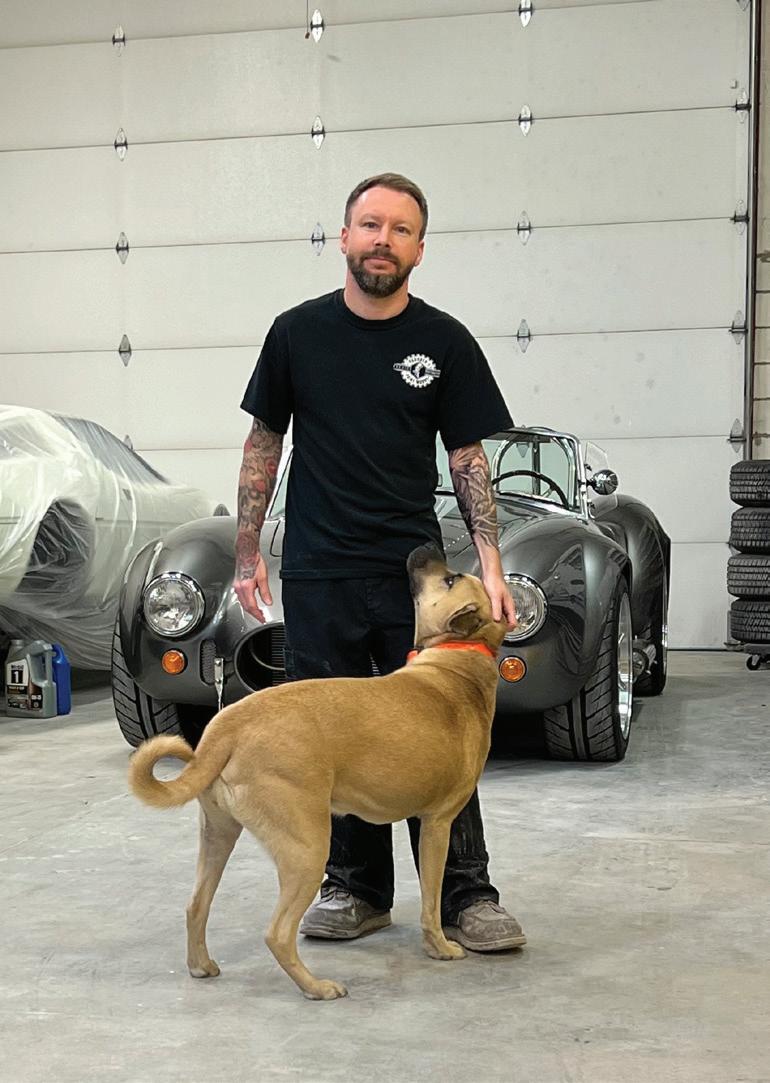
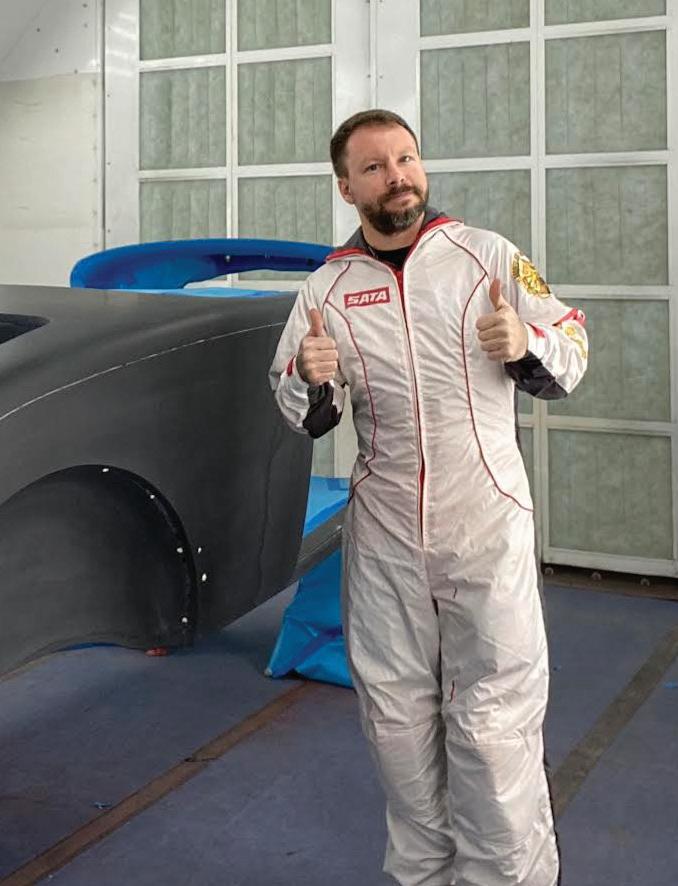
“I didn't know how it could get any better than my 5500 gun that I have now,” Paddock said, “I was skeptical. But the second I started spraying with it, I loved everything about it.”
At the demo, everyone was allowed their own turn with the gun and could test it out however fit them best.
“It's very well balanced, too,” Paddock said. “When we went to test out the guns, if you put your finger where the trigger goes, it was almost like it wants to lay flat on its own. It's so balanced and light. It's just fun to use.”
In addition to the weight of the gun, Paddock also noticed how well it worked.
“We shot base out of it,” Paddock said. “We shot clear out of it. We shot sealer out of it, and everything that we shot seemed like it atomized better. I noticed that results were lightweight and very clear.”
Paddock was so impressed with the jet X that he wound up ordering one for himself.
“The one I ended up getting for myself is an RP with a 1.2 I tip and it atomizes so well. It lays out clearly like a sheet of glass,” Paddock said. “Being able to spray it, you could feel that it definitely feels like it has a better flow, almost like you're spraying butter.”
Connie Manjavinos didn’t discover her love for restoration until much later in life. Right out of high school, Manjavinos got a job as a detailer at a used dealership. Her plan was to work at the dealership until she turned 21 and could become a cop, but instead she ended up staying as a painter in the auto body industry.
“In the shop the paint side was right next to the detail side, and I essentially
wandered off over there,” Manjavinos said. “After that, I never had the desire to go pursue becoming a police officer. I pretty much fell into the industry, I never went to school for it, I never took any paint classes in high school, except for small engines, but that wasn't, auto body related. I caught the paint bug, and I never left.”
After discovering her love for auto body Manjavinos moved on to work at another restoration shop, as well as a collision shop. She eventually wound up as painter and shop manager at Kiddy’s Classics in Jensen Beach, Florida, where she presently resides.
The look of the jet X was what initially impressed Manjavinos.
“It surpassed all expectations,” Manjavinos said. “Right off the bat, it was slick and still had the bold look that all SATA guns traditionally have. It was very innovative looking, but you could still tell what it was.”
Once she had an opportunity to get a closer look, she was shocked by the atomization and evenness of the material.
“The breakdown of it was very flawless,” Manjavinos said. “I always find the control and evenness of the material a hard time on any gun, it's never as flawless as I want it to be. With the way the jet X handles material this time around, it's effortless being able to get the finish results I need. I love the smooth threads to adjust your needle and material and the fan and air controls. Being able to have the features of the trigger popping out was jaw dropping. It was cool to see that we can break it down even more in half the time.”
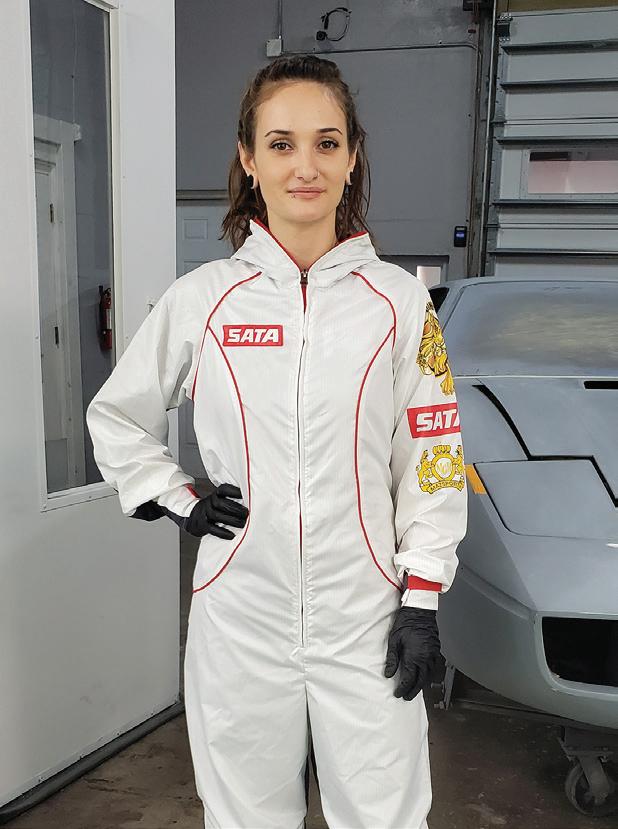


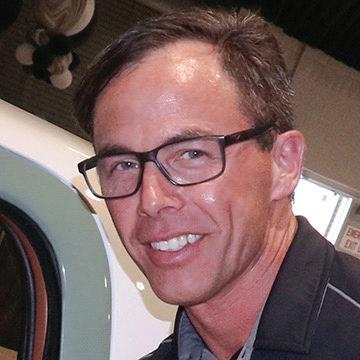
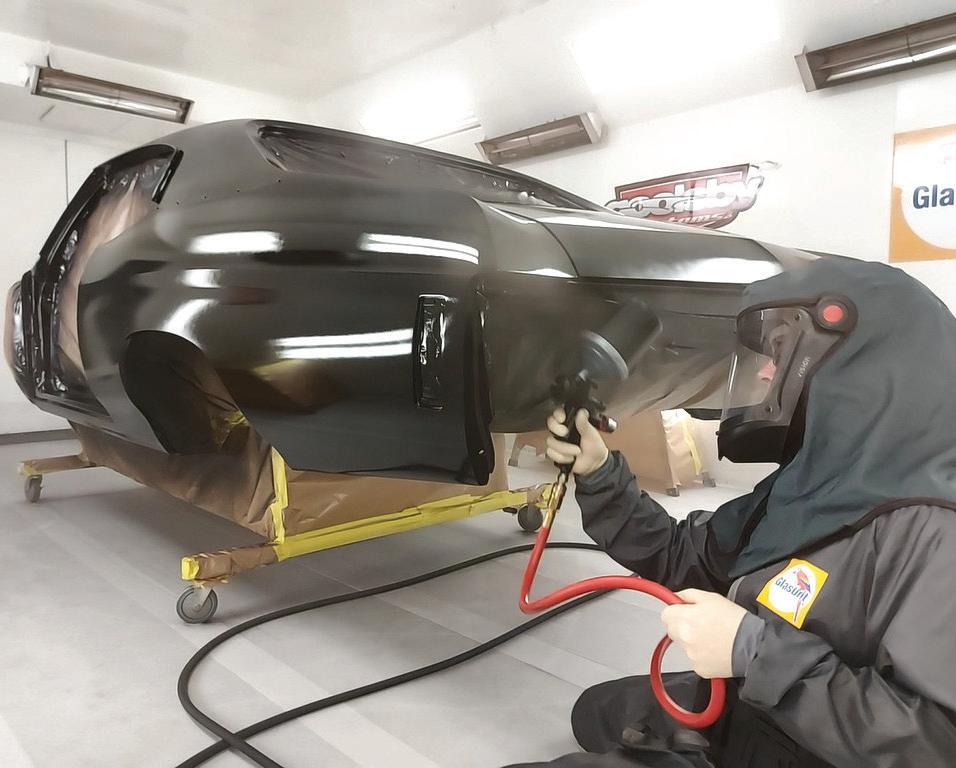
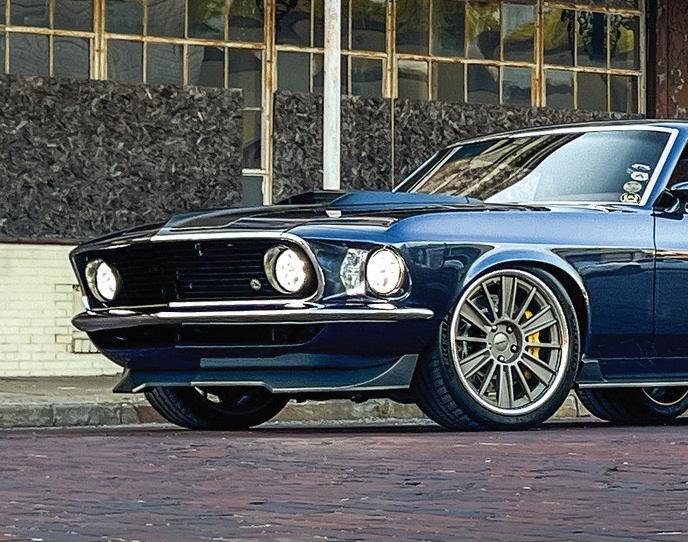
Like Paddock, Manjavinos also noticed the weight and balance of the gun.
“It's super lightweight,” Manjavinos said. “It's a night and day difference from any previous guns I've used. For myself — being on the smaller, petite side of things — having a full cup of clear or full cup of material is nice when the spray gun itself is a little on the lighter side. It doesn't feel like it’s going to slip out of my hands when I start spraying something heavy.”
After trying out the jet X at the demo, Majavinos ordered one as soon as she could. She has presently just wrapped up spraying a 442 and is excited to use her new jet X for clear.
“I'm super excited to use it, because being able to use it for base and clear, however you want to have it set up, is just very nice. It's a good change,” Manjavinos said. “This is so exciting because it's been a little while since something from SATA was dramatically changed."
Growing up around asphalt round track racing, Goolsby developed his passion for automotive work by painting race cars for competitions.
"They'd have competitions for best looking car for the first of the year," Goolsby said. "That turned into a competition to see how good of a race car you could create. Painting race cars sparked my passion, and I eventually started painting local people's everyday vehicles. This led to my first job at a body shop, followed by a position at a dealership."
After his 11-year tenure at the dealership, Jonathan began painting classic cars at his home as a side business. This venture ultimately led to establishing Goolsby Customs in Hueytown, Alabama.
"I was 26, and everything was going well at the dealership," Goolsby said. "Then a regular customer offered to help me buy a body shop, with a
10-year repayment plan at 7% interest. Being young, I knew I could take that risk - if it didn't work out, I could always find another path. So I took the opportunity and started doing both collision work and hot rods."
Five years later, Goolsby transformed the business into a dedicated Hot Rod shop and paid off the loan. He later expanded with a second location, which he also paid off. Now, as of April 1st, Goolsby Customs celebrates 20 years in business.
"At first glance, it looked like any other paint gun," Goolsby said. "But handling it revealed significant improvements –it's lighter and more ergonomic."
The most notable innovation is in the trigger design. "The trigger has a smooth action and cleverly integrates a wrench in its backside for quick nozzle disassembly," Goolsby said. "This makes maintenance incredibly efficient."
In side-by-side testing with an older model, the time savings were dramatic. "This is a game-changer," Goolsby said. "When you can clean a gun in half the time, it directly impacts your bottom line."
Goolsby was thoroughly impressed with the comprehensive improvements. "They've enhanced every aspect of the design," he said. "After testing it at Collision Hub, I consider it an essential addition to our paint shop."
Overall, the consensus is that the jet X is the tool to have for auto body restoration.
“I've been talking to other people about their experience with the gun,” Paddock said. “Everybody sounds very excited about this new gun, and overall, just about where SATA is going with everything.”
By Emily Kline
For Bruce Sorensen, working in the auto body industry has never been just a job; it's been his lifelong craft. As a seasoned refinish technician at No. 1 in Bellingham, Washington, Sorensen’s hard work, dedication, and use of quality tools has helped him to create work that he can be proud of. Among the tools he uses, SATA spray guns have remained constant throughout his career.
“I got my first SATA gun 20 years ago, and I’ve used their guns ever since,” said Sorensen.
Bruce Sorensen has been in the auto body industry for 27 years. He became a part of the industry in high school through an on-the-job training program. This allowed him to train in auto body for half the time and be in school for the other half.
“As soon as I graduated, I was hired on at the shop I trained at,” Sorensen said. “I worked for them for three years and then ended up moving to another shop. At the new shop, I became a fulltime body guy doing collision work.”
In 2004, Sorensen moved on to No. 1, where he continues to work to this day.
“I was a body guy at No. 1 for about the first six months, and then a painter quit, so there was an opening in the paint shop,” Sorensen said. “I decided to make the move, and I’ve been a refinisher technician ever since.”
Sorensen started using SATA products 20 years ago after he purchased his first SATA gun. SATA continues to be his
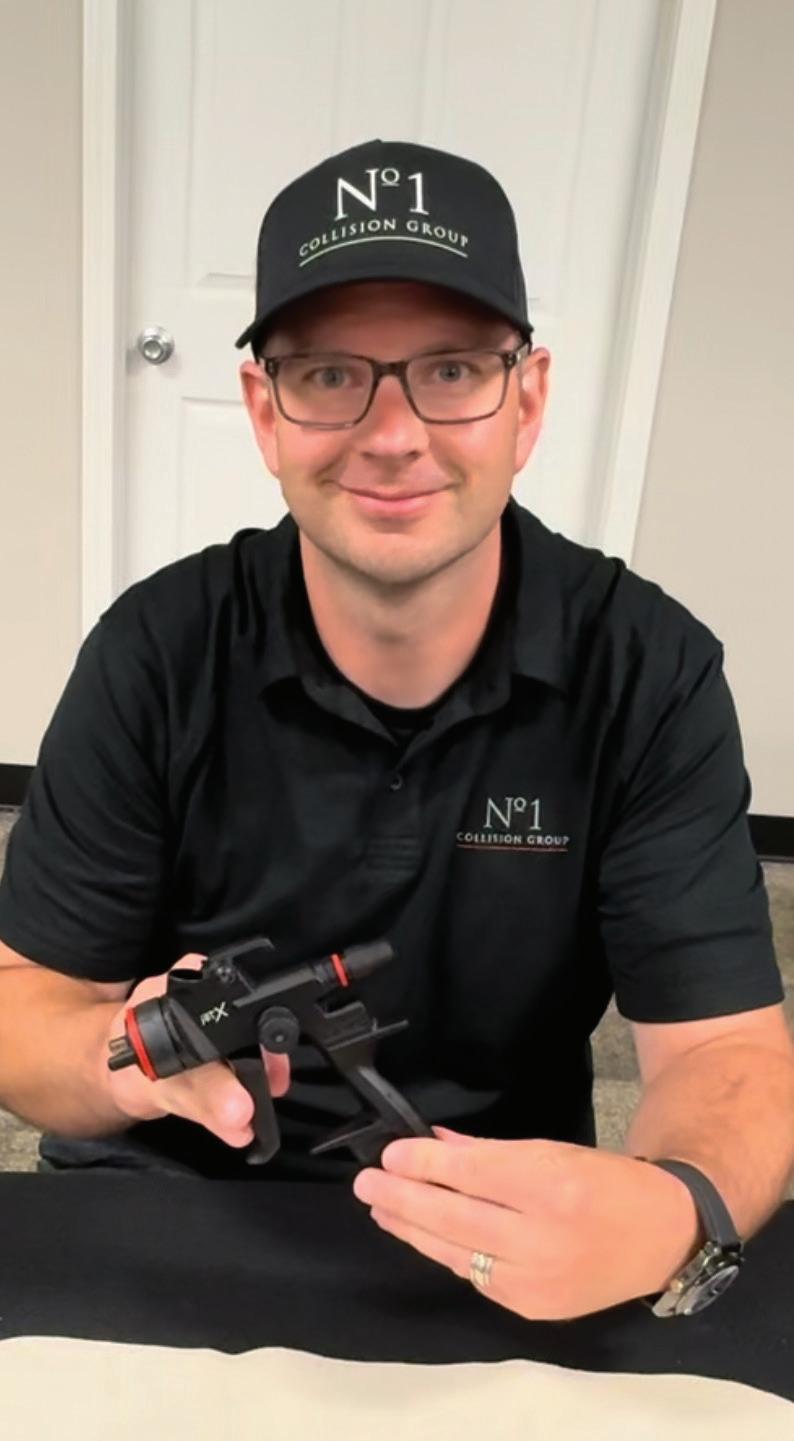
go-to product company because of the quality standards they uphold.
“Team SATA is not just a name, it’s a family,” Sorensen said. “They create a team around each personal tech. Even though you're one of 1000s of painters out there, they treat you as an individual. Not only that, but each painter gets individual sales reps that they get to work with. I think that SATA’s customer service creates such a positive dynamic with its painters.”
SATA’s customer service and products compare to no other in the business. Sorensen still remembers how members of the SATA team drove out to see him from California.
“I GOT MY FIRST SATA GUN TWENTY YEARS AGO, AND I’VE USED THEIR GUNS EVER SINCE.”
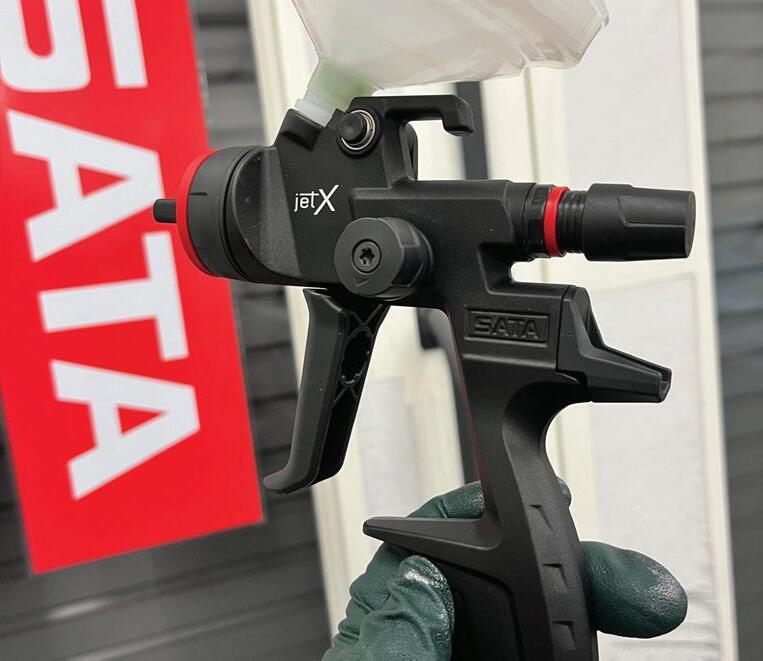
“That was probably about 10 years ago,” Sorensen said. “It’s just mind-blowing that they would take the time to come see a painter. I've never experienced that from any other manufacturer anywhere.”
As a dedicated SATA user, Sorensen was elated when he got asked to try out the new SATA gun.
“I was one of seven that was able to go to the release party,” Sorensen said. “We got to test out the jet X, and it was awesome. It's engineered differently from older guns. Most guns—to me—
feel like they're engineered mechanically. This gun is fully engineered digitally. It brings you into the digital world. Especially with the actual digital gauge that goes on the back of it.”
The digital gauge—also known as the adam X pro—is an addition to the jet X that other SATA spray guns don’t have.
“The gauge saves your data,” Sorensen said. “It allows data transfer to an app-based system on your phone. The display has an operation time while you're in the paint and tracks your ambient temperature in the booth. It has an alarm for a pressure drop that comes into your paint gun from your airline. If it decreases or increases to a certain level, it'll alarm, basically telling you that your air pressure is deviating. The redesign is just amazing; they perfected it in every aspect.”
It is important to note that the adam X pro is not available on all models of the jet X.
“They have four different models,” Sorensen said. “You don't have to buy the top model. Some versions have the gauge, there's a digital-ready gun, there's a nondigital gun, etc. The different versions allow painters to get the model that fits their needs.”
Another quality that Sorensen was impressed by was the ergonomics of the jet X.
“This one is very comfortable in your hand,” Sorensen said. “The curves of it fit the palm. Not only that, but the different makes of materials that it is made from—a good balance of aluminum and composite pieces—make it very lightweight.”
In addition to how it was engineered and manufactured, Sorensen was also excited about the air cap.
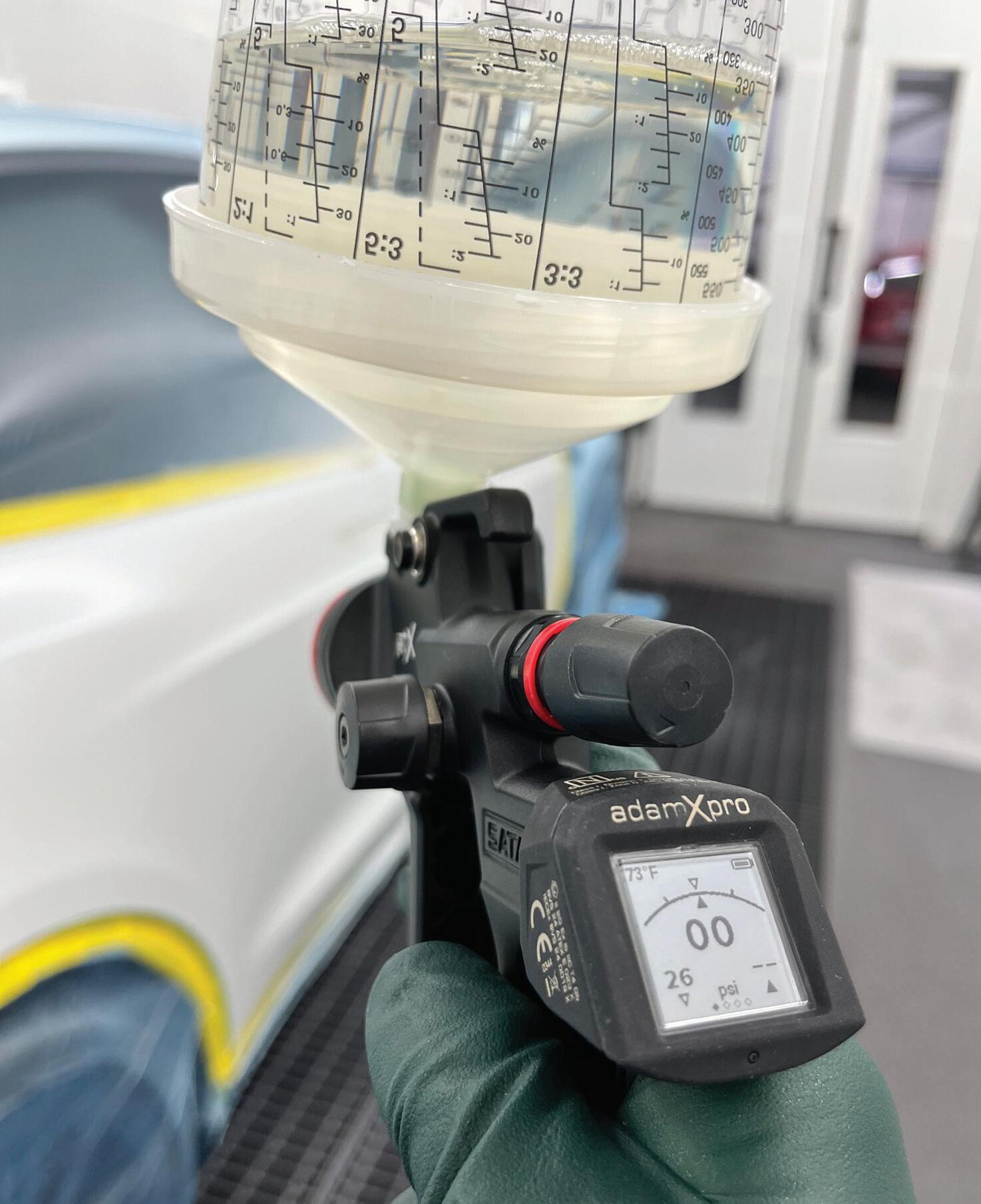
“The labyrinth air flow system brings an exceptional atomization, very smooth,” Sorensen said. “The feel of the material coming out is a lot more refined at atomization.”
Overall, Sorensen was thoroughly impressed. He was so impressed that he ordered a jet X as soon as he could.
At the time of the interview, Sorensen had just received his jet X and had been using it for over a week and a
half at his shop. When asked about how it worked for him, he said he is still just as astonished by how it feels as he was when he used it at the demo.
“In the short amount of time that I've been able to put it through the booth and a collision-based production system, I would say usage has gone down,” Sorensen said. “The quality of the finish has gone up, and I think that has to do with the airflow system and the atomization. I notice a huge difference.”
SATA—A GLOBAL LEADER of high-quality spray equipment, fresh air breathing and accessories—discusses the easy-to-use “coins & more” The SATA Loyalty Program. This innovative program allows customers to collect SATA coins through product purchases and redeem them for valuable rewards.
Designed with simplicity and customer convenience in mind, the SATA Loyalty Program lets users scan QR codes found on various SATA products using the free SATA Loyalty App, available in the app store. With every scan, users accumulate SATA coins that can be exchanged for high-quality rewards, including SATA spray guns and products, electronics, SATA gear and more.
“SATA created the Loyalty Coins & More program to give back to the technicians who rely on SATA products every day,” said Liz DeRaad, Loyalty Program with SATA USA Inc. “It has been so rewarding to work directly with our loyal customers. I look forward to adding more technicians to work with in our Loyalty Coins & More program.”
Participation is simple:
1. Download the SATA Loyalty App from the App Store or Google Play.
2. Register and confirm your account via email, set up password and select country.
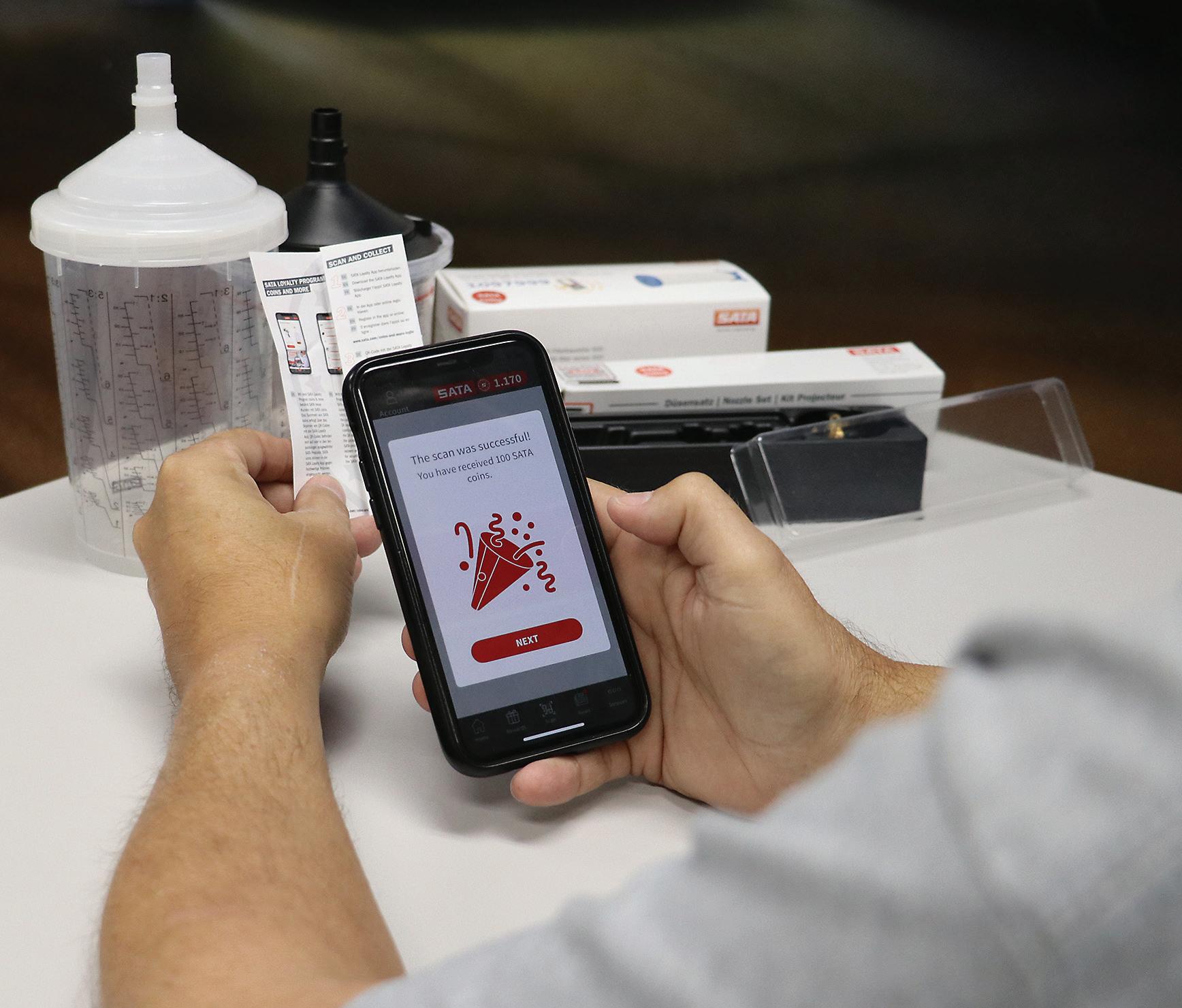
3. Find and scan loyalty QR codes located on eligible SATA products, such as nozzle sets, filter cartridges, RPS multi-purpose cups and the LCS liner cup system, and more.
4. Collect SATA coins and redeem them for rewards directly in the app.
Open the box of your SATA product and take out the insert. Then remove the adhesive label and open the insert. On the right side you will find the scannable Loyalty QR code.
Look for the label on the side of the box, pull and peel the label, you will find the scannable Loyalty QR code.
Recently SATA added the ability to gain coins for using the jet X adam X pro, by scanning the QR code on the screen after uses.
In addition to earning coins by purchasing products, SATA also holds occasional coin giveaways—offered in fun and creative ways throughout the year—giving users even more chances to rack up rewards.
There are no fees to join or participate— just the cost of eligible SATA products.
The SATA Loyalty Program is available in the USA. More information can be found online at: sata.com (Service section).


SATA introduced a liner cup system into the market, with one decisive advantage: when used with SATA spray guns, there is no need for an adapter.
Favorable center of gravity, easier cleaning, and lower weight.
Particle free premium strainers that click into the lid before painting.
Lids offer a quadruple bayonet safety system that show at a glance whether all tabs are locked in place.
Hard cup, liner and lid are made with high quality materials.
Complete and detailed scale system with an upside-down scale showing remaining quantity during painting.
LCS: .40 liter, .65 liter, .85 liter

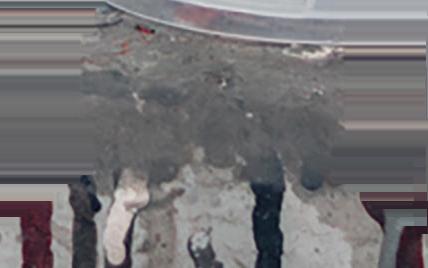


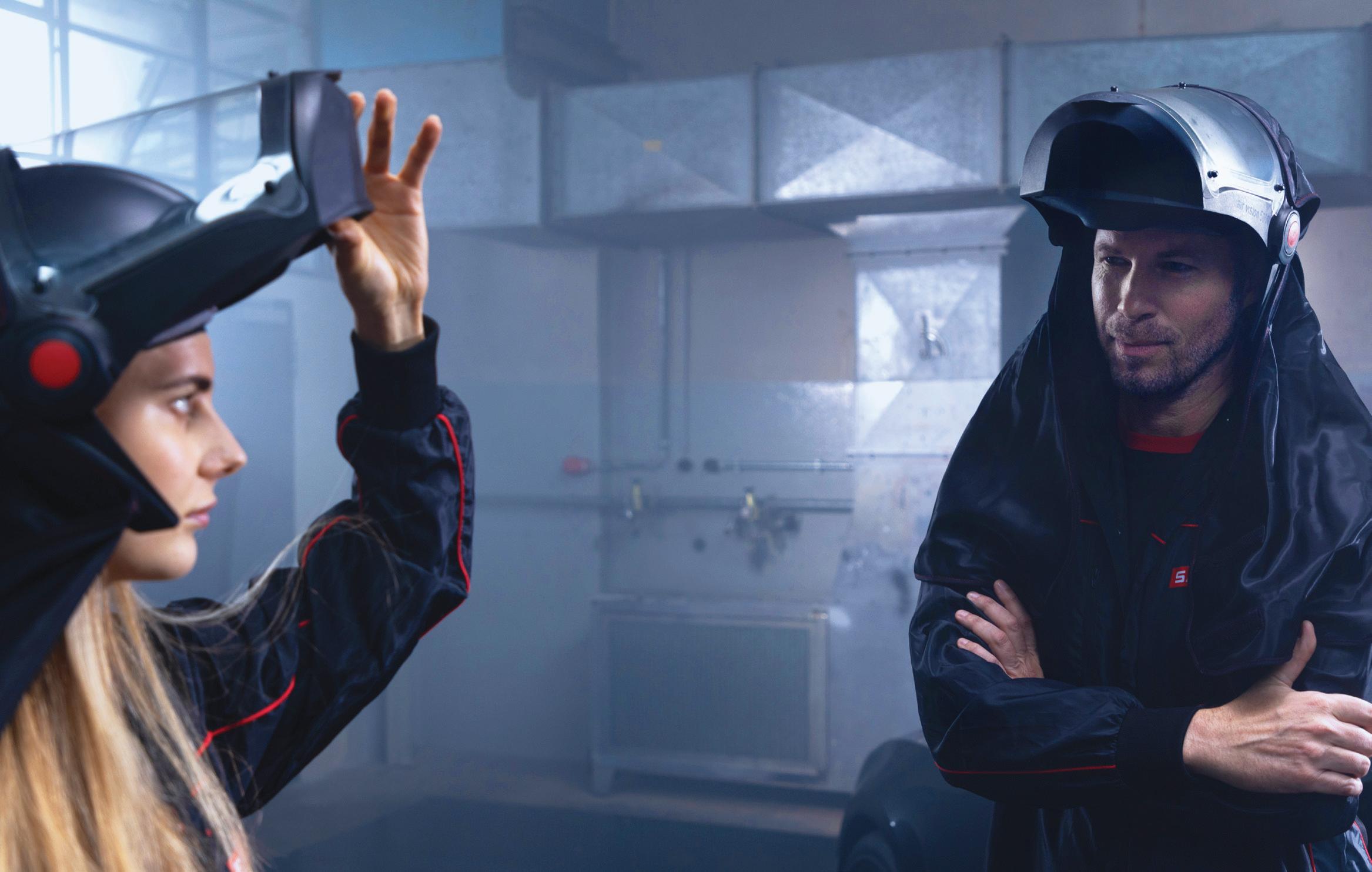
The SATA air vision 5000 puts the focus on effective health protection and lets you experience a whole new and comfortable way of breathing, due to a completely redesigned breathing air supply system. With its modern, ergonomic design, the hood can be adapted to fit almost any head shape, allowing the individual adjustment of its circumference, height and position.
Breathing air quality: Connects to a clean air supplied system, eliminating potential risks from breathing contaminated spray booth air.
No inhalation resistance, very comfortable breathing
High protection level (protects up to 100 times the TRK-value*)
Non-reflecting view due to solvent-resistant special foil
Low operating costs, quick pay-off of purchase costs
Soft-stream flow-optimized air distribution in the hood
Rigid bump cap for safer work conditions
SATA CCS Discs (Color Code System) allow to personalize hood, SATA air regulator and SATA air carbon regulator
To be used in conjunction with a filter unit, preferably SATA filter 584; air supply via approved breathing hose
*TRK –Technical Reference Concentration (TRC)

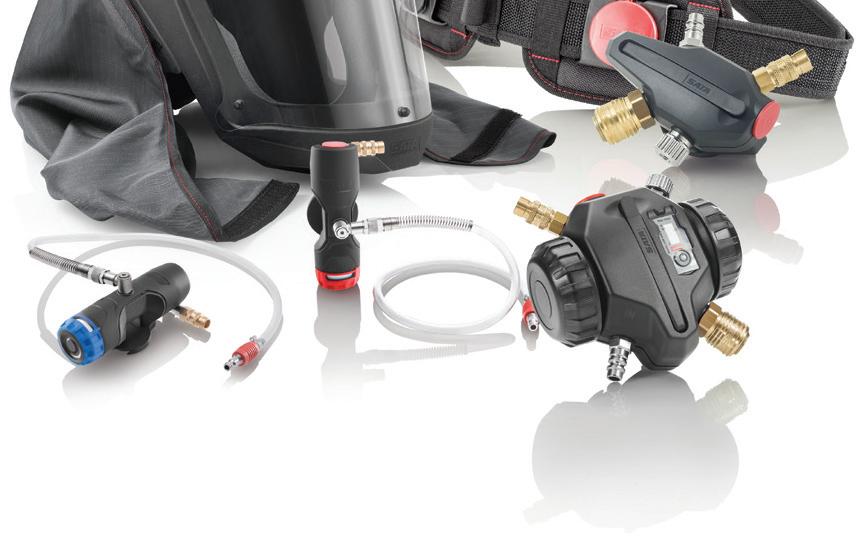



on the SATA air vision 5000
USA Inc. 1 Sata Drive • PO Box 46
800-533-8016
E-mail: satajet@satausa.com www.satausa.com